Last updated on March 28, 2024
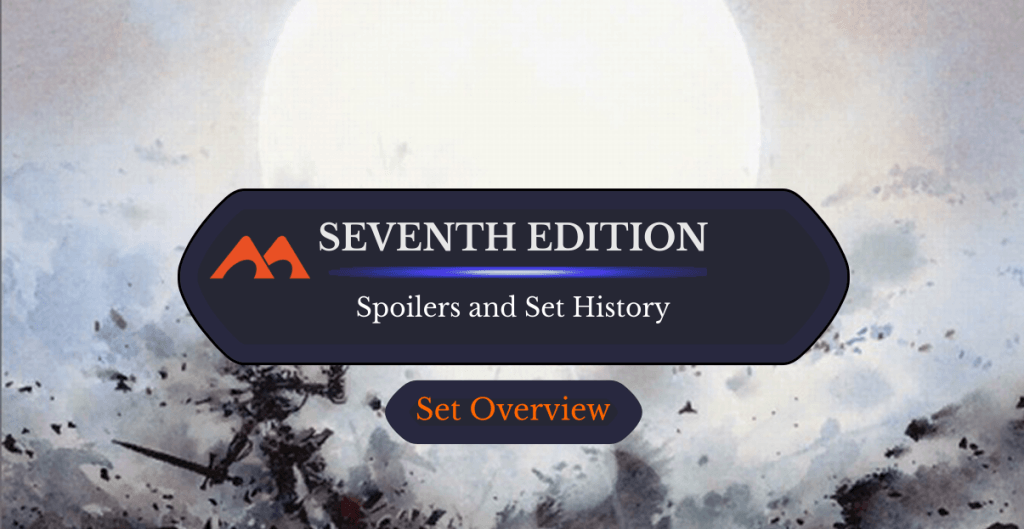
Wrath of God | Illustration by Kev Walker
Since Magic's inception up until 2016, core sets were one of the backbones of the MTG release schedule, providing new players with their introductory forays into randomized boosters after their first taste of preconstructed decks.
Core sets also gave MTG designers a good opportunity to reprint cards (until 2010, all core sets were exclusively reprints with zero new cards) without having to worry too much about storyline cohesion. This in turn gave expert players an opportunity to grab some older cards from previous expansions that they may have missed.
By design, core sets never tried to push the envelope too much when it came to the complexity of the included mechanics: Their main audience was always new players. But as we'll see, Seventh Edition tried a few new tricks, always within the restrictions that WotC placed among them.
Like all core sets, Seventh Edition contains reprints of lots of good, solid cards that are among the most recognizable in Magic.
Seventh Edition Core Set Basic Information

Meekstone | Illustration by David Martin
Seventh Edition Core Set (7ED) was released in April 2001. Like all MTG core sets until Tenth Edition, Seventh Edition consists solely of reprints from previous sets.
As a visual innovation, 7ED included foil versions with black borders, while the basic versions came with white borders (as was the custom back then). Black borders would be permanently adopted for Tenth Edition onward.
The other two notable innovations from Seventh Edition were that all cards featured brand-new art (rather than reprinting the card with its original art), and that the flavor text told a loose storyline tying the set together, a first for core sets which had always lacked a unified narrative until then.
These last two innovations weren’t too well received by players and were abandoned in the next core sets.
Seventh Edition was the last core set printed in the “old” frame; starting with Eighth Edition in 2003, all sets would use the “modern” card frame.
Seventh Edition Core Set: Set Details
| Set Symbol |  |
| Set Code | 7ED |
| Number of Cards | 350 |
| Rarities | 110 commons, 110 uncommons, 110 rares, 20 basics |
| Mechanics | Assorted mechanics from previous sets, like ramping, counterspells, board wipes, tutors, and typal synergies |
Seventh Edition Core Set: Important Dates
| Event | Date |
|---|---|
| Set Release | April 2001 |
| Available on Draftsim's Draft simulator | No |
About the Set: The Story
Seventh Edition is a rarity among core sets in that it loosely tells an original storyline disconnected from previous expansions. This is something that earlier core sets had never attempted to do; up until 7ED, core sets were just seen as a bunch of reprints with no storytelling connection.
On the contrary, the cards from Seventh Edition tell us about a war in which the white paladins from the North and the South fight their black counterparts from East and West. The story is told through new flavor text and though brand-new art.
For example, Grapeshot Catapult from Antiquities has flavor text in its original printing that ties into the Urza and Mishra storyline: “For years scholars debated whether these were Urza’s or Mishra’s creations. Recent research suggests they were invented by the brothers’ original master, Tocasia, and that both used these devices.
In Seventh Edition, the art was changed to feature the Southern Paladin, with flavor text that reads: “The Southern Paladin taught the airborne vermin to fear the storm that rains upward.”
Something similar happens with the Paladins and several cards in the set: In all cases, these were reprints of older cards, but with new art and flavor text.
Unfortunately, this new experimental approach to “core set storytelling” wasn’t well-received by players and was therefore abandoned. When asked on his personal blog about why Seventh Edition was so different, Magic's head designer Mark Rosewater said, “We decided to give Seventh Edition all new art and a light story. It didn’t work out too well. People like recognizing cards by art and the story was not enough for people to get.”
Seventh Edition Core Set Mechanics
As with all core sets at the time, Seventh Edition didn’t introduce any new mechanic (nor any new card, for that matter: All its cards were reprints). And since core sets were mainly targeted at beginners, most of the mechanics included in 7ED are on the simpler side of MTG's complexity spectrum.
Notably, there are few keyword abilities used, and those tend to be evergreen mechanics like flying.
Ramp
Ramping shows up with staples like Llanowar Elves and Birds of Paradise from Limited Edition Alpha, and Rampant Growth from Mirage.
Counterspells
Counterspells are represented by the grandparent of them all, Counterspell, alongside Memory Lapse and Force Spike,
Board Wipes
The grandparent of board wipes Wrath of God from Limited Edition Alpha is also here.
Typal Tutors
Tutors and typal synergies appear in 7th Edition like Goblin Matron from Portal Second Age and Goblin King from Ice Age.
Stax
Stax effects like Static Orb from Tempest and Meekstone from Limited Edition Alpha also returned.
Multicolored Lands
Interestingly, Seventh Edition doesn’t contain any multi-color cards (something that would be true for all core sets until Magic 2013, in which Nicol Bolas, Planeswalker was reprinted), but it does include multi-color lands:
- The allied dual-color “pain lands” from Ice Age: lands that can generate either one colorless mana, or one mana from one of two colors while dealing 1 damage to you.
- City of Brass, one of the best multi-color lands, capable of generating mana of any color.
Seventh Edition Core Set Card Gallery
White
Blue
Black
Red
Green
Colorless
Lands
Notable Cards
As noted, all cards from this set are reprints from earlier sets.
These reprints proved so popular that despite Seventh Edition being a pre-Modern set, more than two-thirds of the cards included in 7ED were reprinted in later sets and are legal in Modern. What's more: The set includes so many MTG staples that 55 cards have been reprinted into Pioneer-legal sets, and there are even 16 cards that you can play in Standard right now.
The whole set is legal in Vintage, Legacy, and Commander.
Static Orb
For those with a penchant for briny flavors (and above all salty opponents…), Static Orb from Tempest provides a fairly solid stax effect.
These are often symmetrical when looking at the specific card in vacuum, but needless to say any stax deck worth its salt has a few tricks up its sleeve to break parity and get ahead.
Since Seventh Edition is a core set aimed at beginners, you can find some of those tricks in the very same set, like Twiddle. But if you want to push the salt and bring the big stax guns, a commander like Urza, Lord High Artificer may be what you're looking for.
Static Orb is one of the most expensive cards from Seventh Edition at about $20 or so.
Meekstone
Meekstone, a reprint from Limited Edition Alpha, is another stax effect that makes the mighty tremble.
This is one card where, should you want to buy a copy, the Seventh Edition version is your best bet to find it for cheap under $3-$5. Later reprints, like in Kaladesh Inventions, are significantly more expensive.
Final Fortune
A reward is worthless if you aren’t around to enjoy it, says Final Fortune from Mirage while it provides a fairer version of one of Alpha's Power Nine: Time Walk. A spicy addition for all-in decks, it has never been reprinted since 7ED, which pushes its price higher.
Coat of Arms
Coat of Arms, originally printed in Exodus, provides what’s usually known as a “lord effect” without the usual typal restrictions that these lords tend to have. On top of that, its effect scales with your army's size.
It has been reprinted several times, so its price tends to vary but you may find it as low as $10.
Ensnaring Bridge
You won't cross too many of these bridges in Commander, but in Legacy and Modern Ensnaring Bridge from Stronghold sees a good bit of play.
City of Brass
First printed in Arabian Nights, City of Brass is the painful dream of any 5-color deck, and as such one of the best five-color lands and mana fixers in general that you can add to your Commander deck.
Lord of Atlantis
This is why Coat of Arms is said to provide a “lord effect”: Lord of Atlantis provides a +1/+1 anthem to all creatures of its type, and it's literally a lord.
A small bit of trivia: Although Seventh Edition uses brand-new art, Lord of Atlantis' has the same flavor text as the original Limited Edition Alpha version.
Elvish Champion
Elves may not be too big on titles, but Elvish Champion is a proper lord, too!
Ramp Cards
Seventh Edition provides several excellent ramp cards, and these are among the most popular 7ED cards in Commander.
- The sorcery that likely gave “ramp” strategies their name, Rampant Growth saw its first printing in Mirage. Later outclassed by better green ramp spells, Rampant Growth is still a staple in about a third of all green EDH decks nowadays.
- Birds of Paradise, Llanowar Elves, and Wild Growth have been providing extra mana since Magic's day one.
- Wood Elves has a similar effect to Rampant Growth, although restricted to forests.
Wrath of God
When MTG players call board wipes “wraths,” it's because of Wrath of God.
The Allied Pain Lands
Expanding on City of Brass‘s theme of improving your mana base's consistency at the cost of (a bit of) your own life, Seventh Edition also reprinted the five dual-color “pain lands” from Ice Age.
Fog
Yet another card from Limited Edition Alpha that provides such a memorable effect that its name is also the collective nickname for lots of similar versions, Fog is the archetype, of, you guessed it, fog effects.
Available Products
Seventh Edition Core Set was sold in 15-card booster packs. It's a set from a simpler era in which there was a single type of boosters, so they all contained the same distribution of cards.

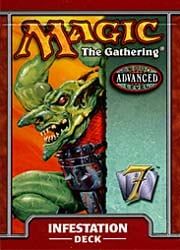
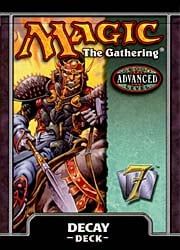
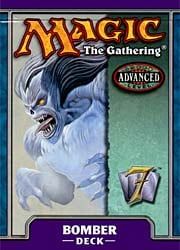
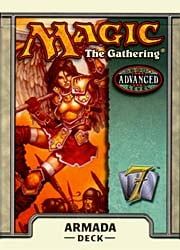
7ED was the first core set to include theme decks (until then, only non-core expansions had them), all five of which were mono-color:
- Armada, a mono-white deck focusing on an army of soldiers and angels with lots of cheap creatures (a “white weenie” deck, basically).
- Bomber, a mono-blue deck with tricky blue spells and wizards, encouraging you to play lots of spells during your opponent's turn to slow them down until you can bring the big fliers.
- Decay, a mono-black deck excelling at destroying enemy creatures and discarding your opponent's cards.
- Infestation, a mono-red deck about goblins with goblins on top, with a dash of burn to round things off.
- Way Wild, a mono-green deck ramping into the really big guns.

Lastly, Seventh Edition had a 2-player Starter Set that brought:
- Two small, 30-card preconstructed decks.
- 1 seeded booster pack with more complex cards (artifacts, enchantments, and instants).
- Two playmats explaining the different game zones, two player guides, one rule book, and other extras to teach new players the game.
A cursory search across Amazon and eBay shows that you can indeed find unopened Seventh Edition packs, but they seem to cost an arm and a leg. In my opinion, it's a better idea to buy the specific singles you want from online stores or perhaps trade directly with some other players.
Also, bear in mind that the majority of Seventh Edition's cards have been reprinted a lot of times in later expansions; if you want the cheapest price, later versions may be less expensive, and you get the exact same card. Unless you’re after the vintage feel of a pre-Modern card frame, of course!
Wrap Up
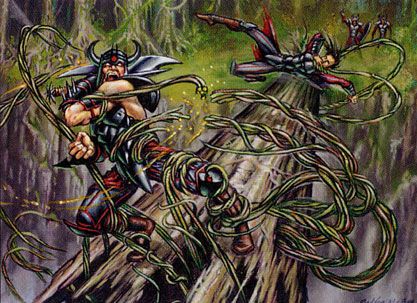
Ensnaring Bridge | Illustration by Ron Spencer
And with that, we'll conclude this overview of Seventh Edition, the last of the pre-Modern core sets. It tried a few visual innovations that didn't pan out (all-new art for all cards, a novel storyline), and one that very much did (black borders, rather than white). While it introduced zero new cards, it provided an encore for a big chunk of solid, good Magic staples that had been all-stars in their original printing and still see play to this day.
I hope you've enjoyed this overview, and if you have comments or feedback do stop by for a chat at the Draftsim Discord.
Stay safe and be well!
Note: this post contains affiliate links. If you use these links to make a purchase, you’ll help Draftsim continue to provide awesome free articles and apps.
Follow Draftsim for awesome articles and set updates: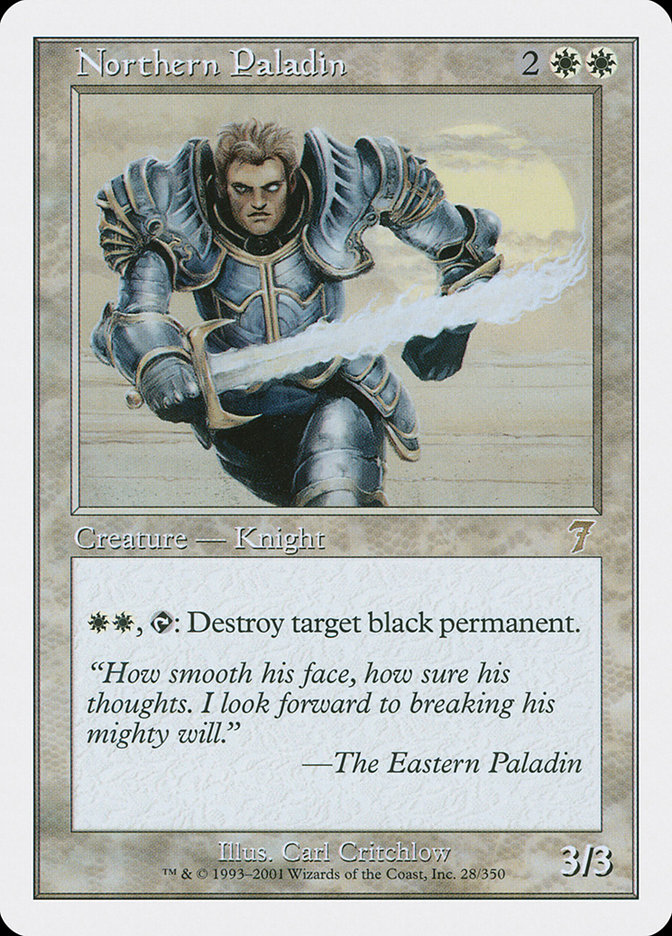
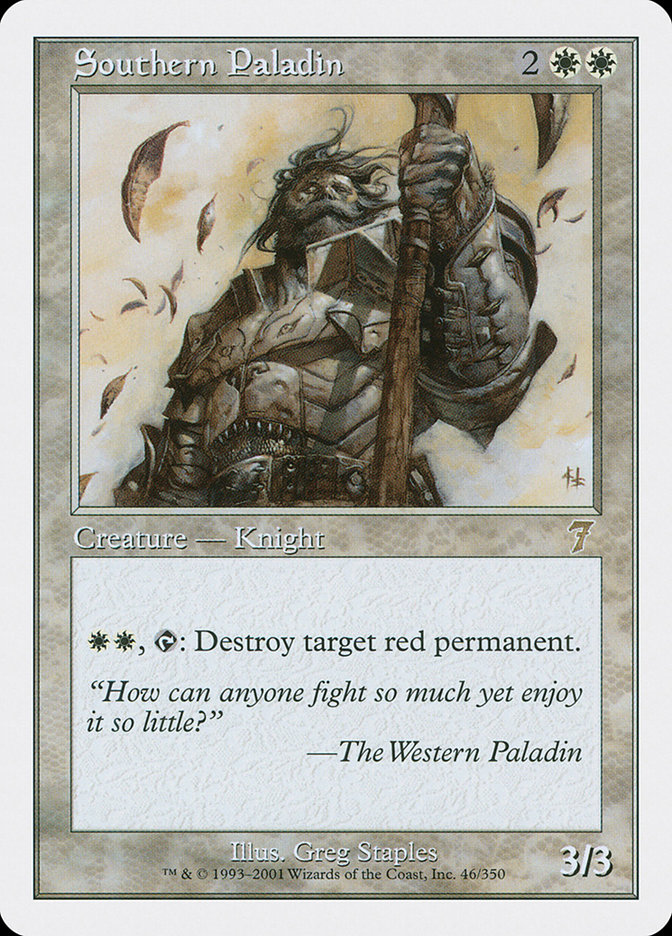
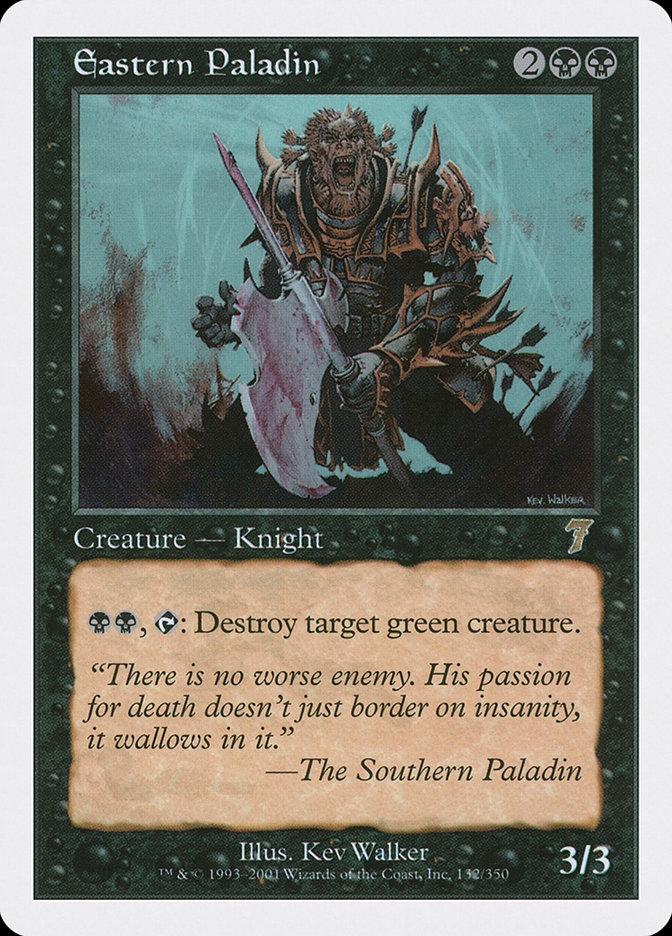
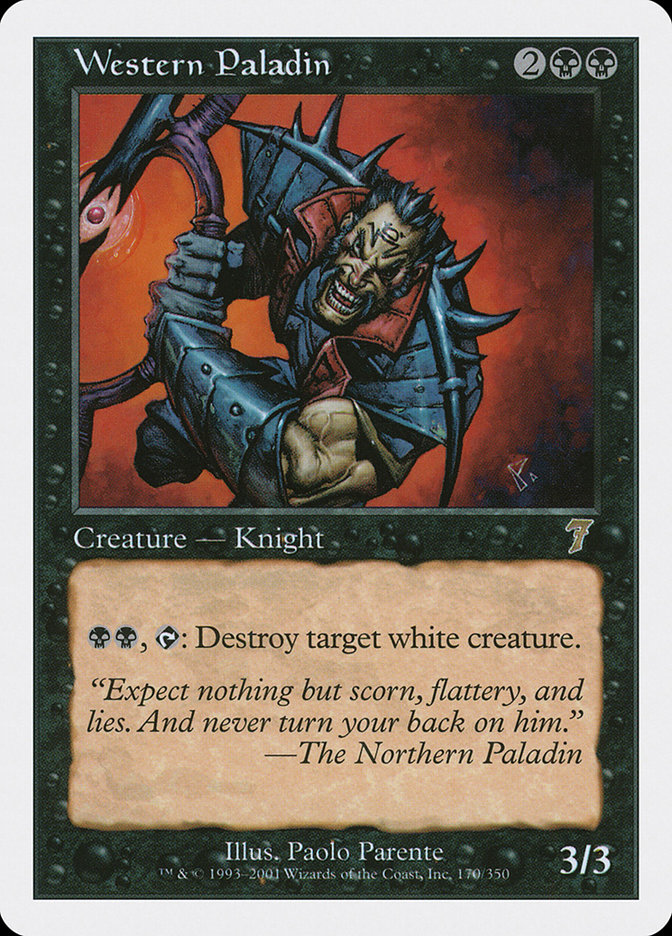


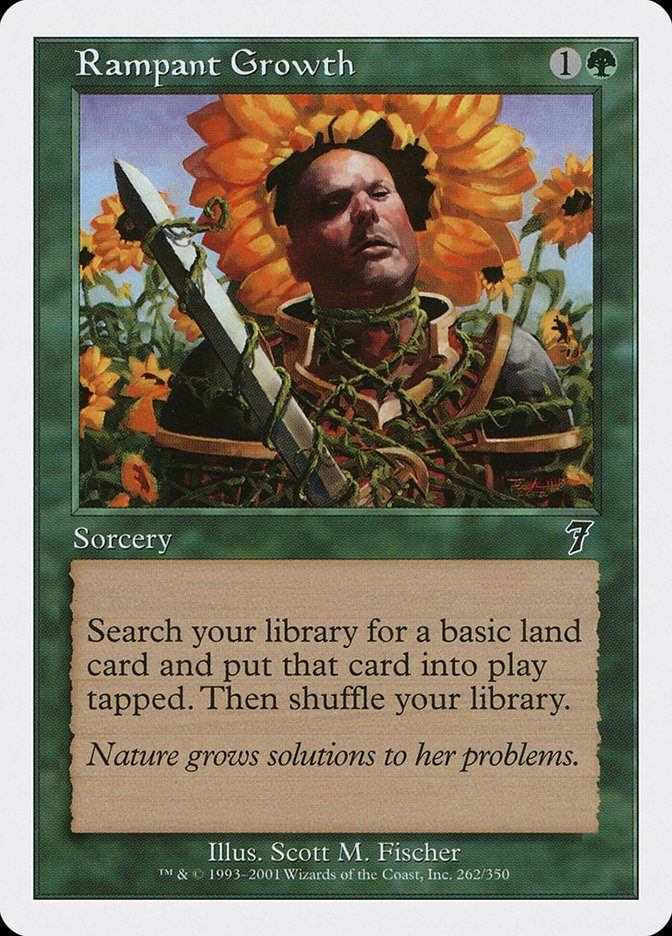

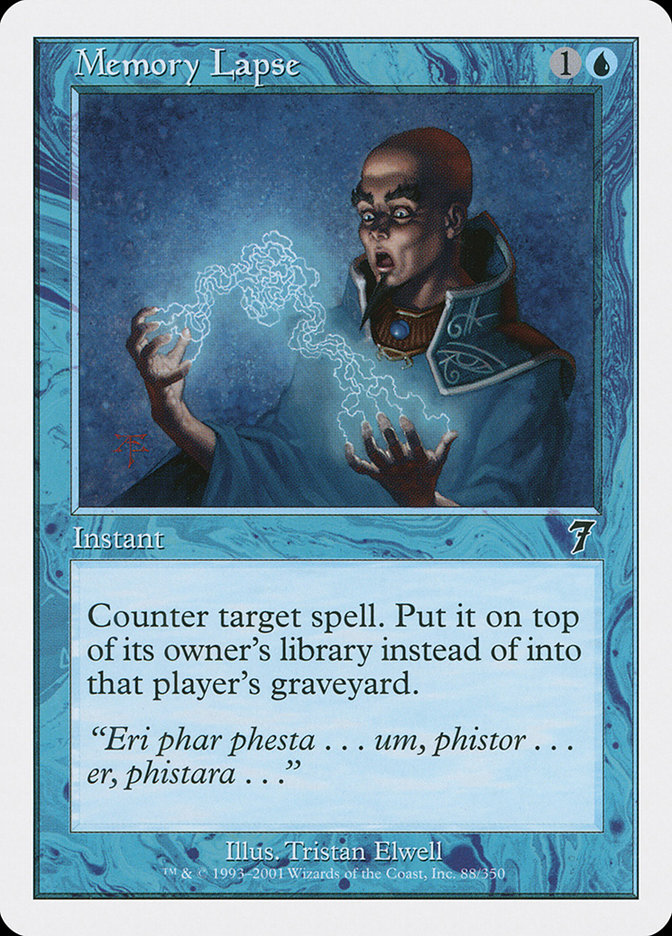
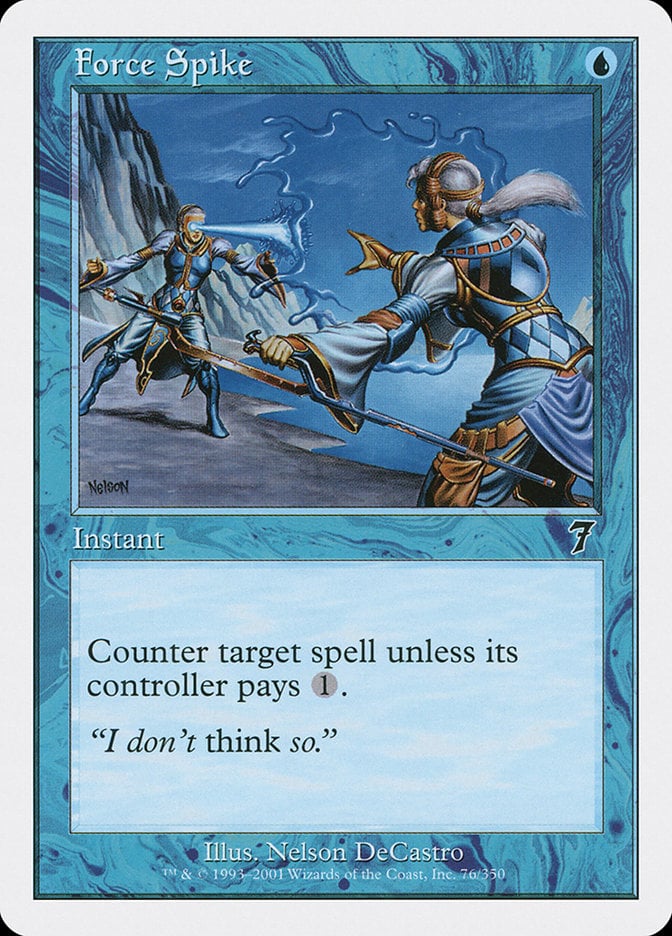
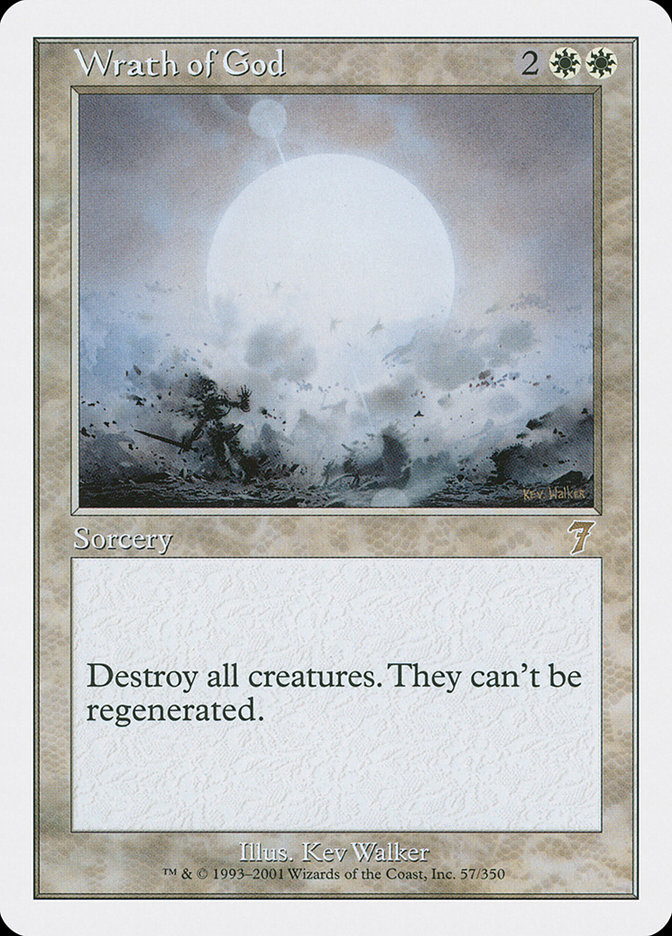
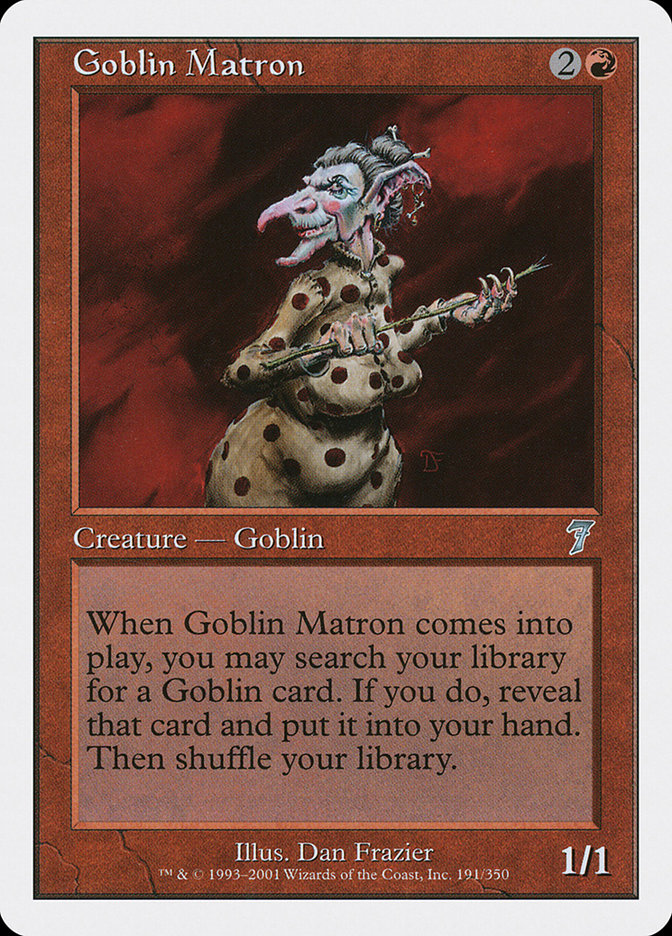
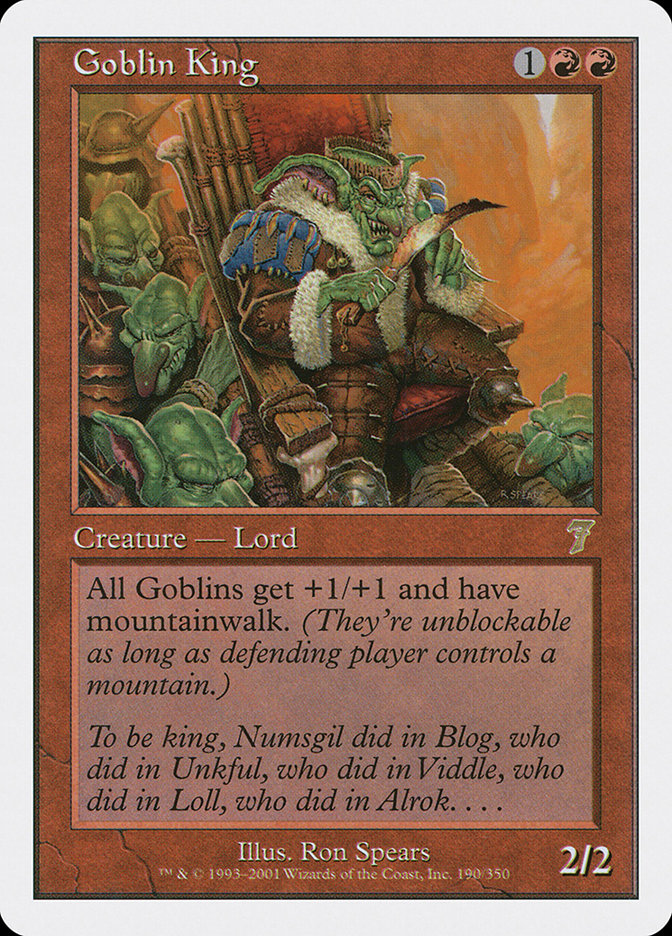
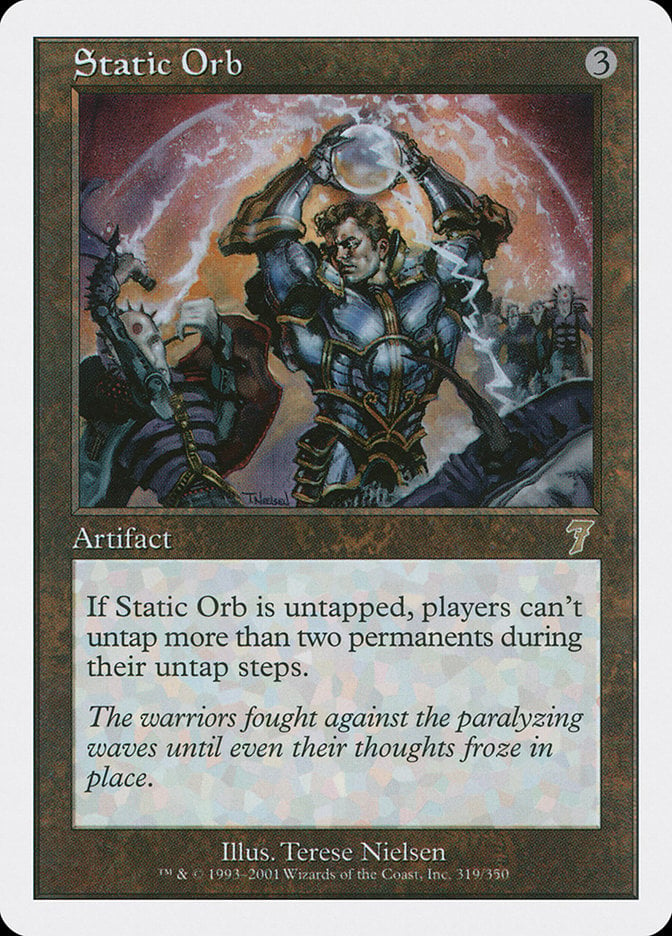
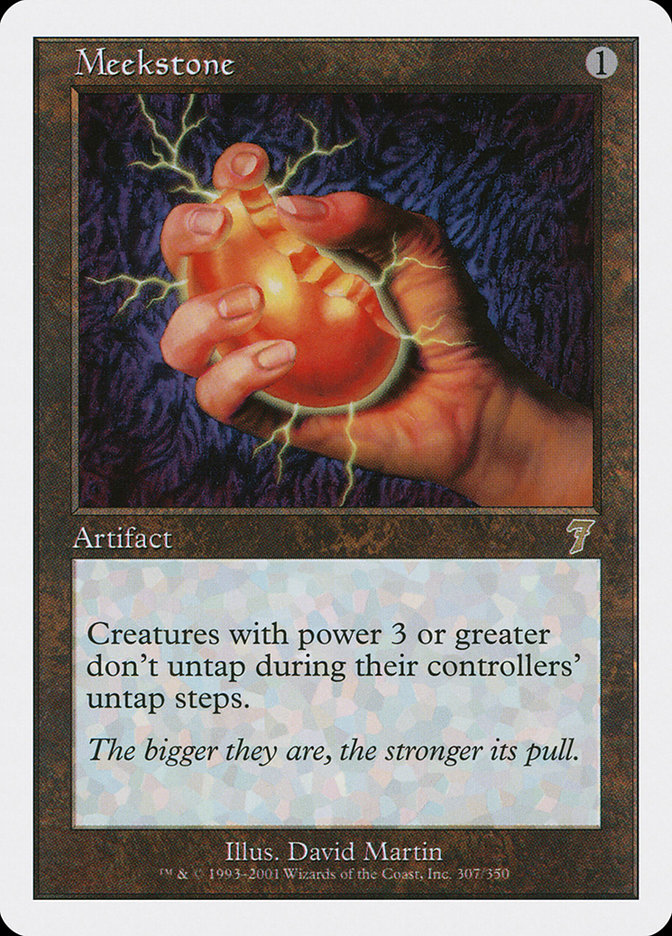
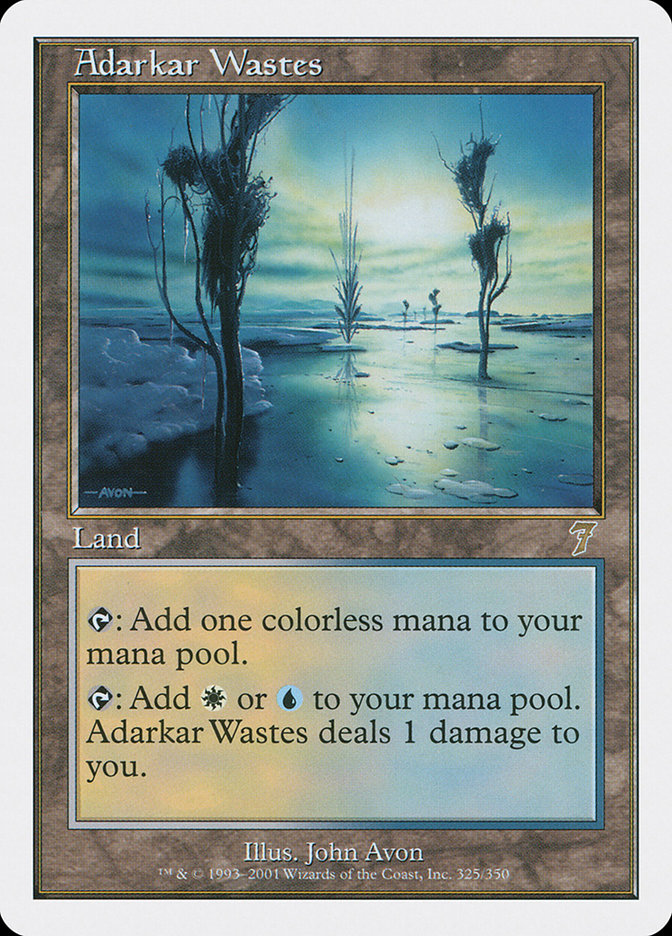

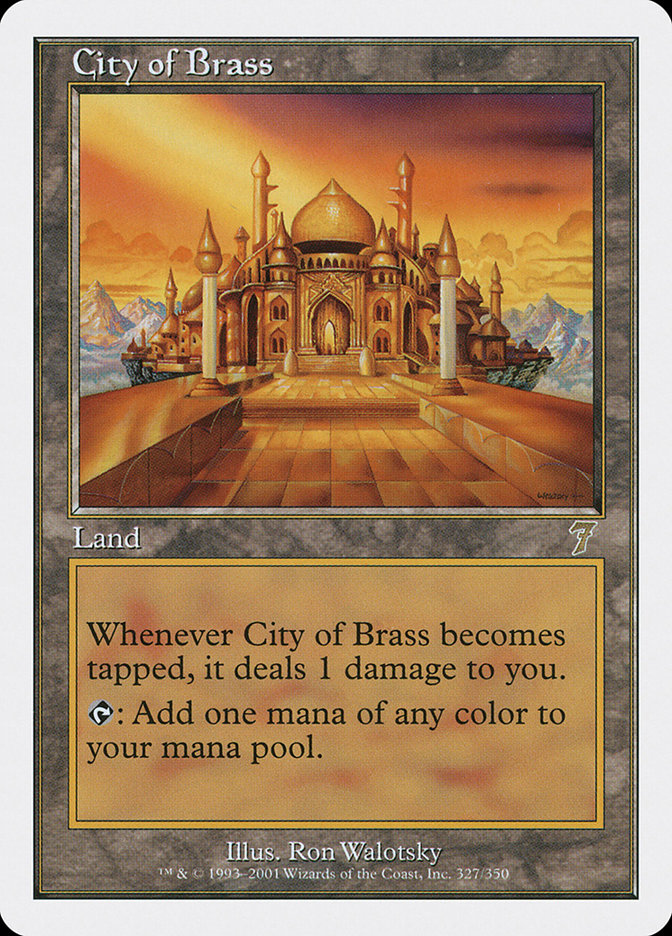
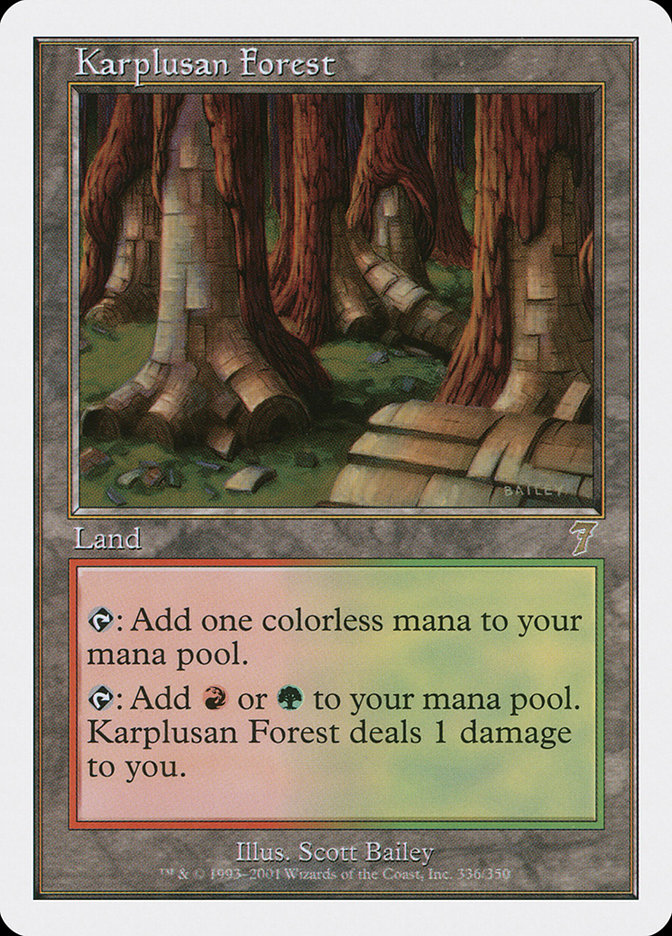
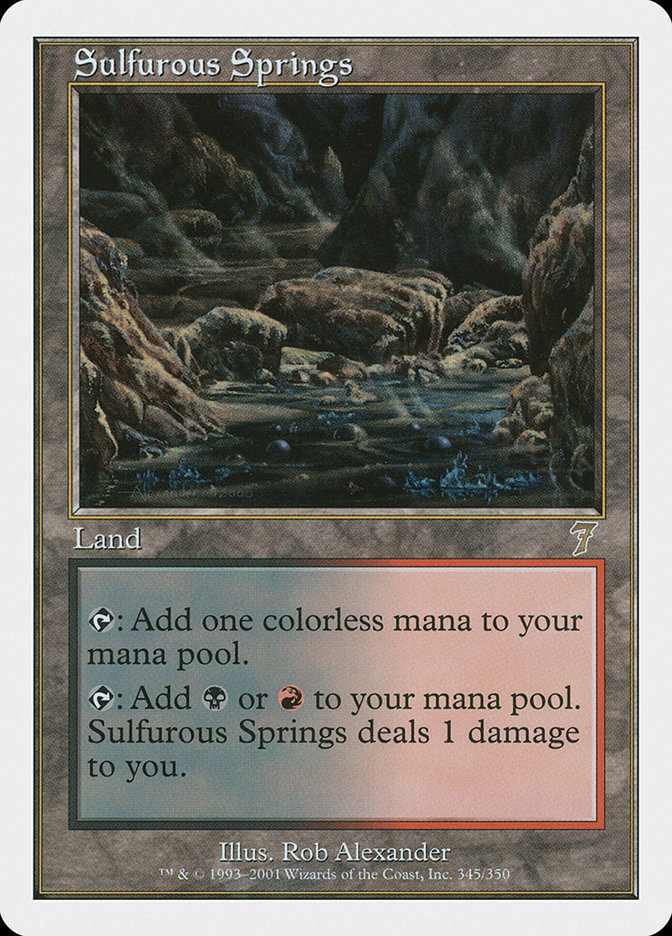
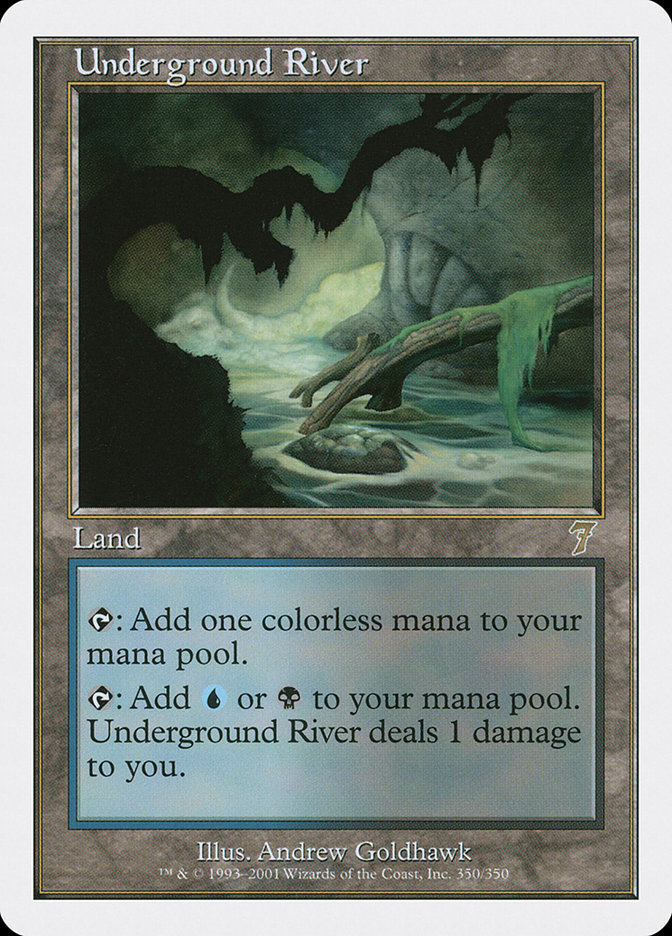

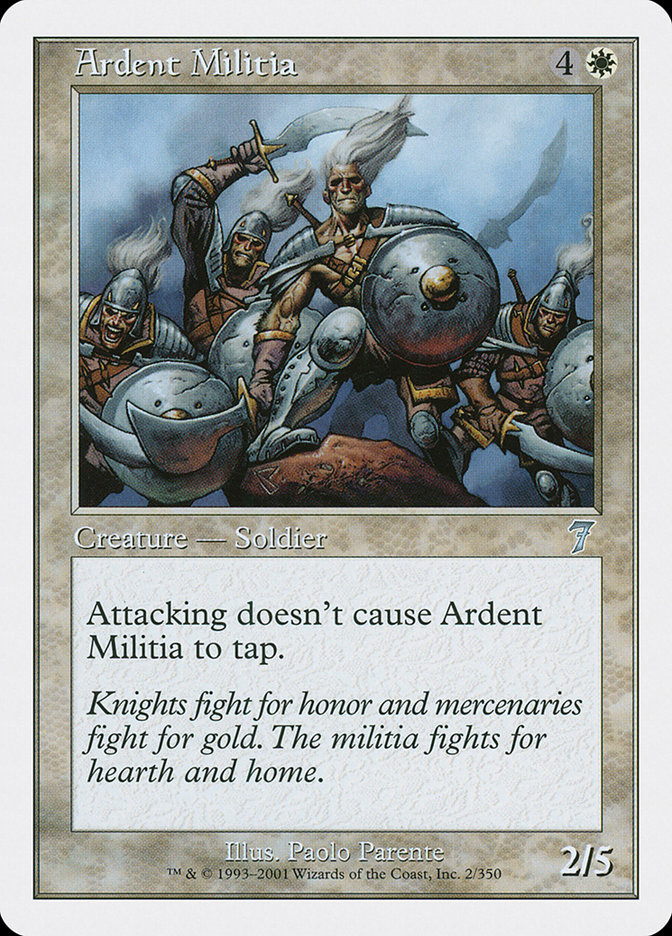

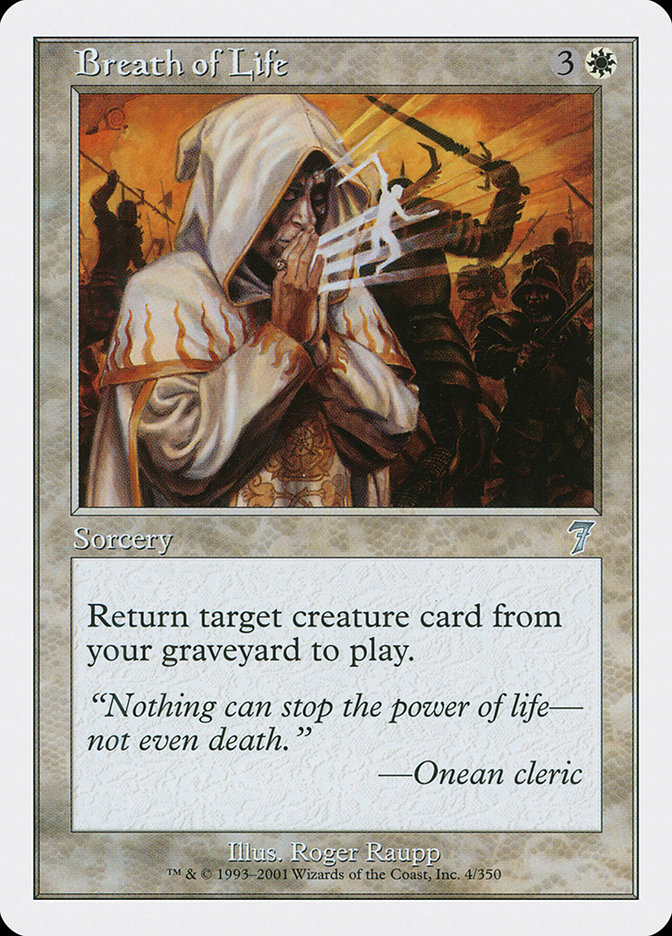
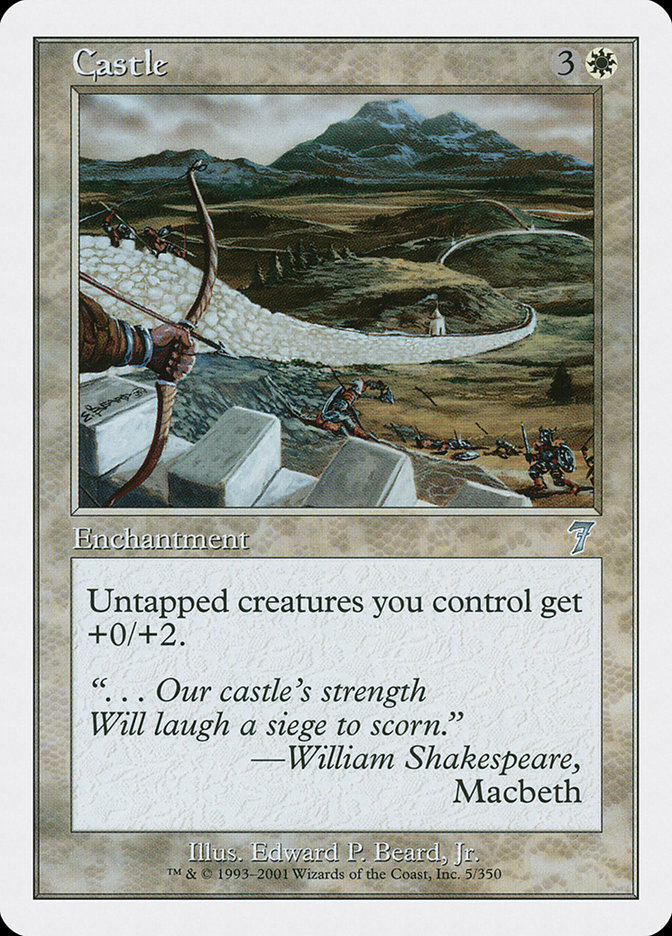
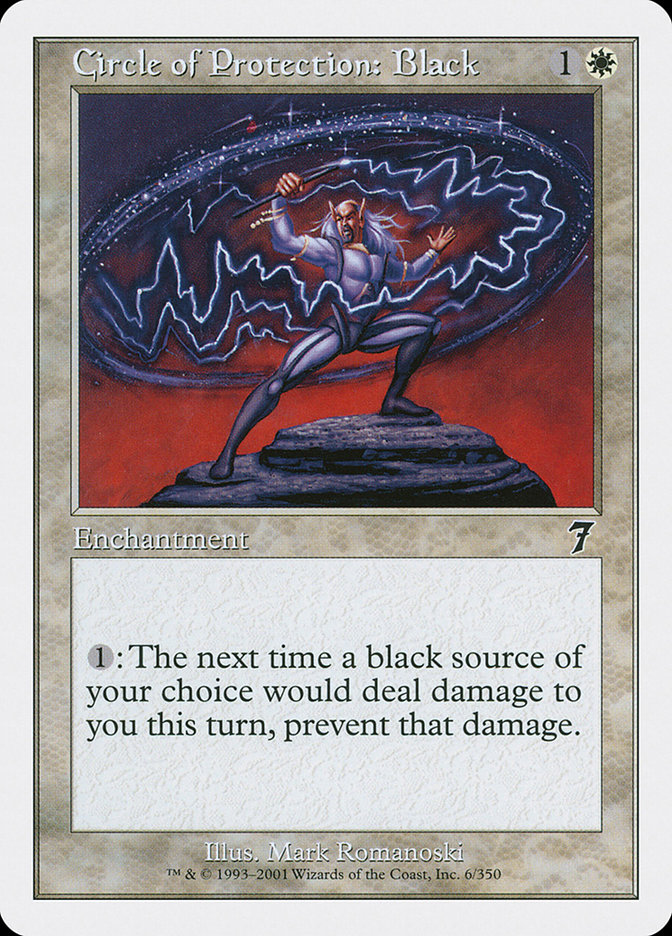
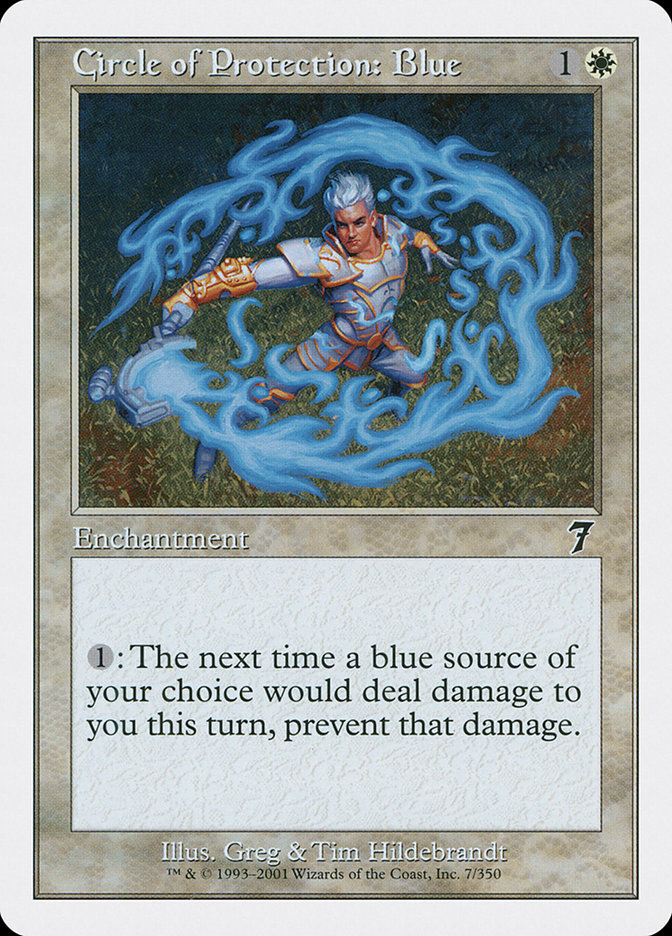
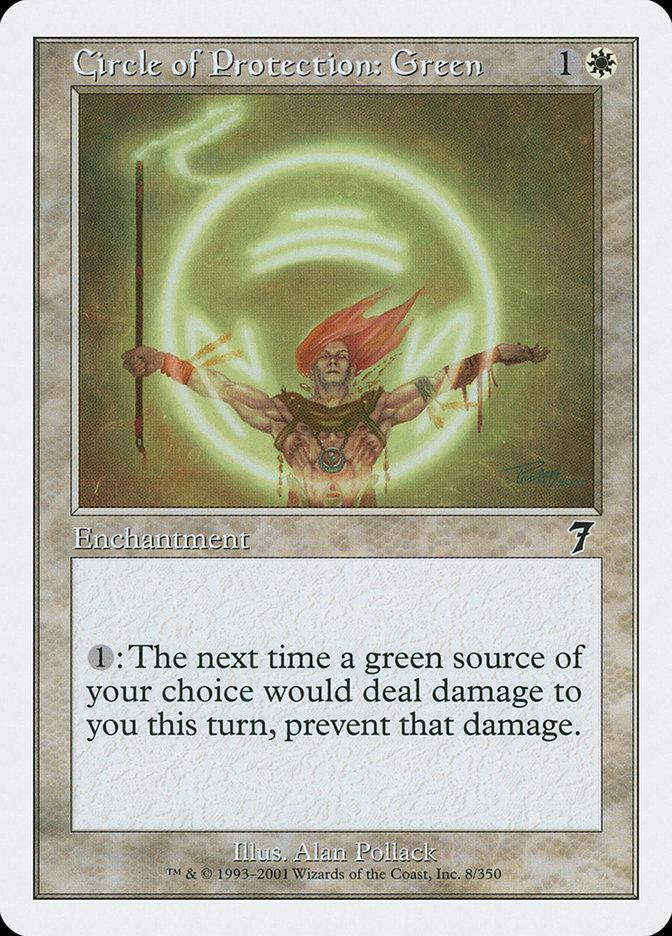

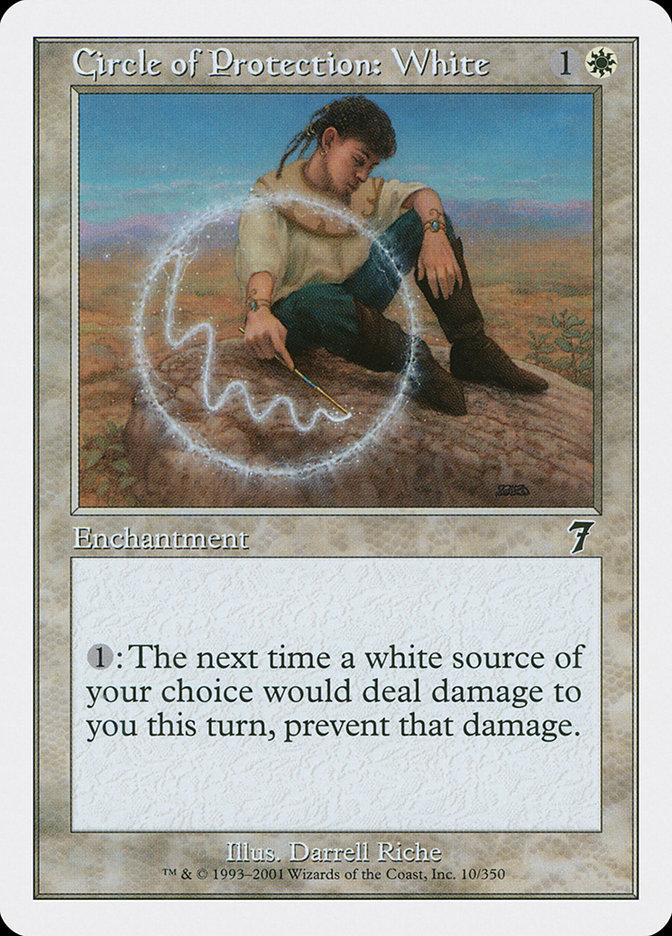
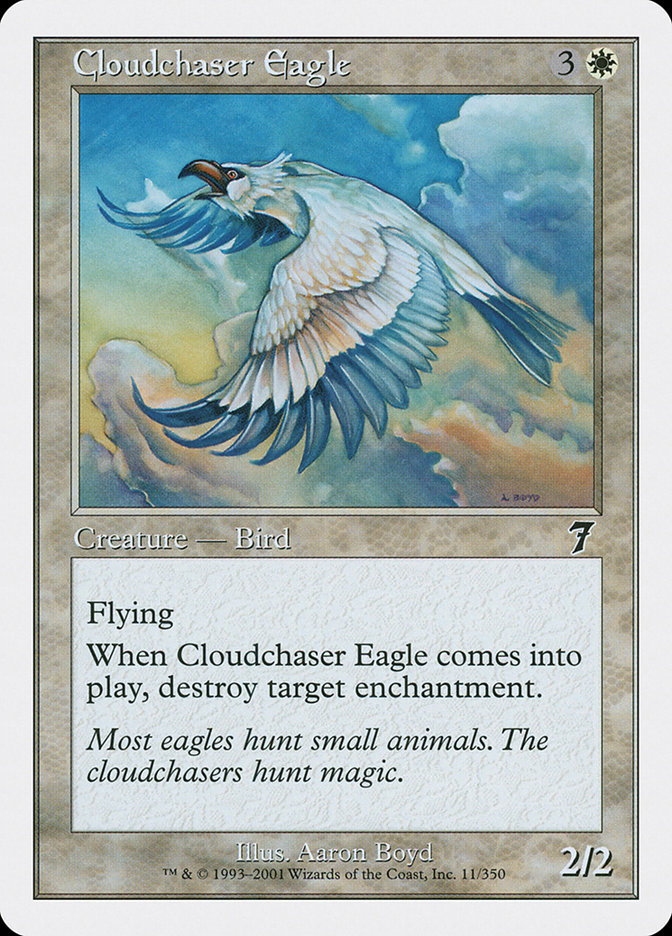

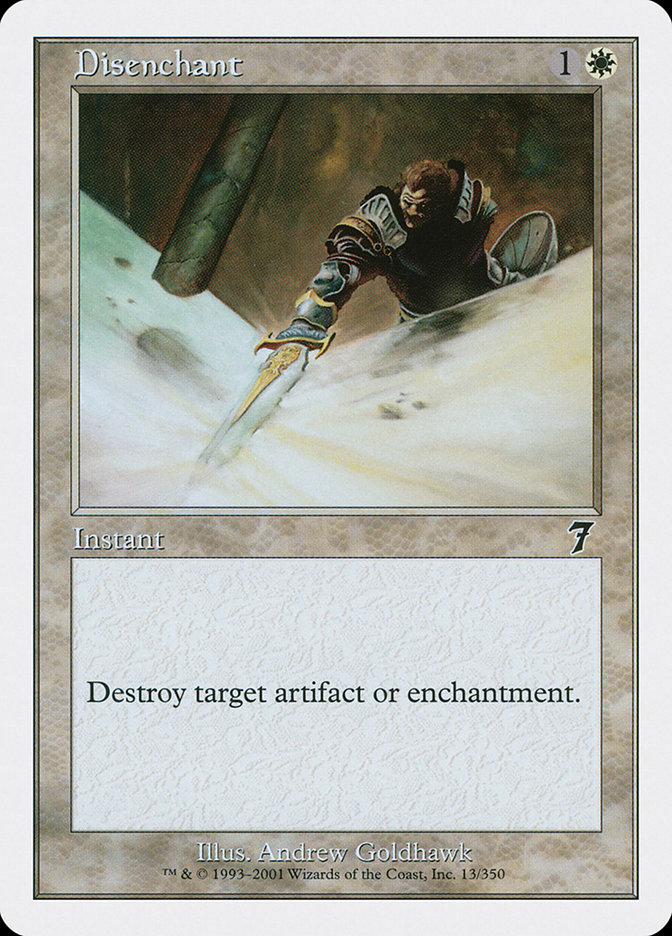

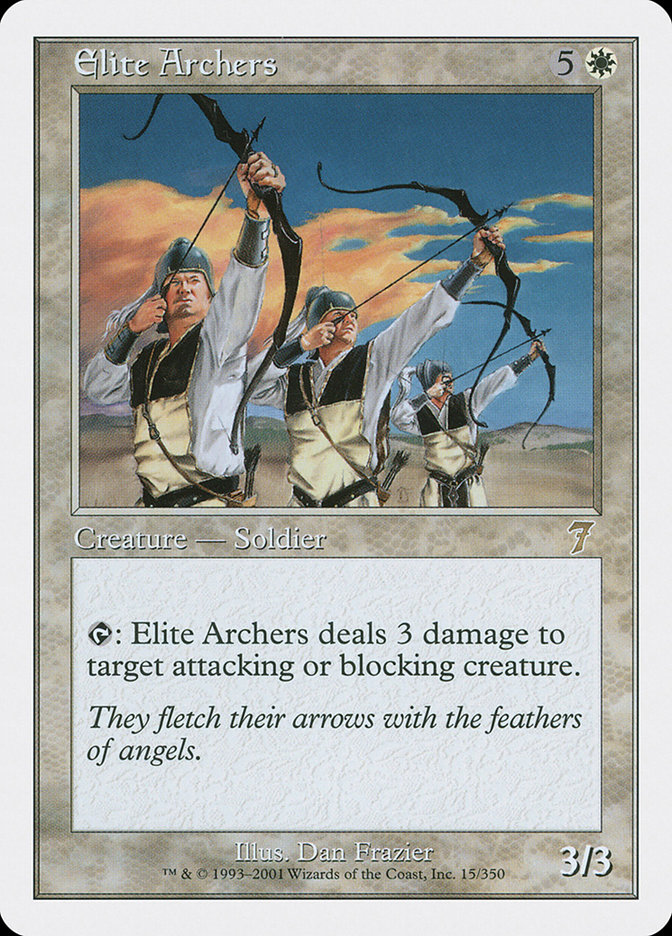
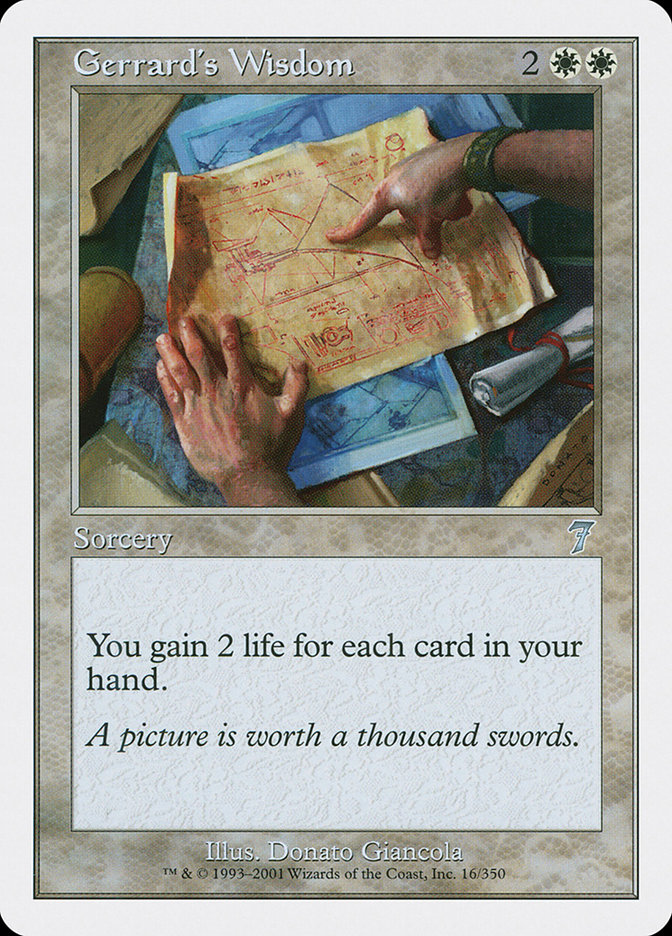

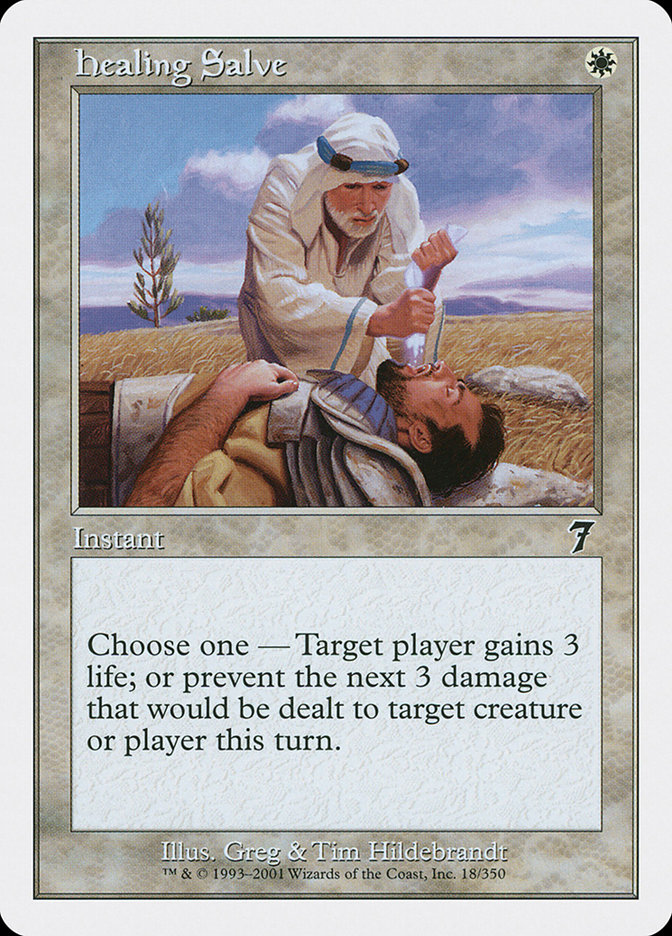
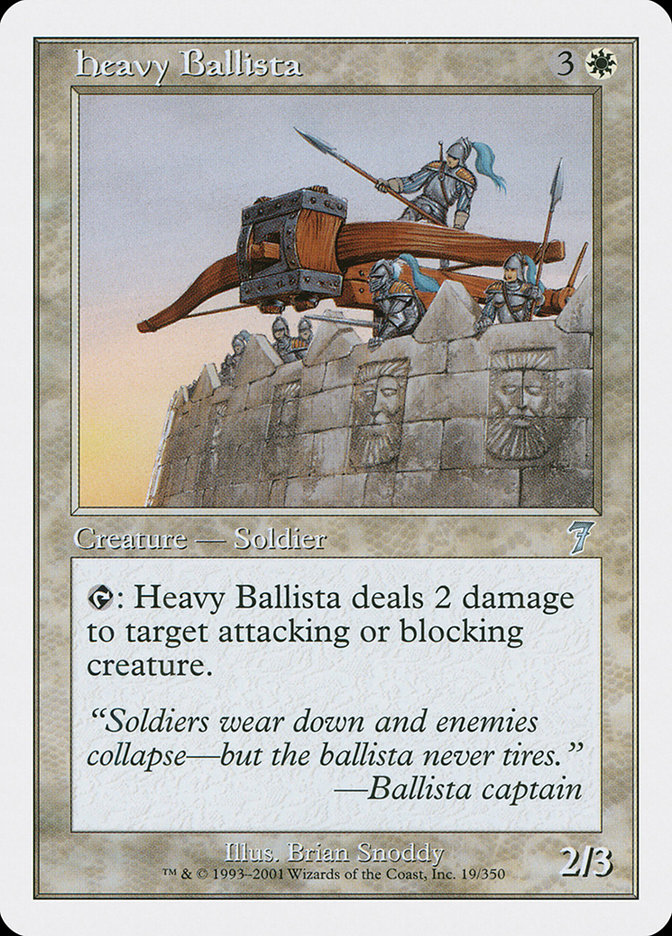



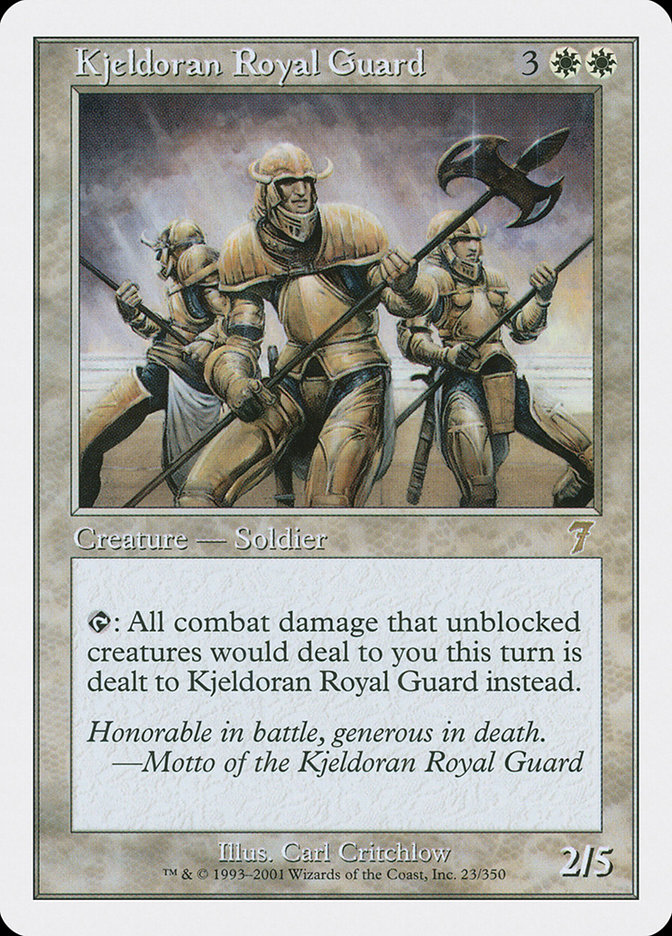
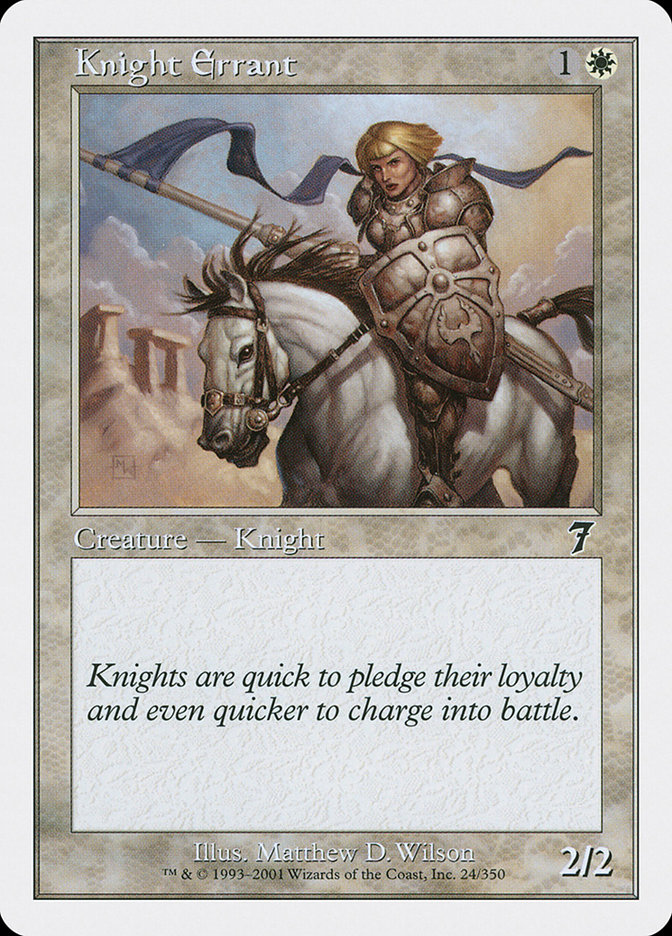
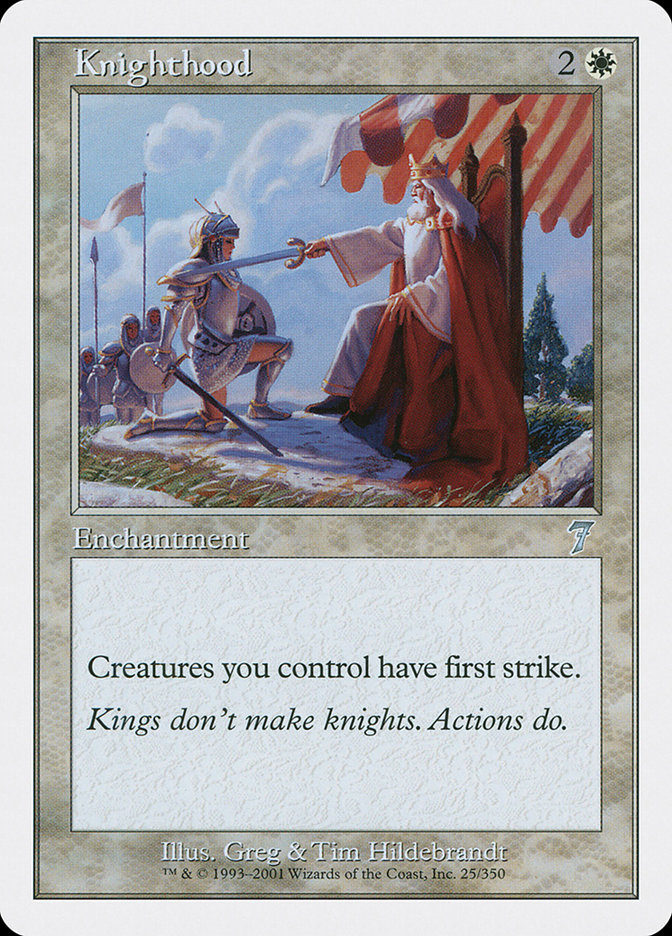
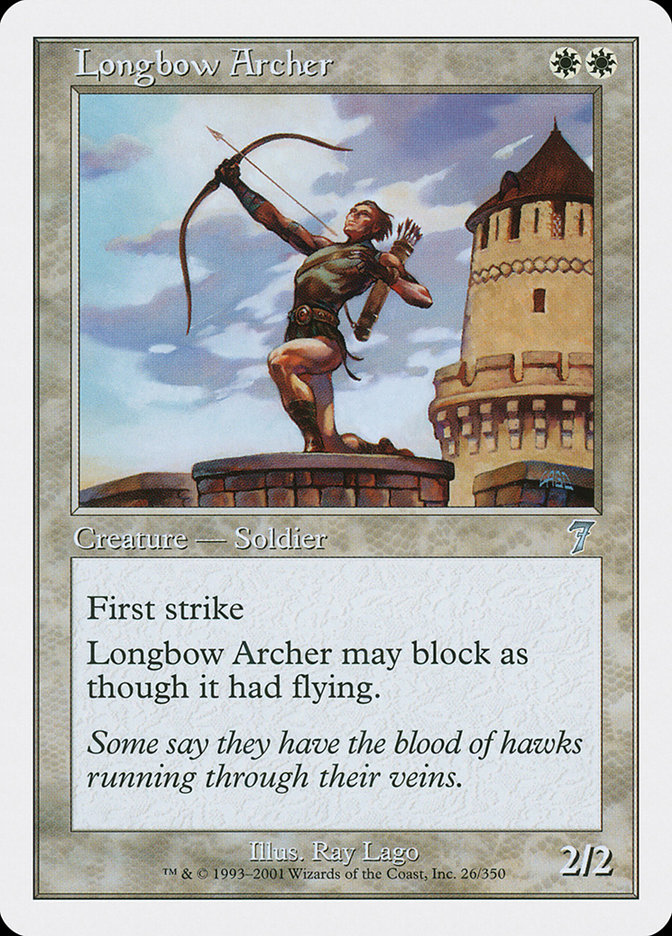
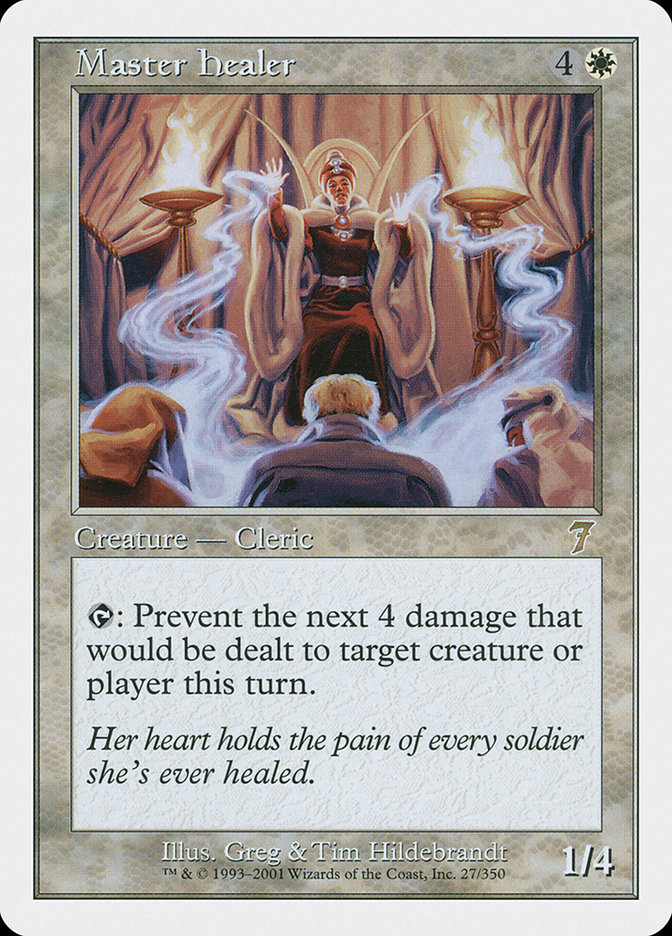
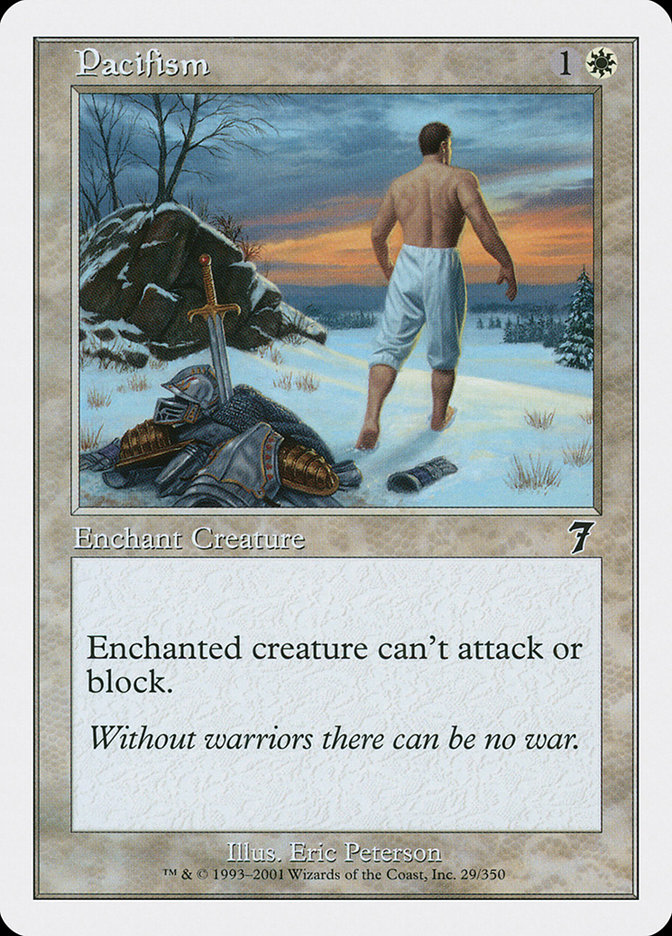
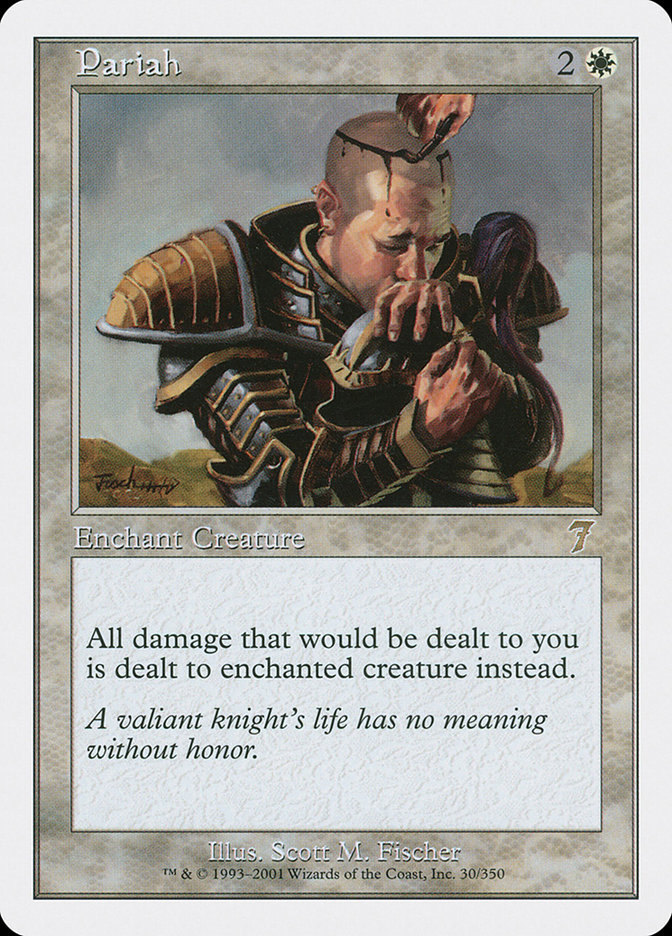
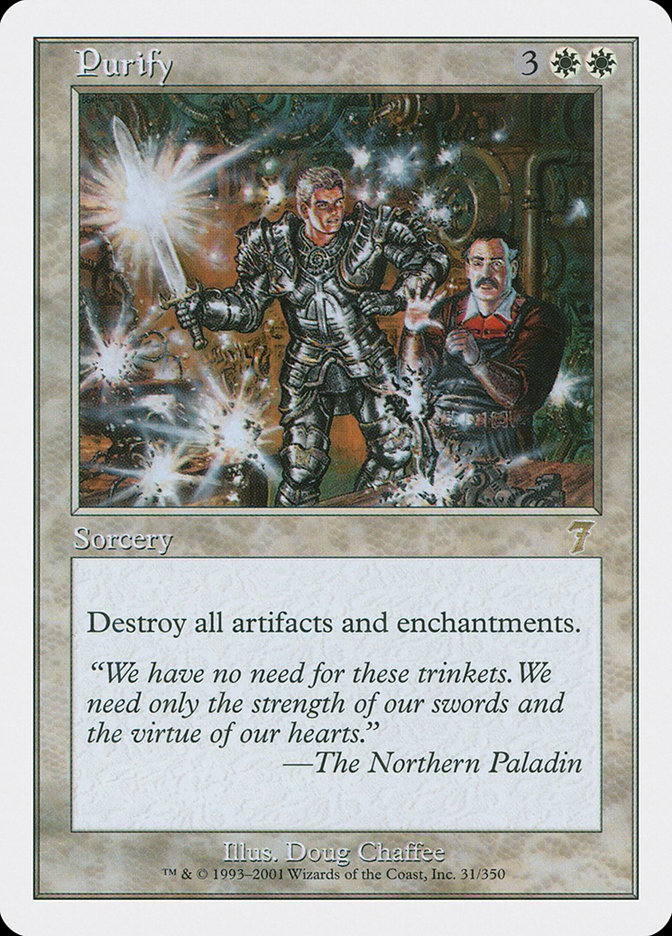
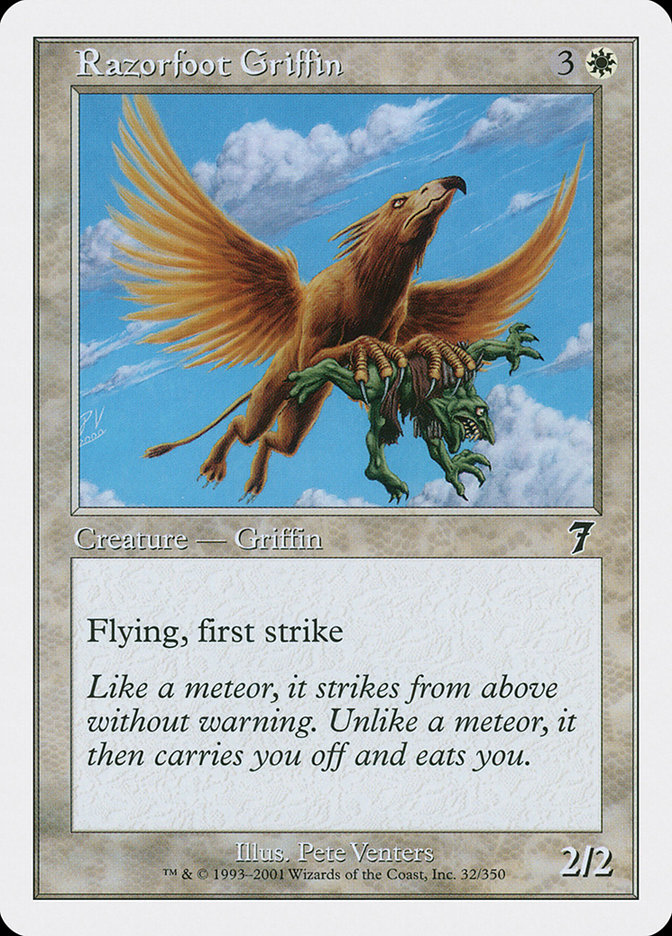
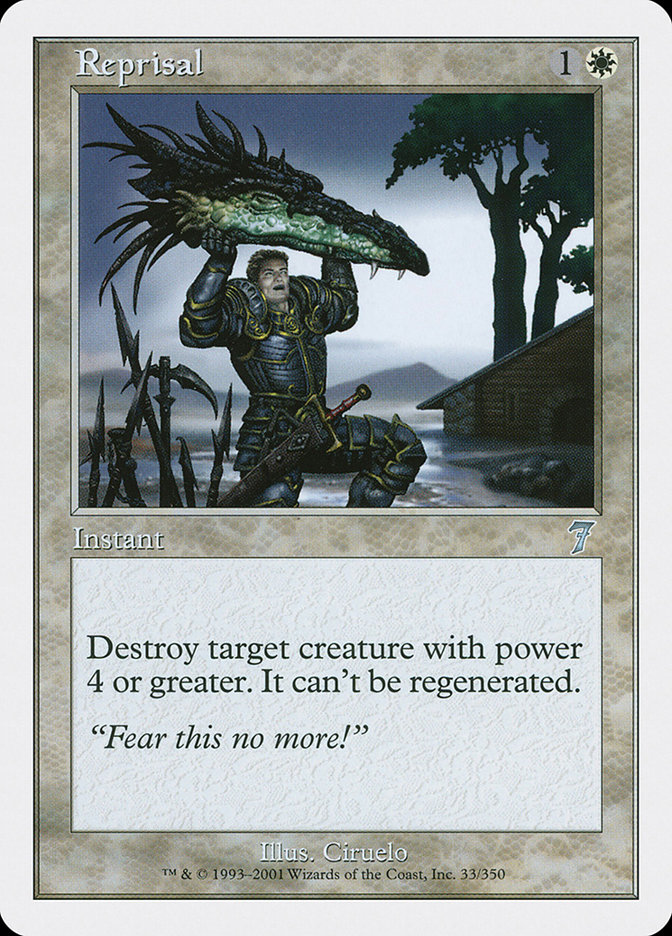
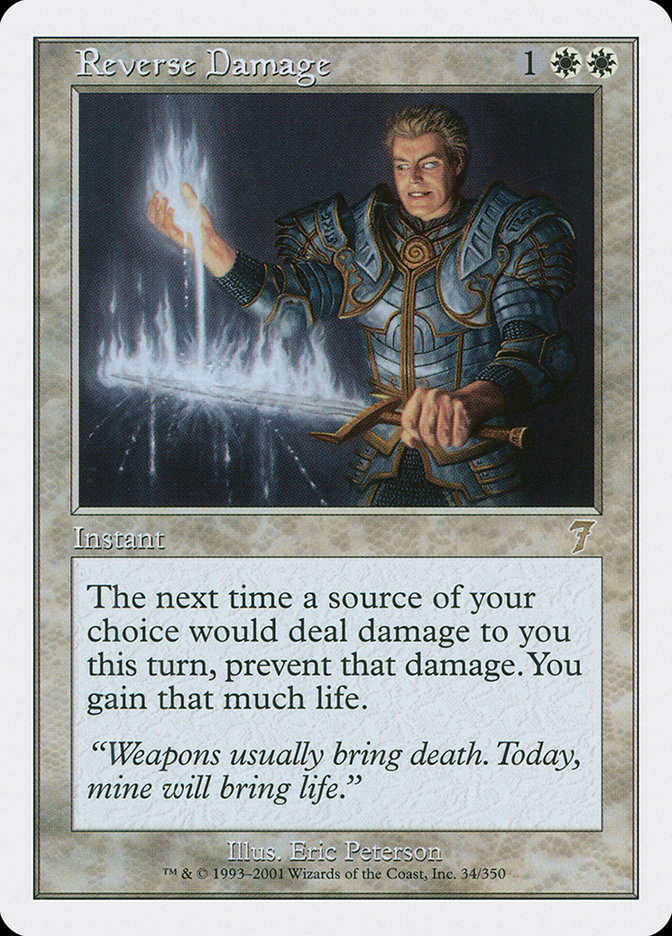
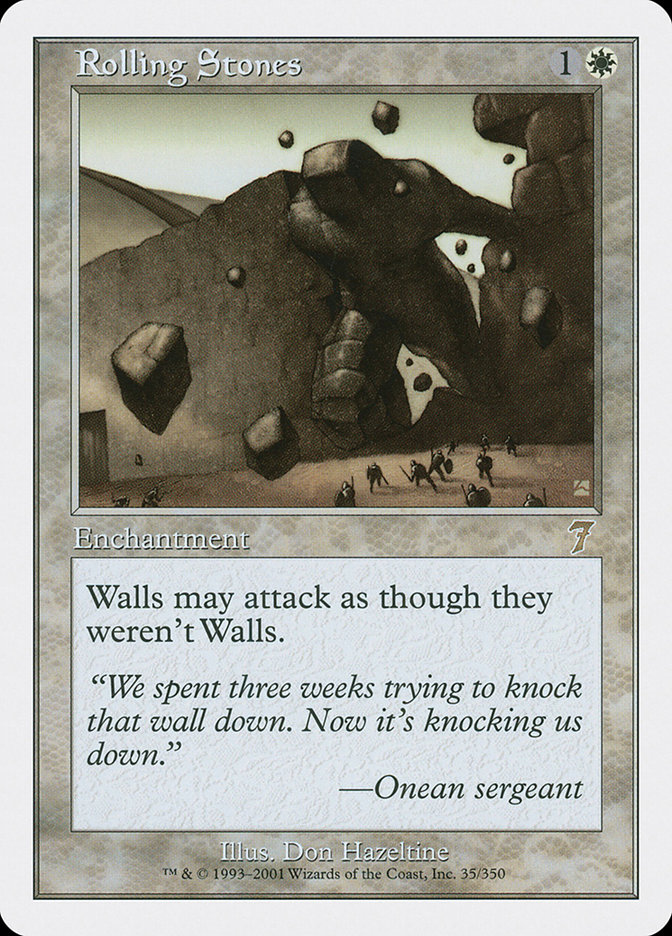
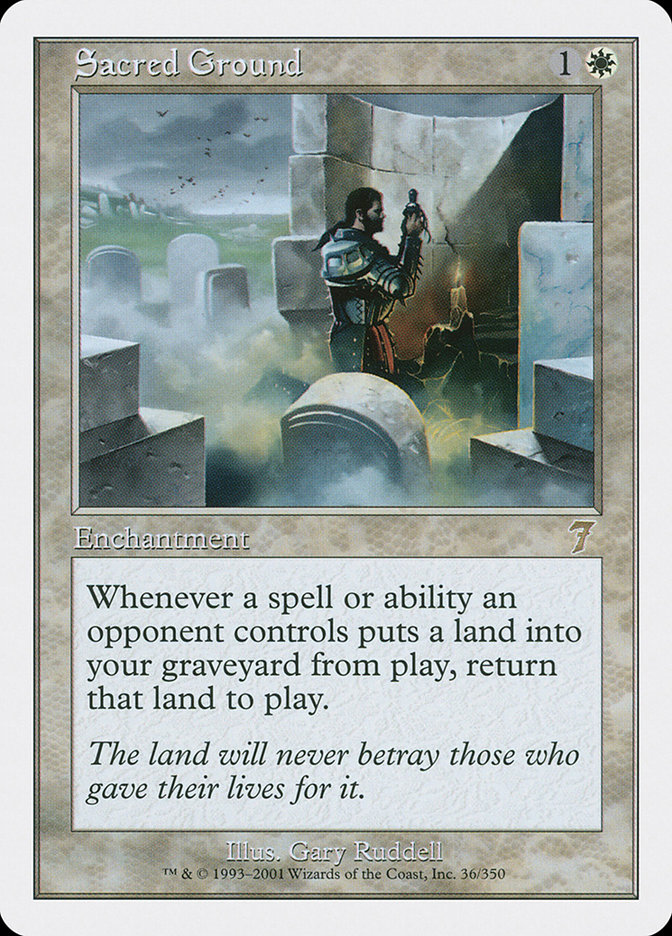
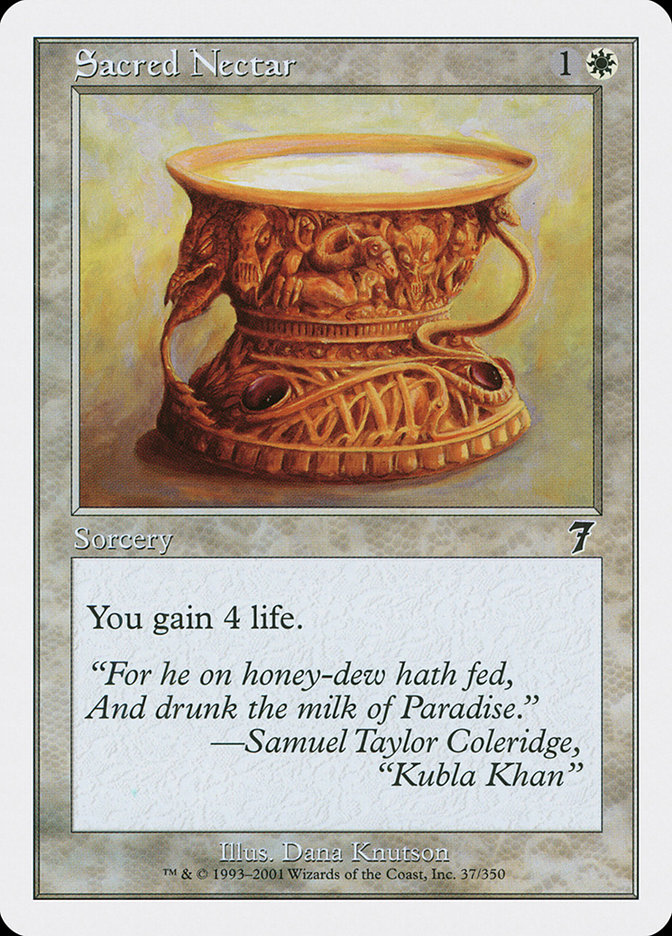
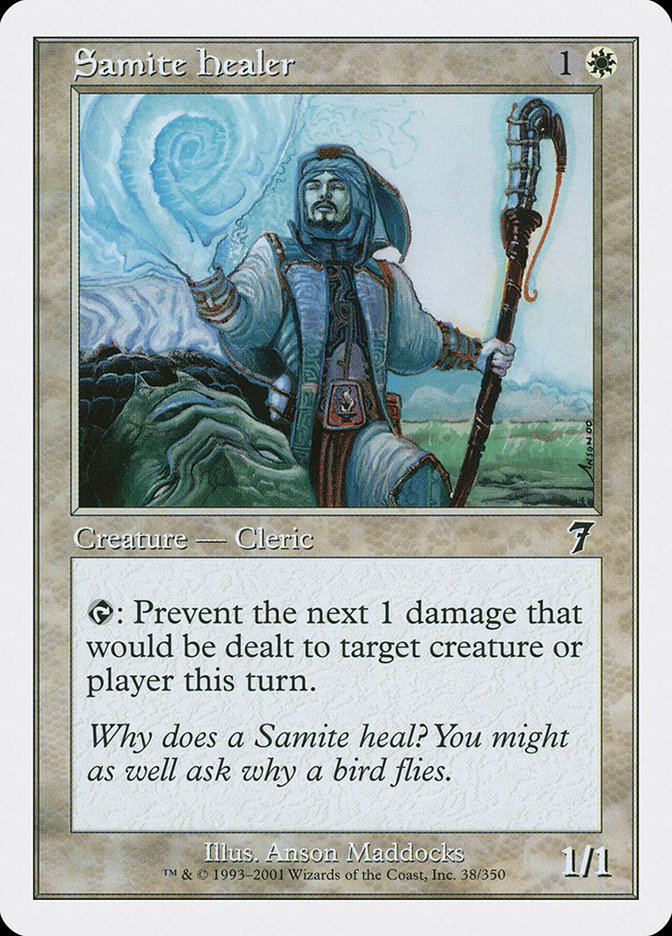

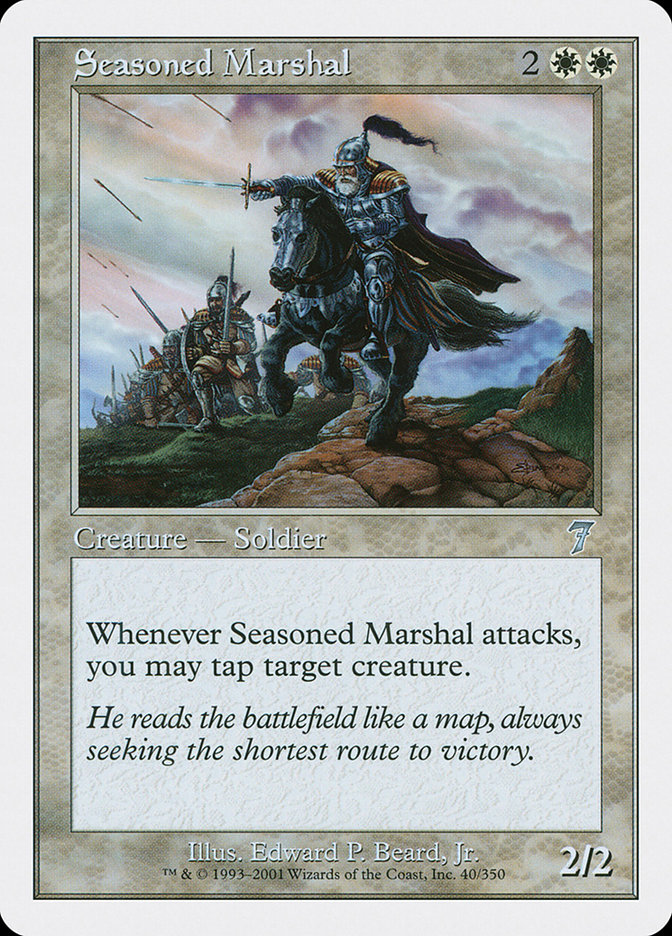
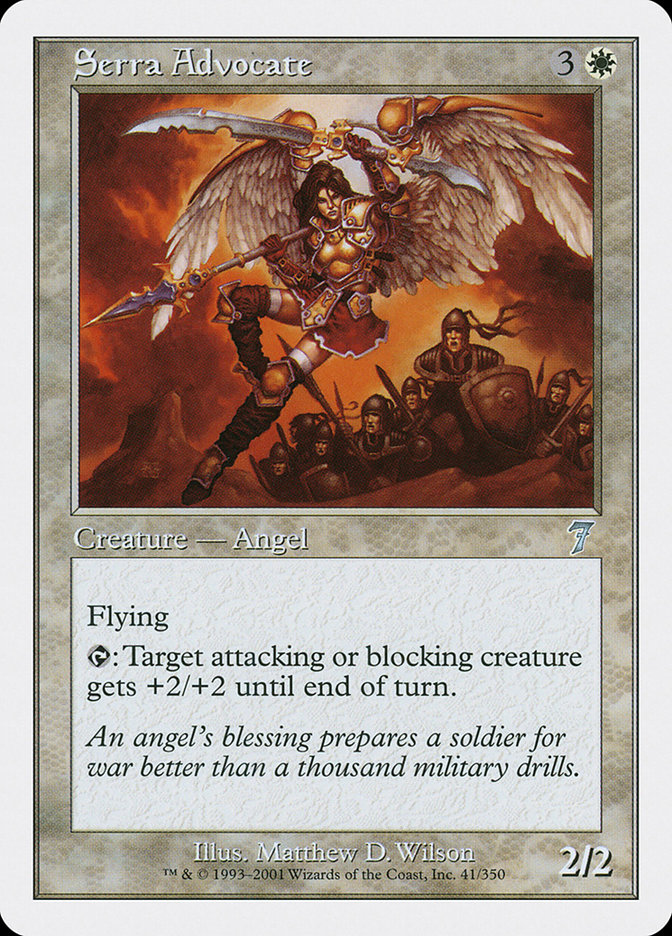
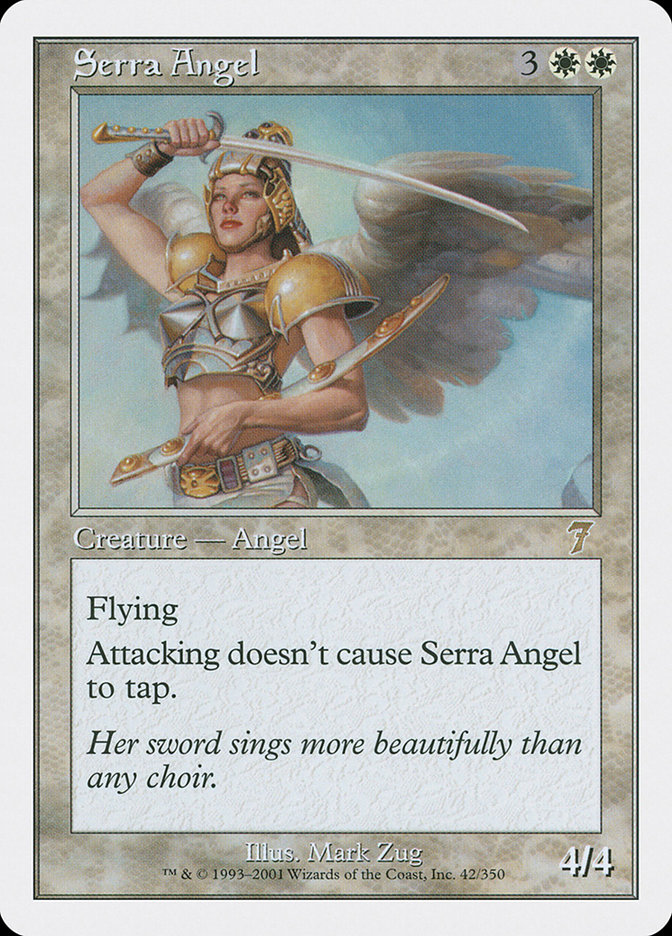
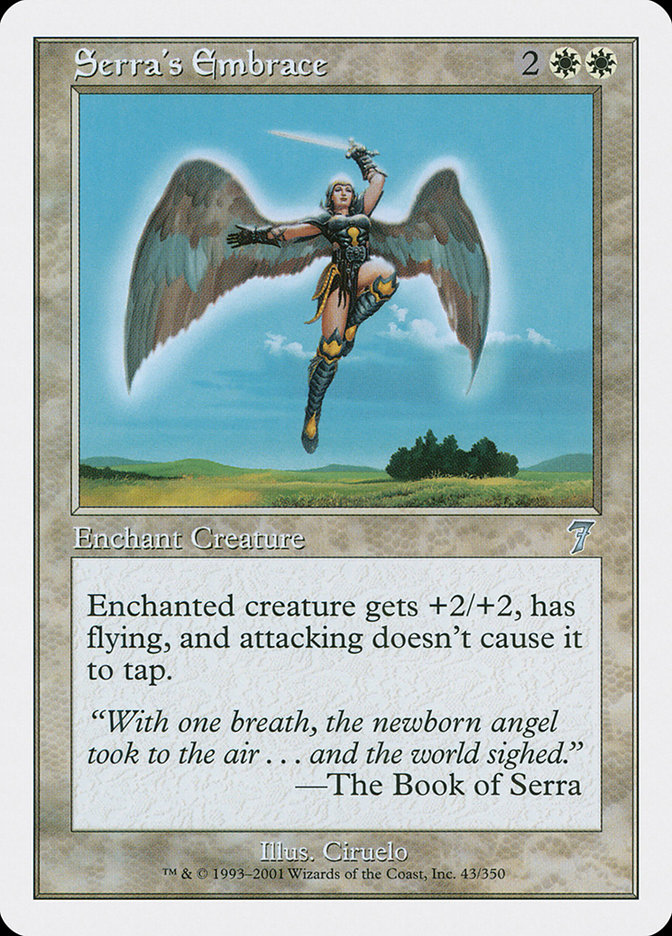
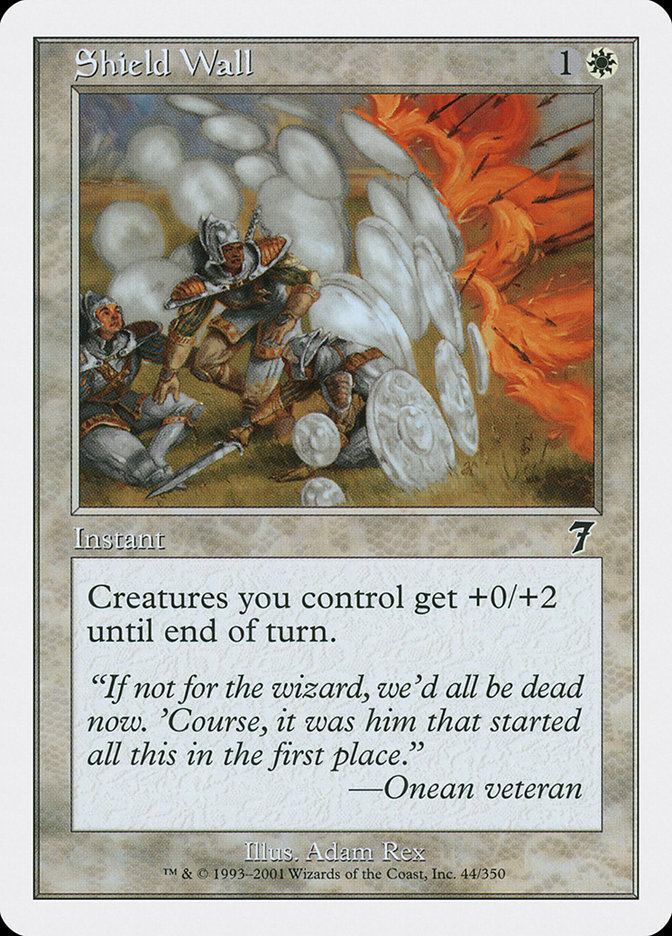
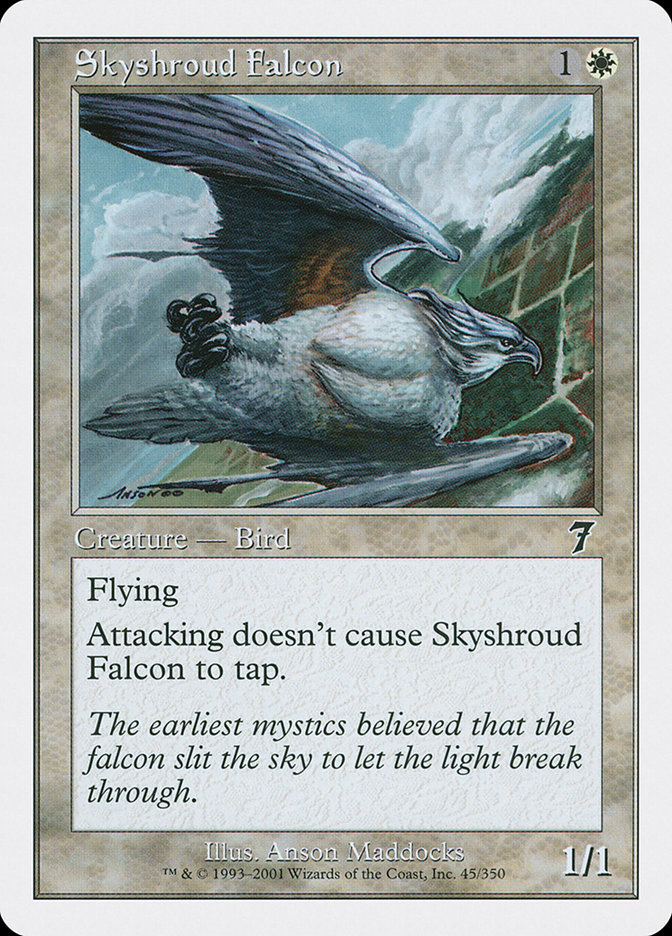
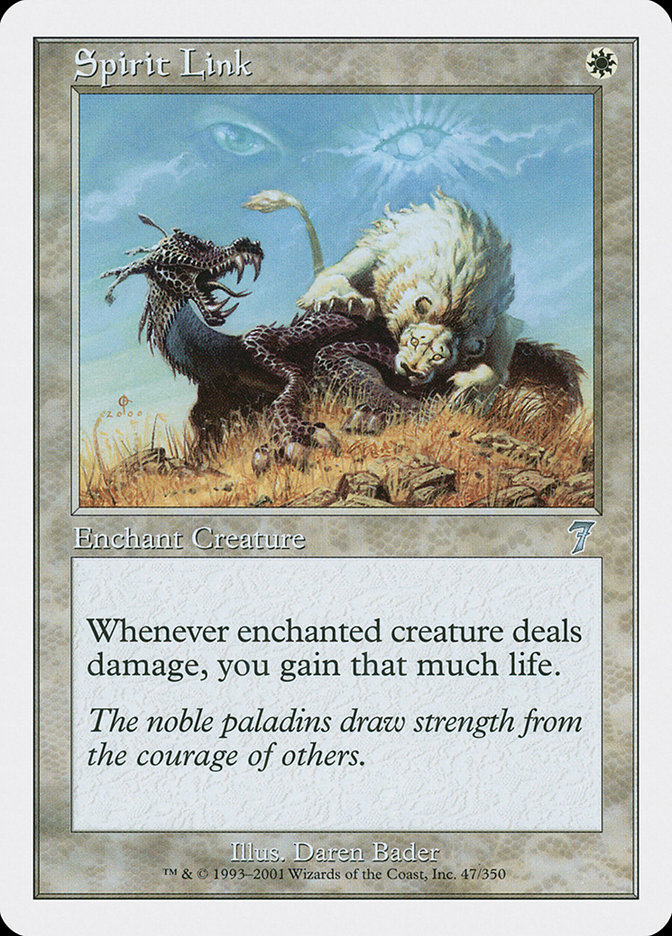
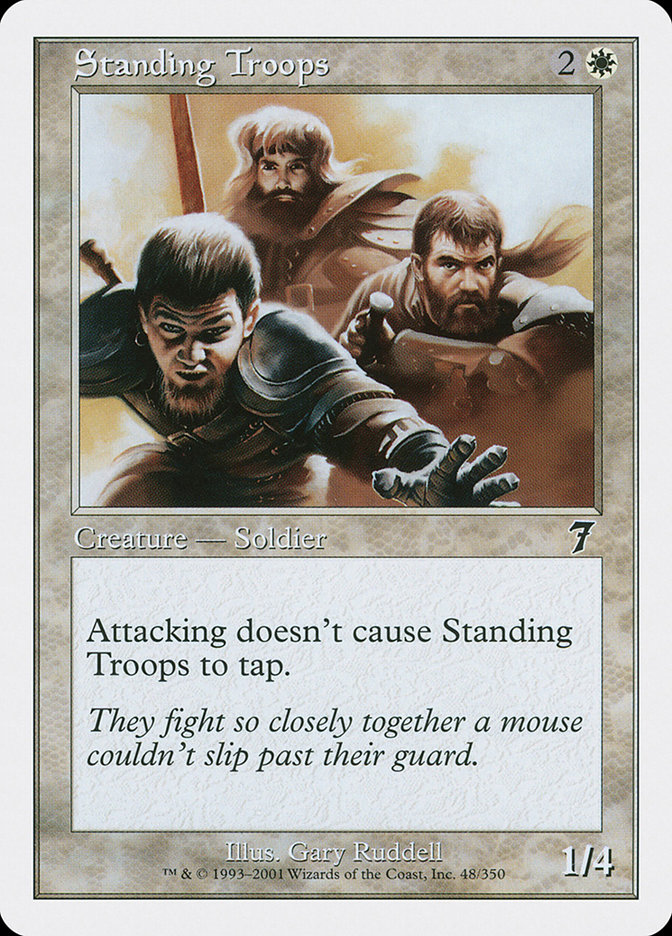
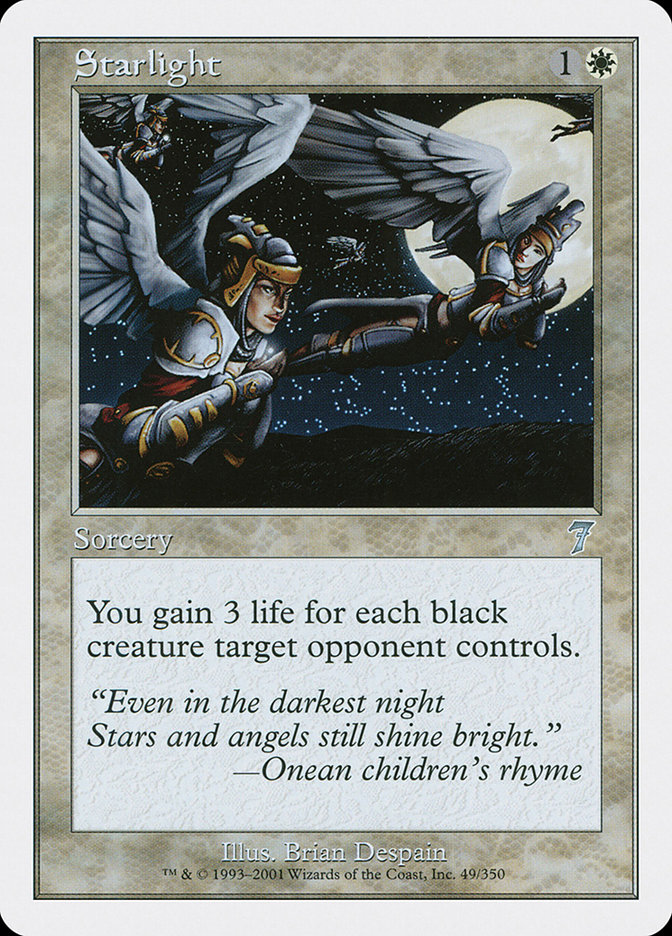

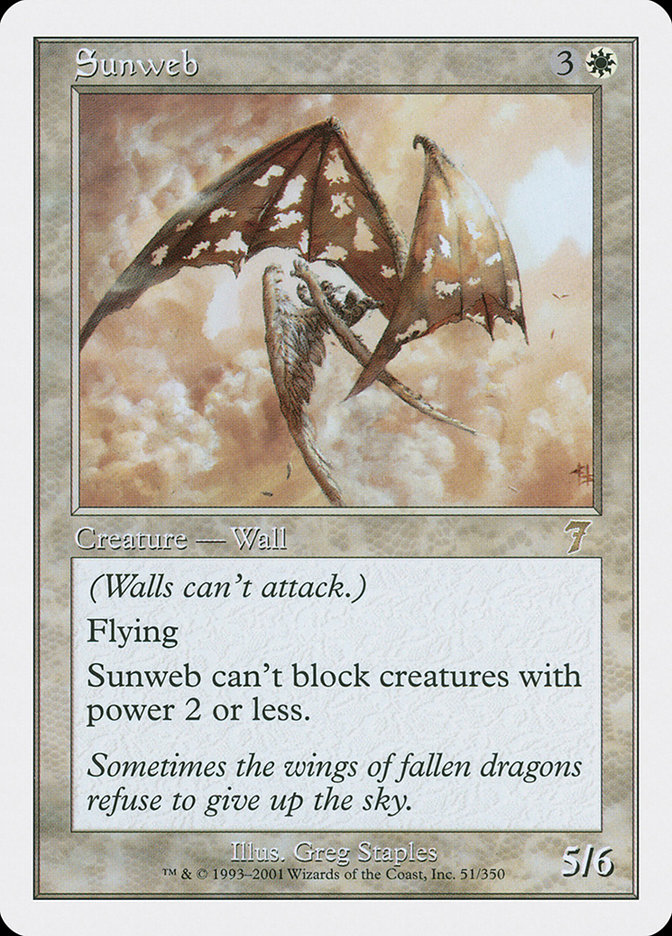
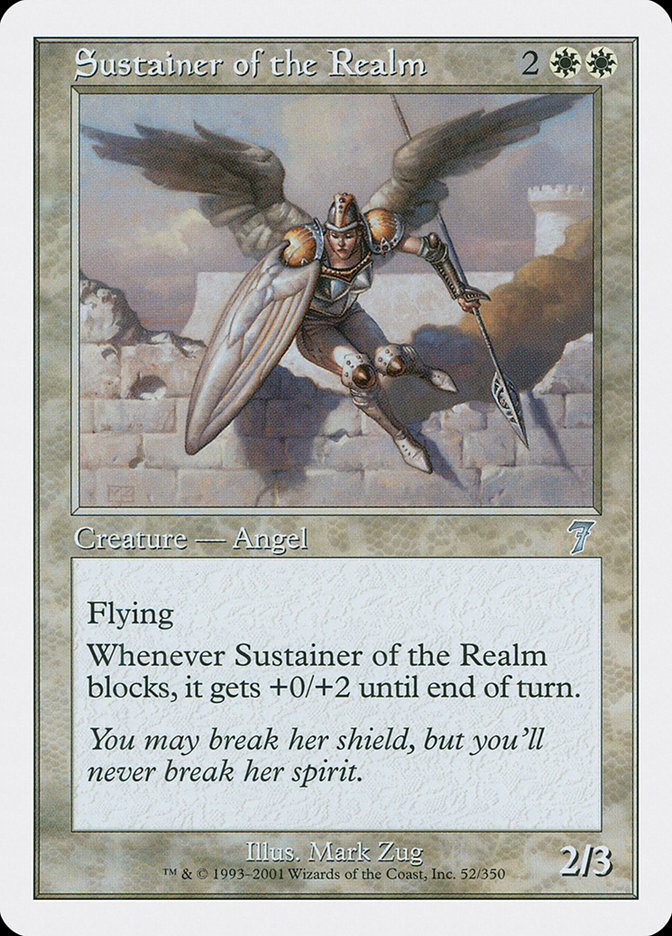
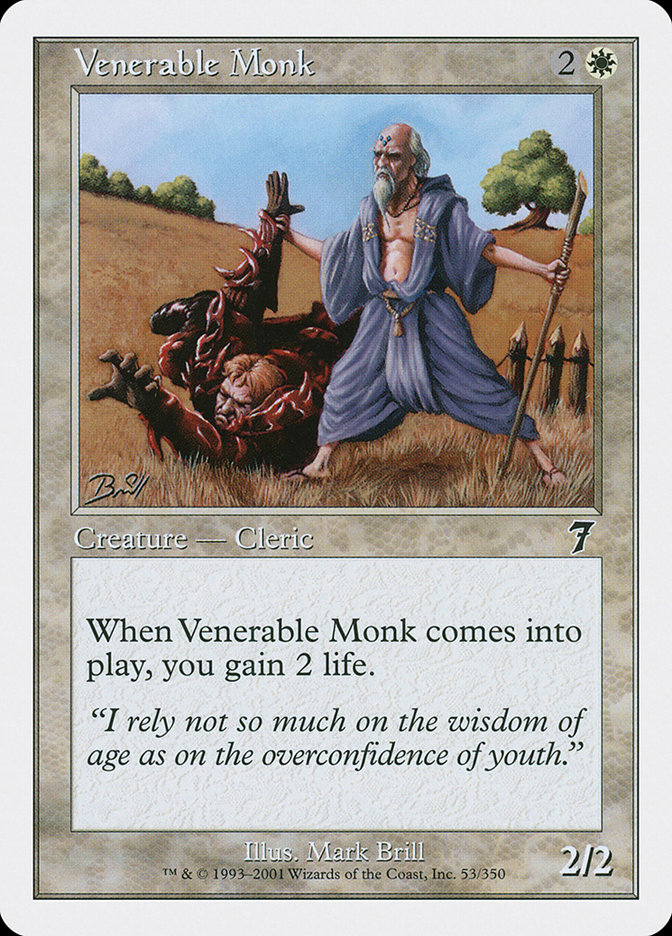

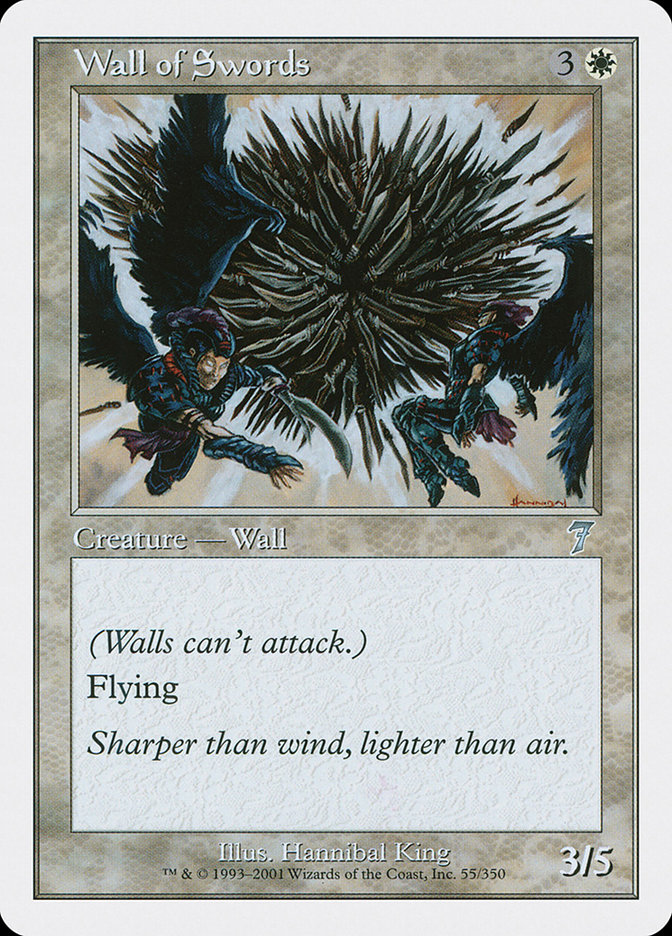
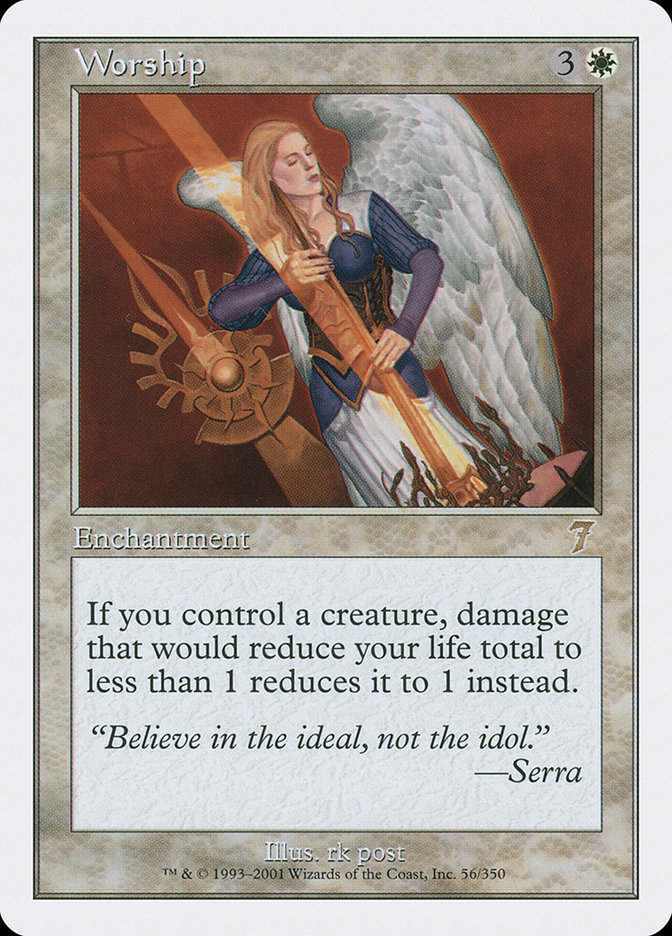
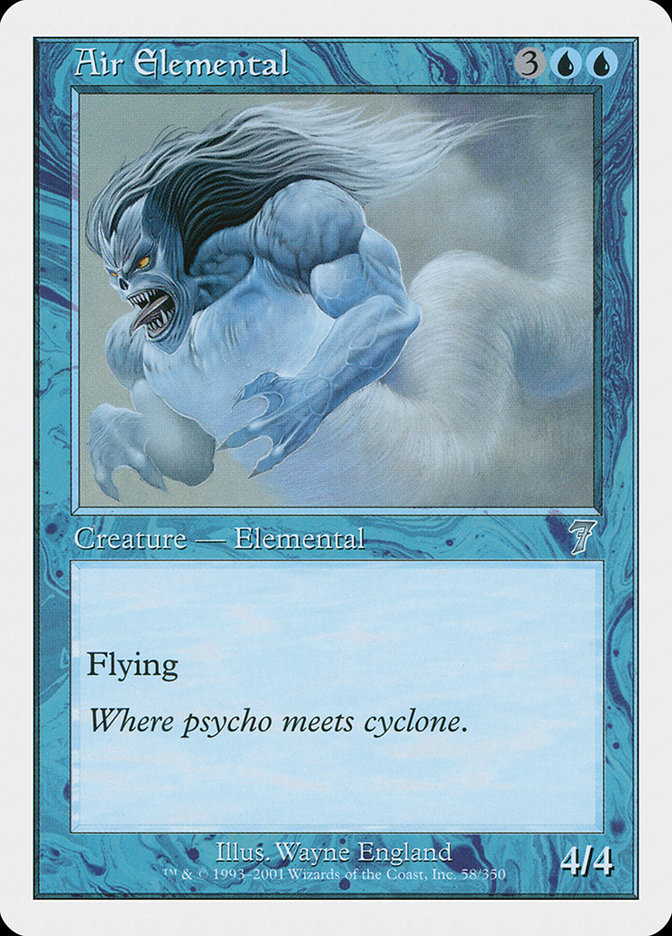
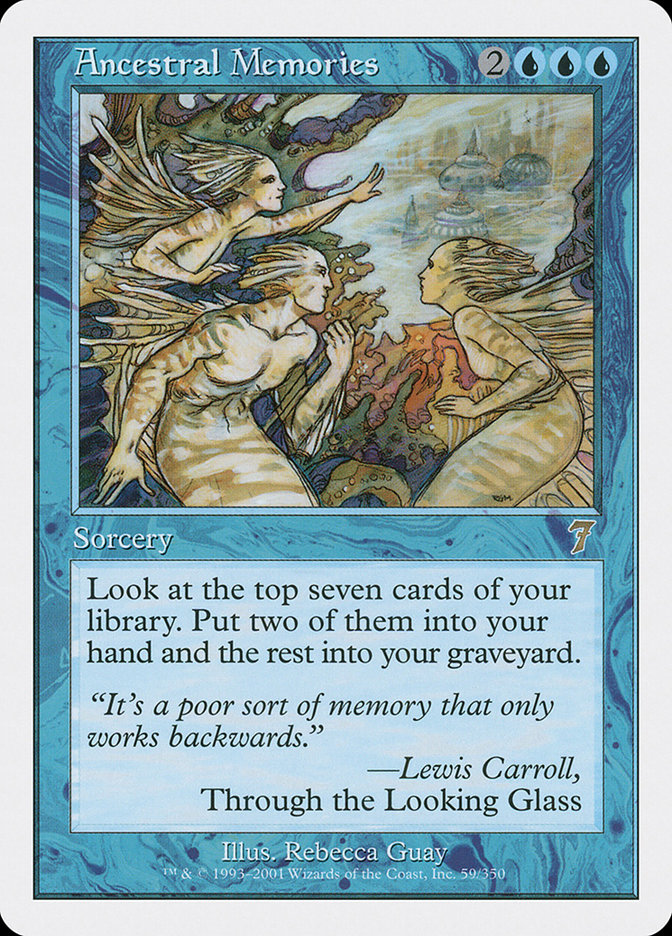
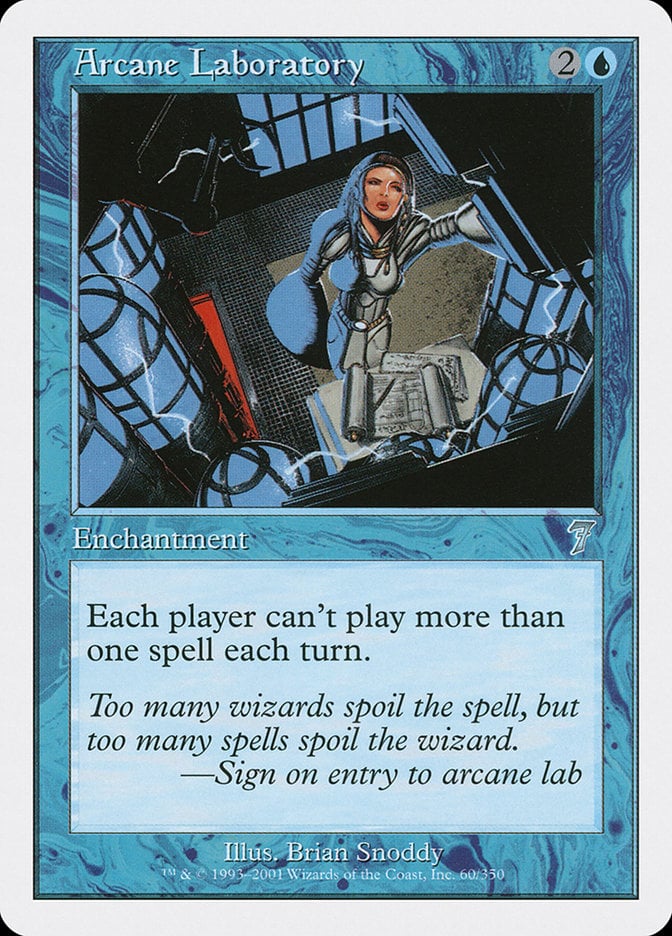
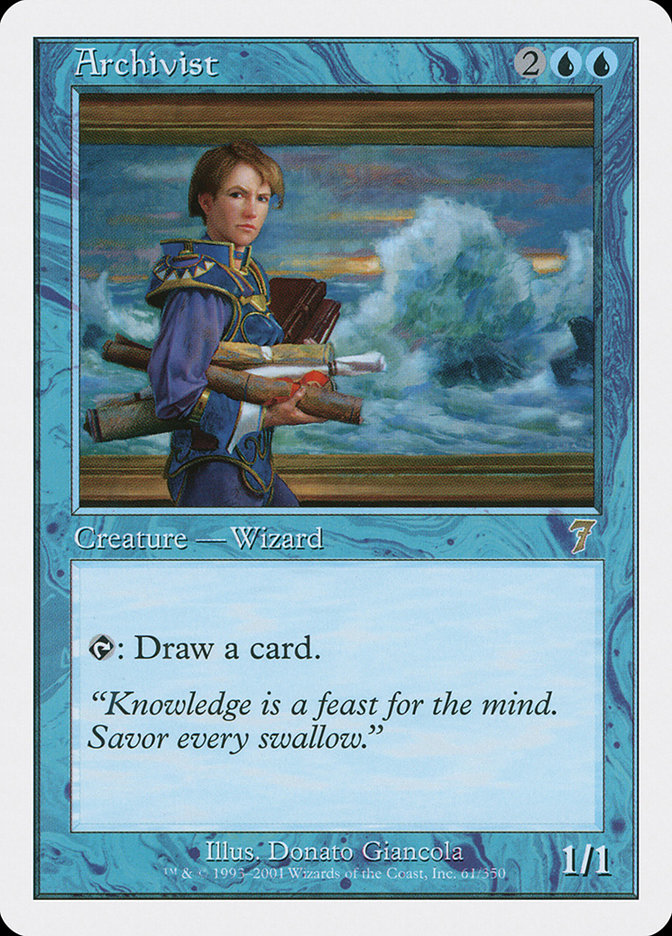
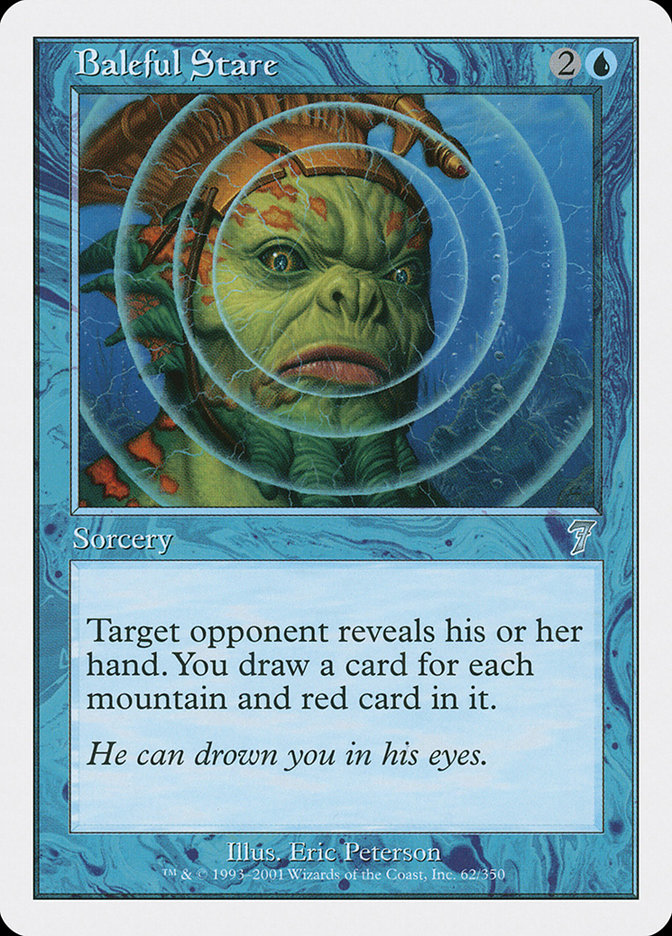
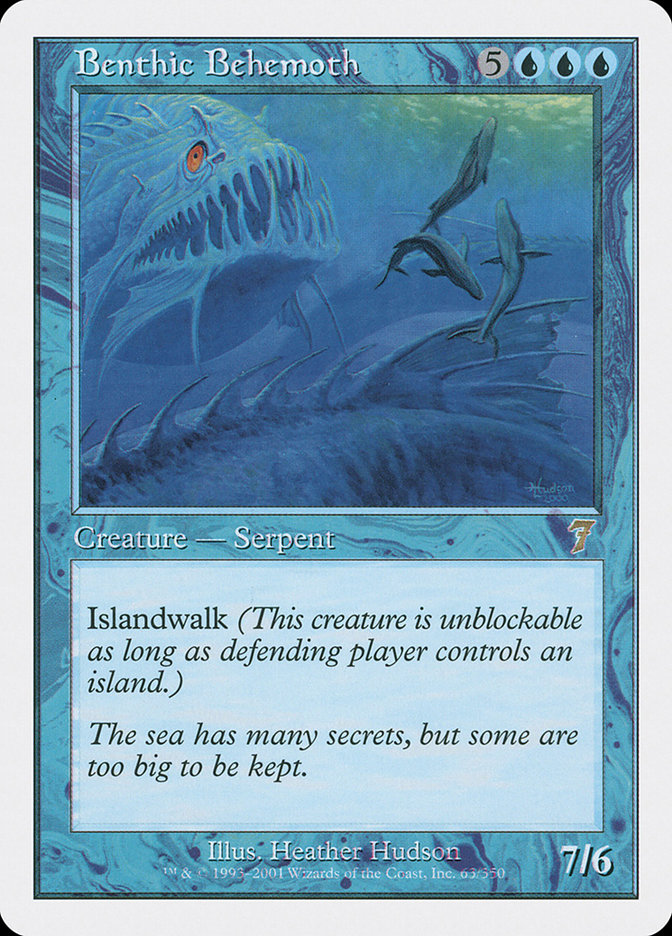
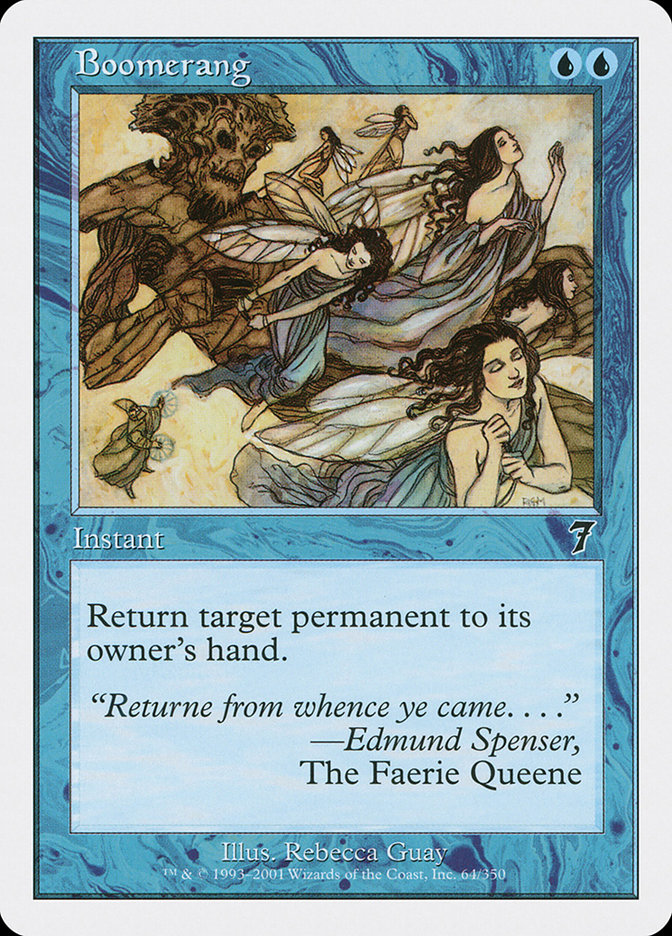

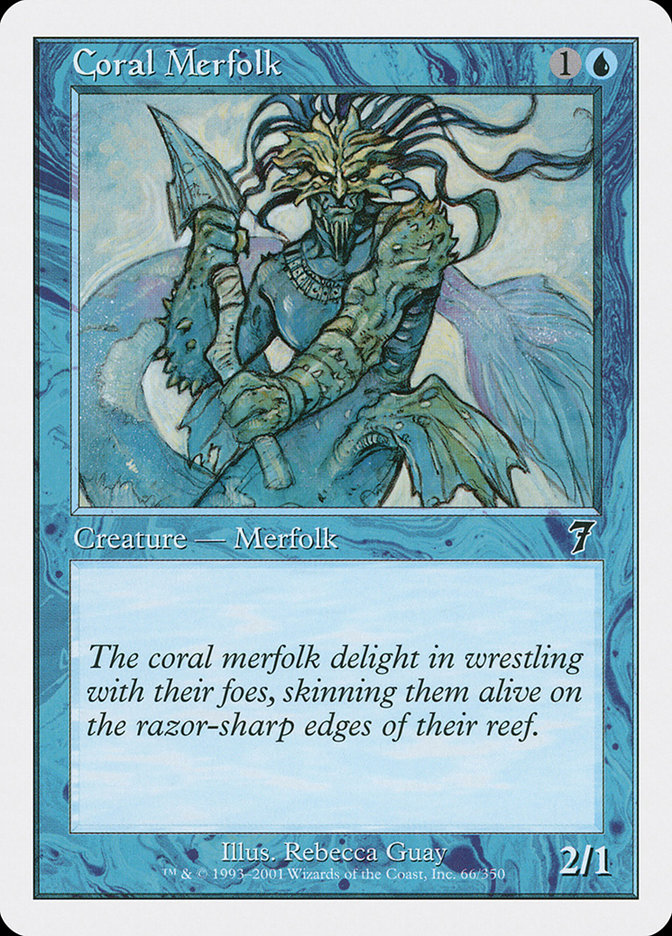

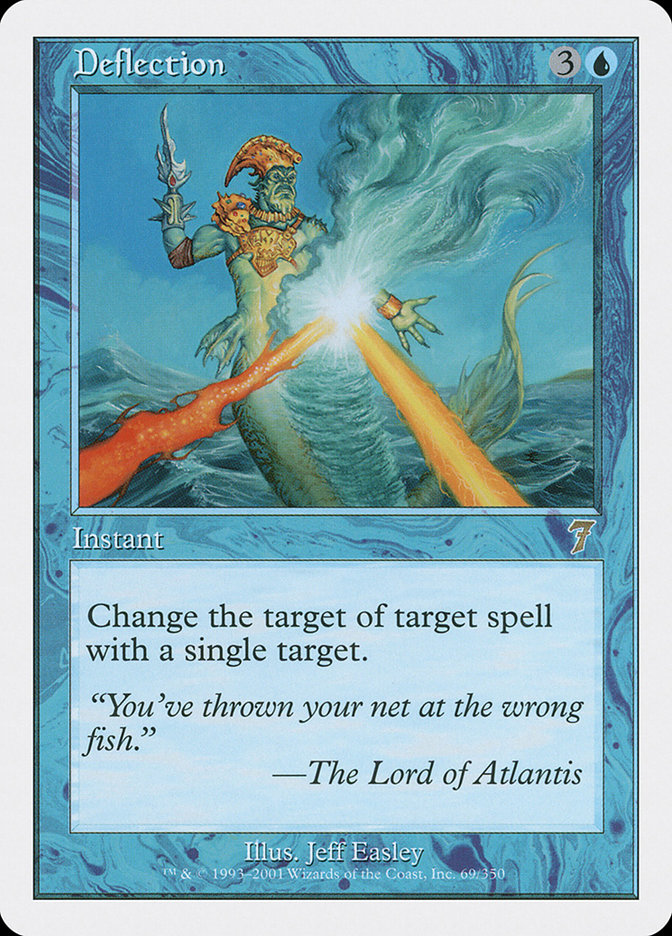
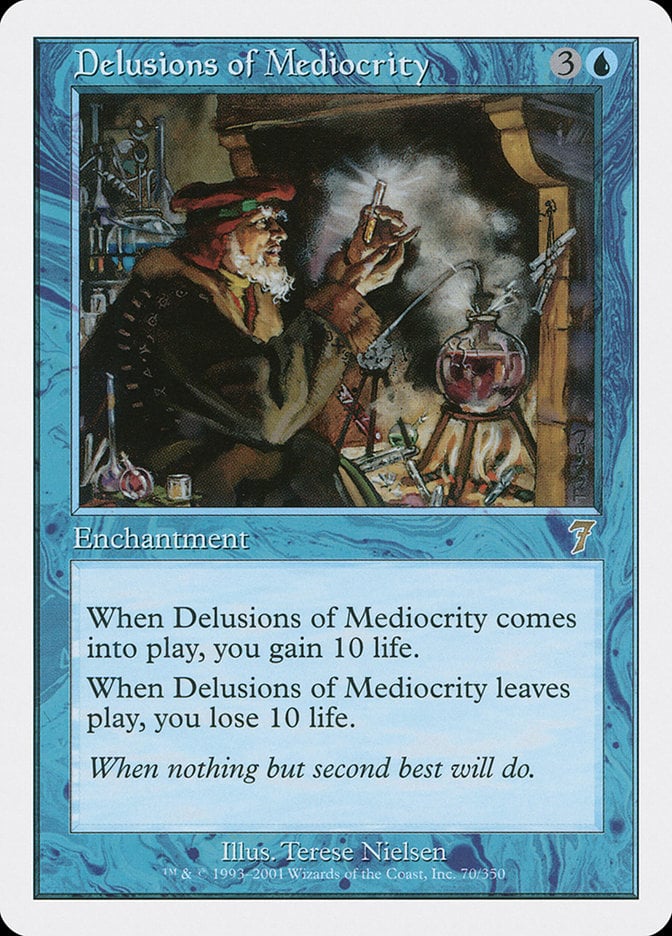
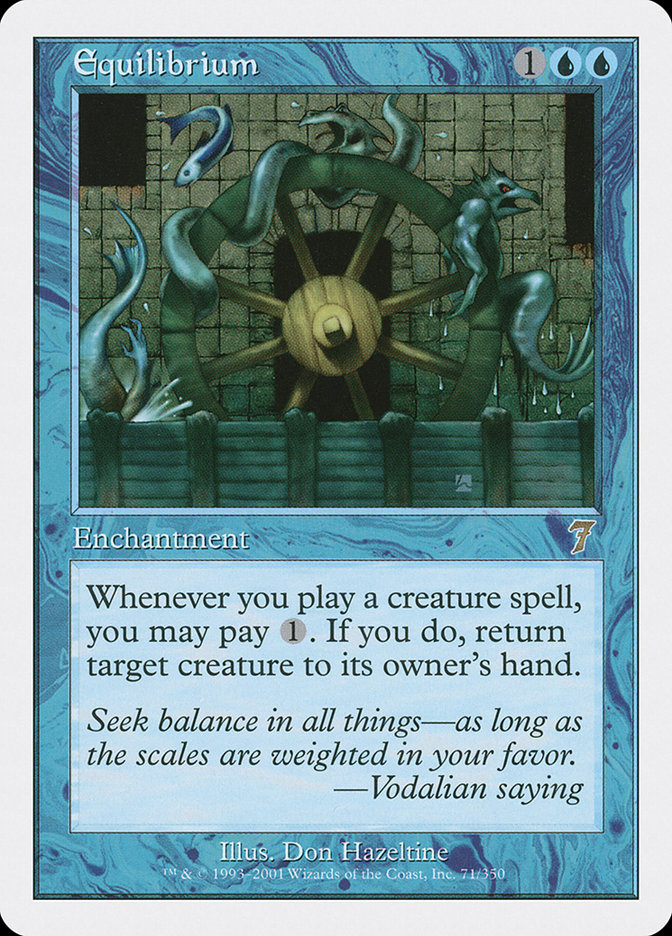
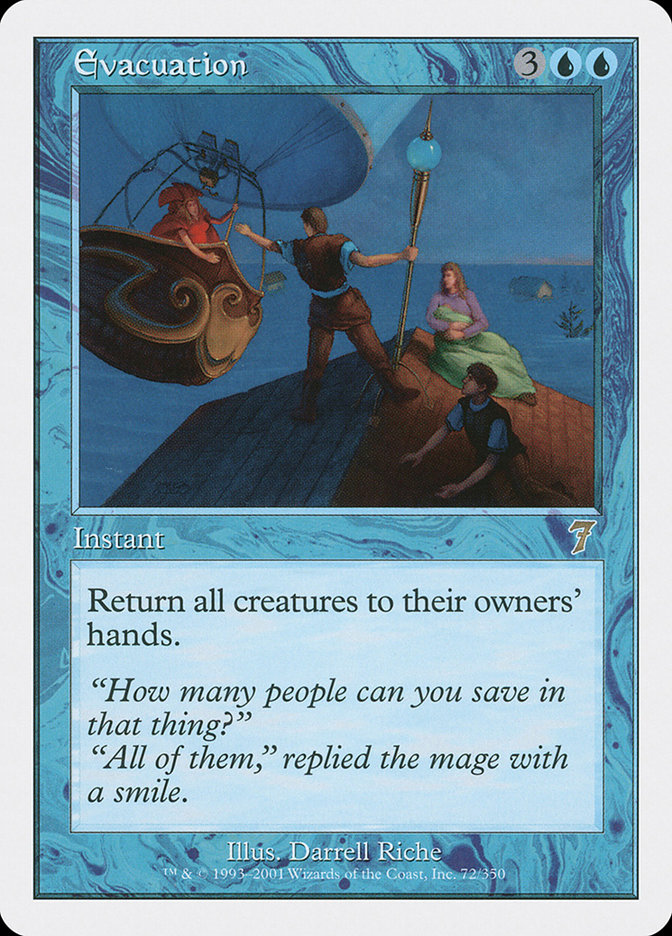
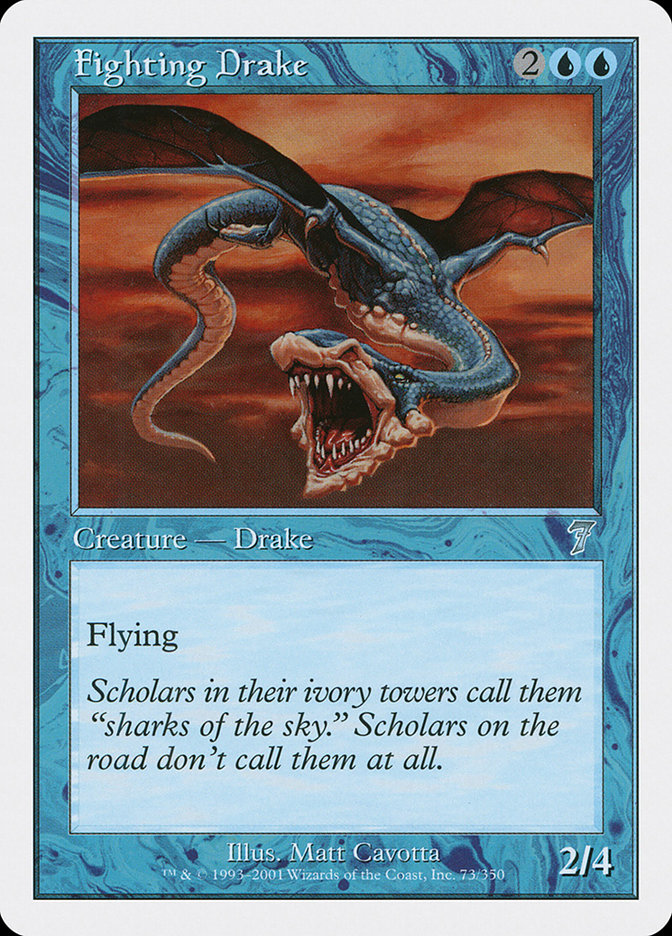

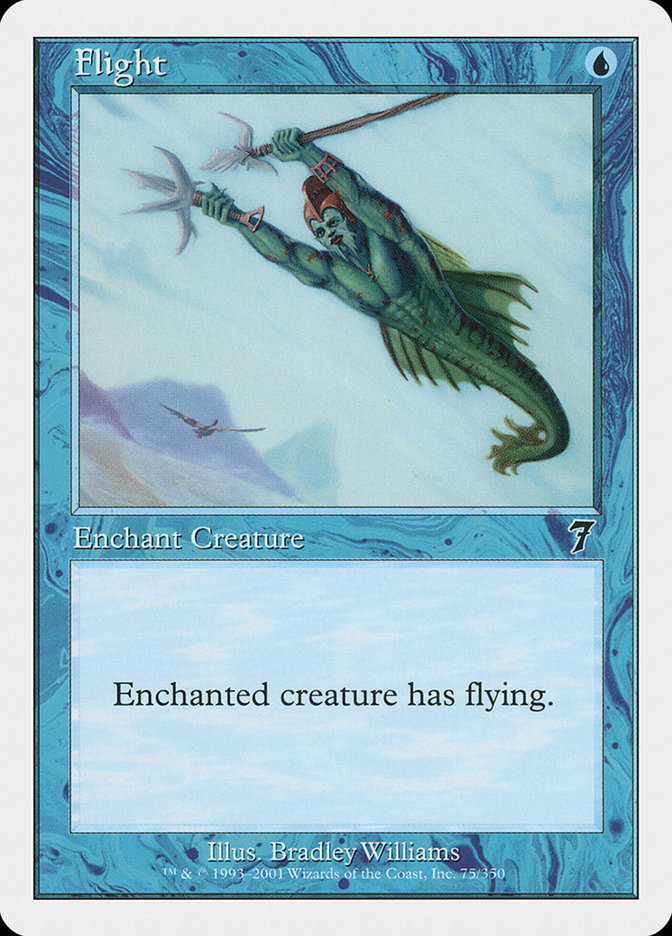
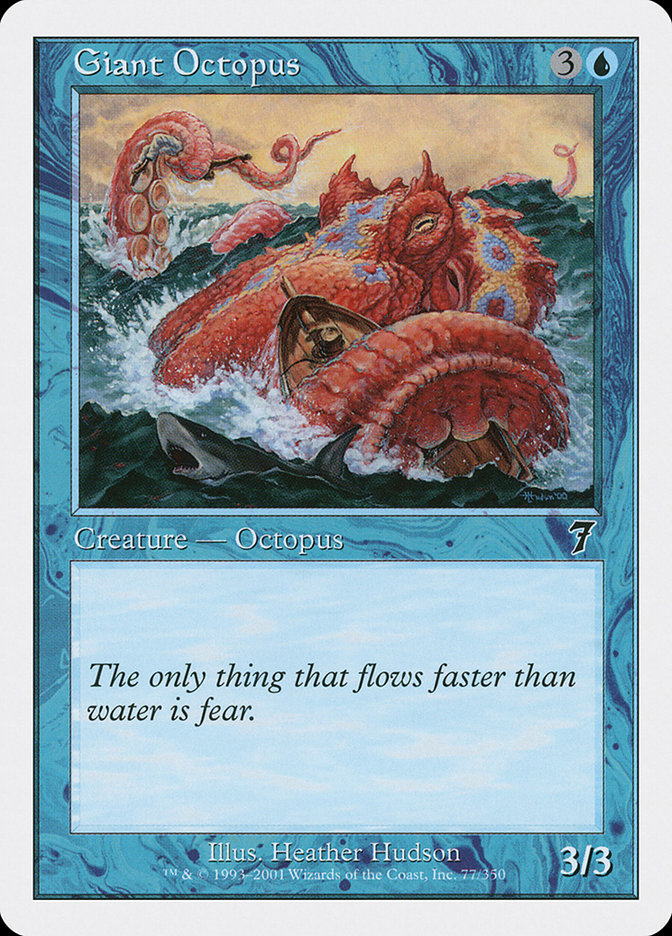
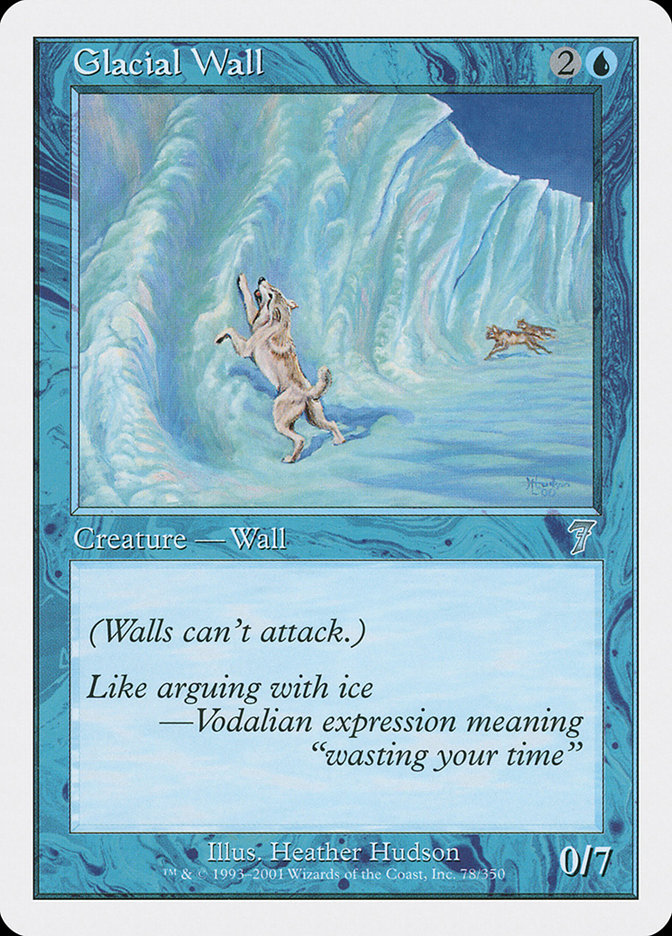
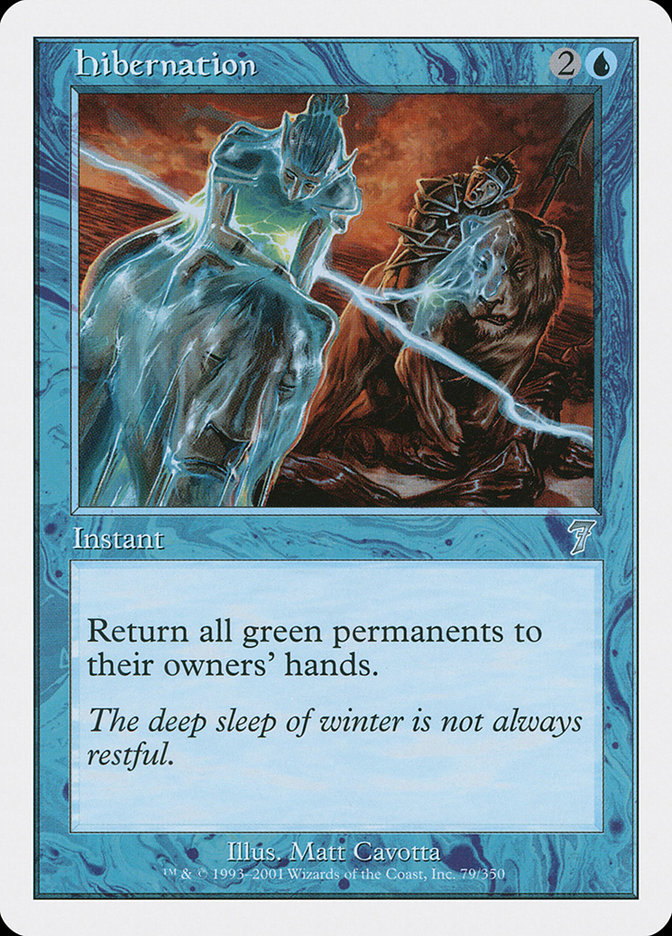
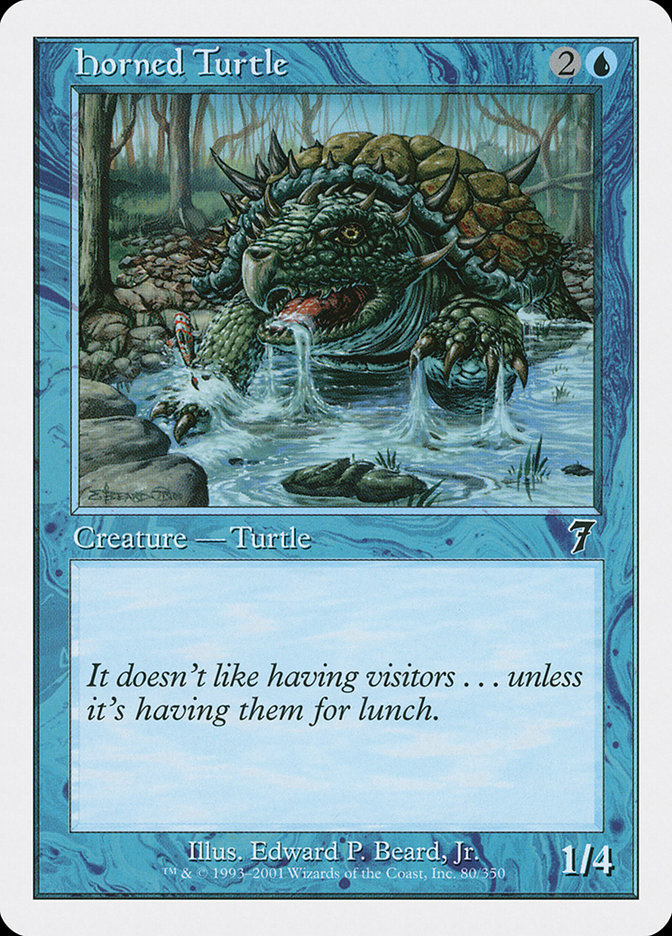
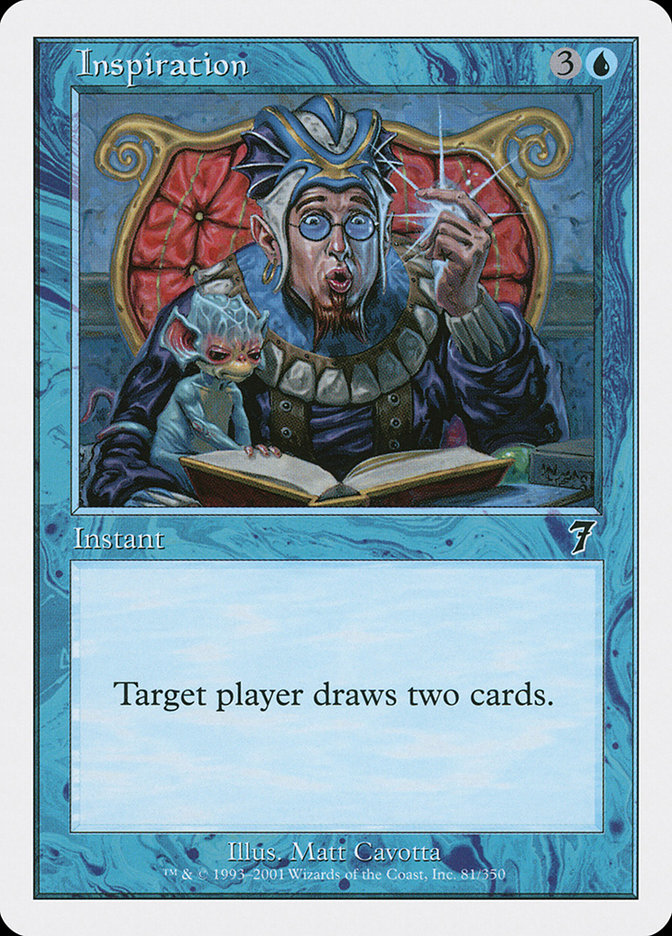
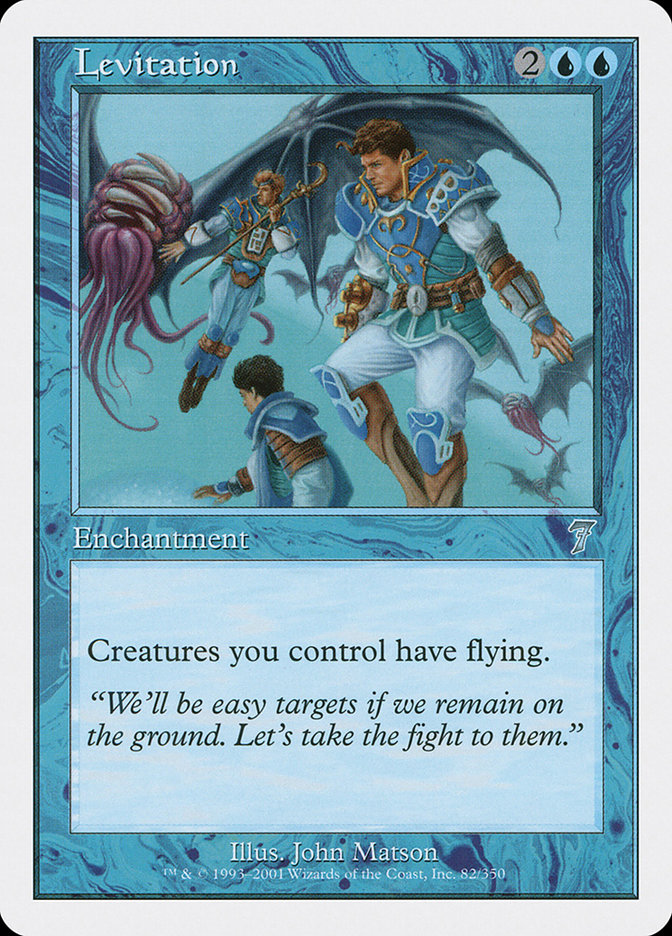
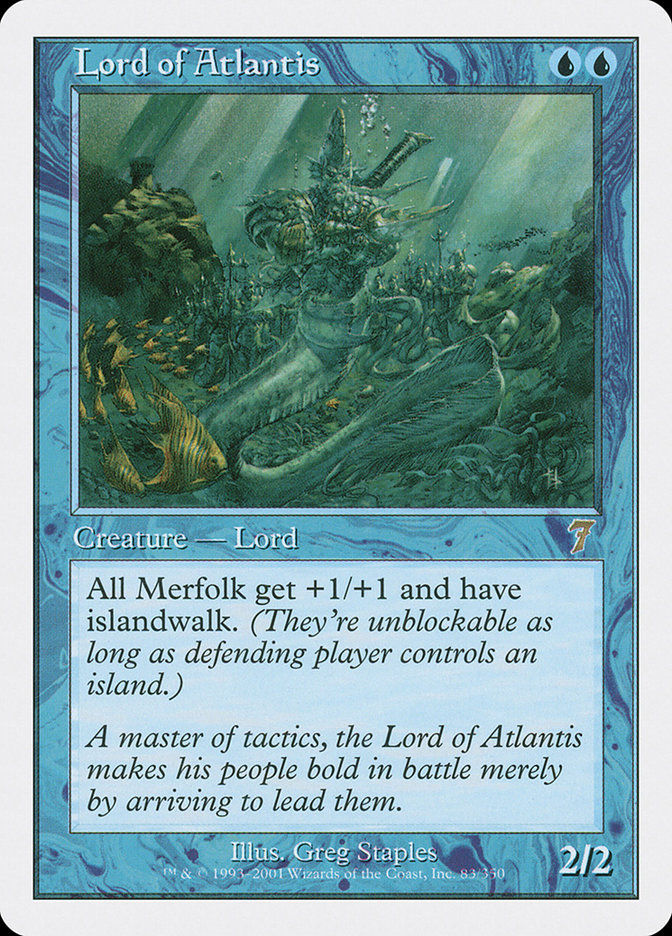
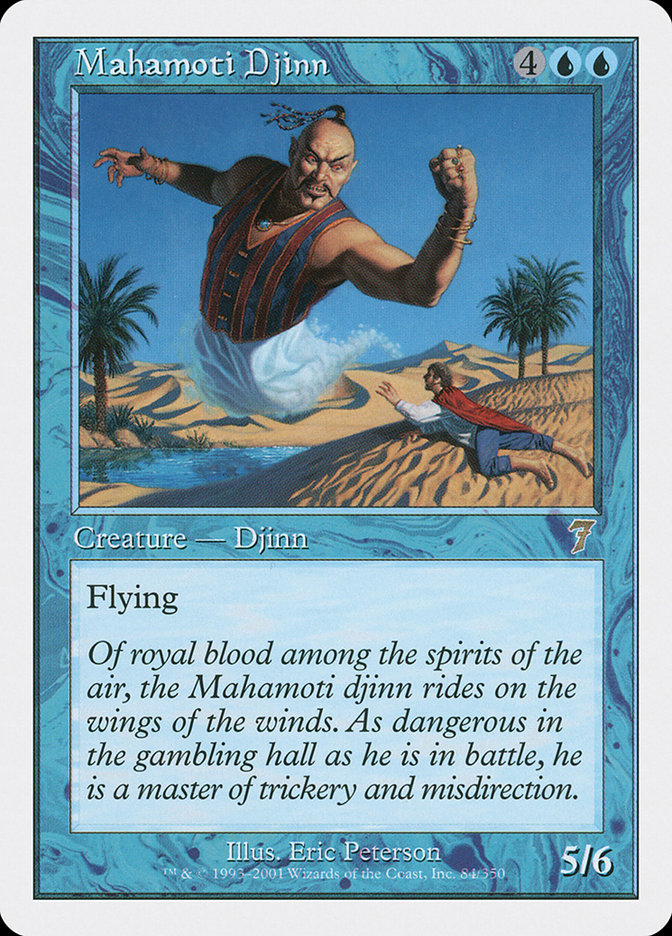

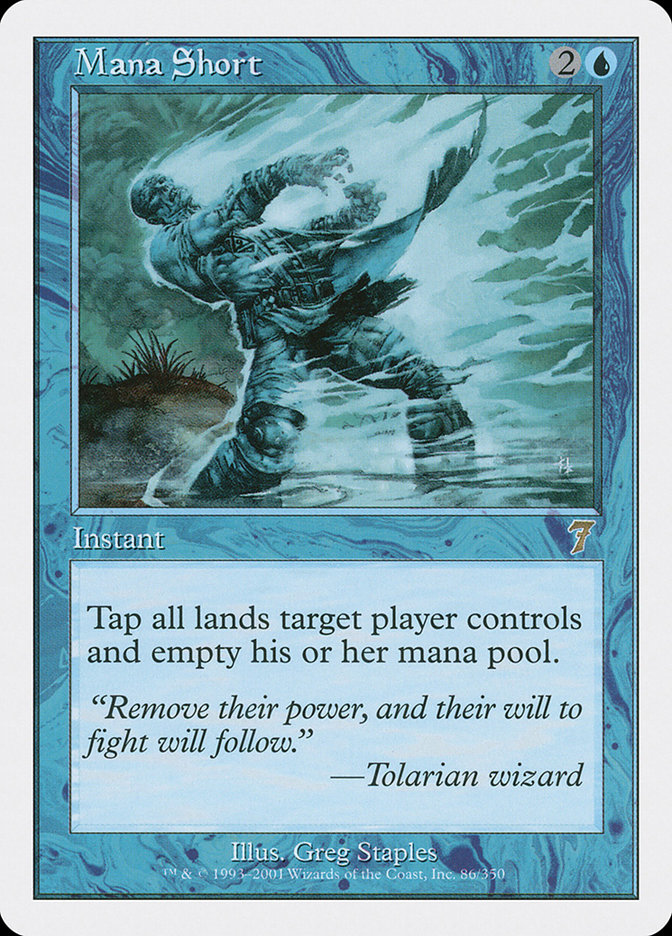

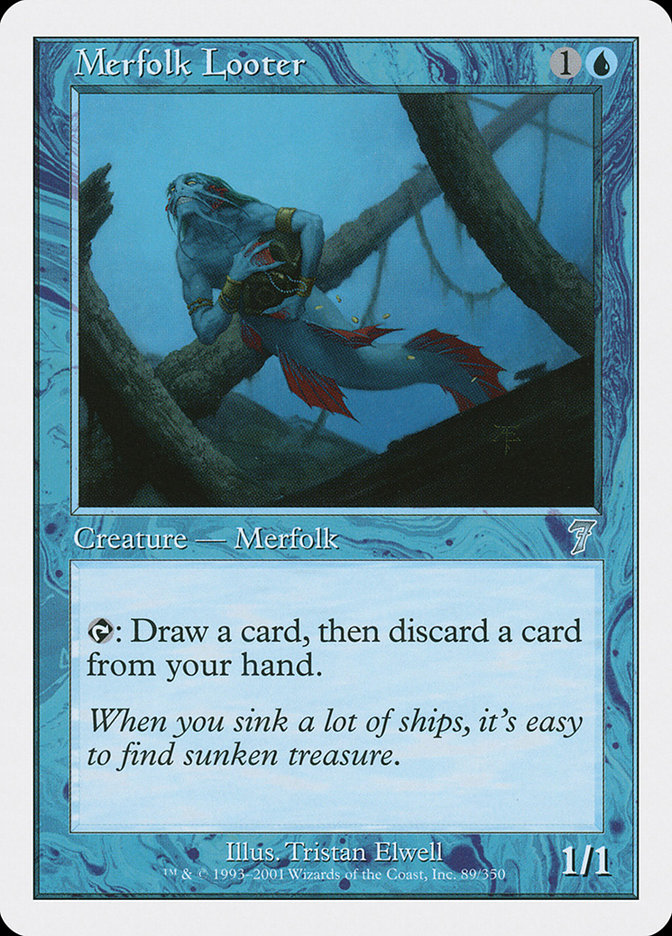
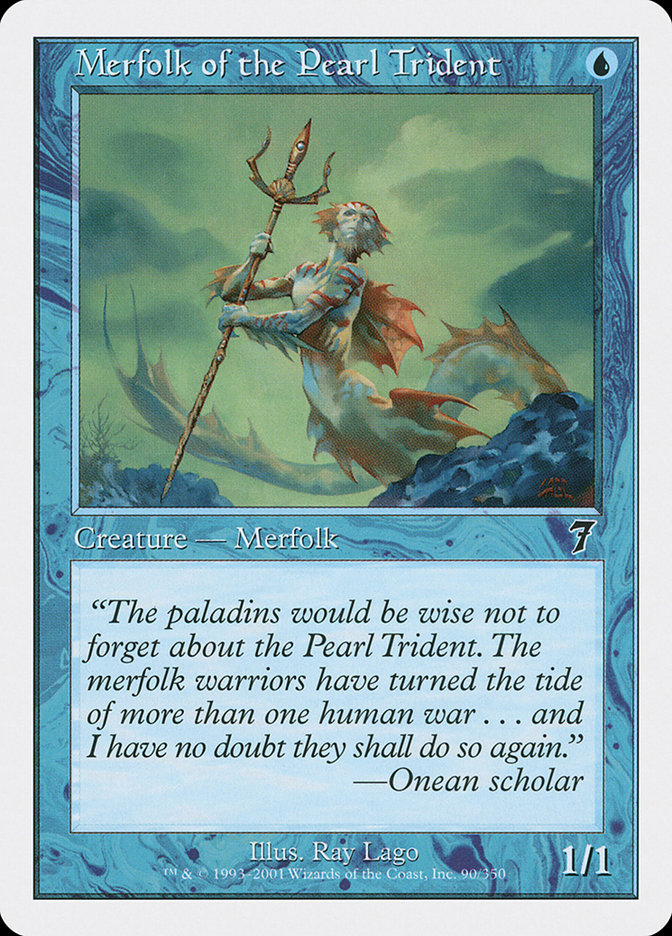
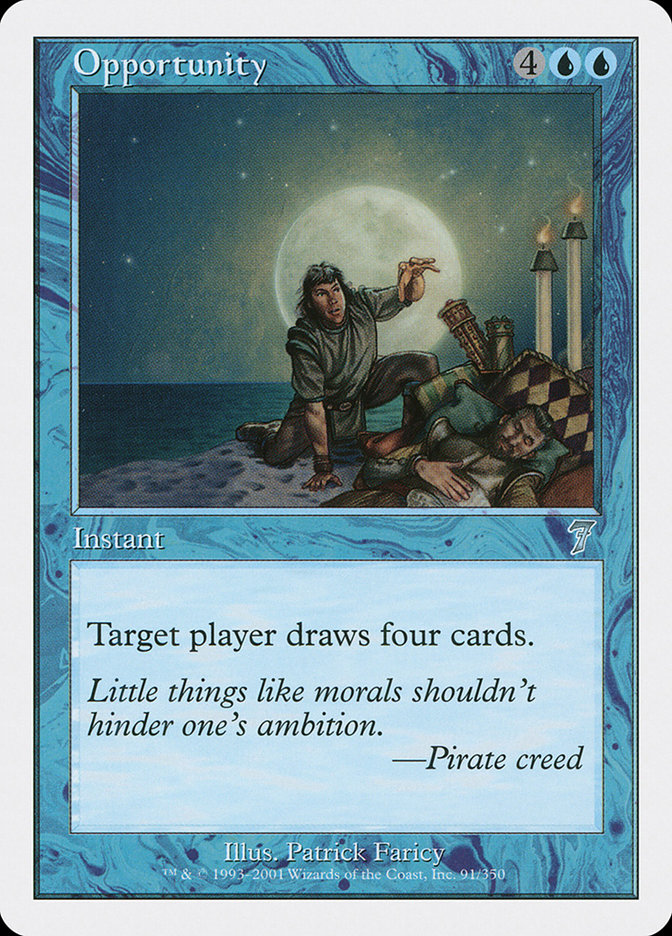
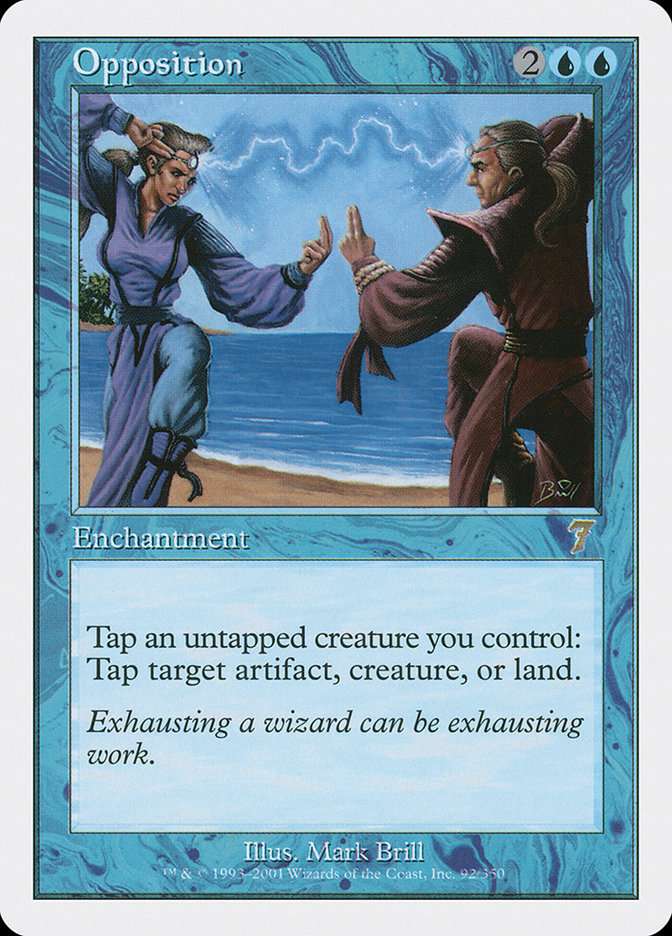
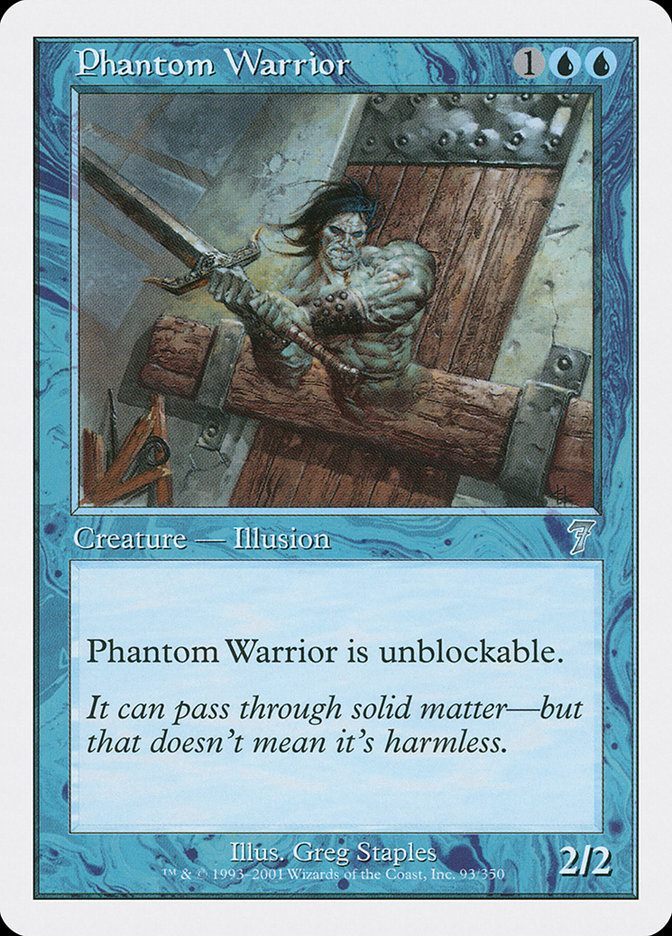
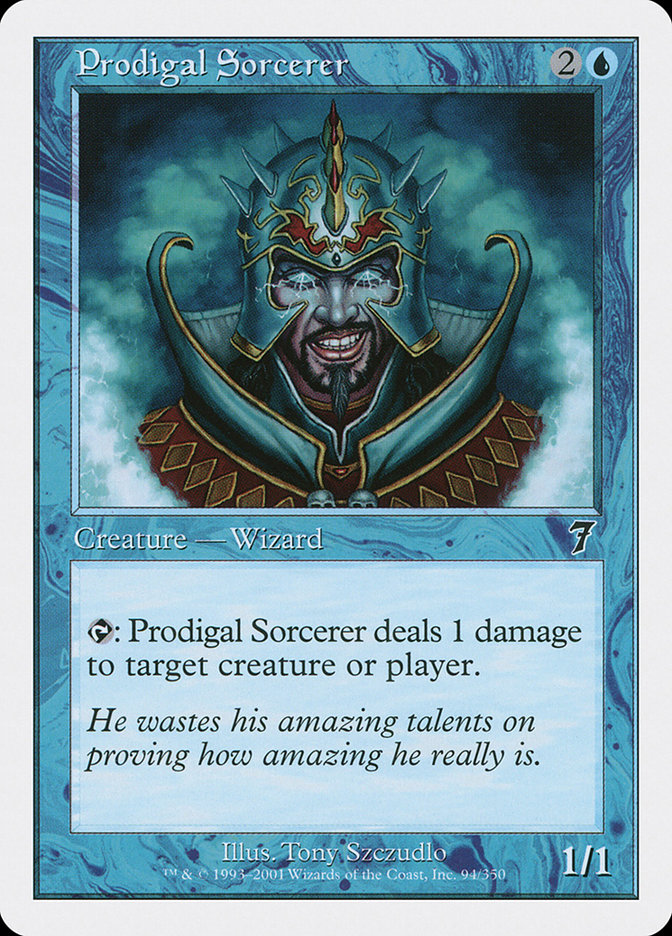
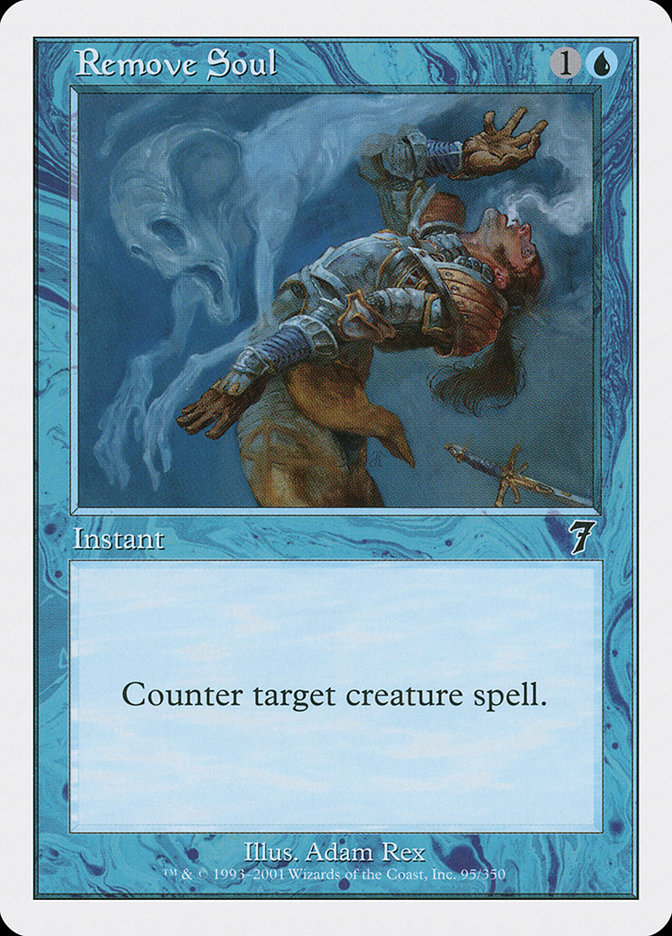
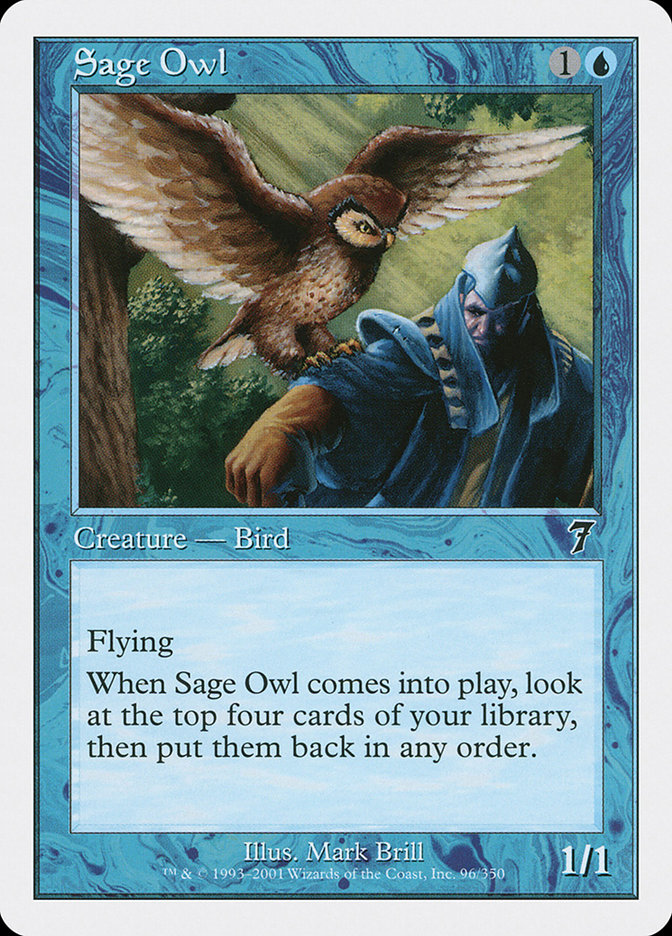
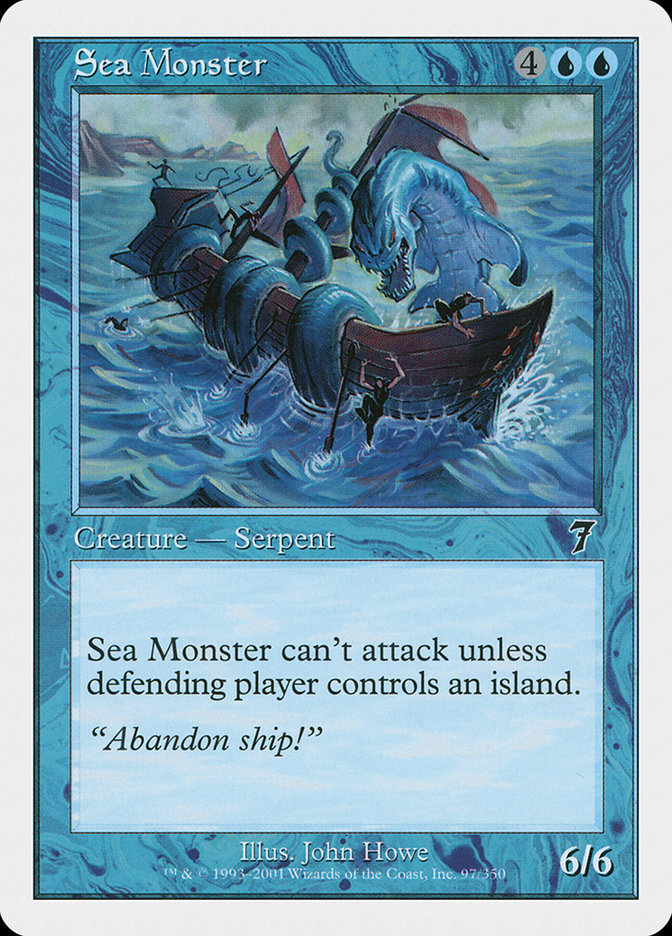
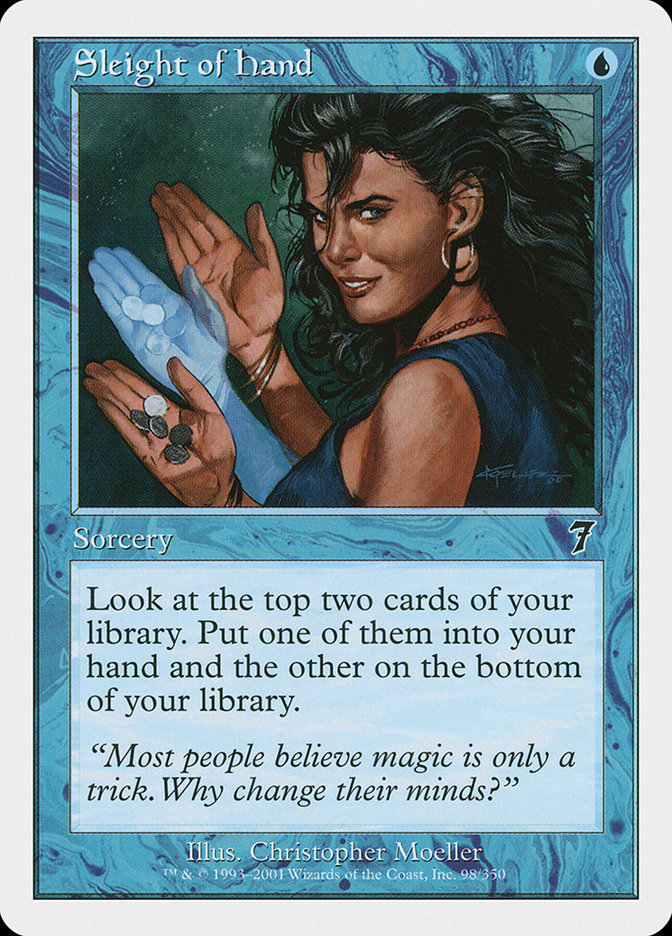
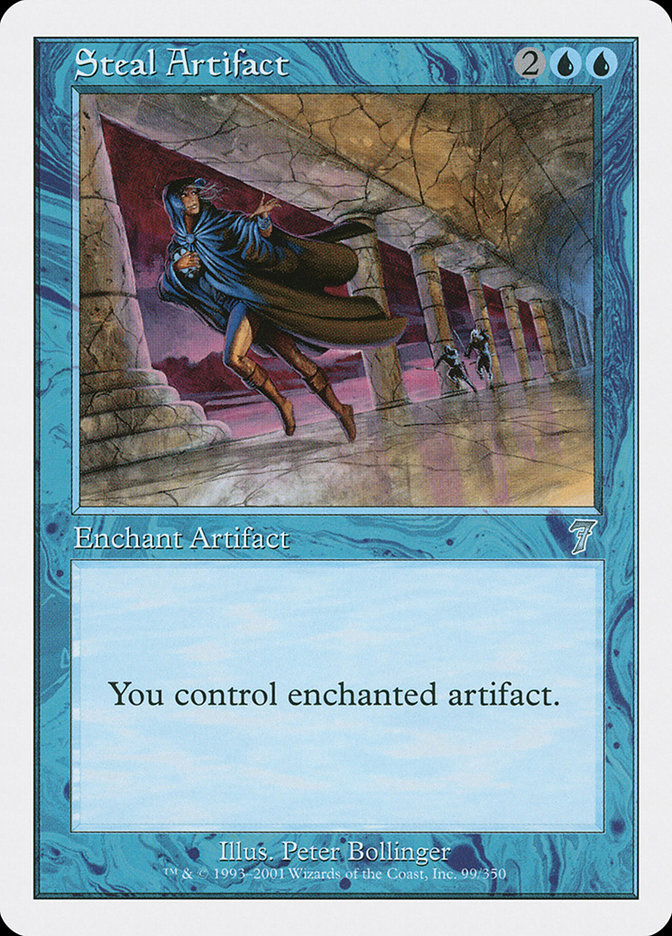

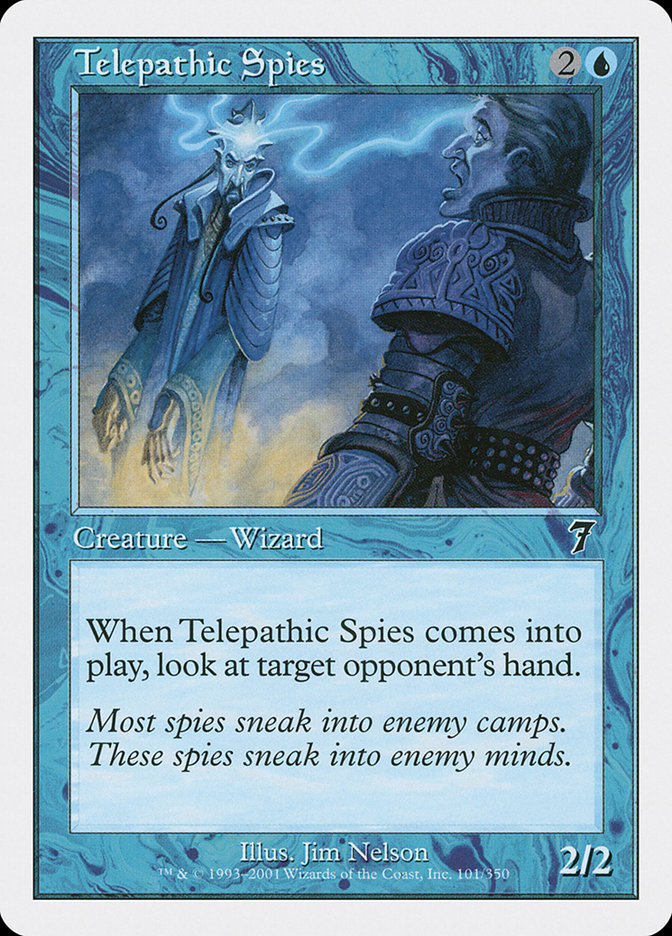
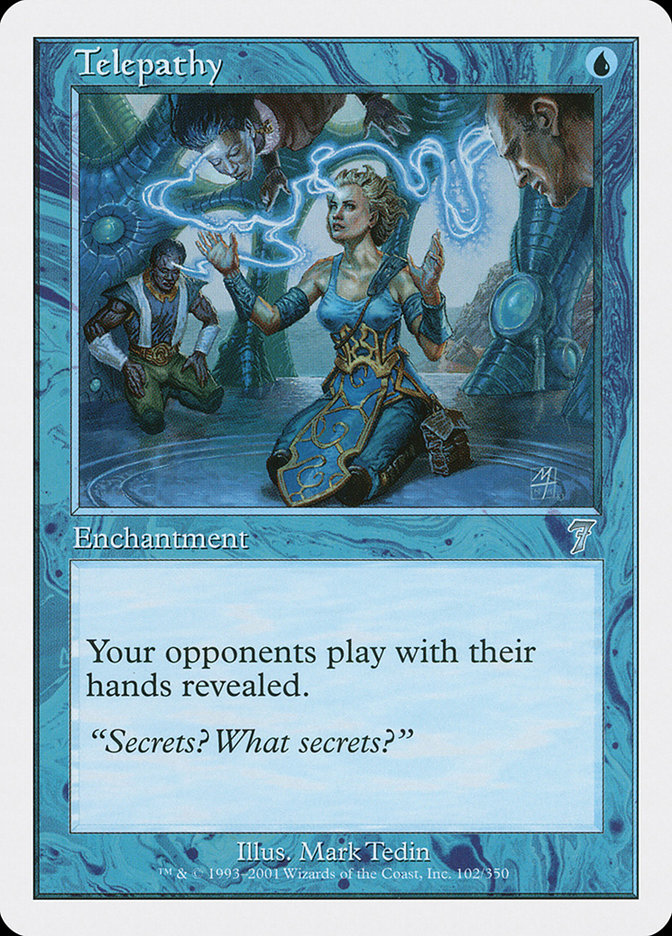
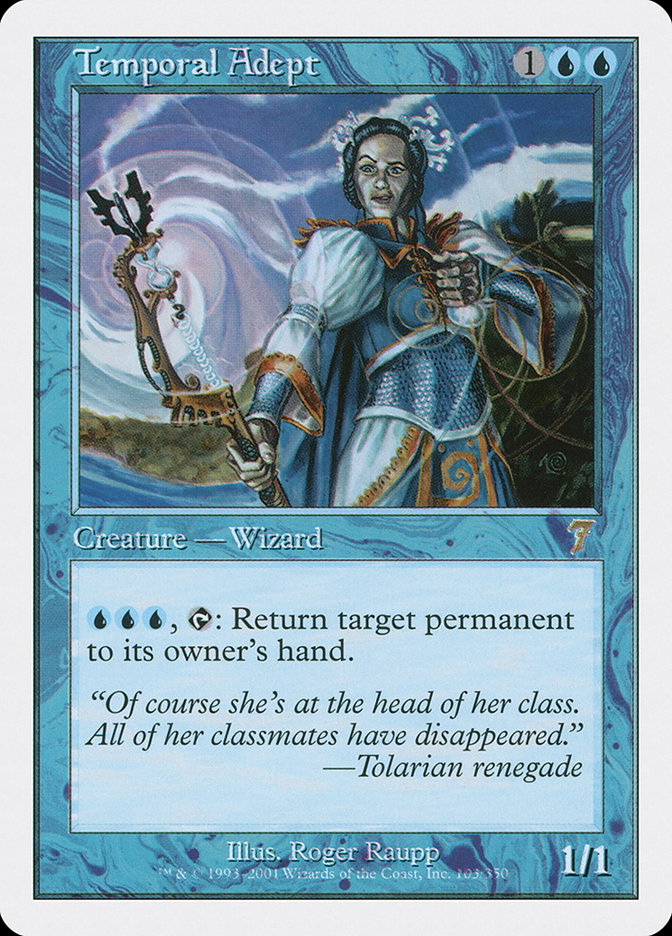

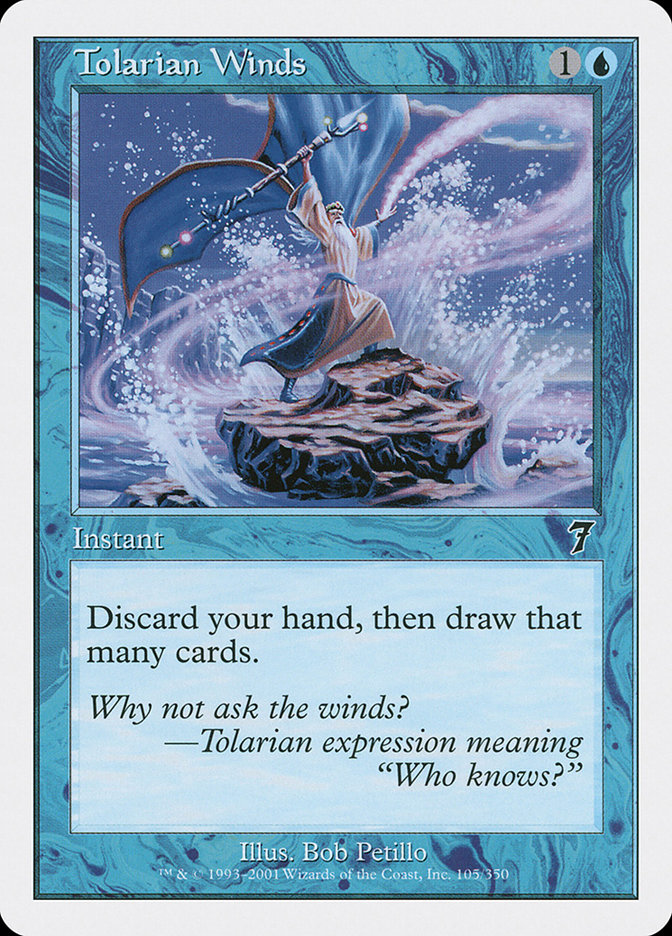
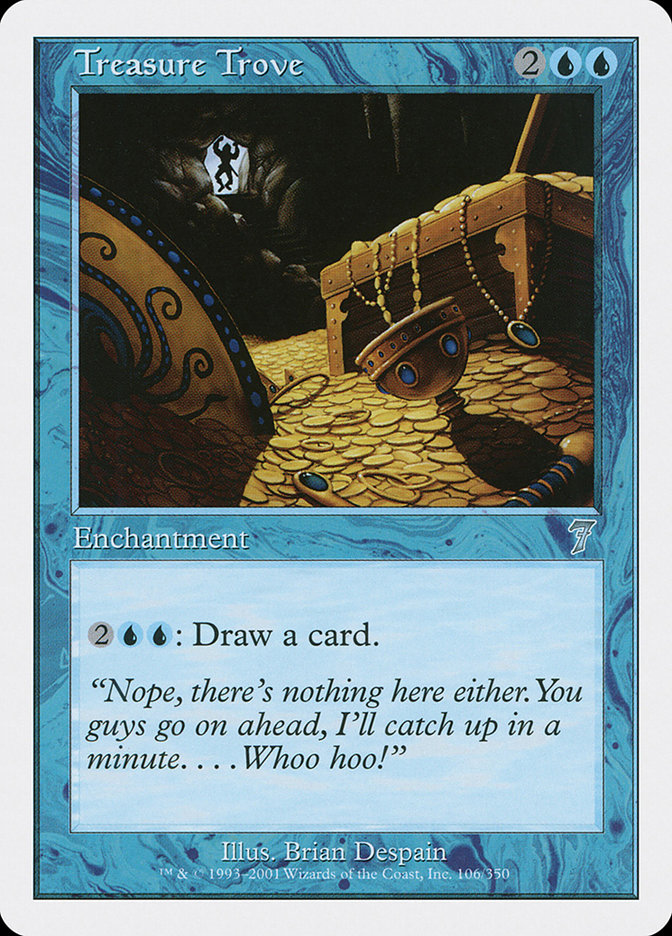
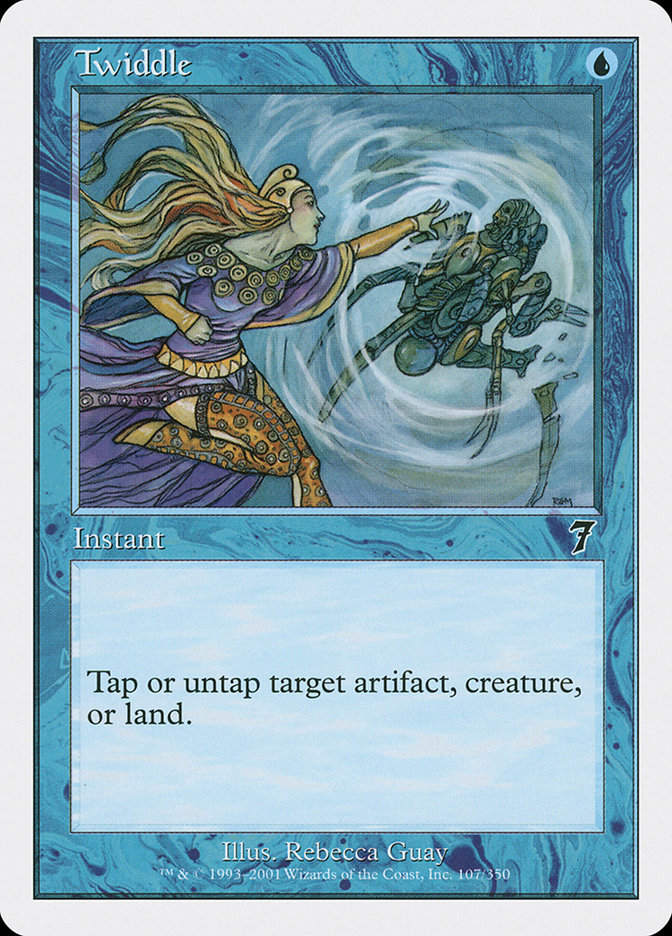

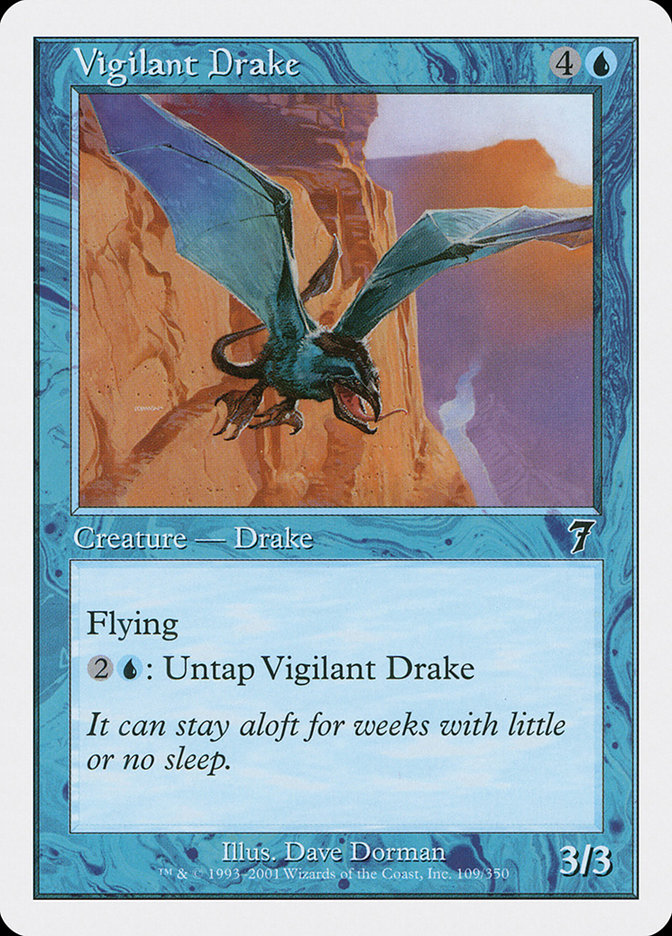
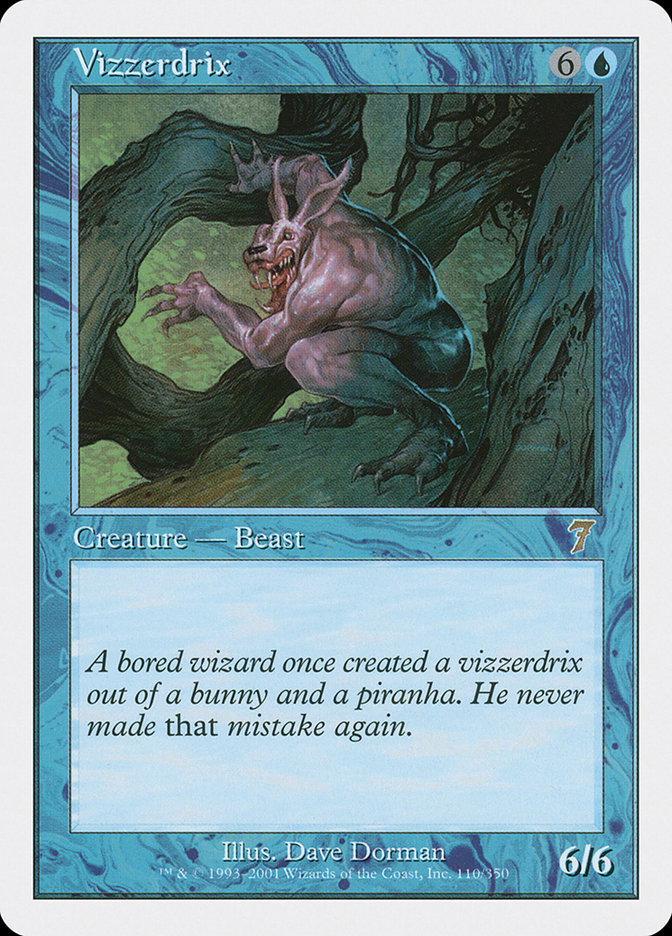

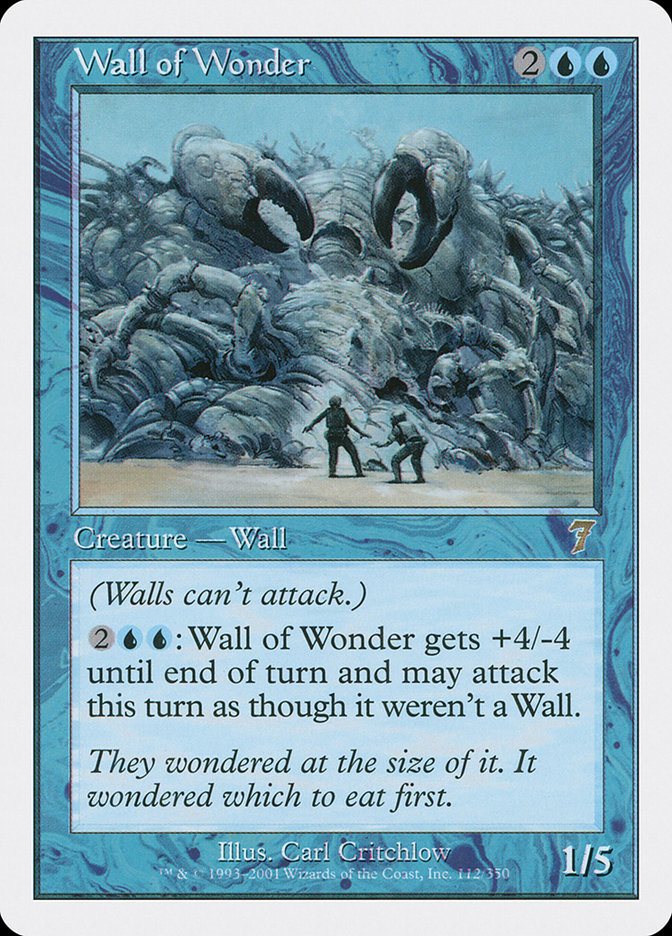
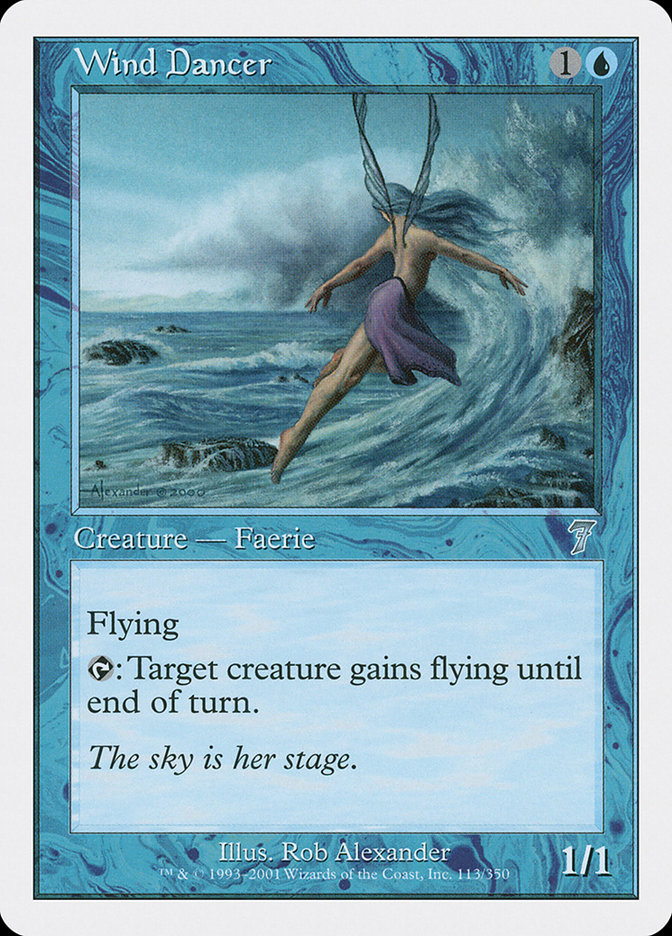
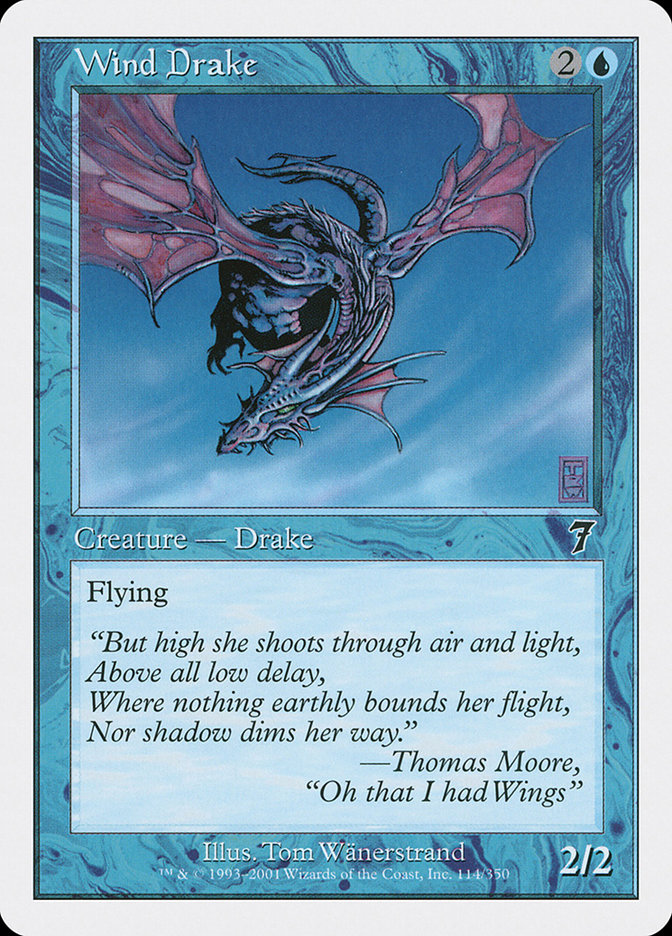
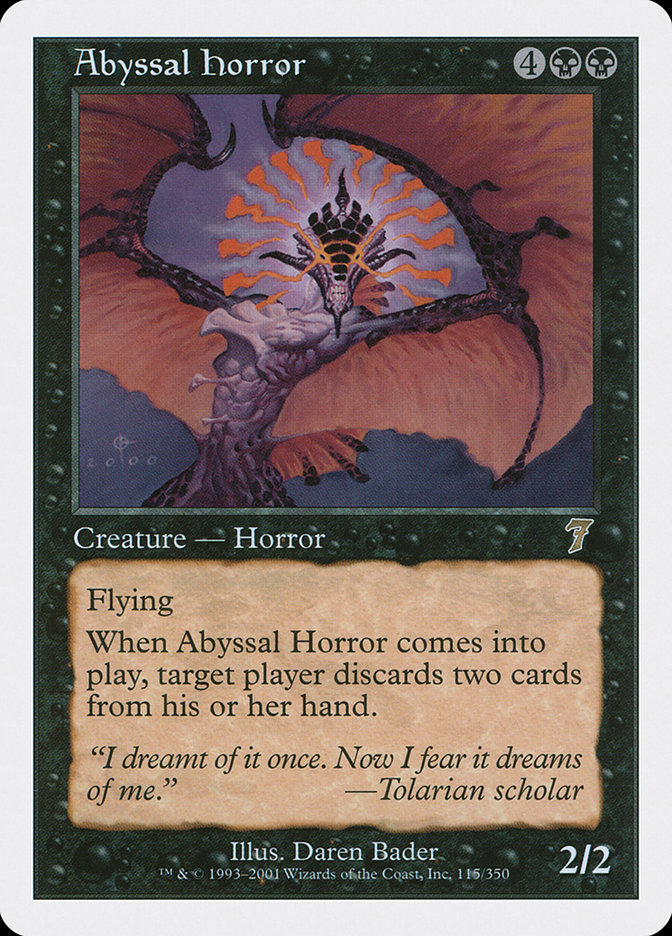
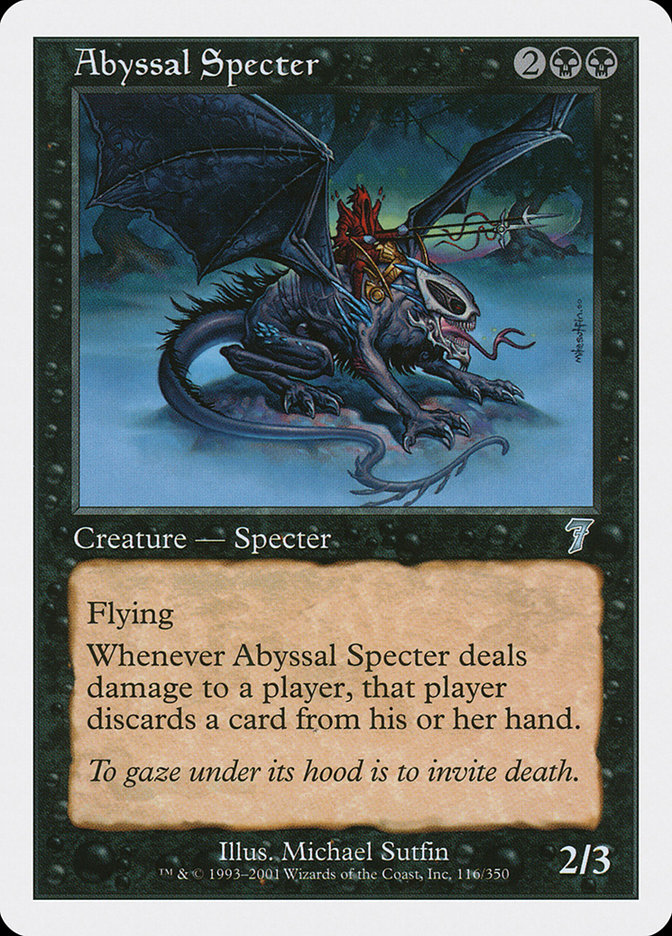
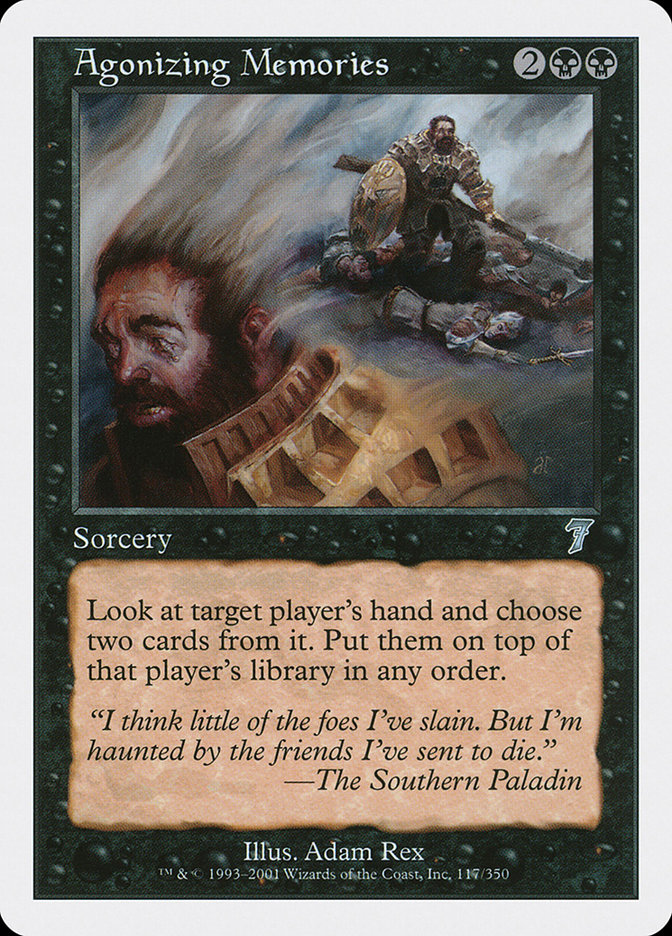


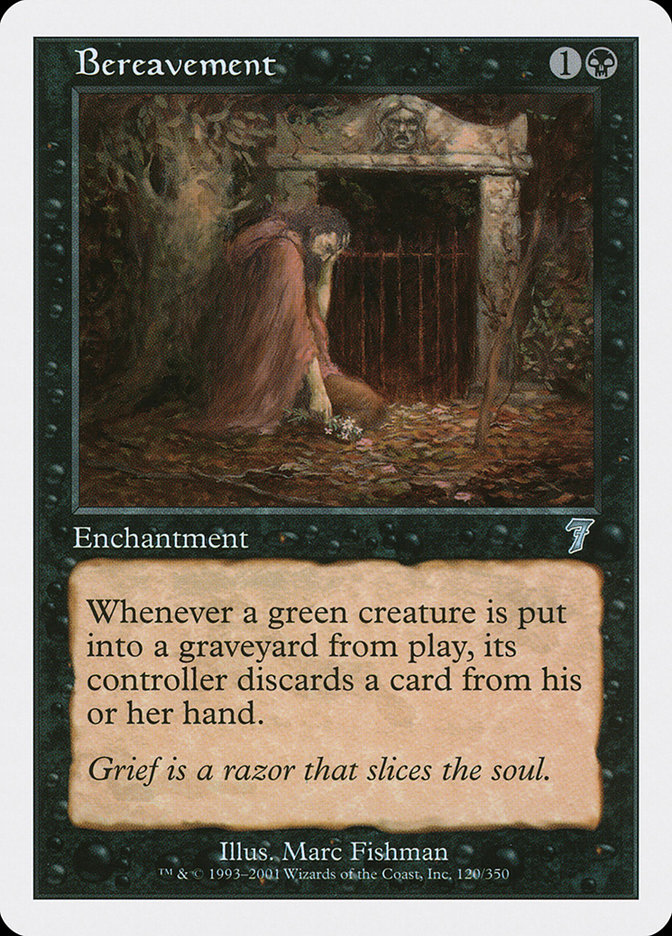
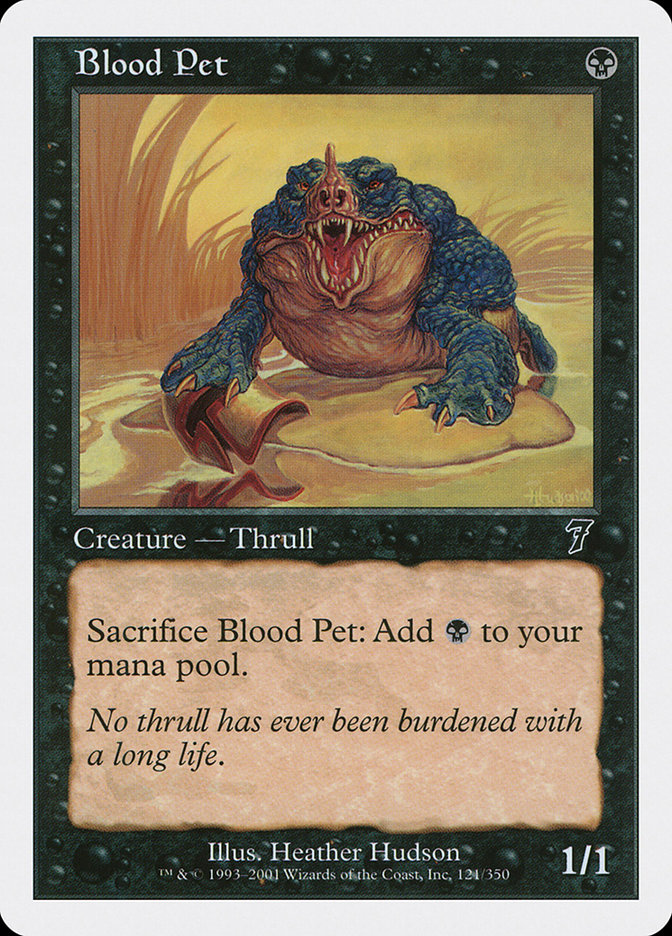
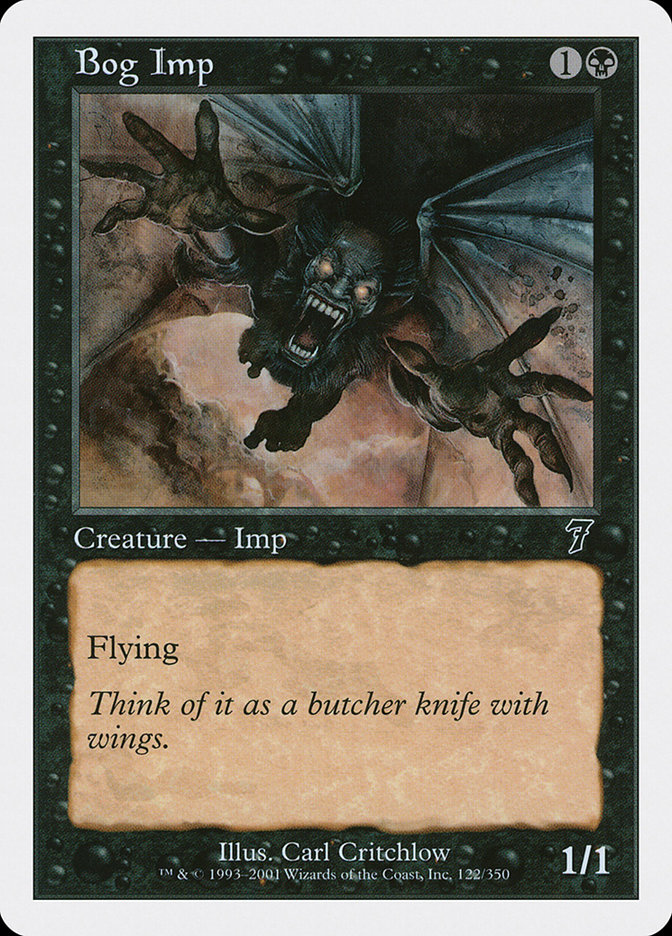
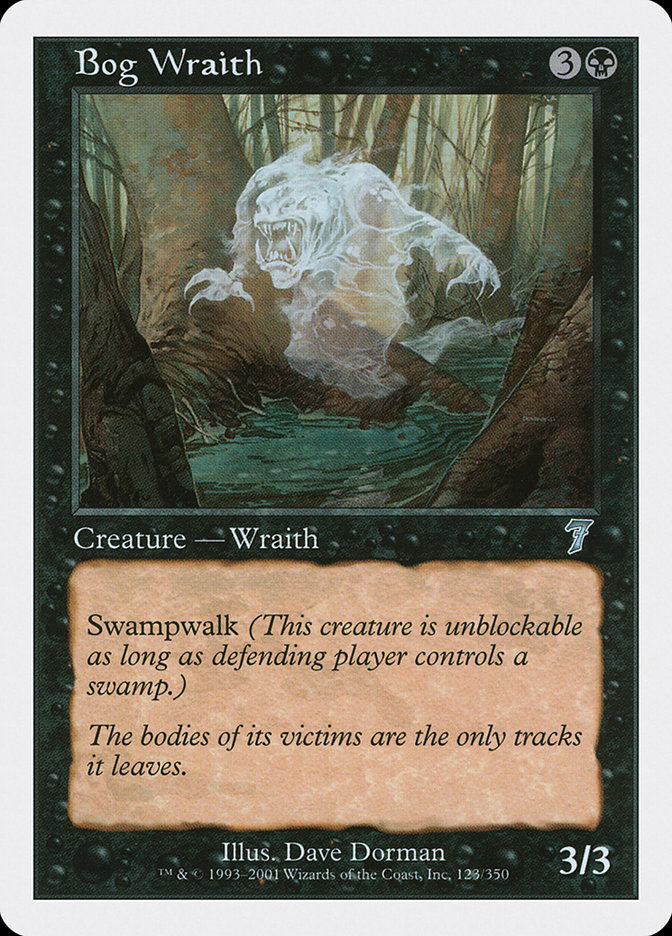

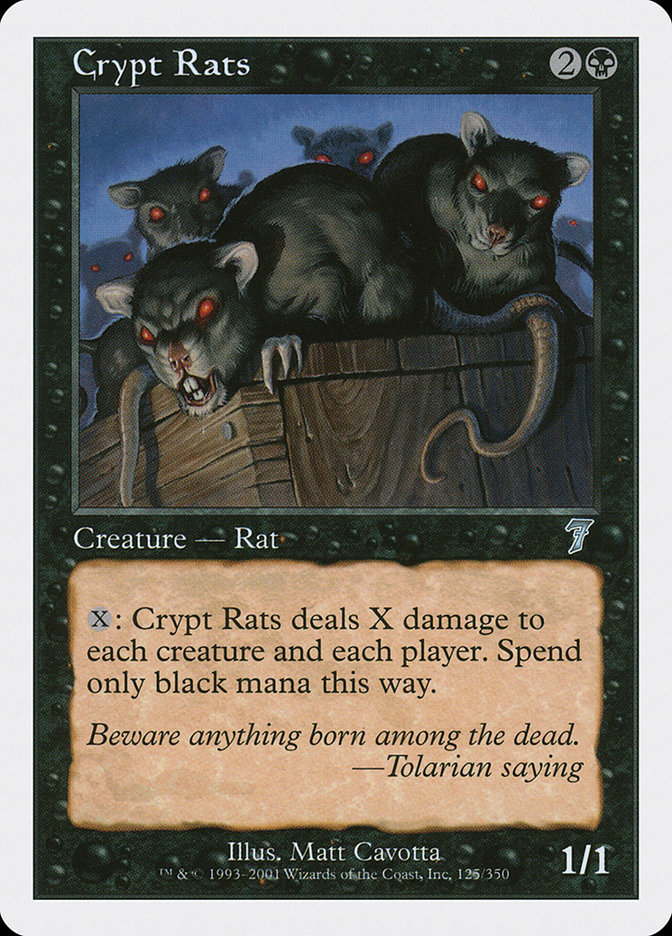
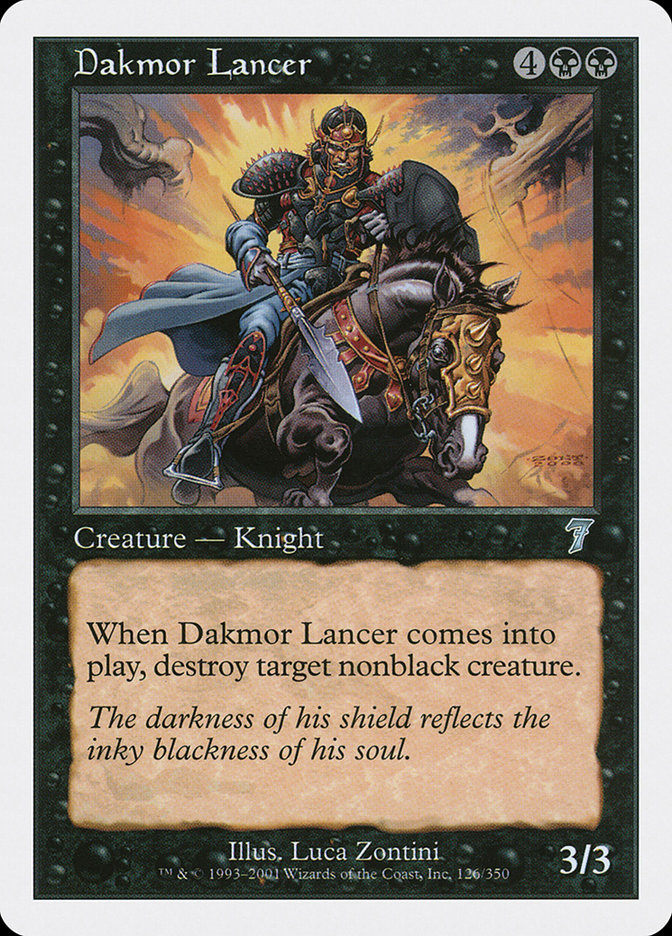
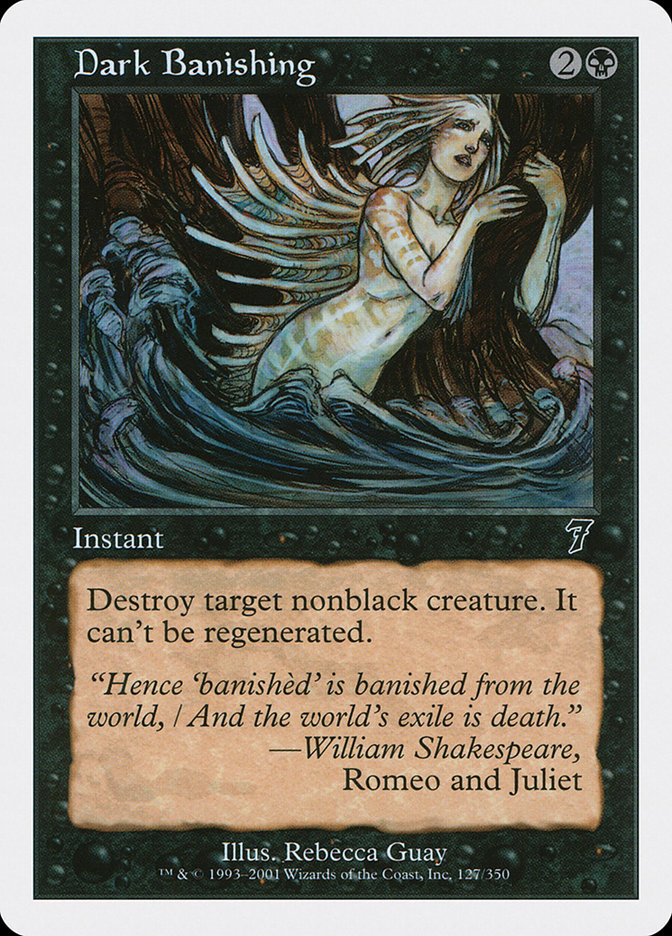
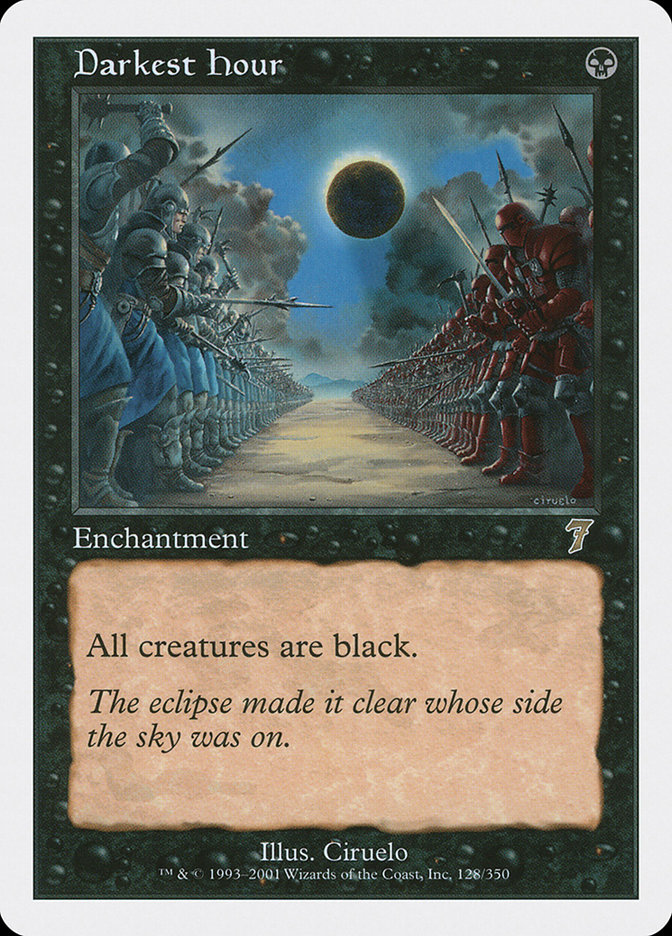
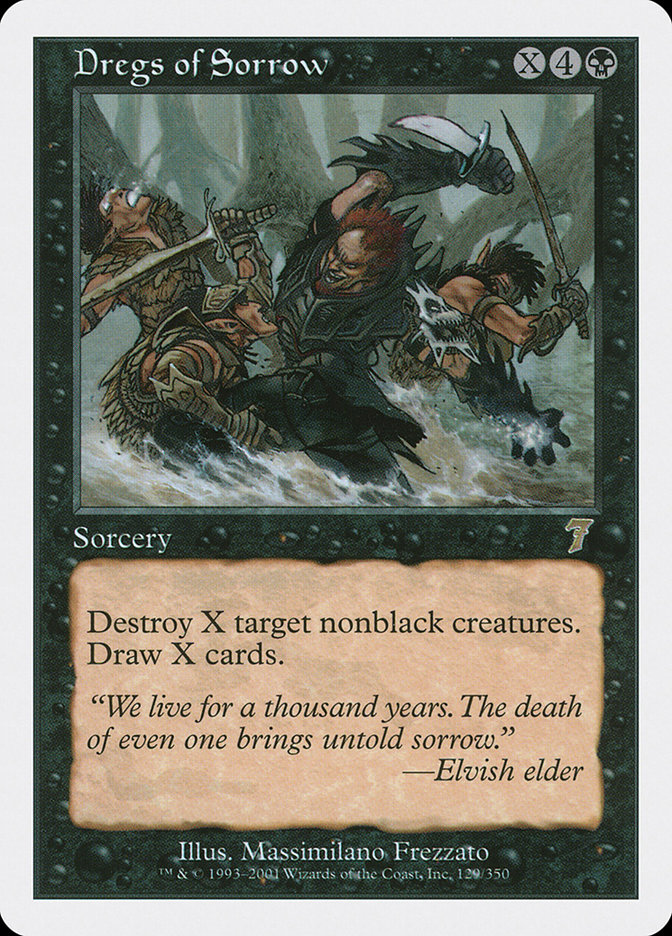
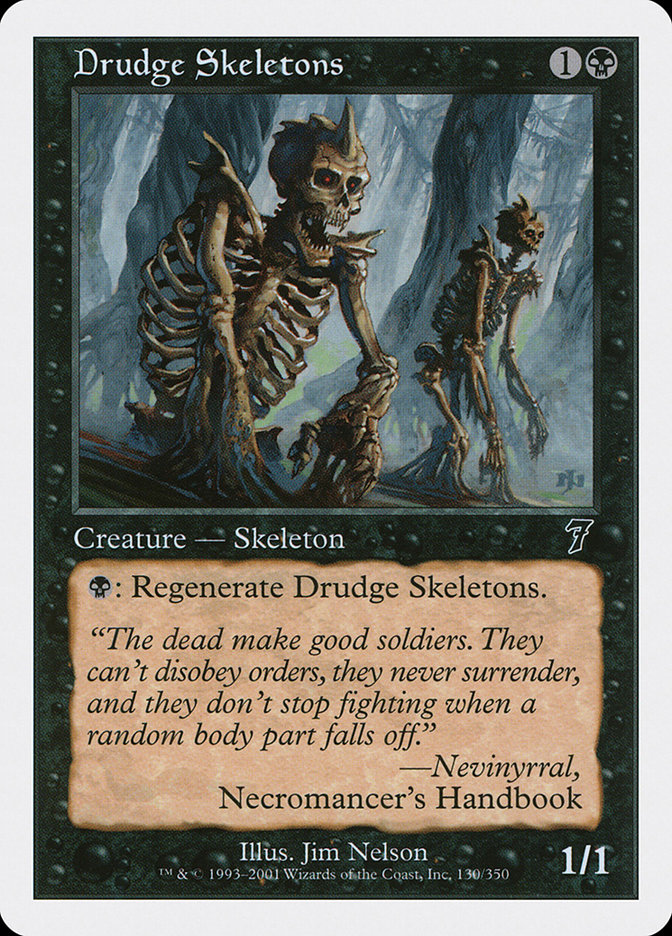
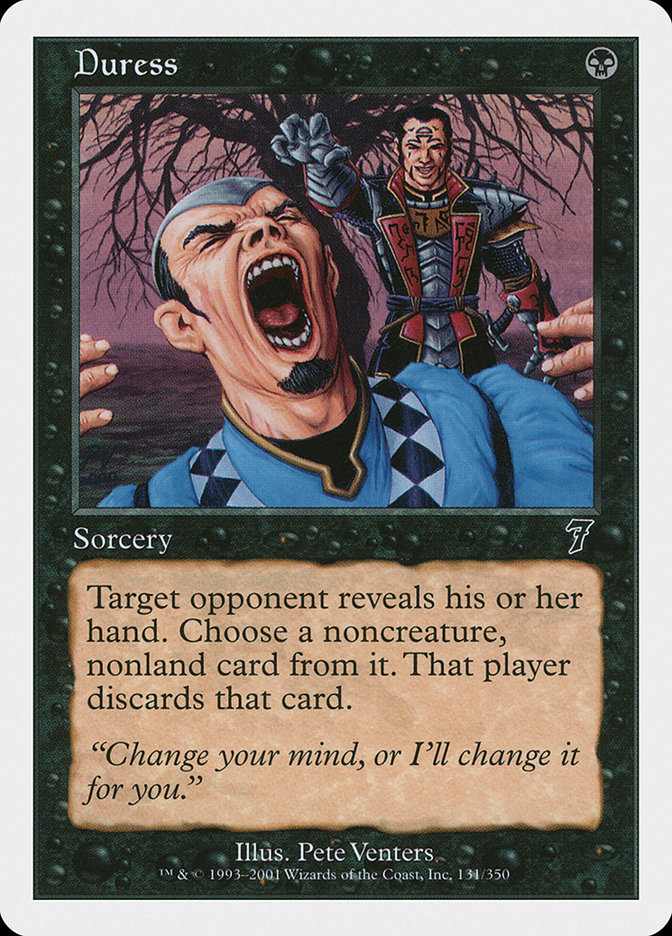
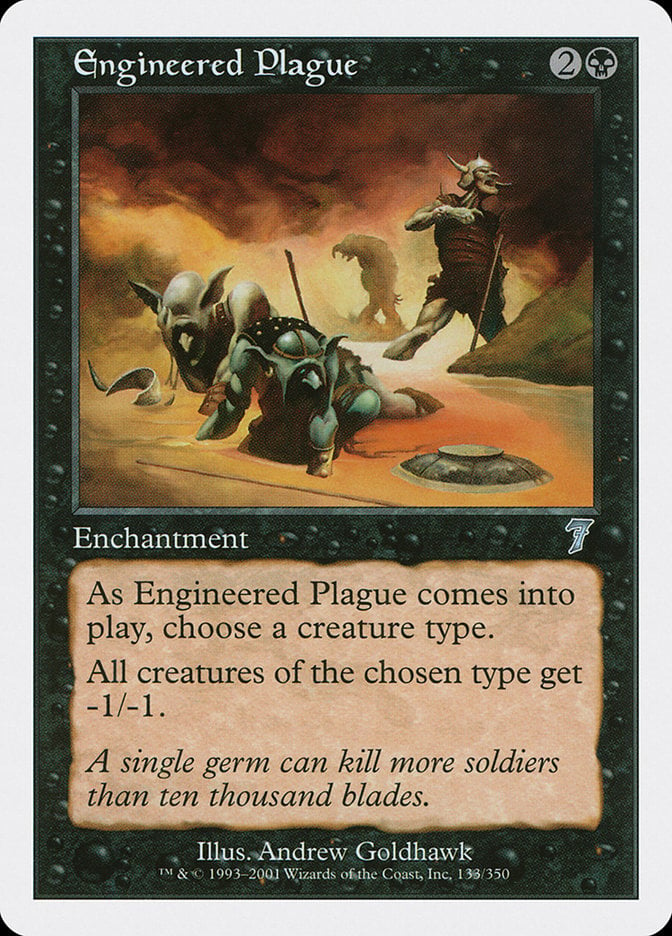
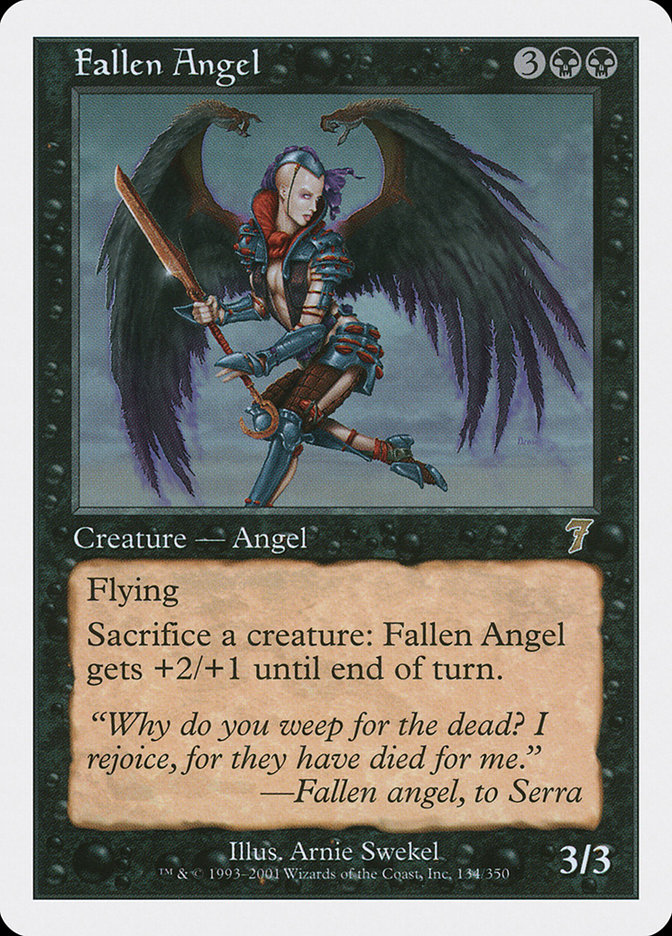
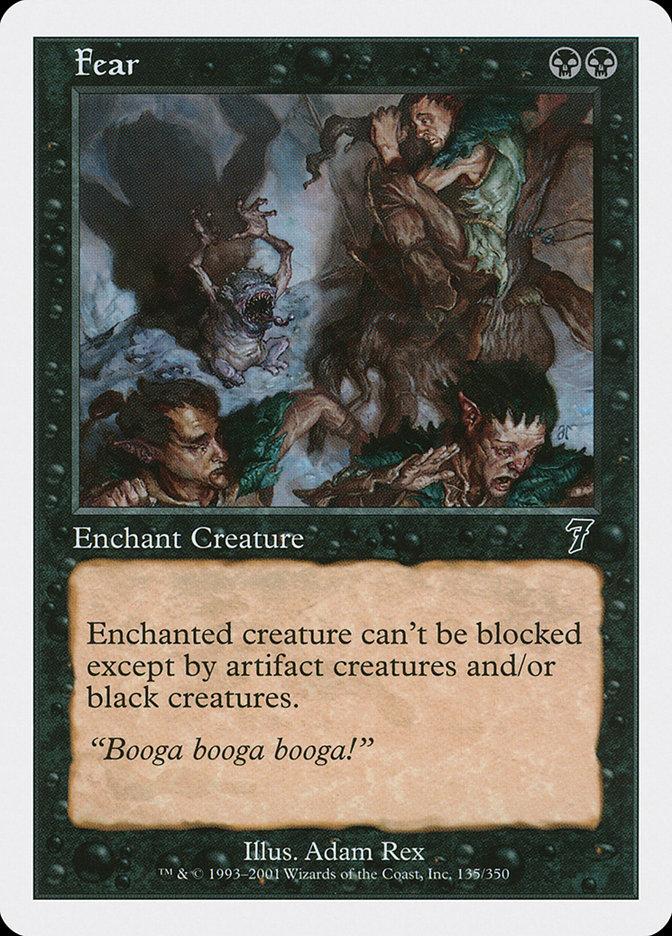

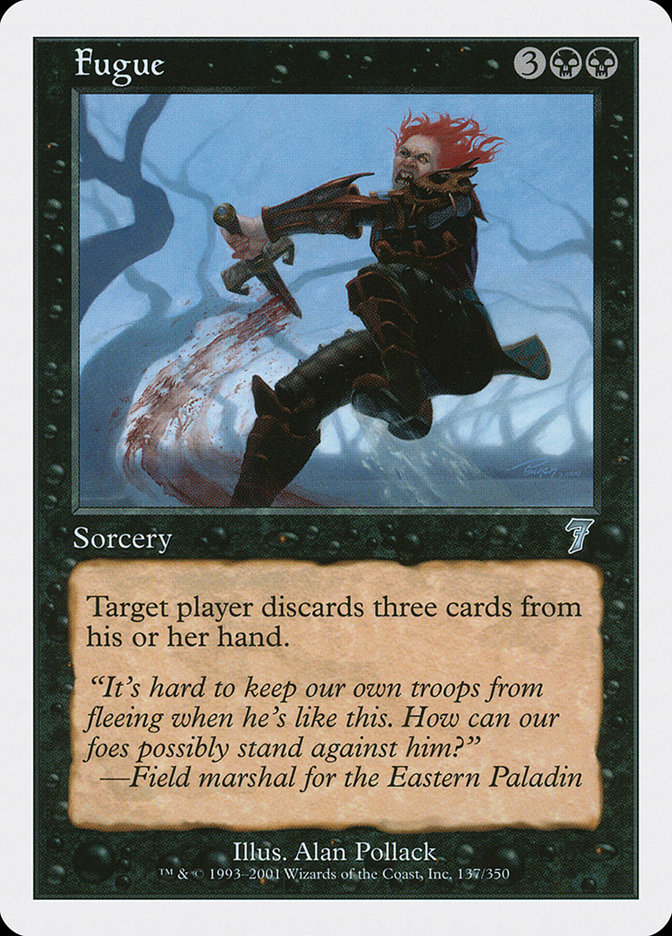
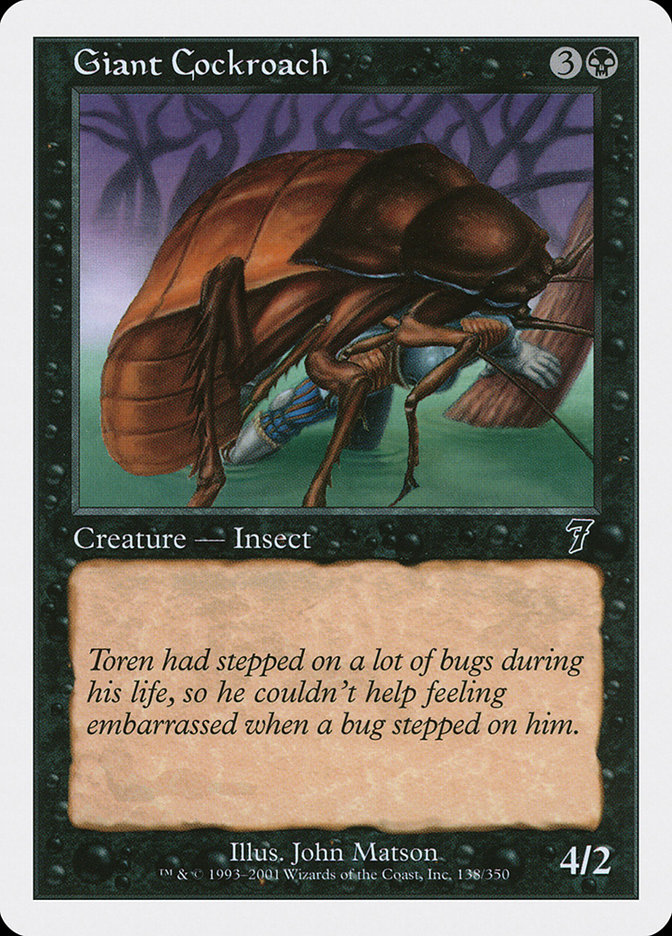


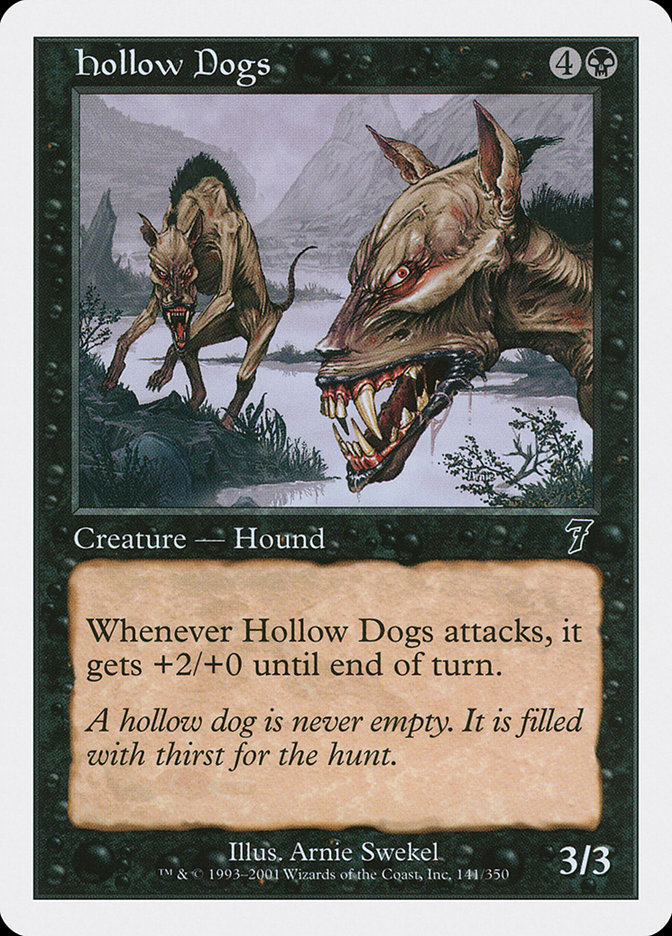
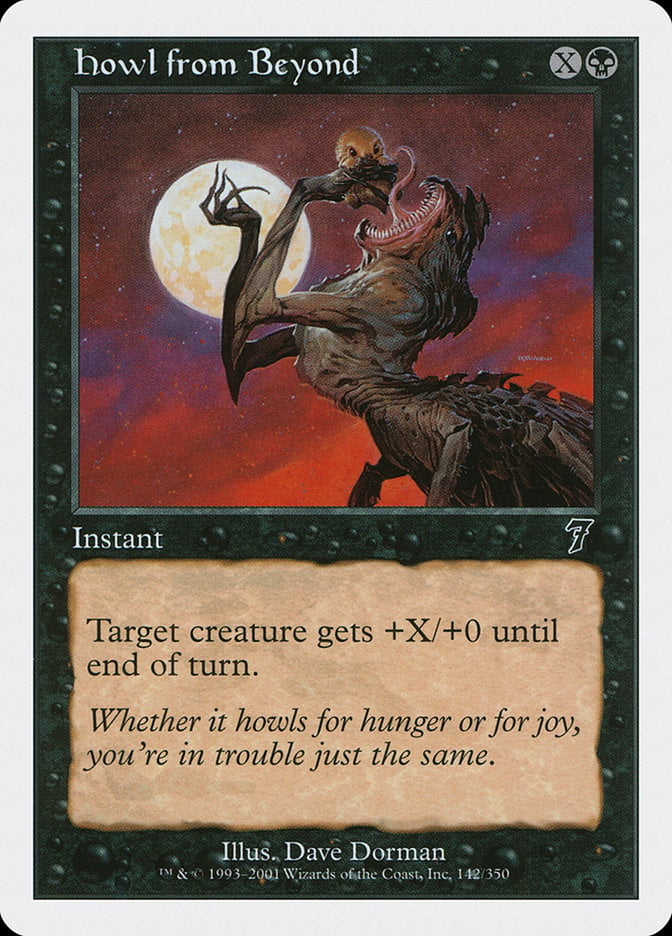
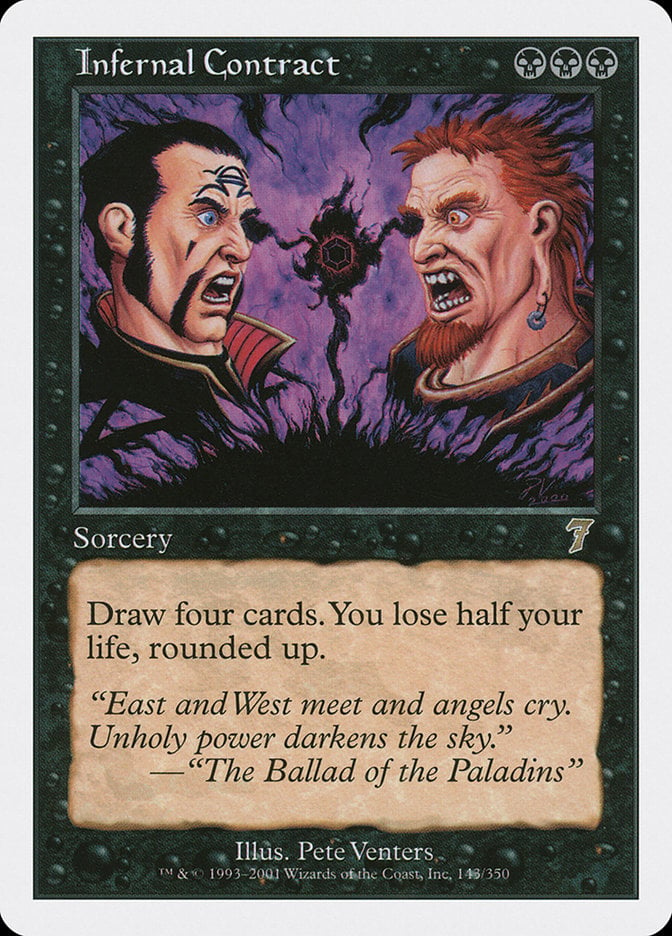
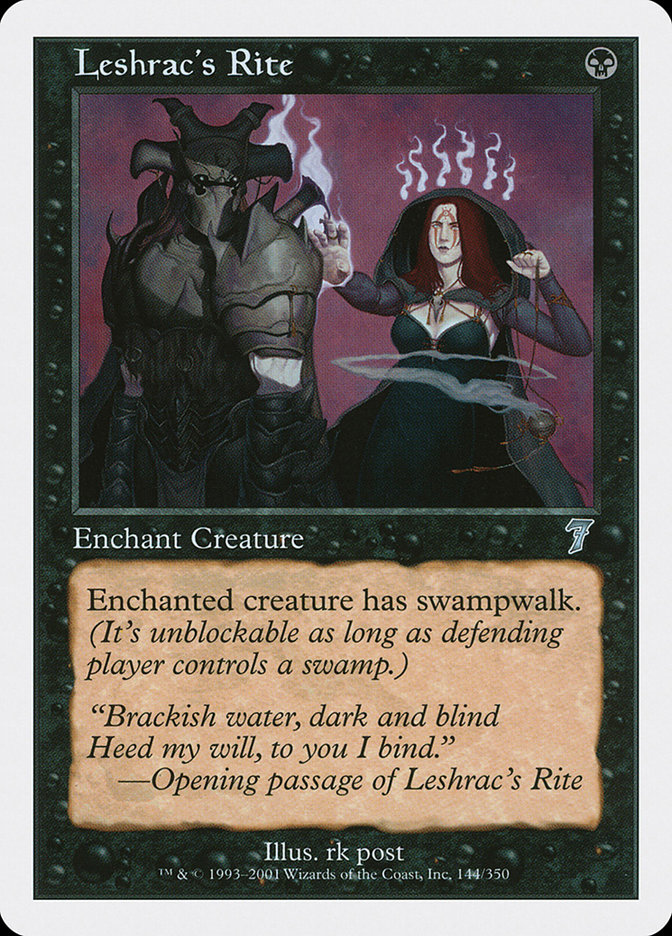
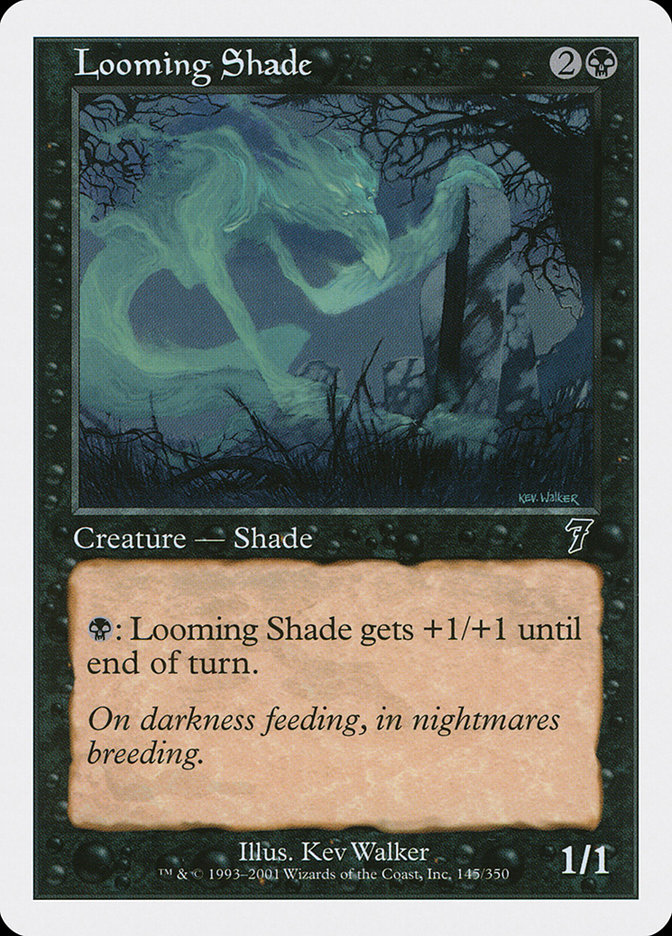
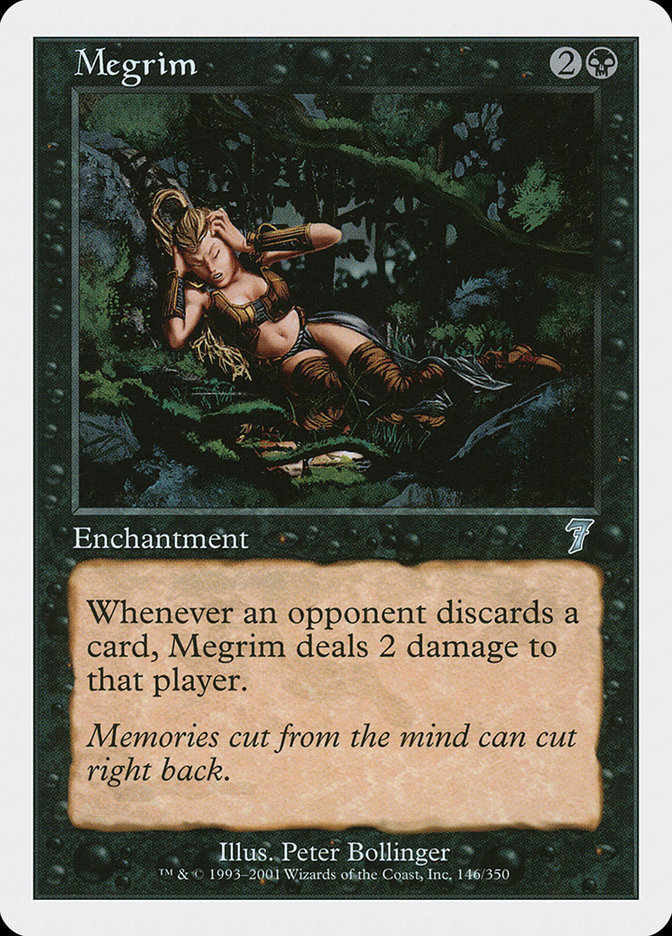
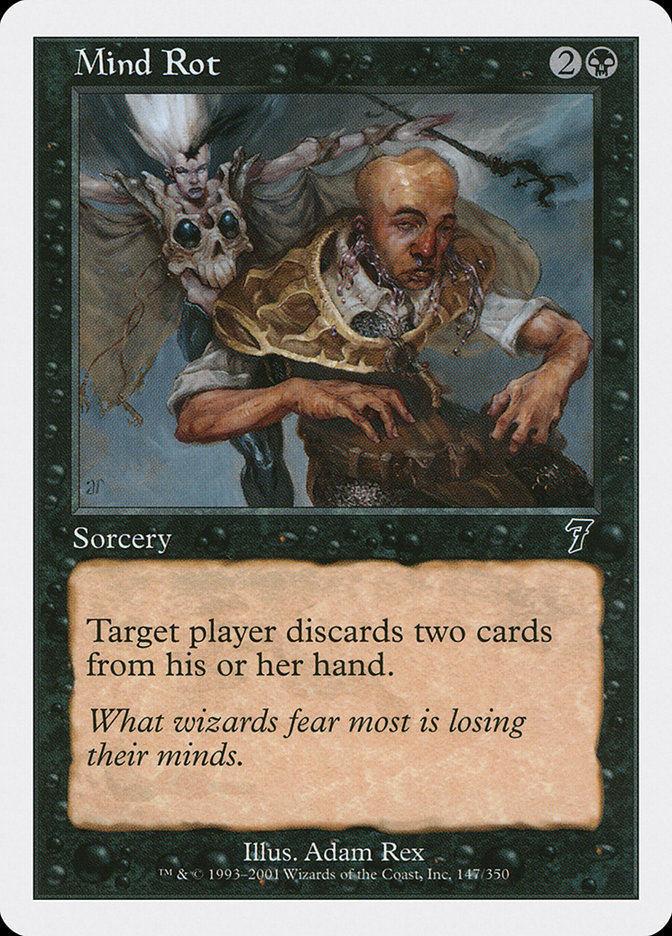
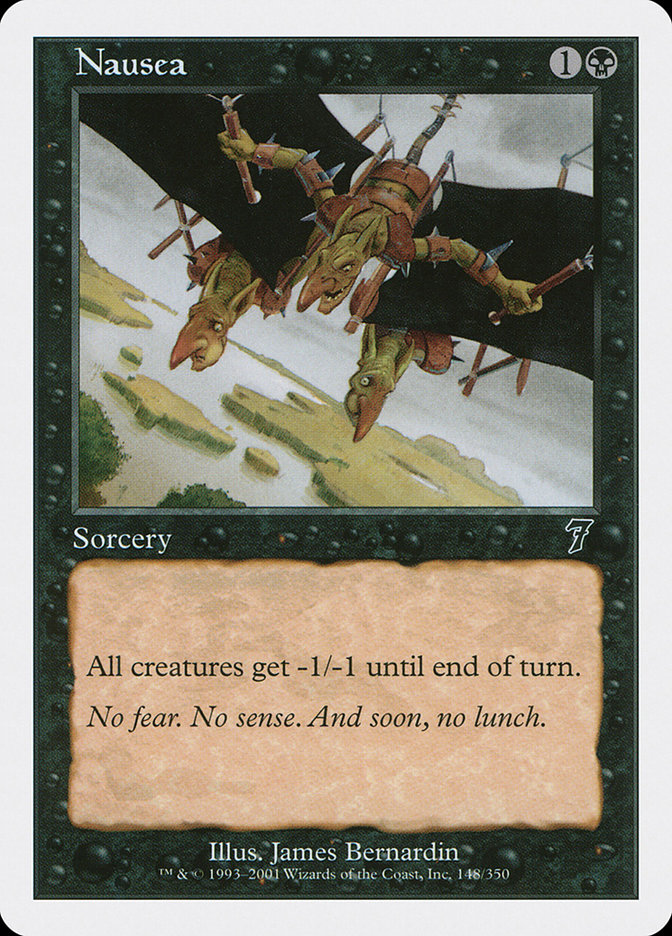
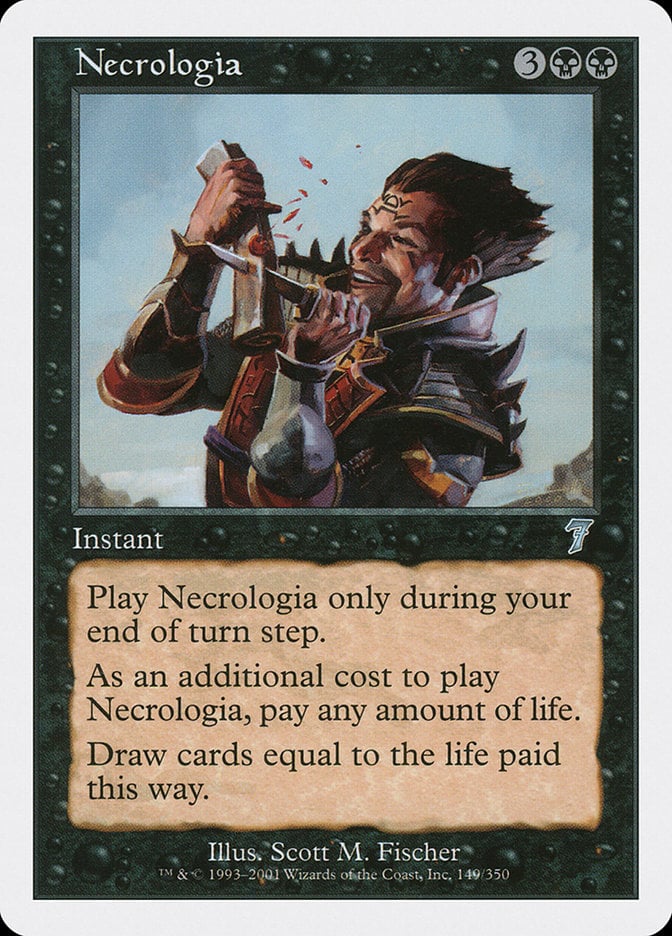
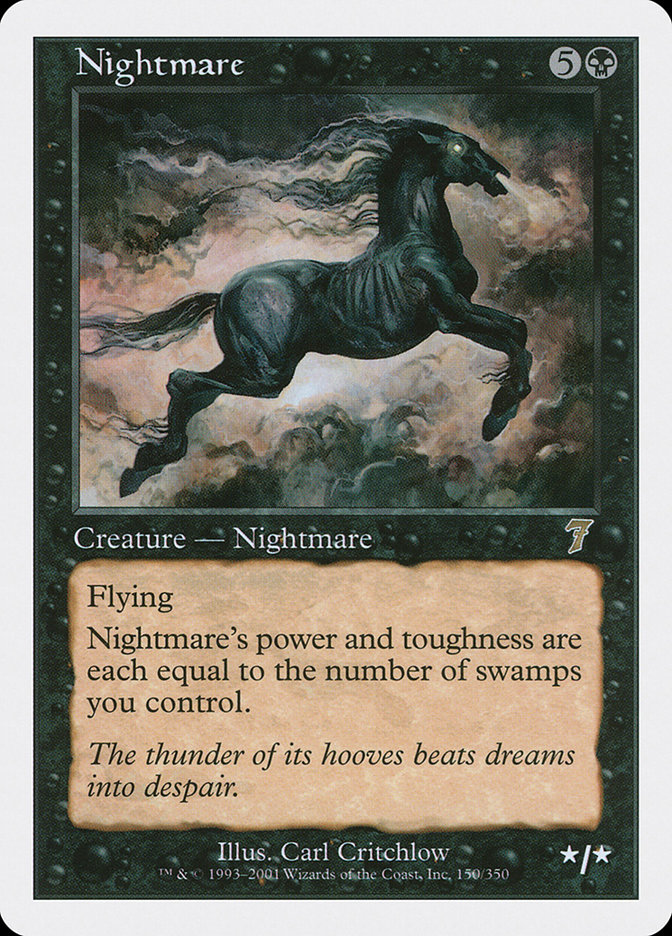




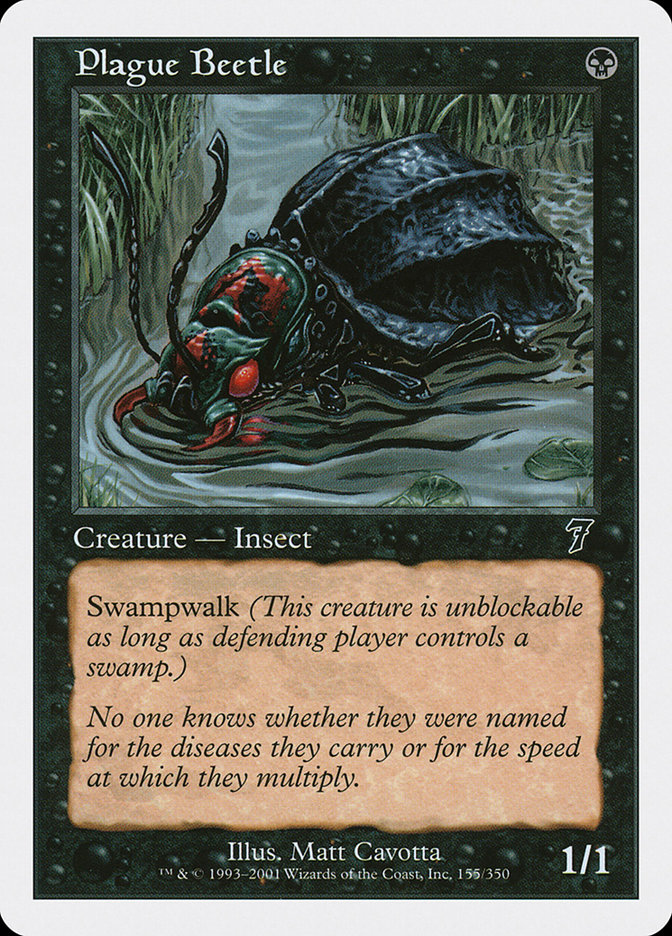

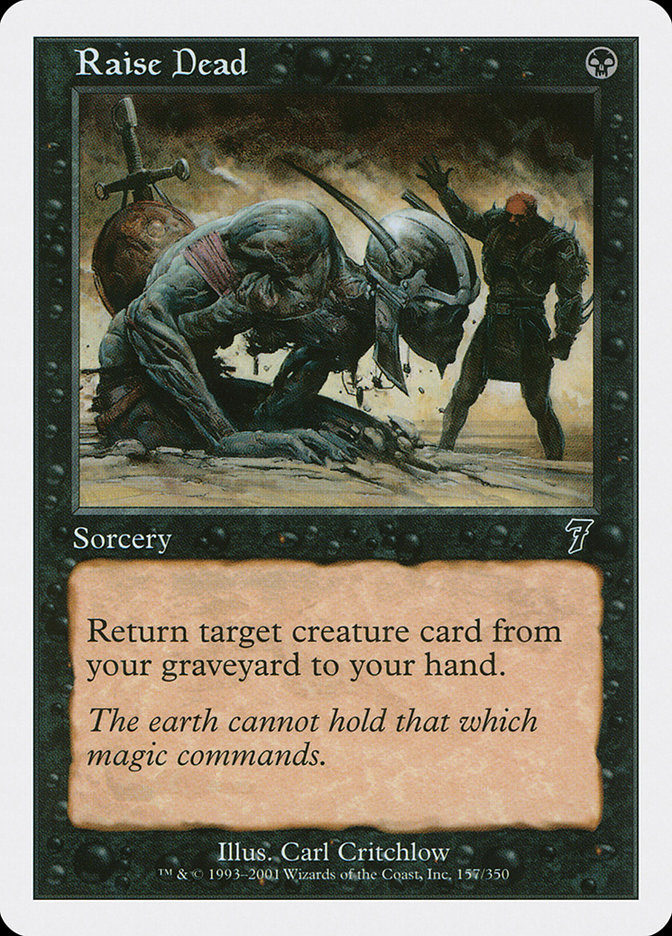

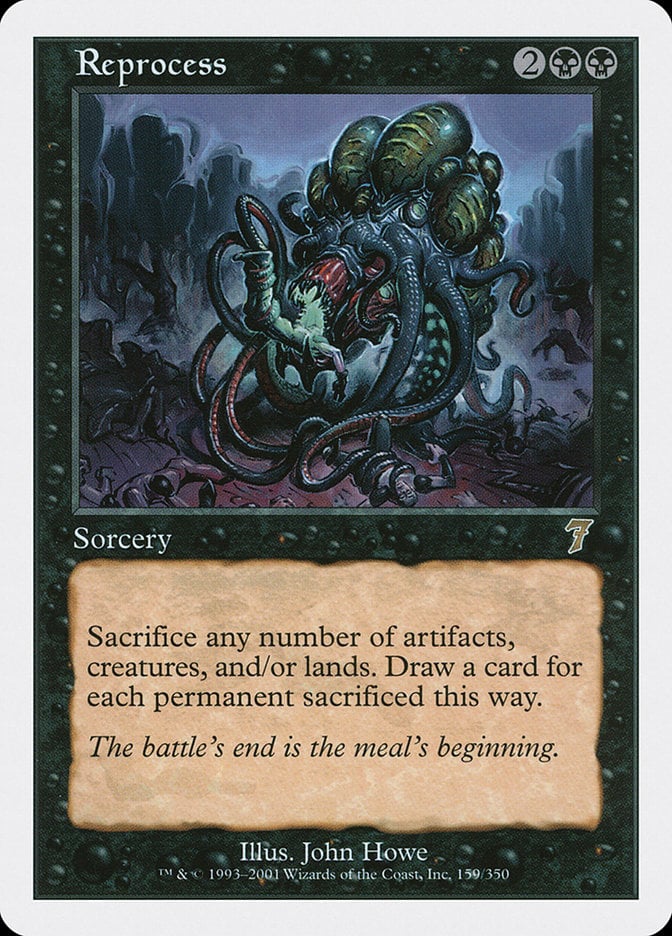
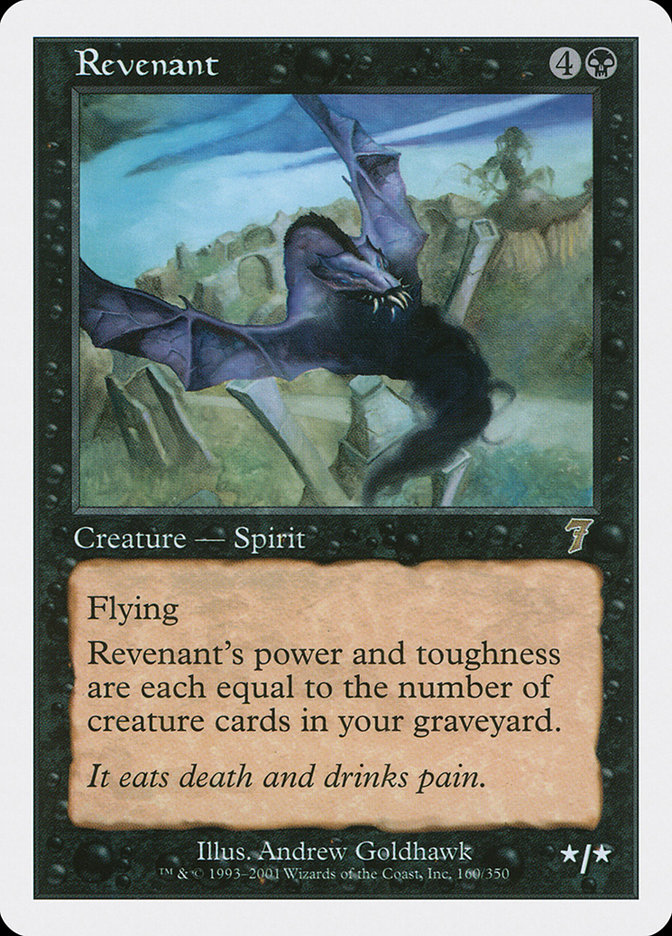


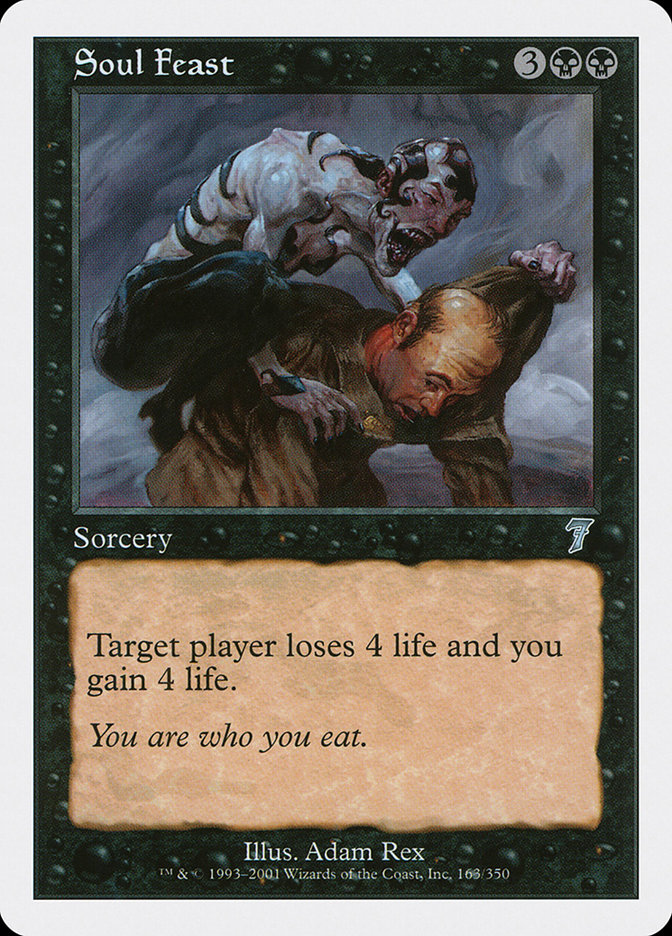
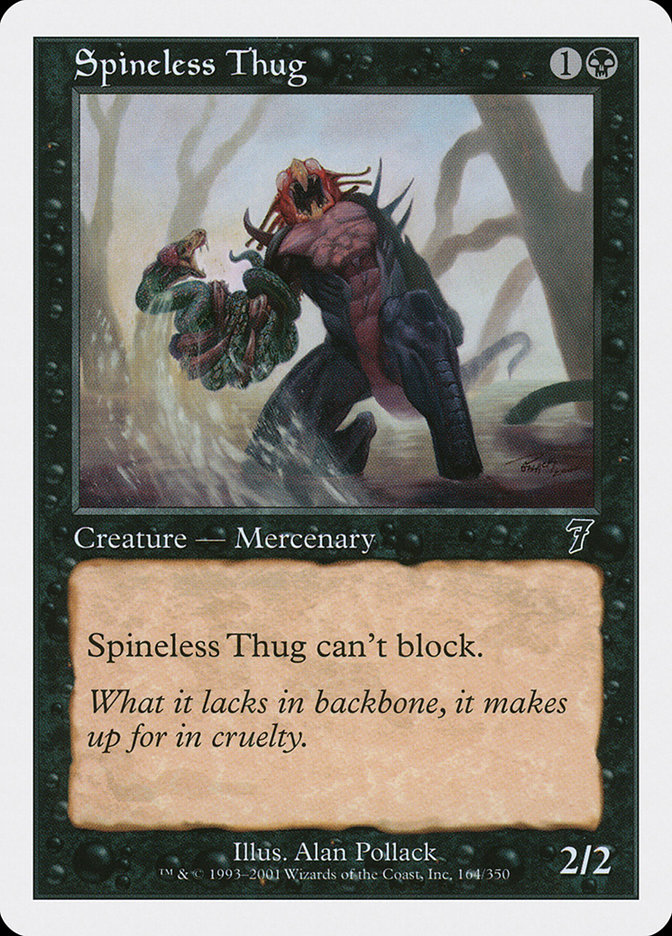

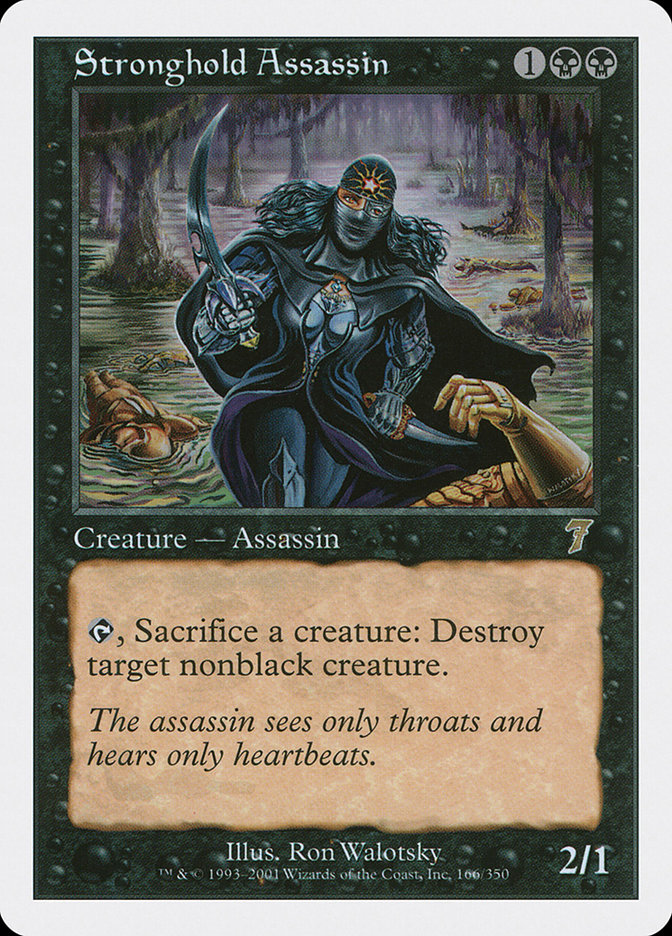
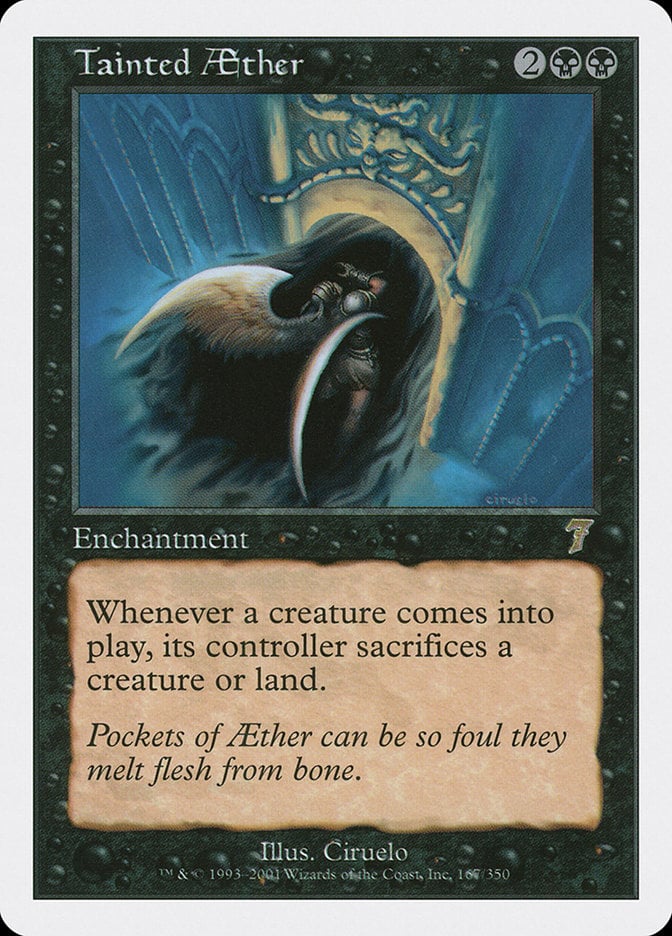
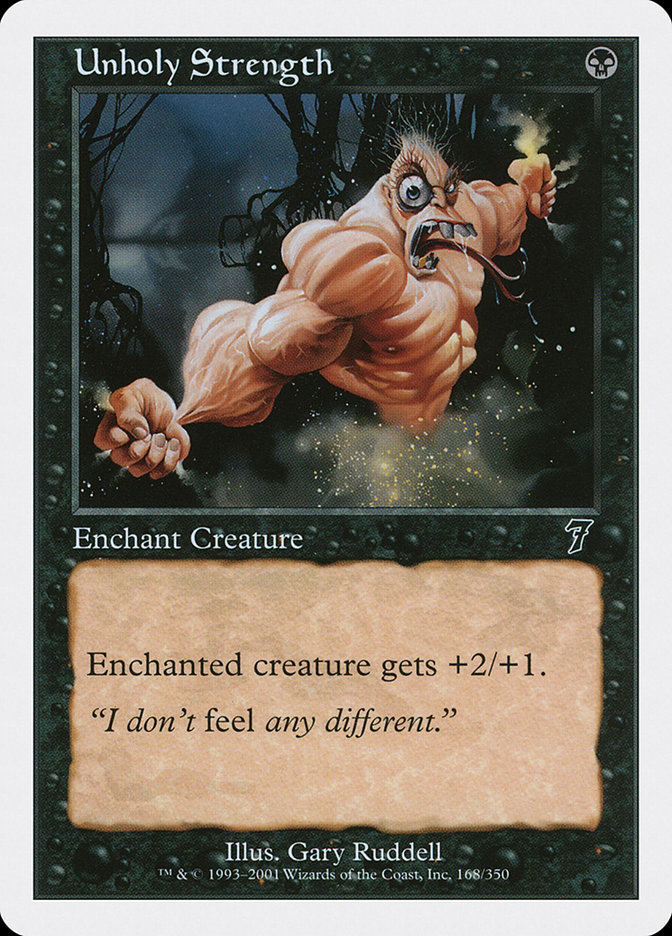
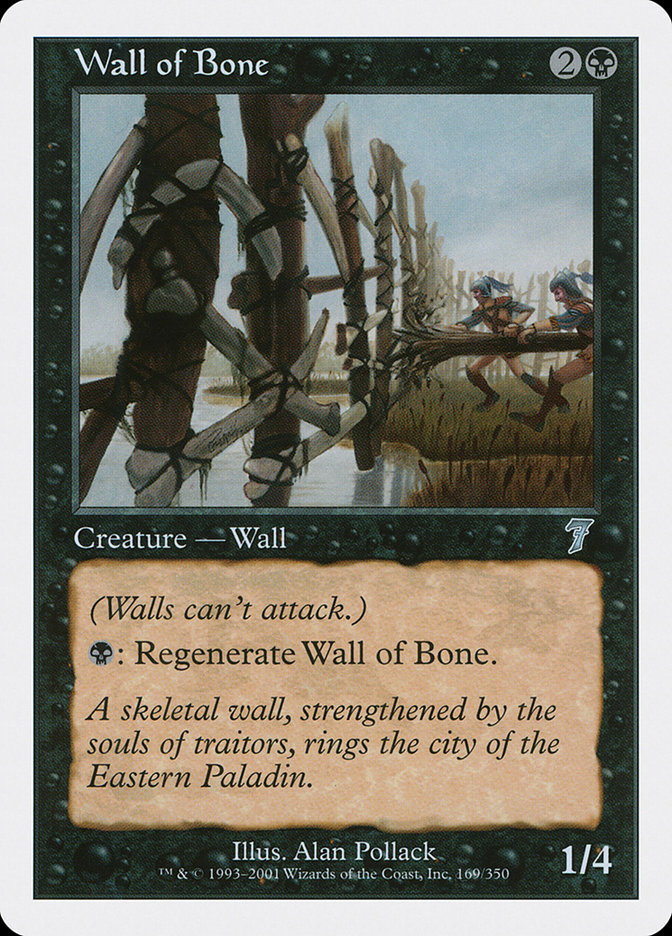
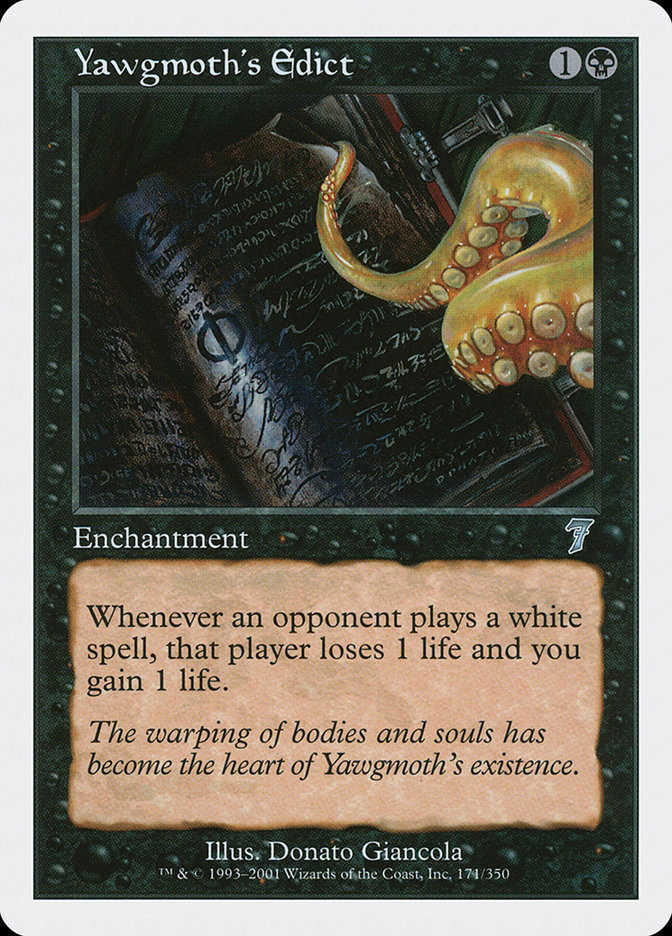
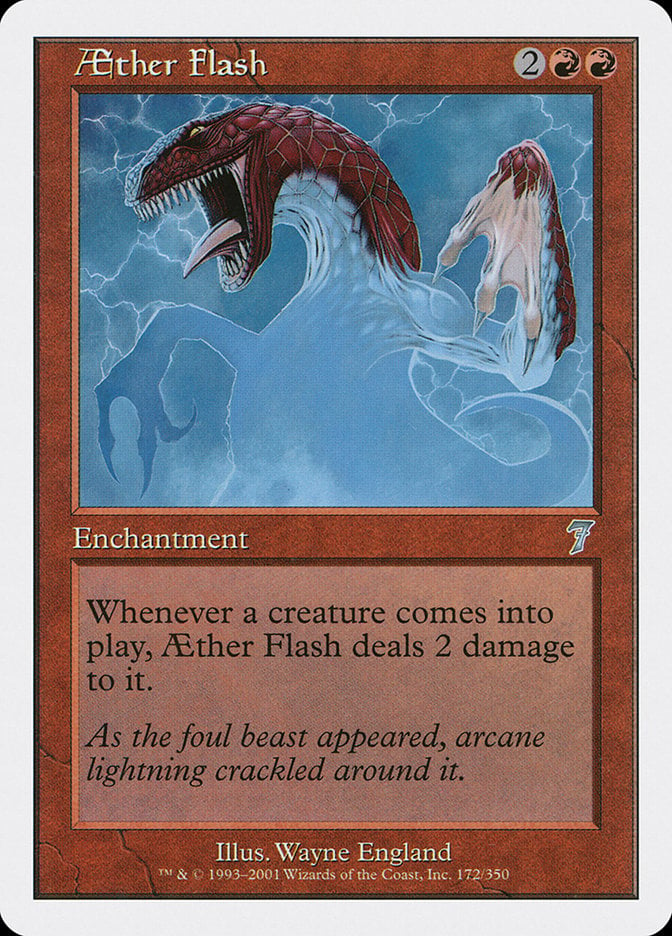
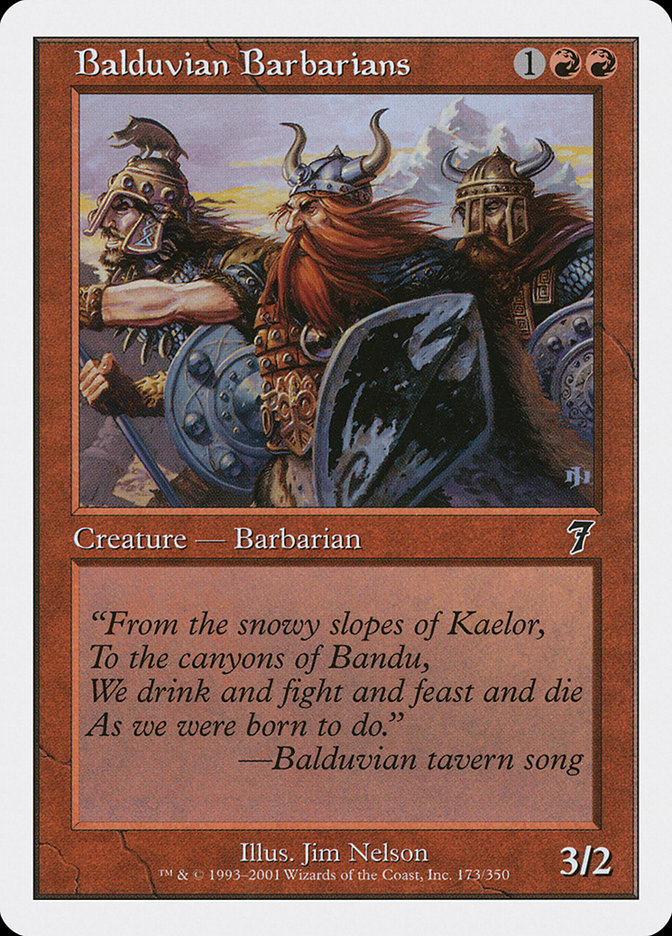
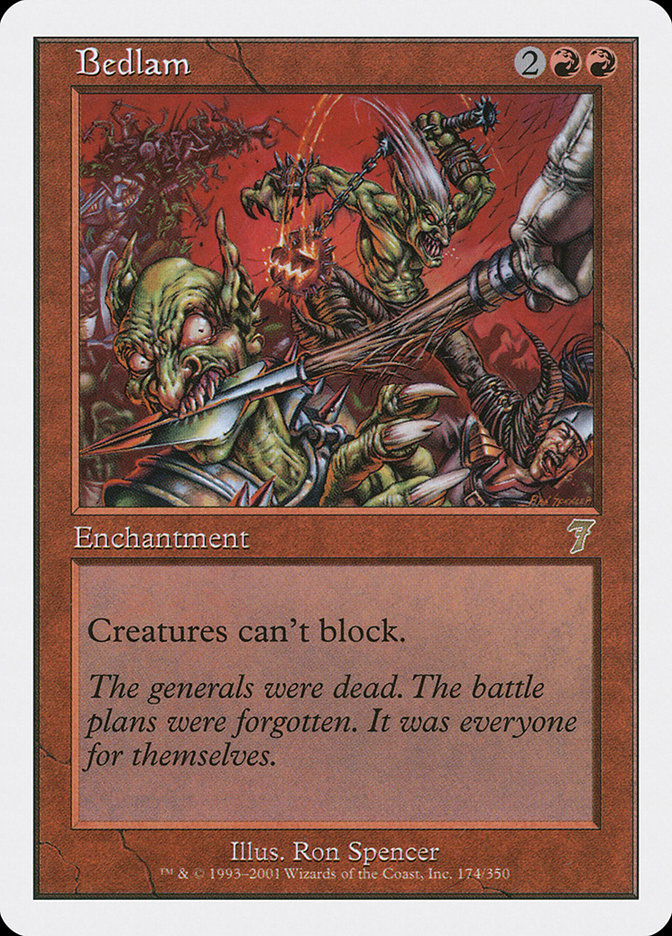
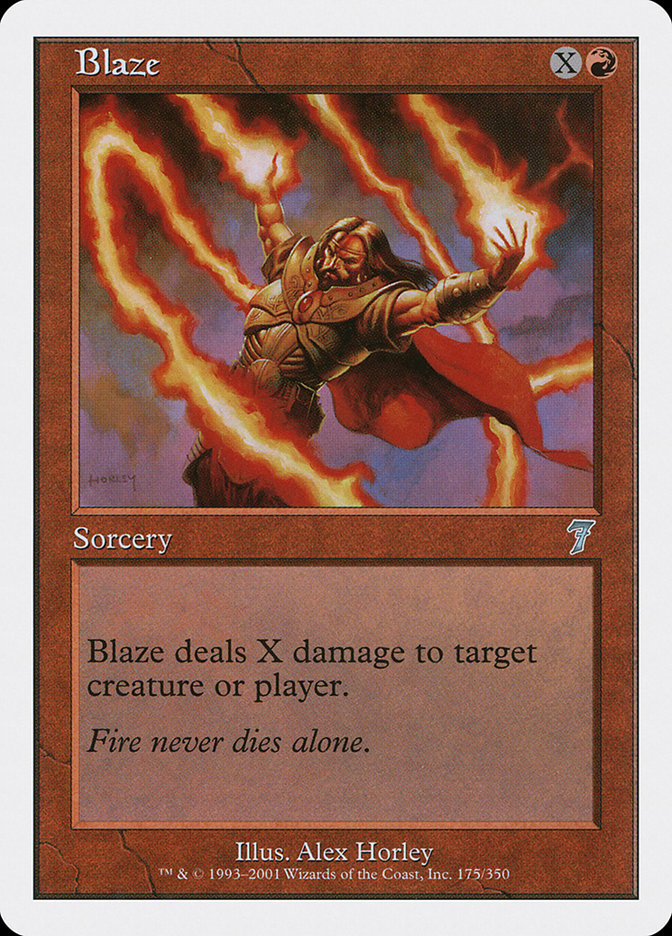

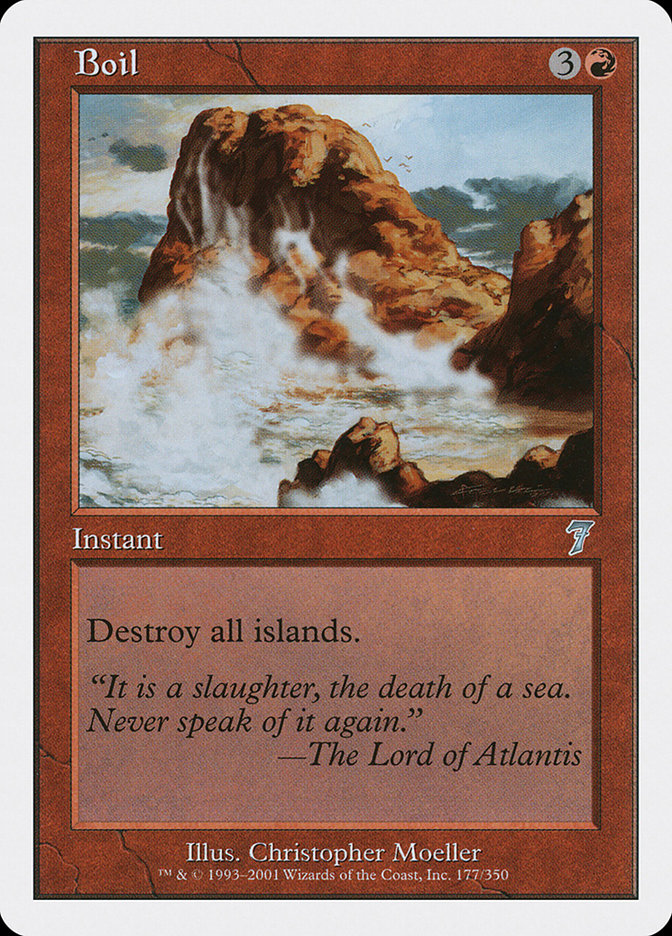
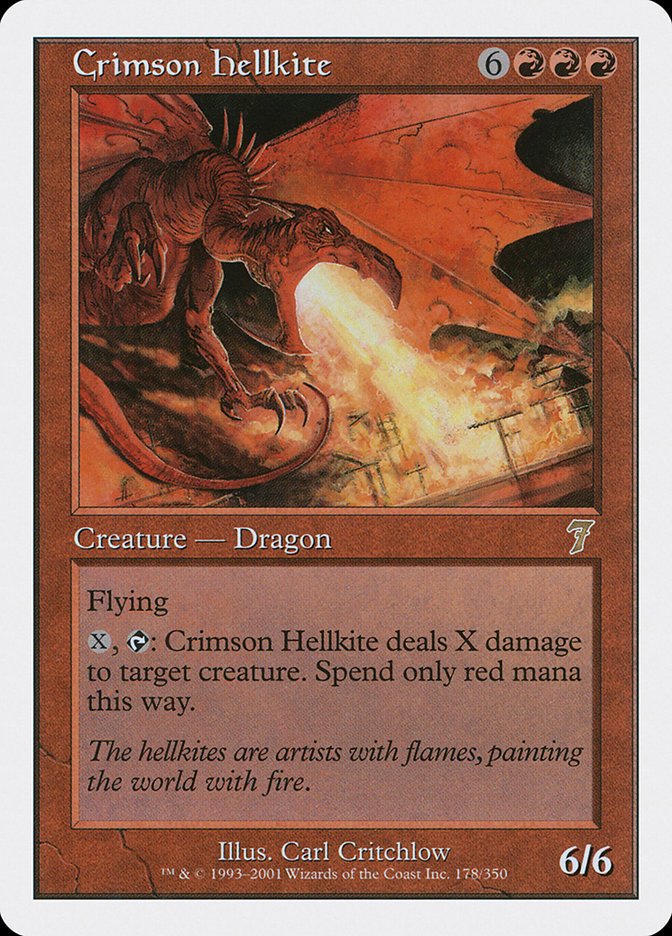
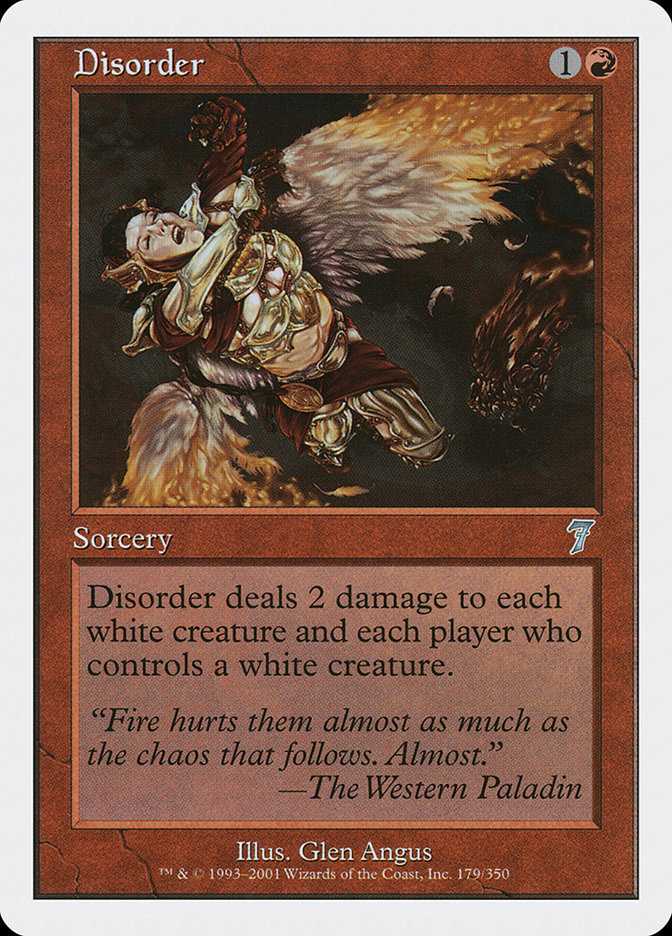
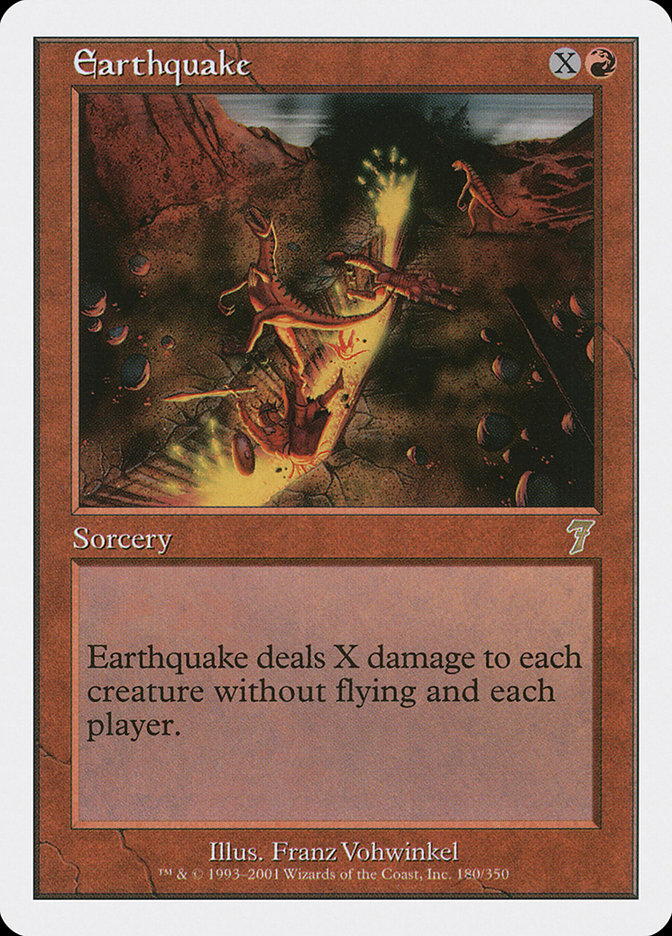
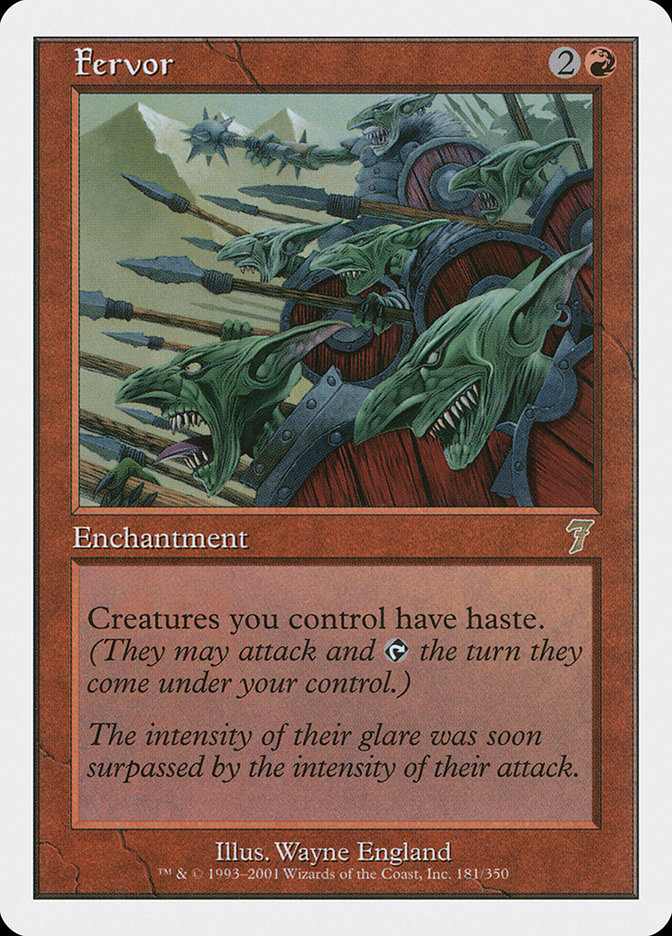
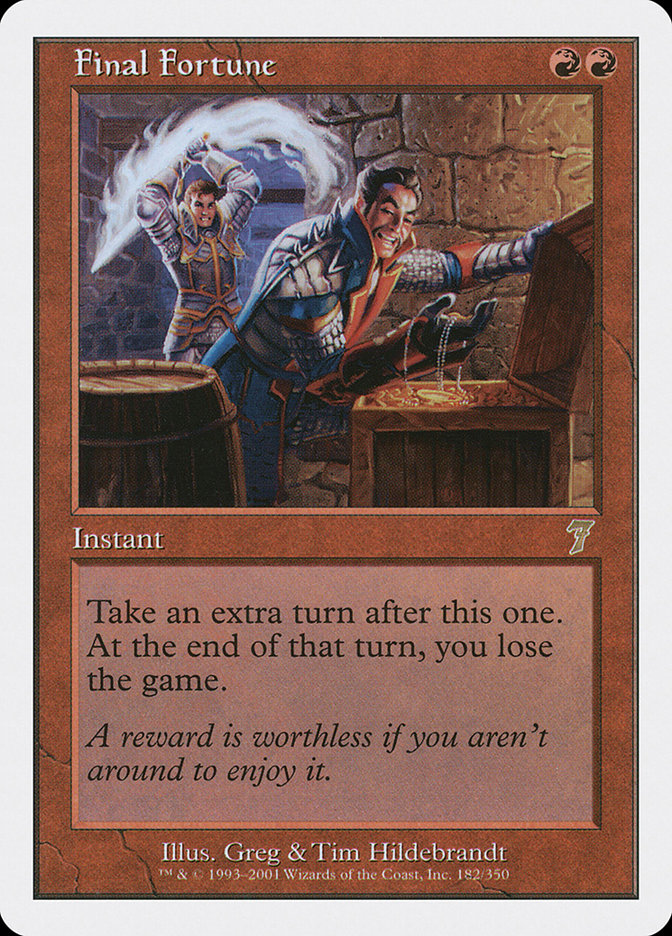
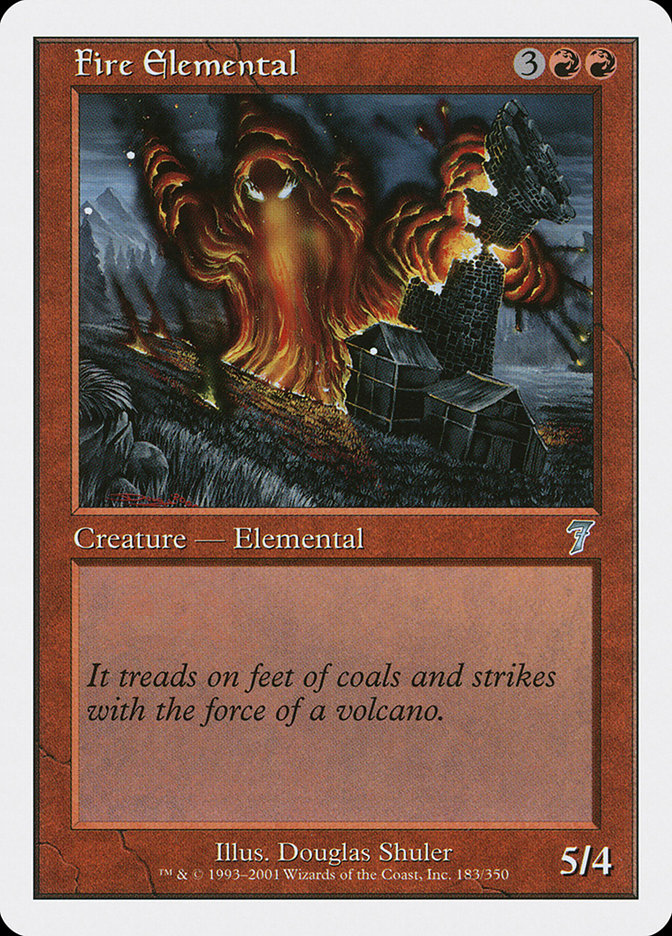
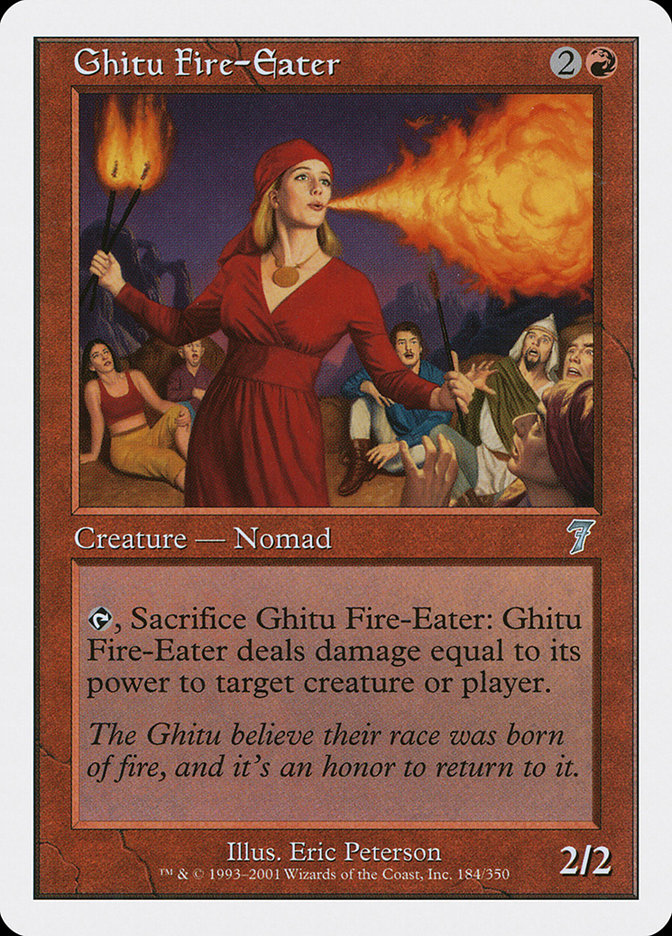
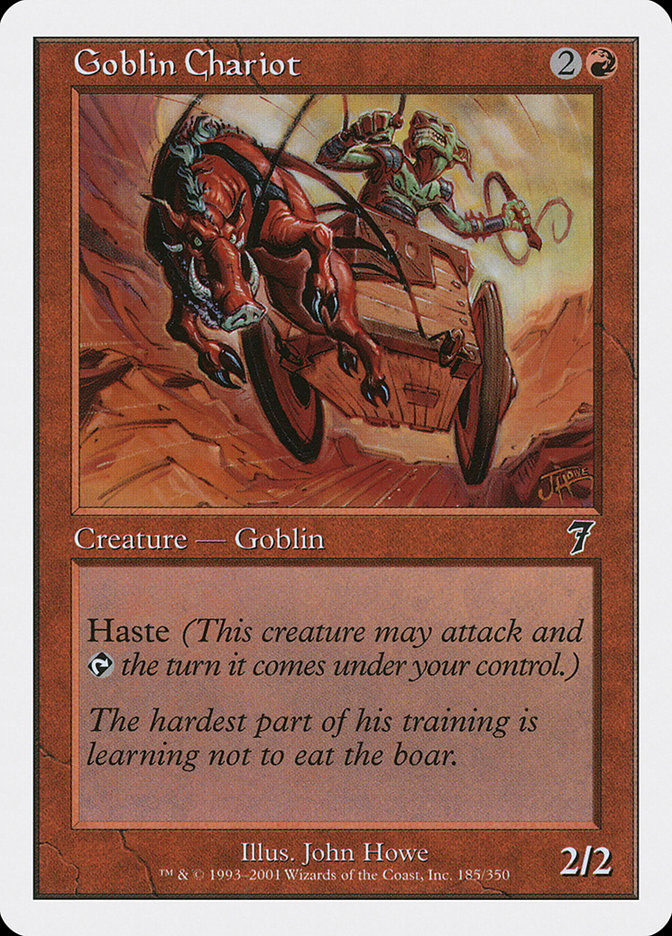
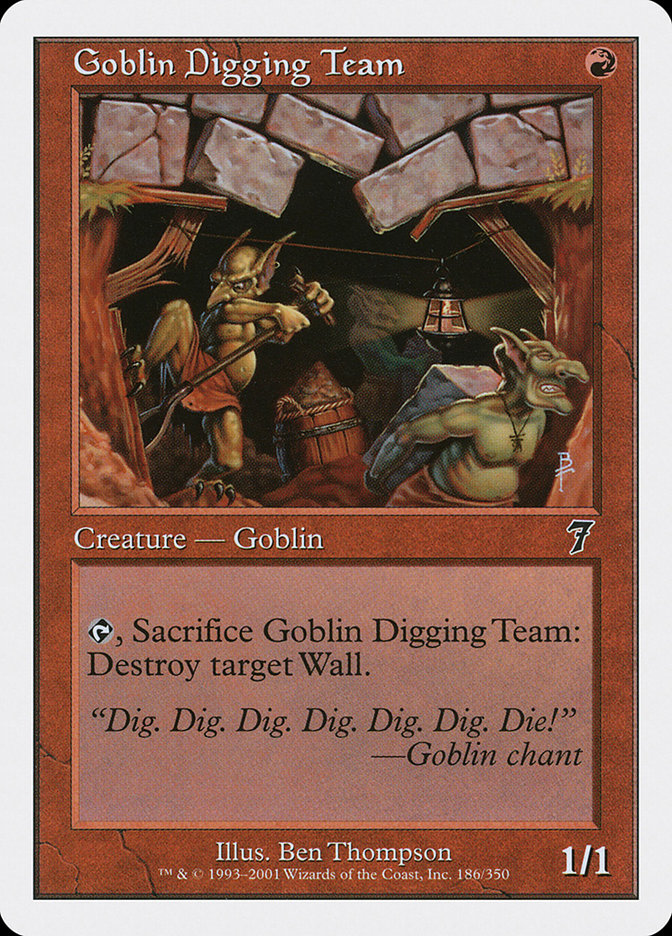
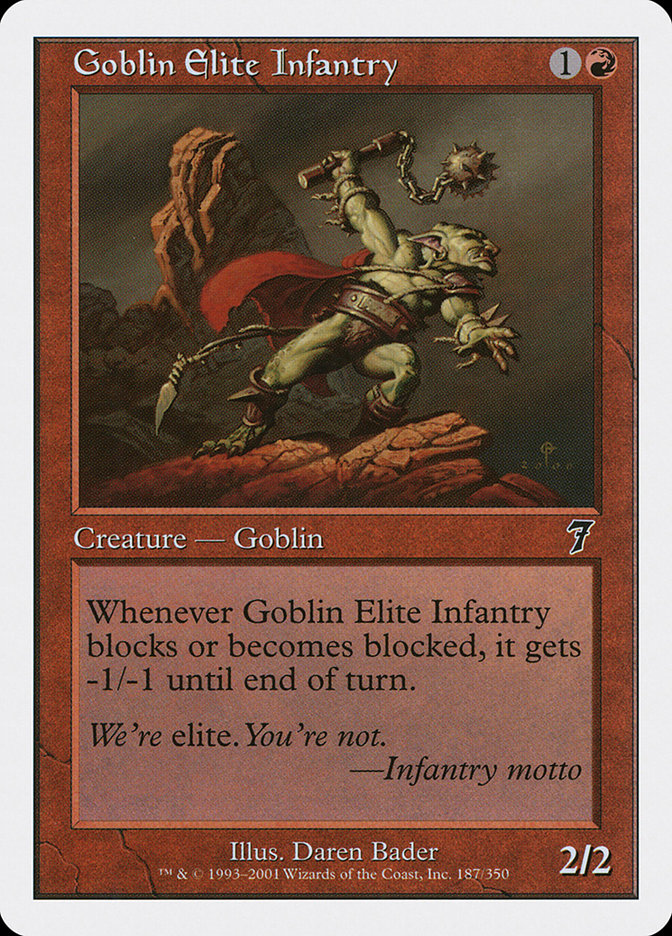
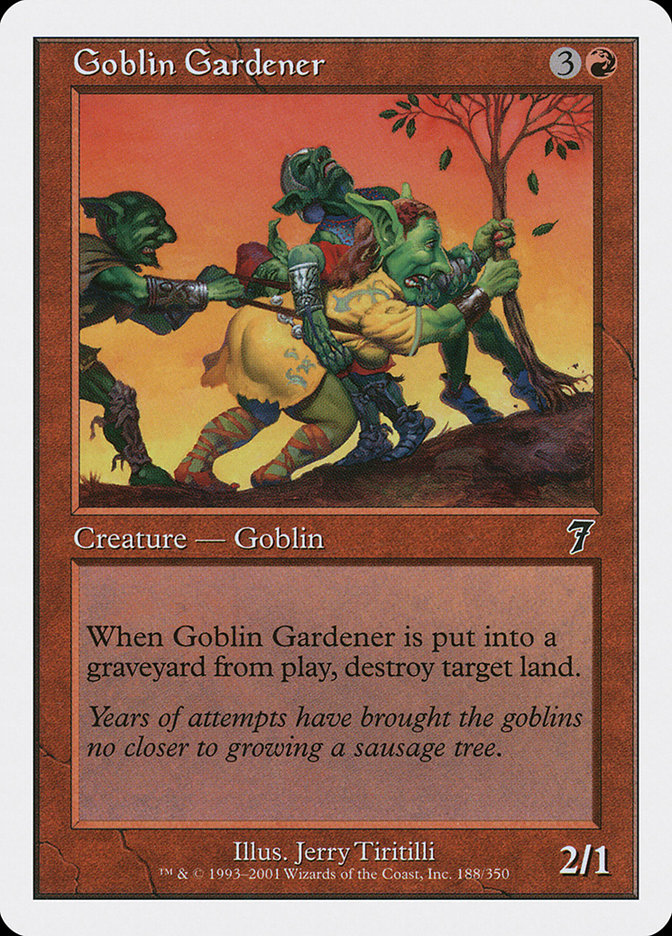
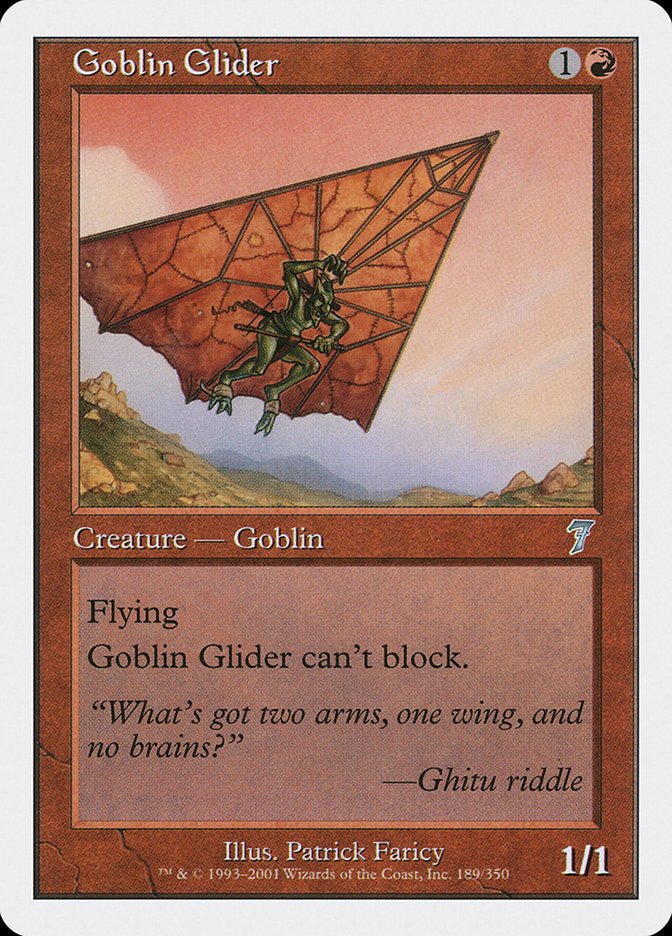
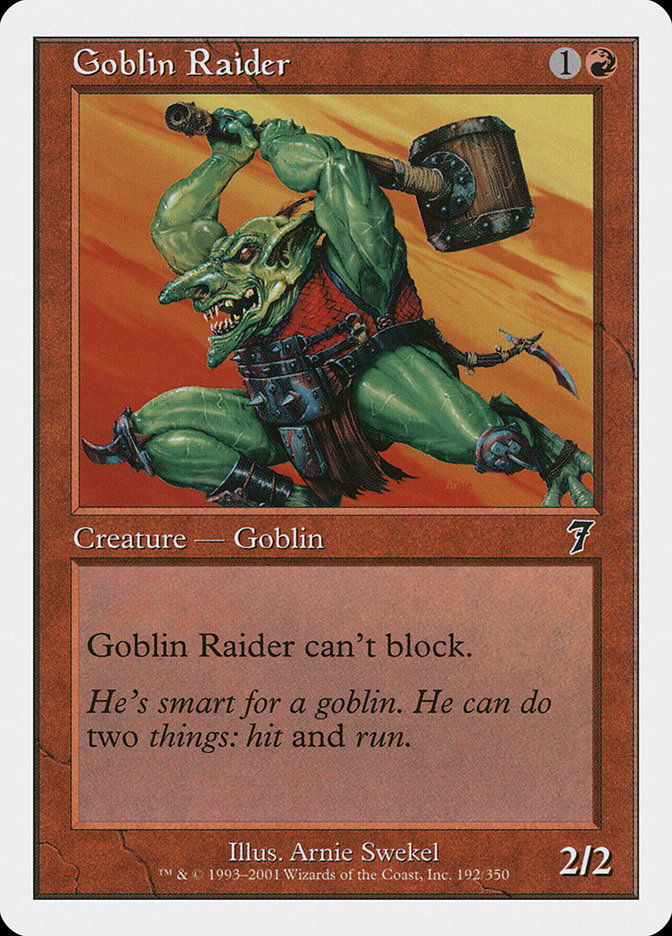
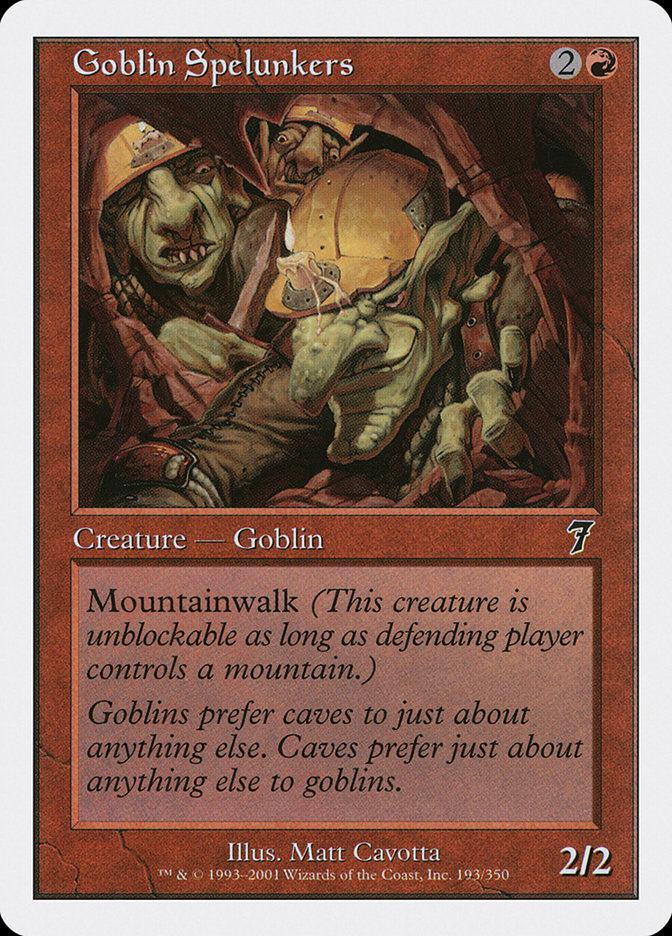
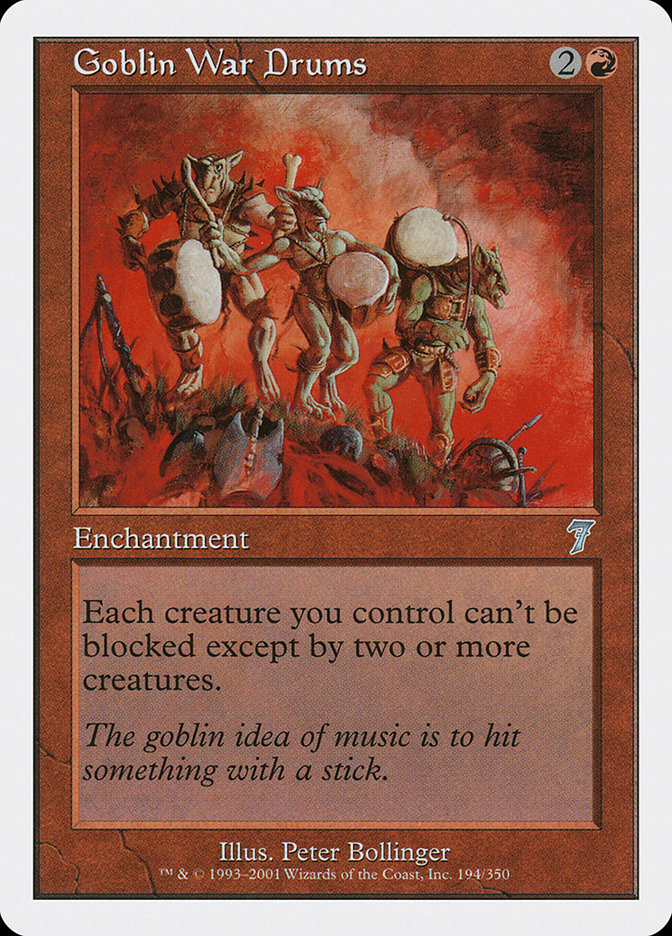

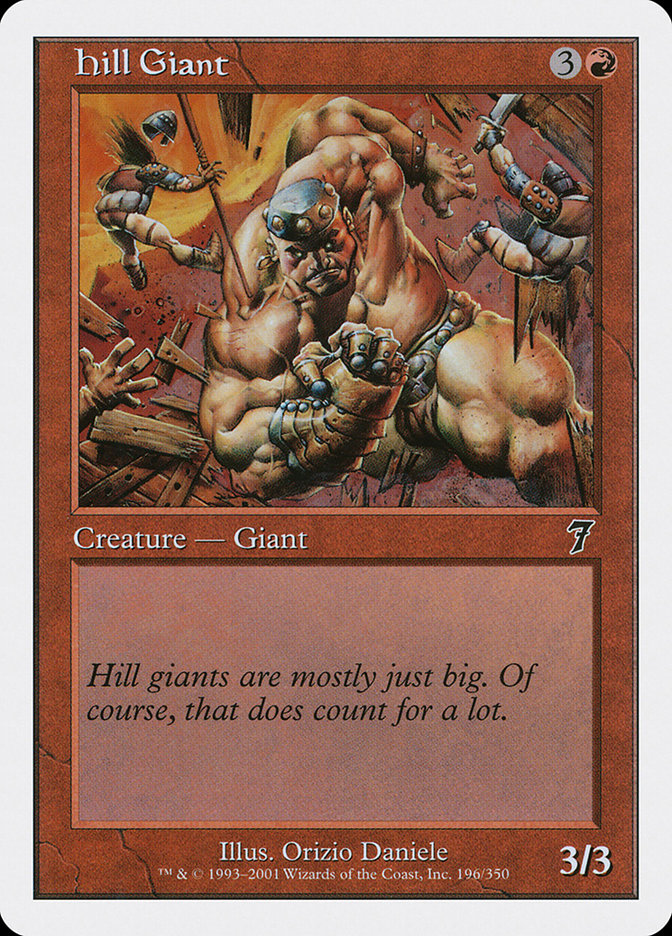
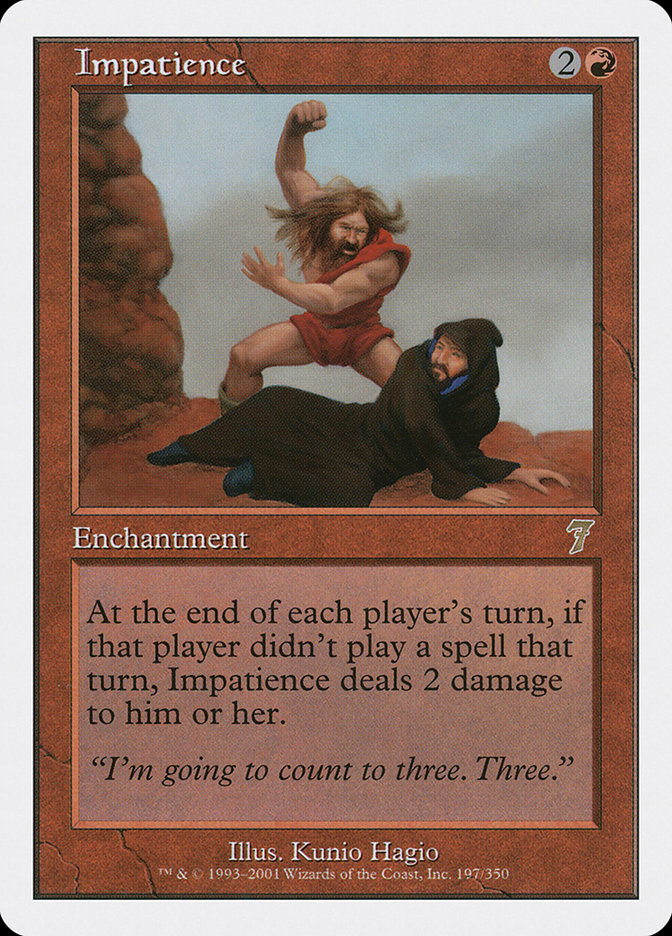
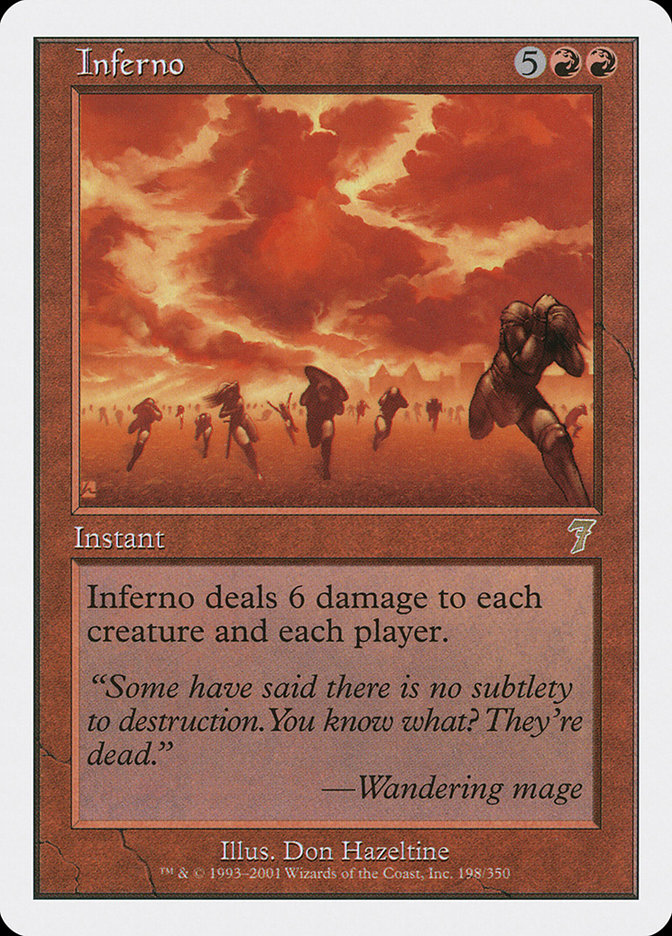
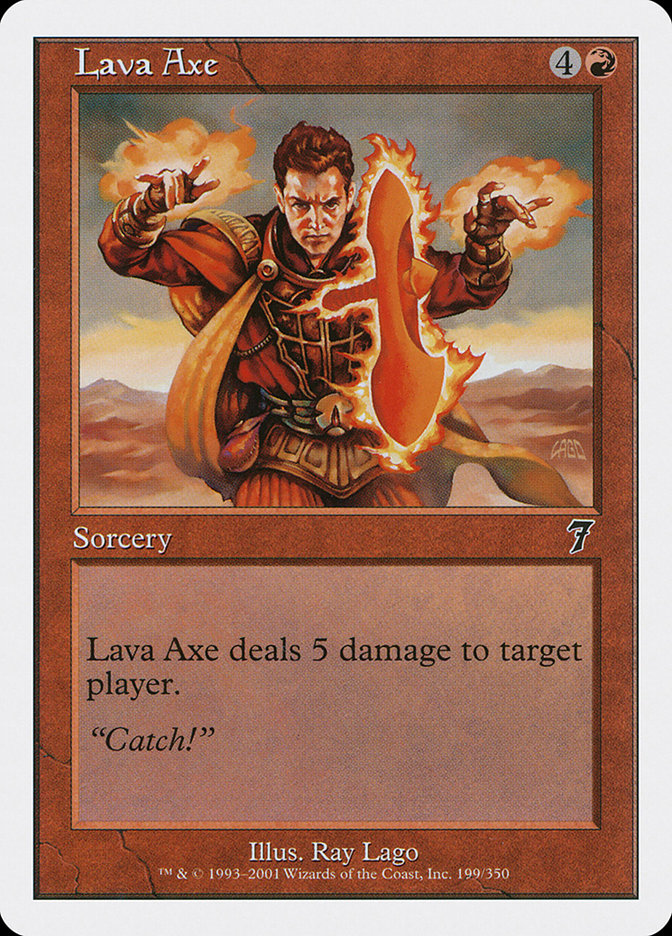
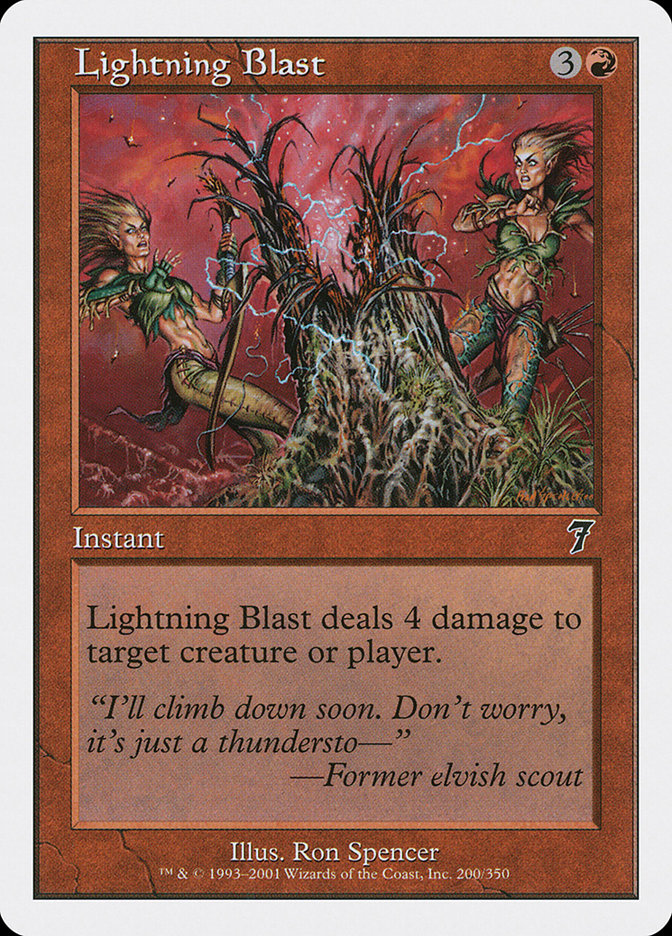
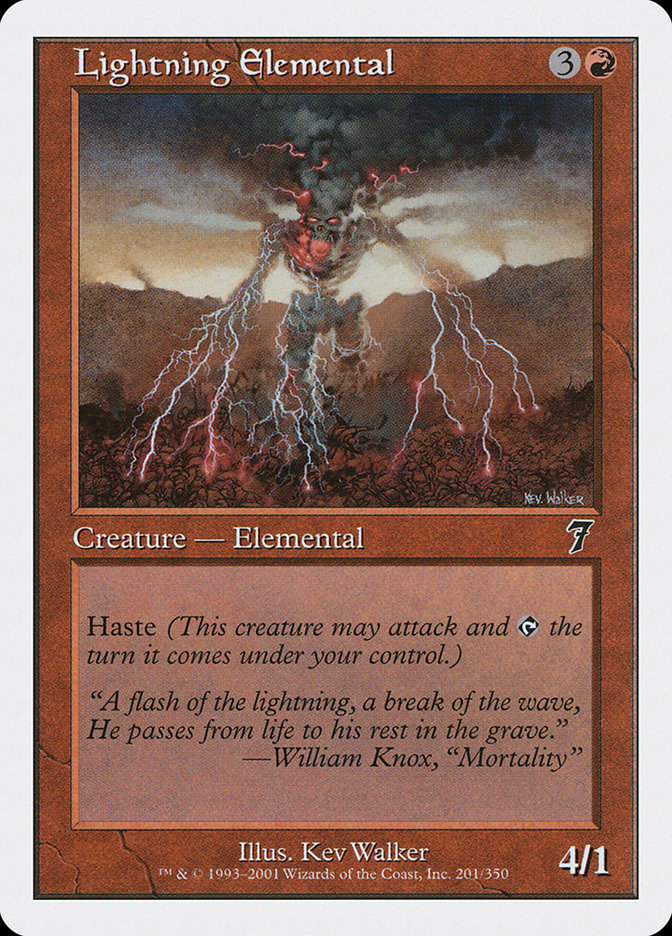
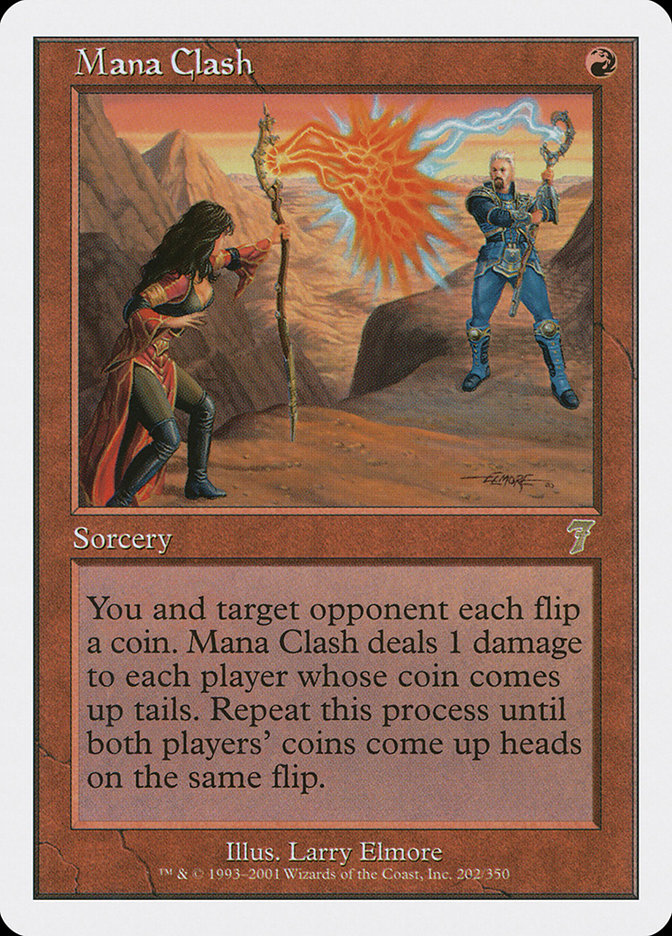

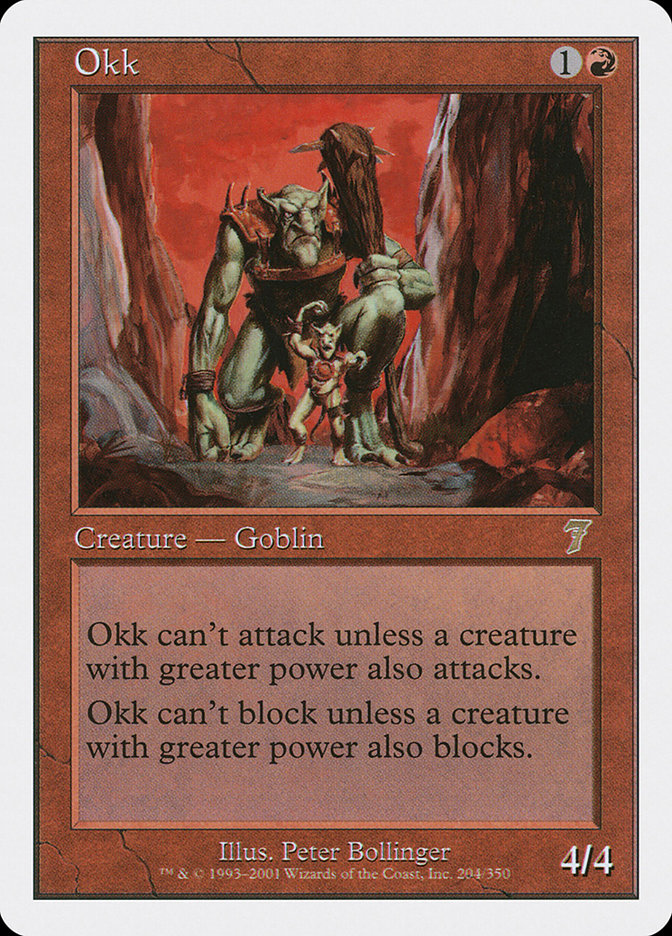
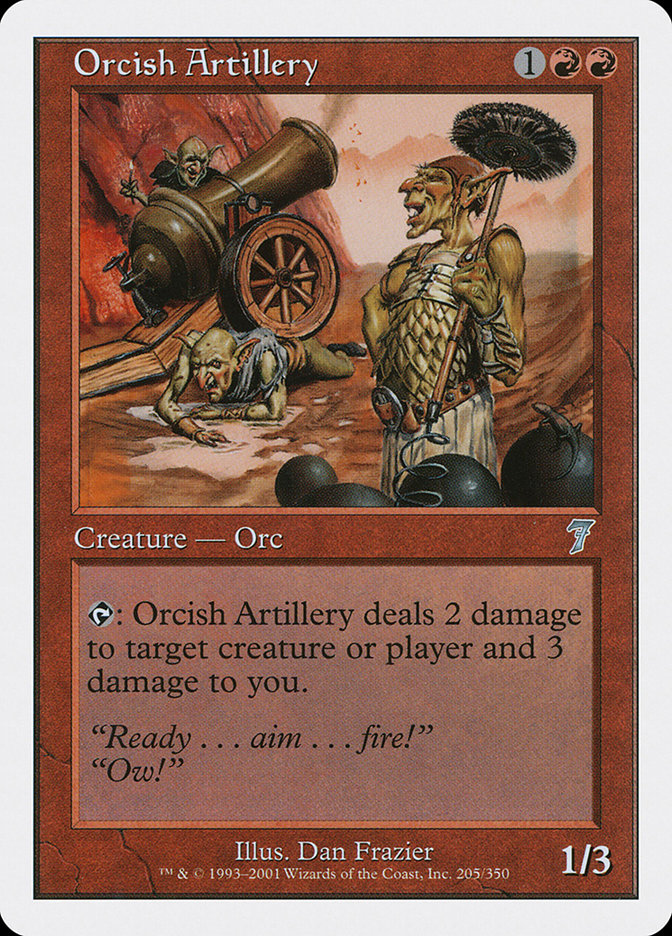



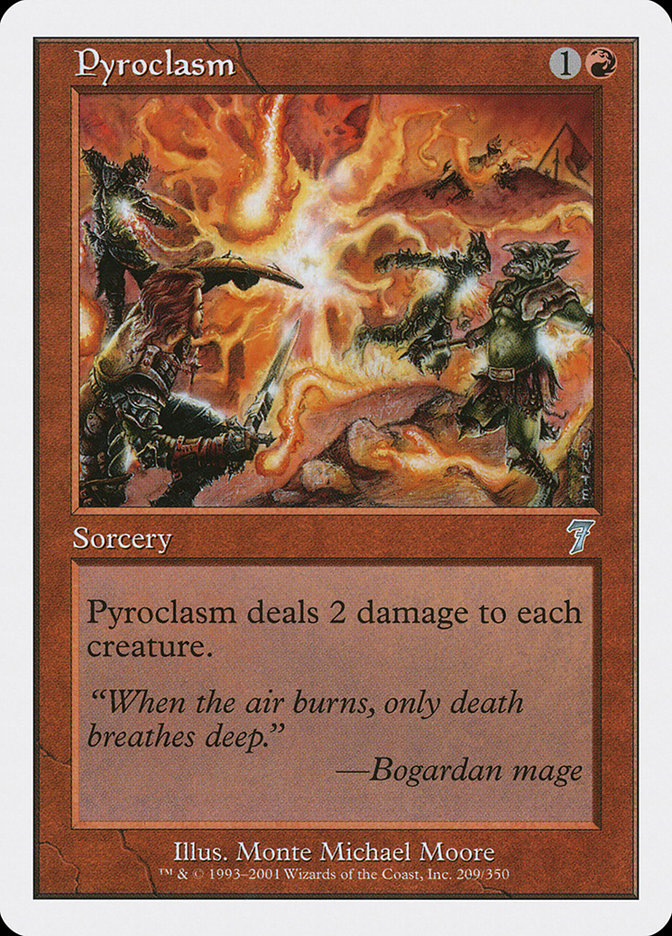
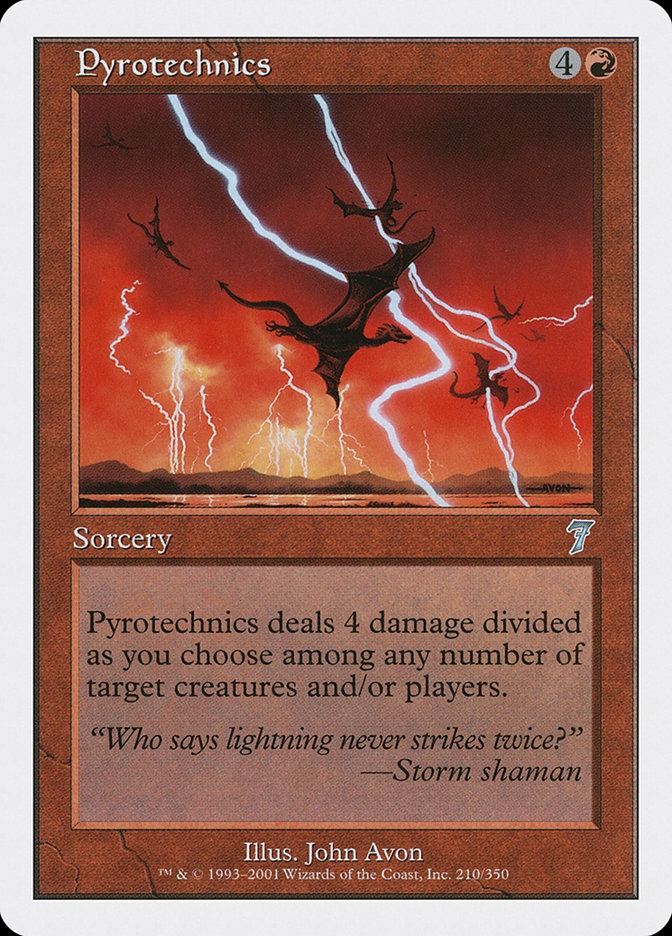
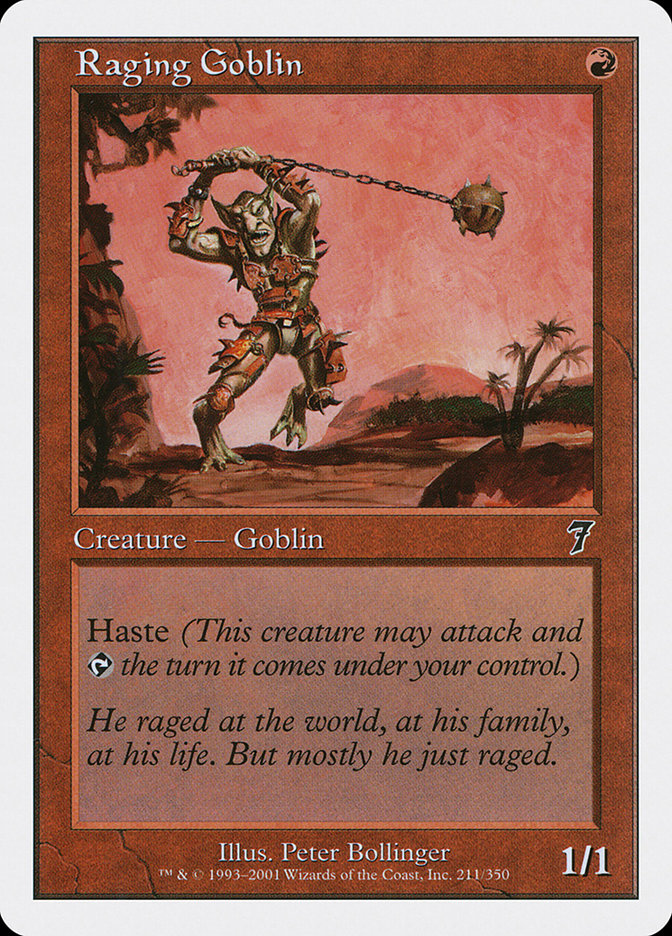


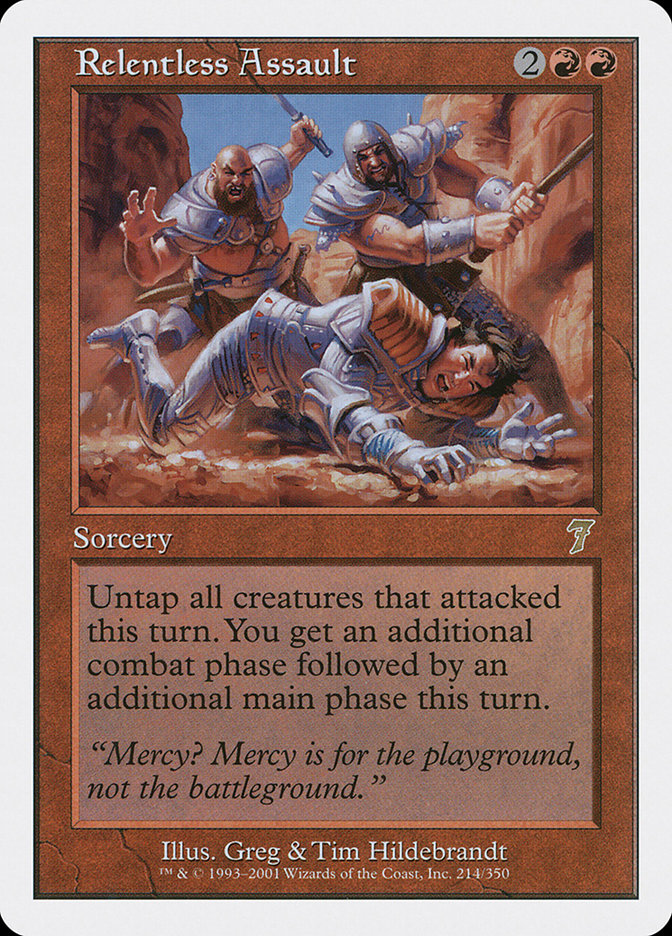
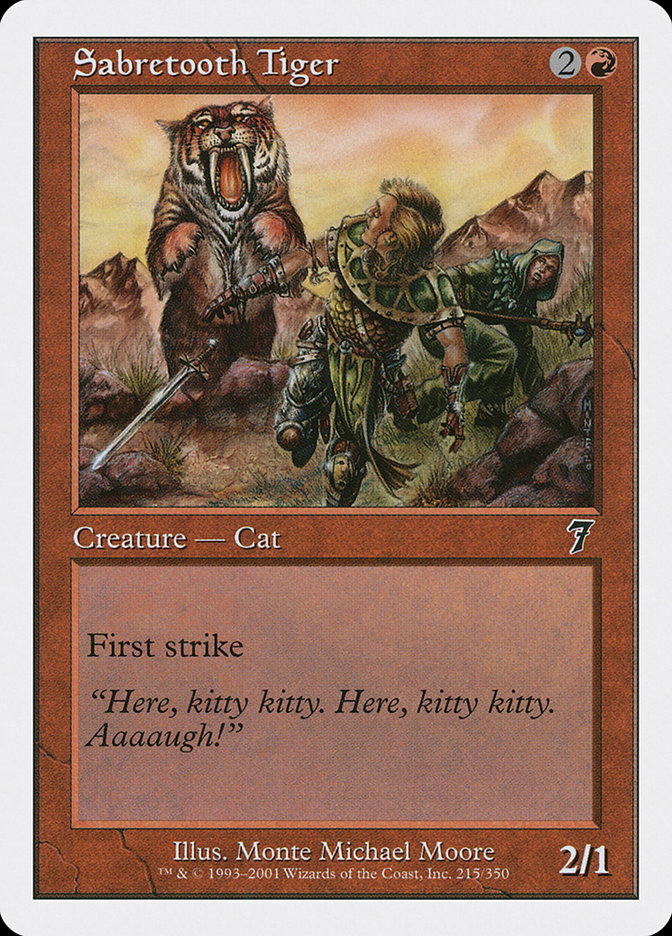
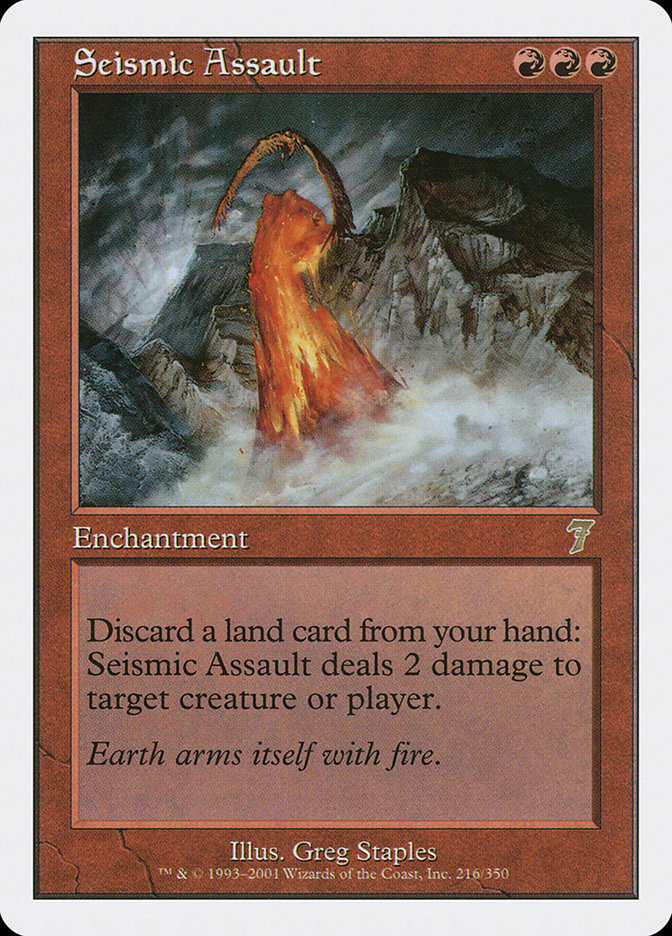
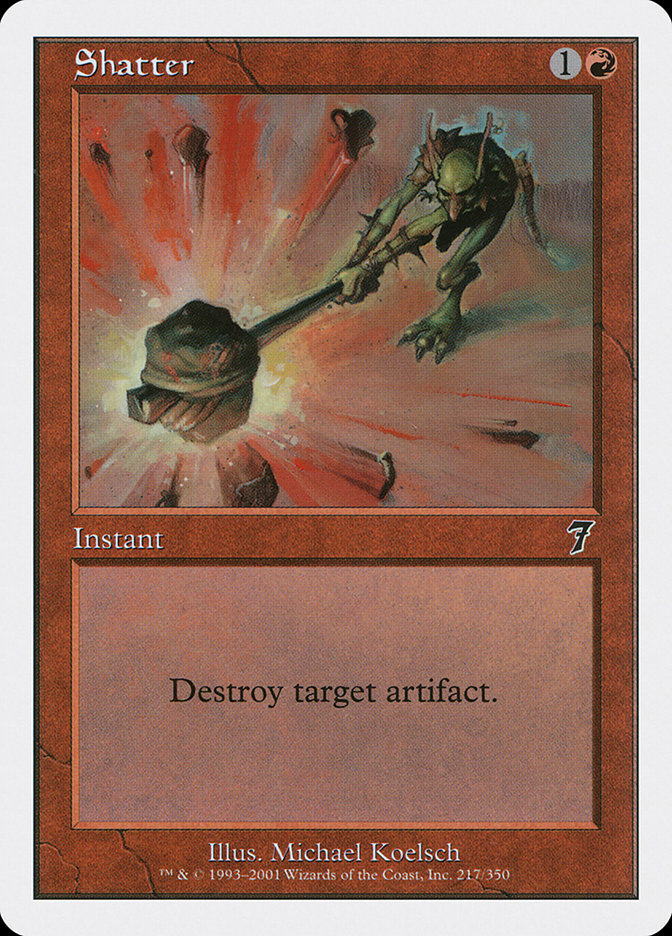
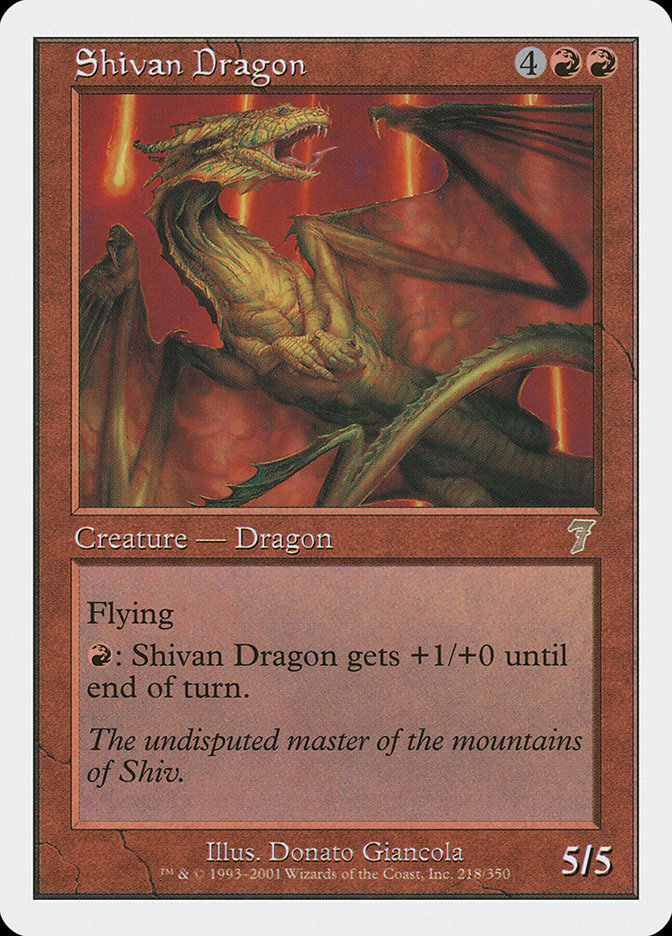
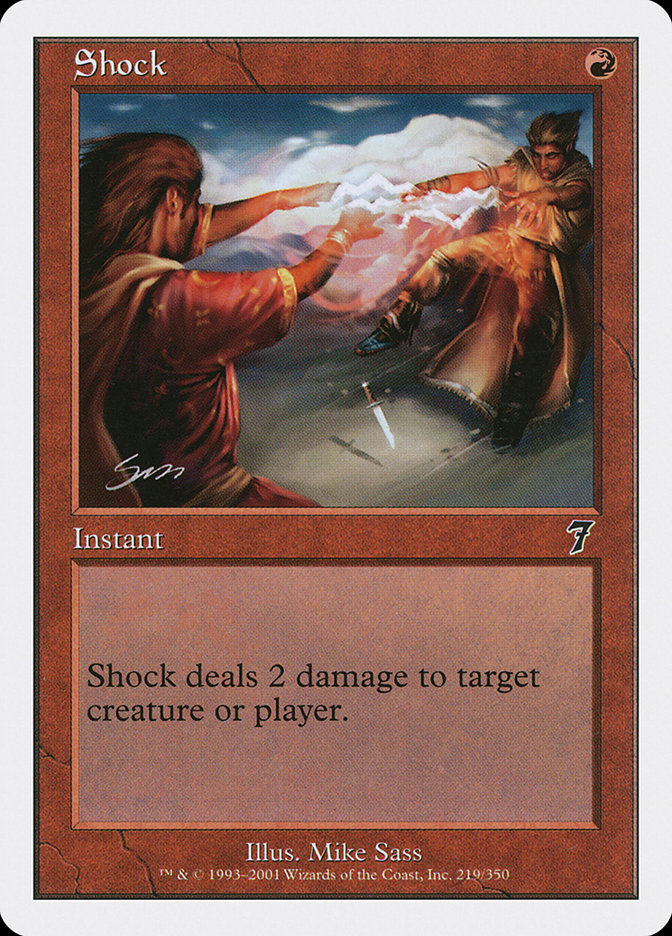
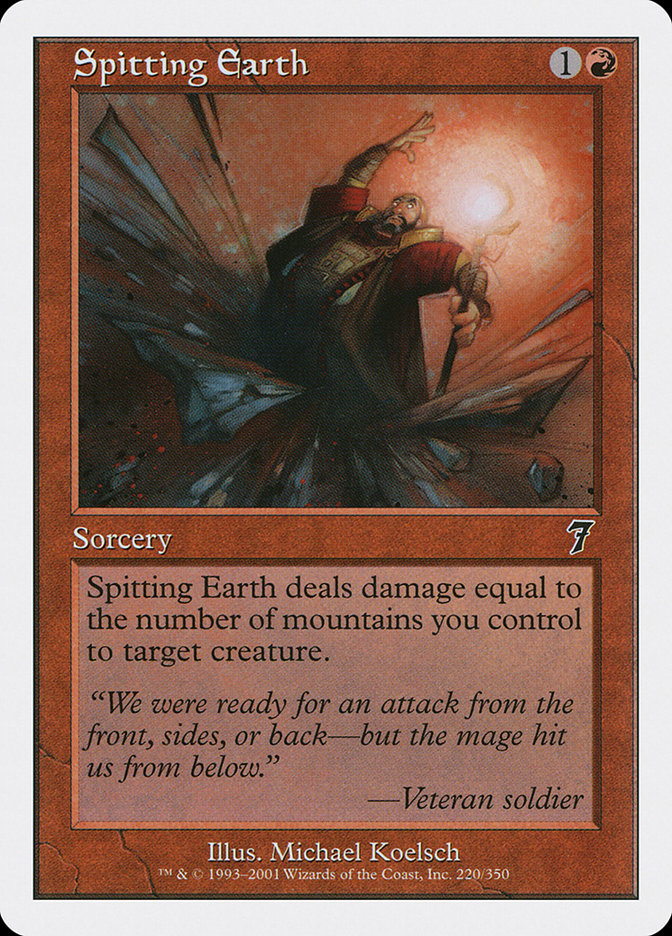
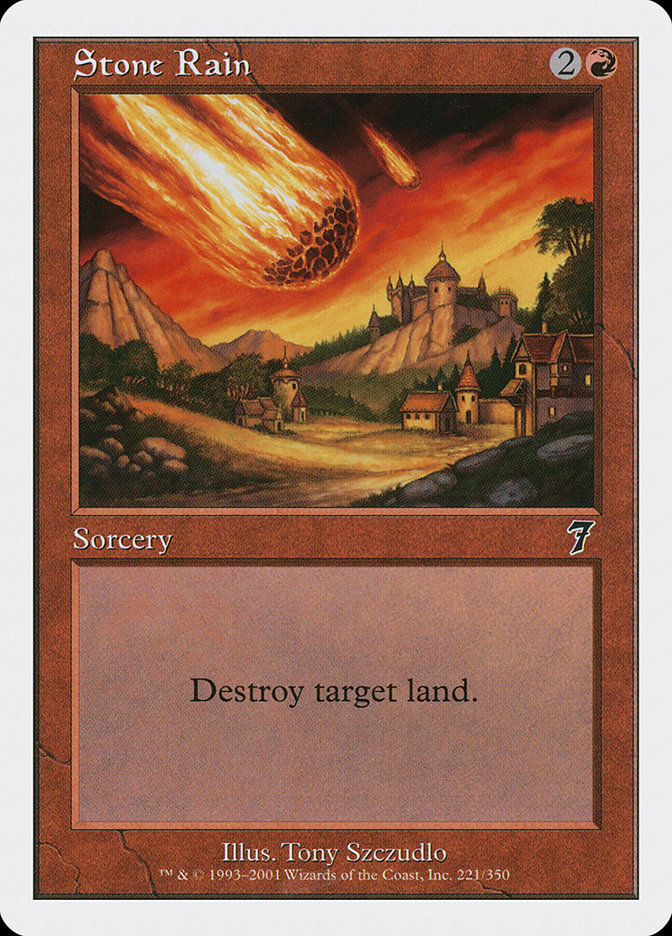


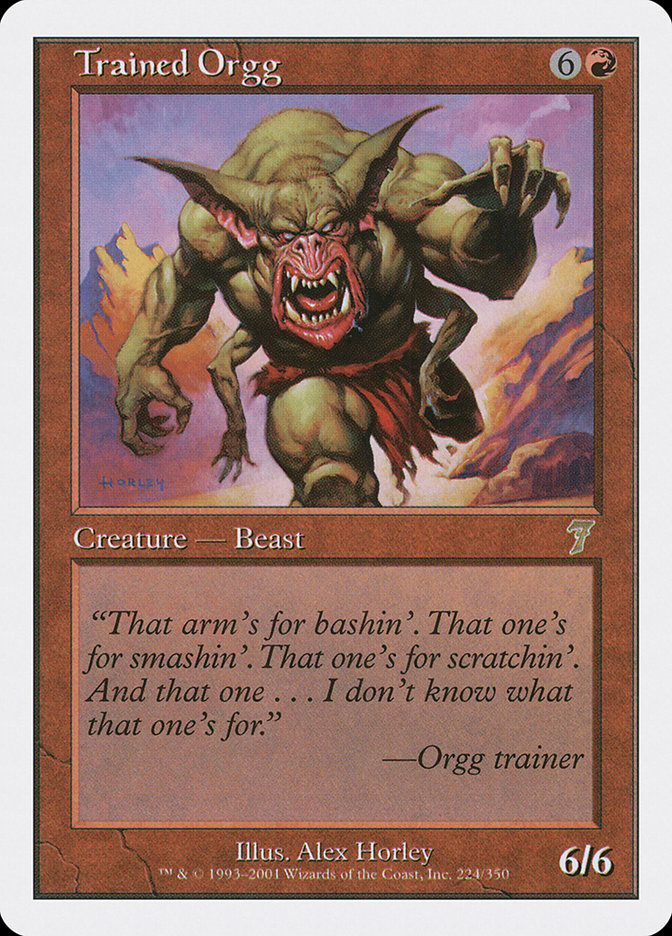

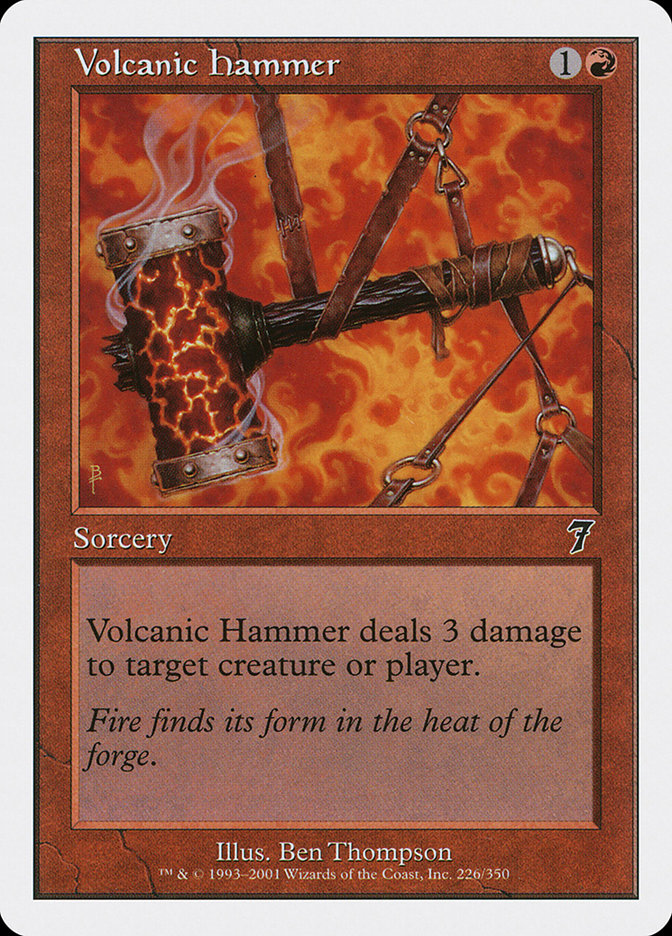

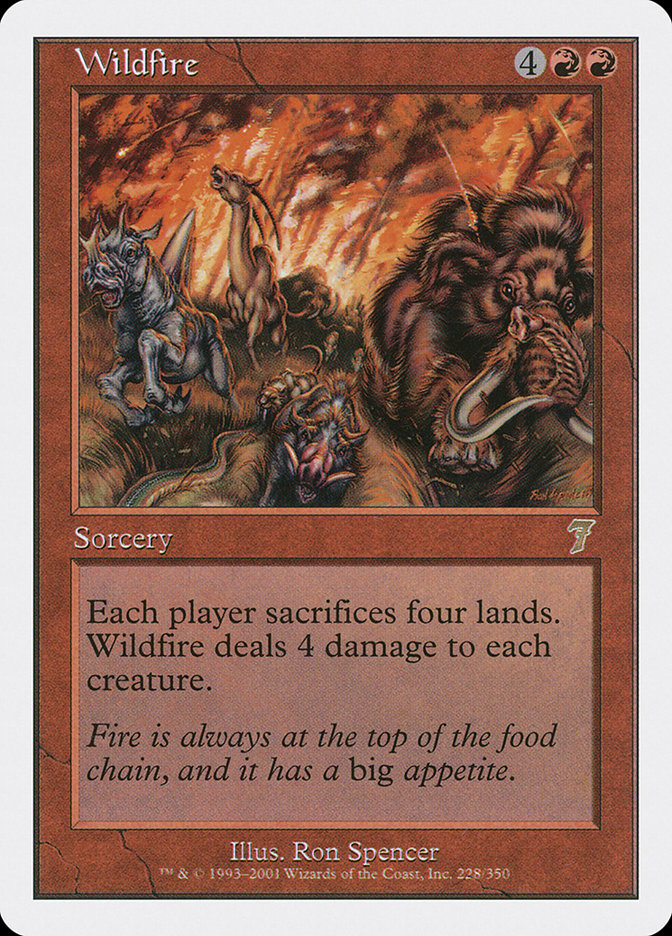

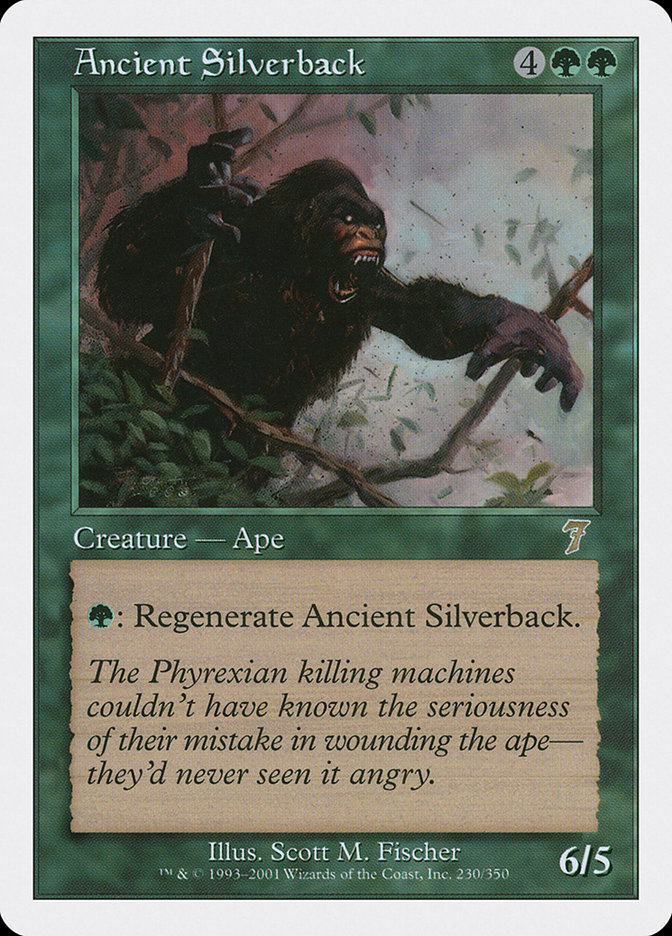
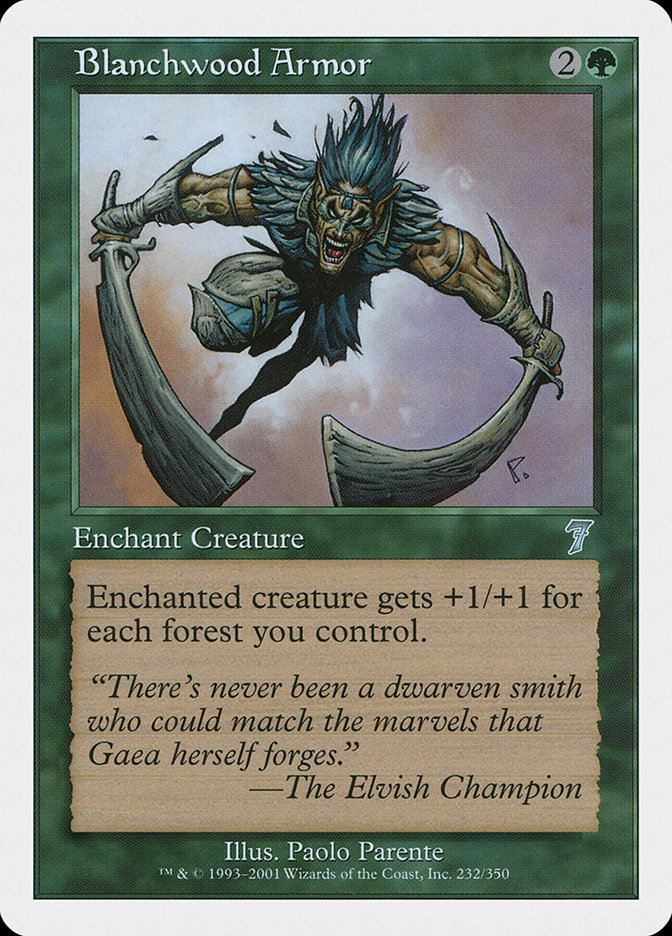
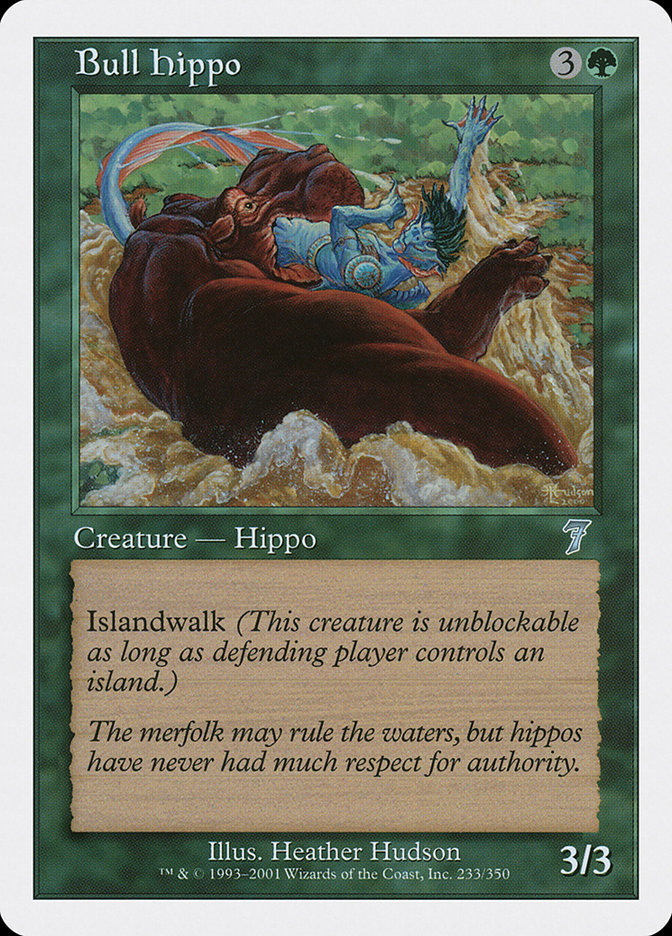
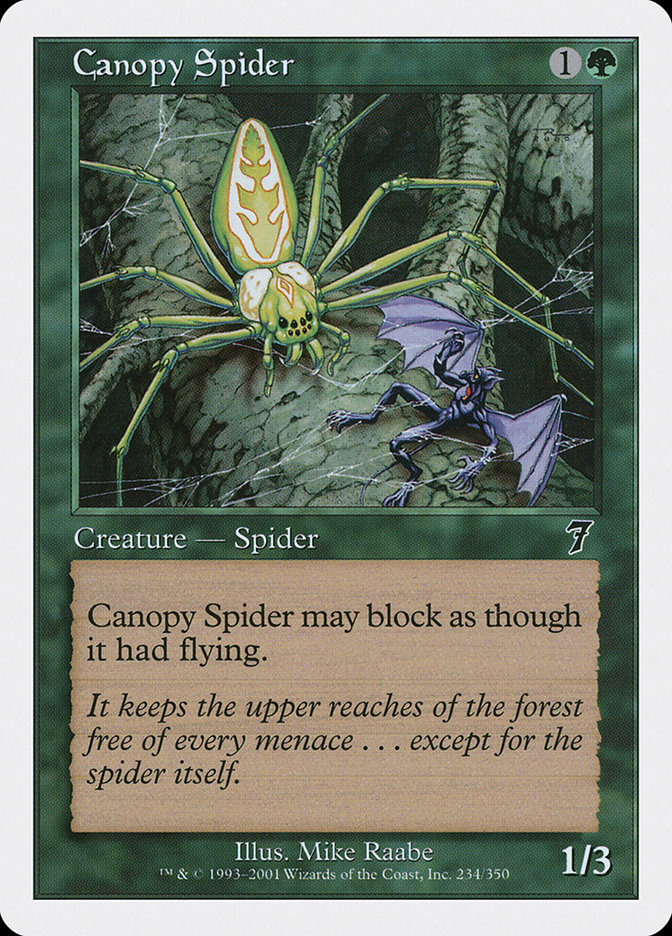

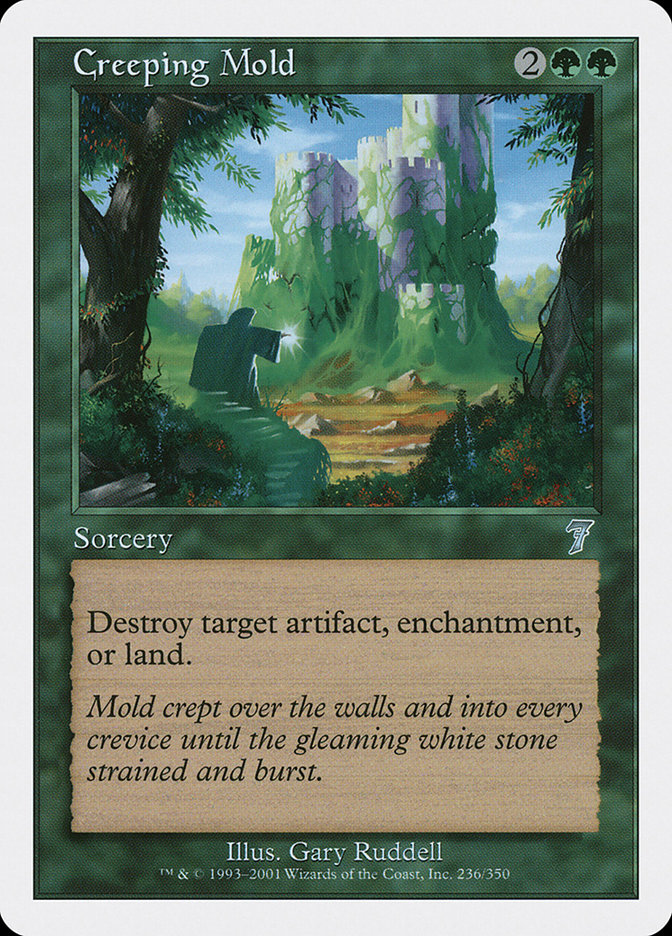
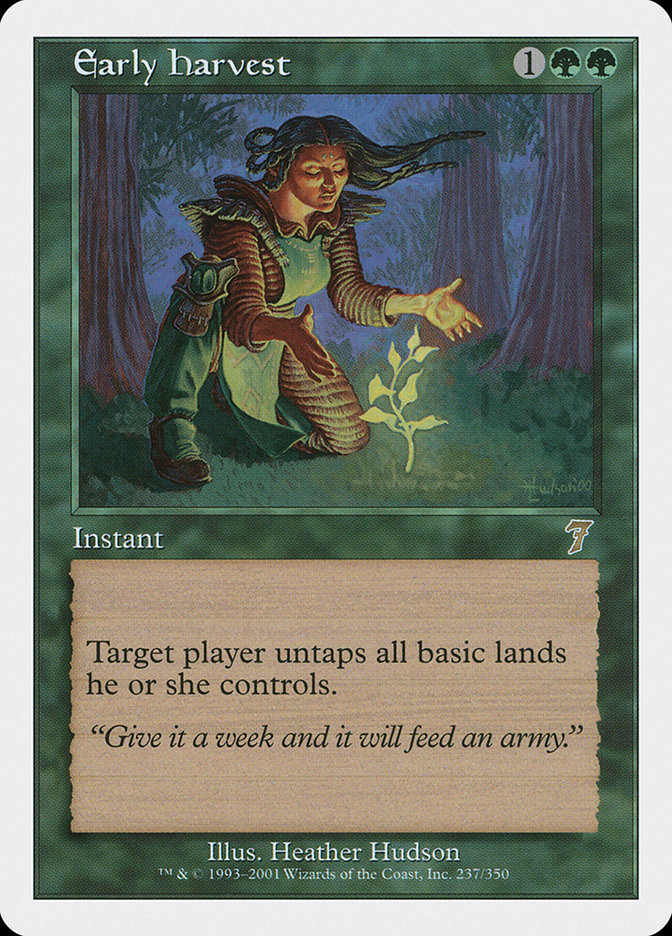
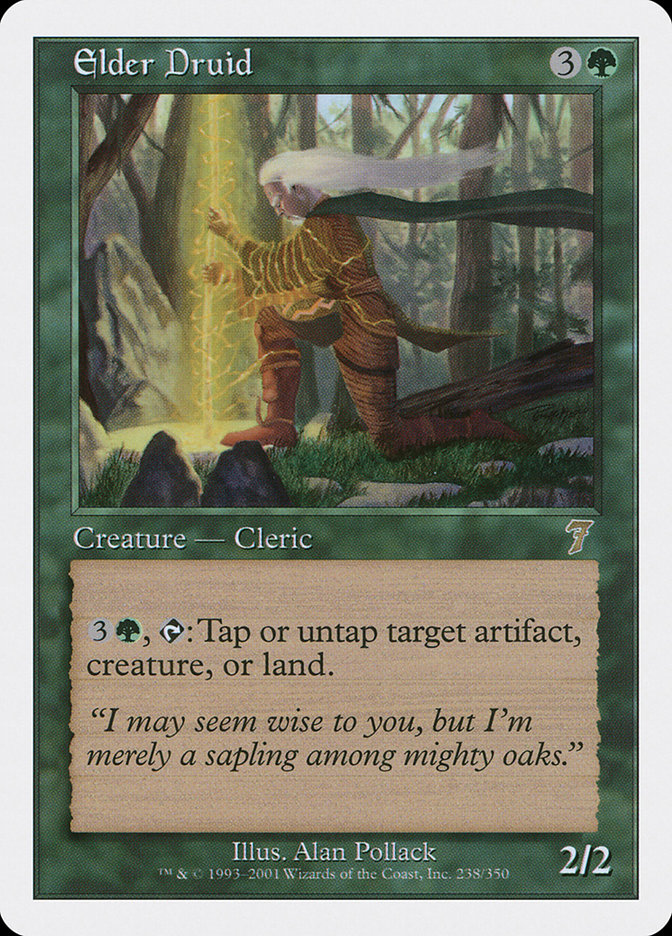
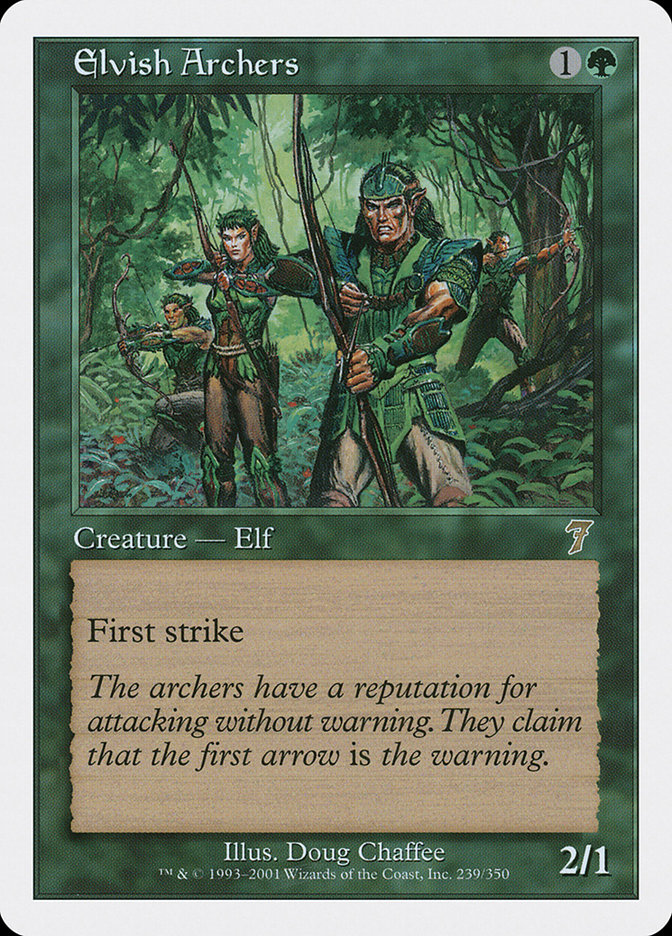
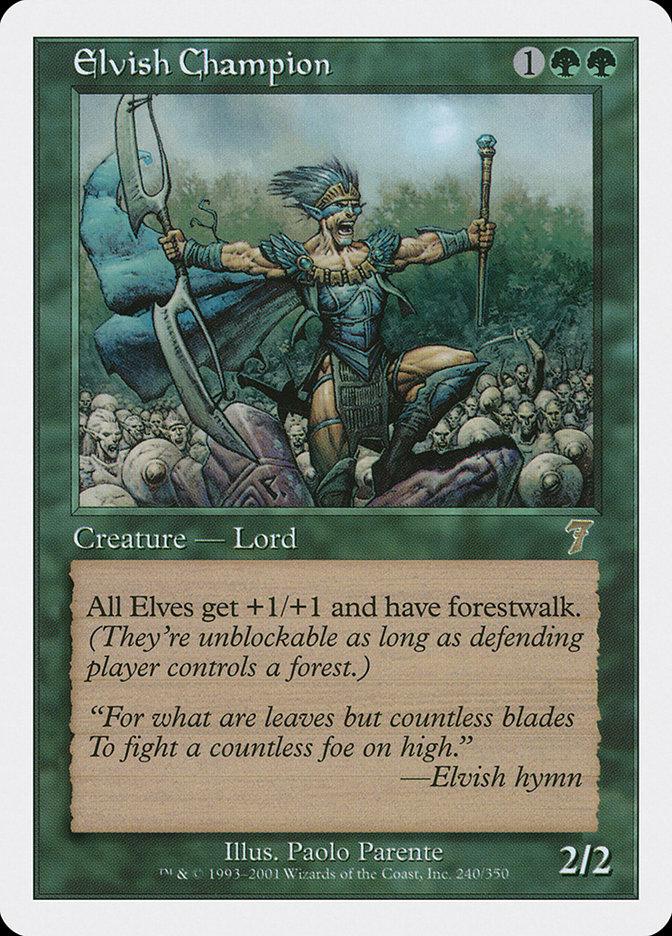
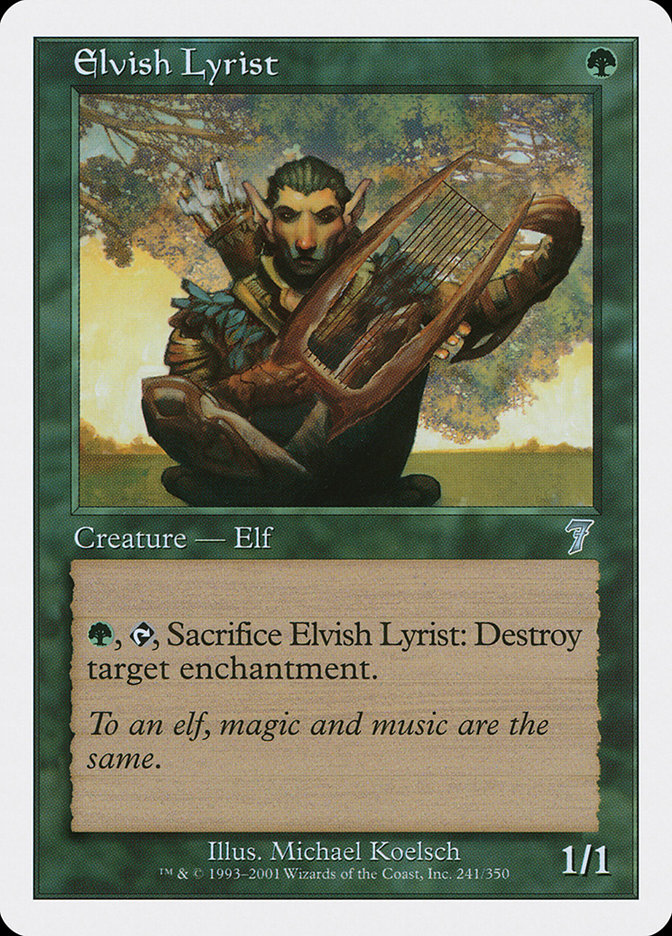
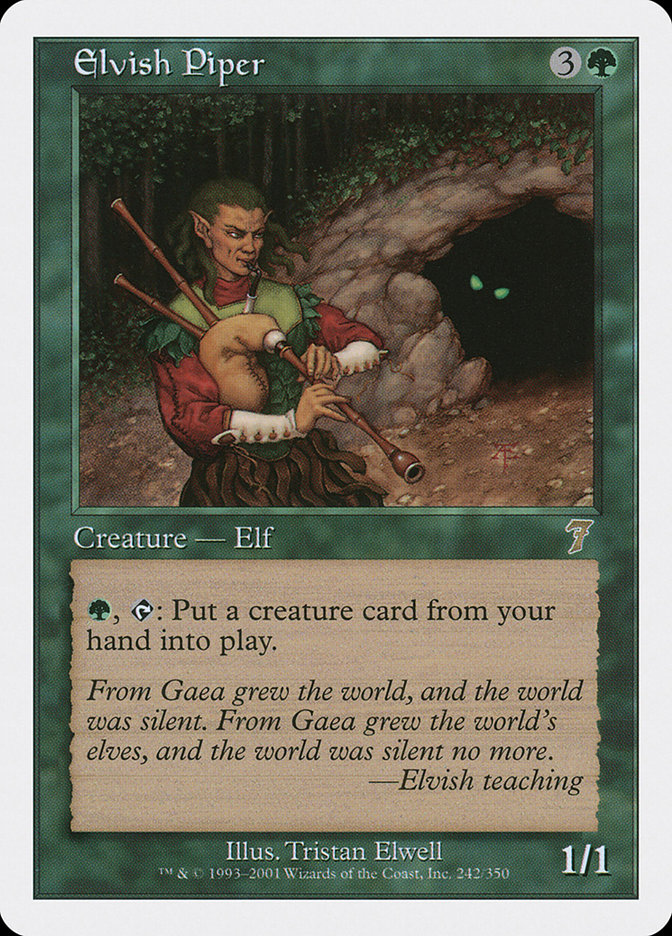
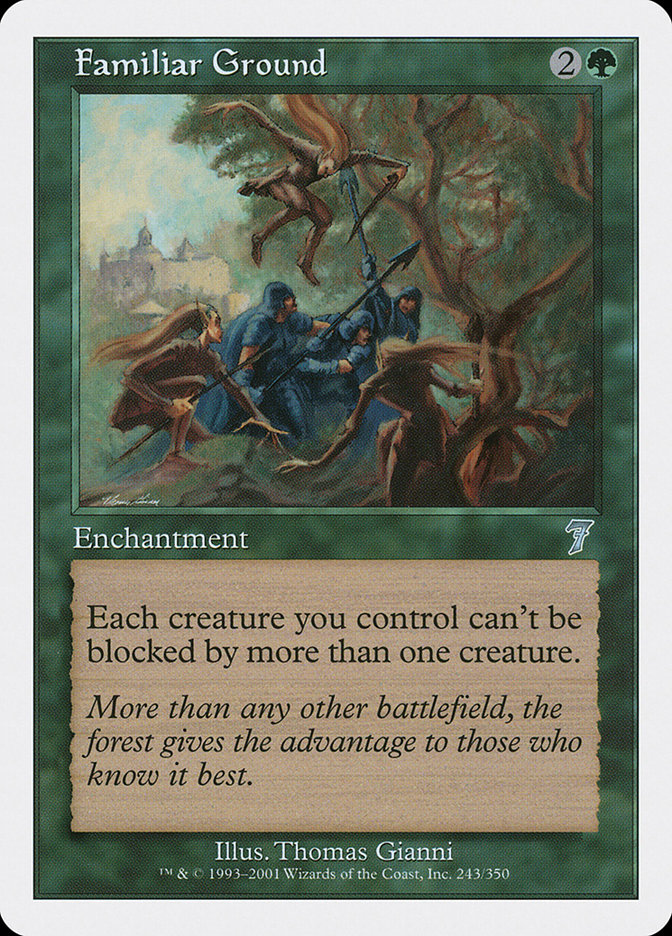
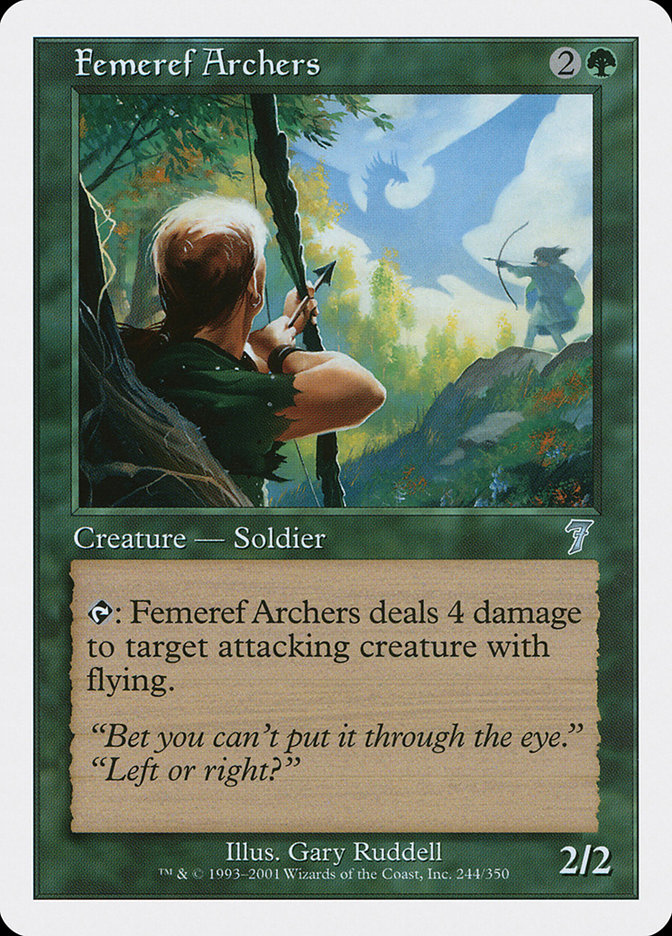
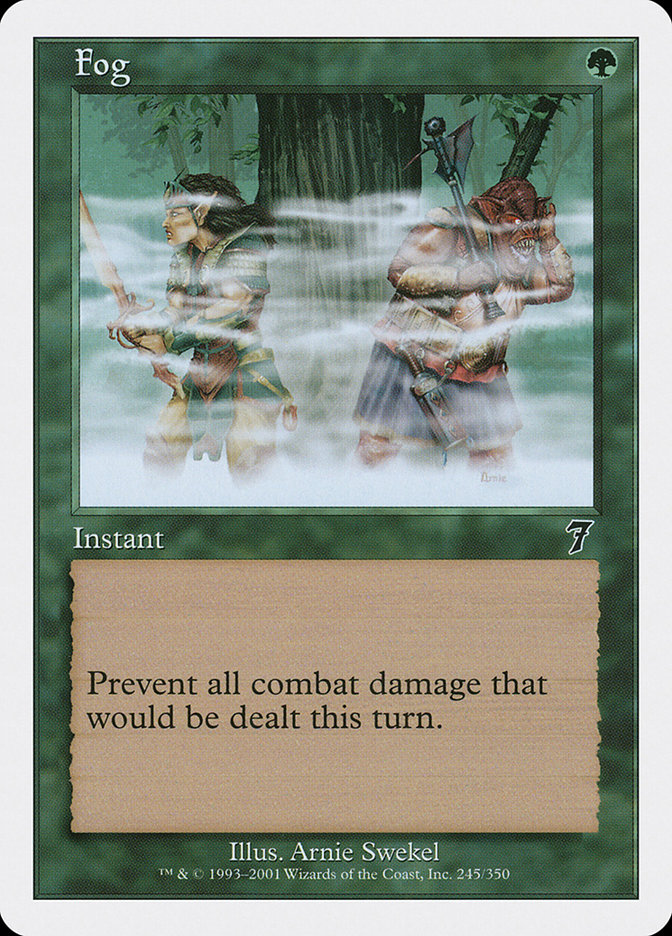
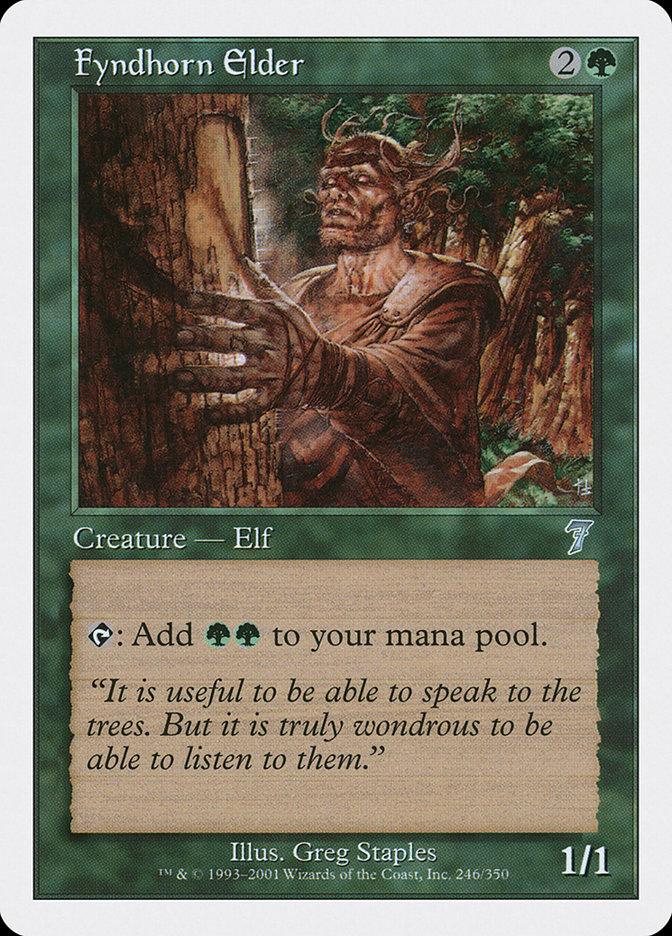

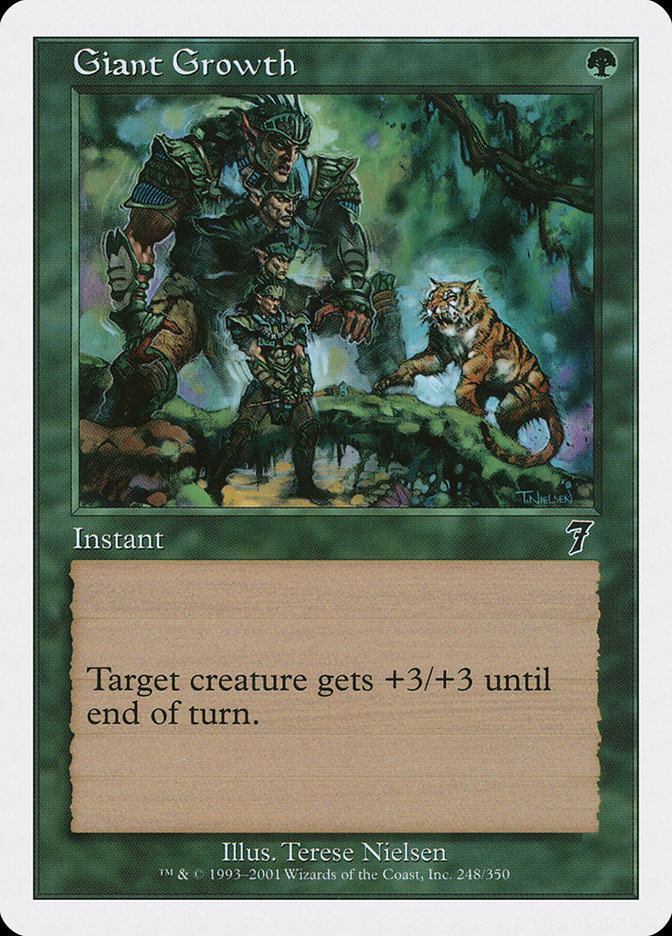

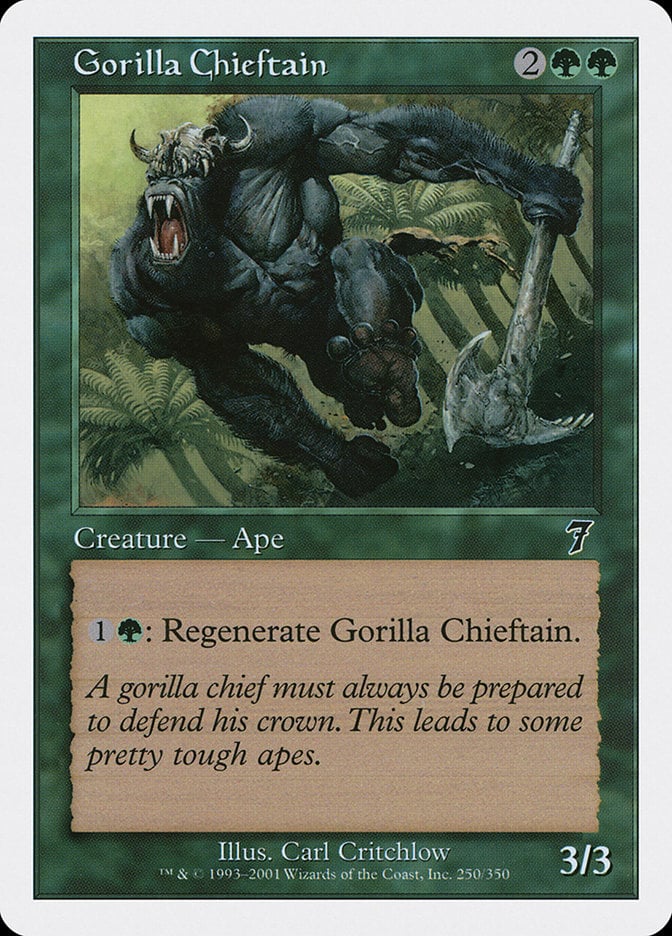

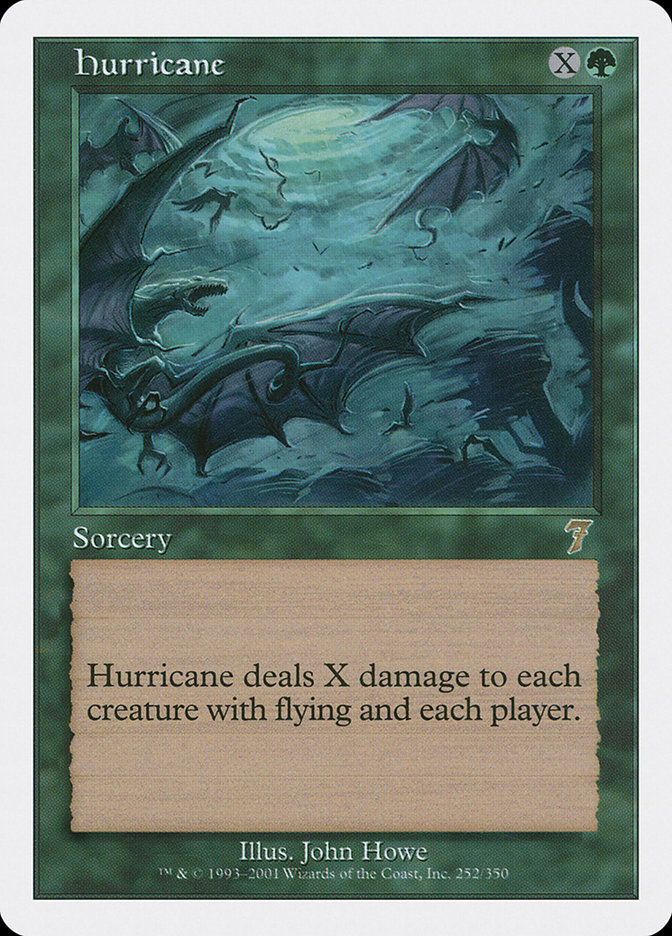
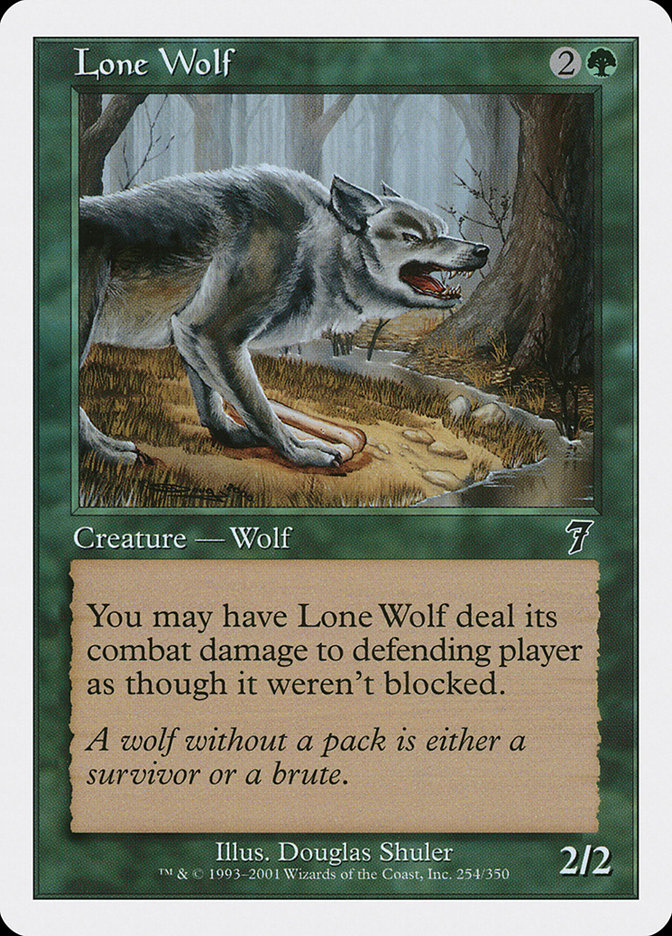
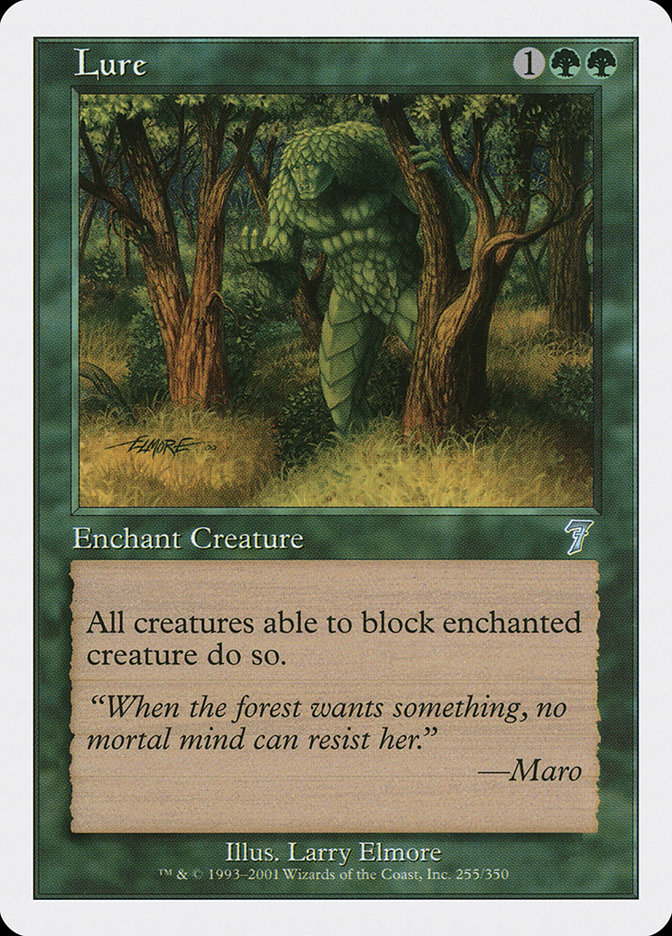



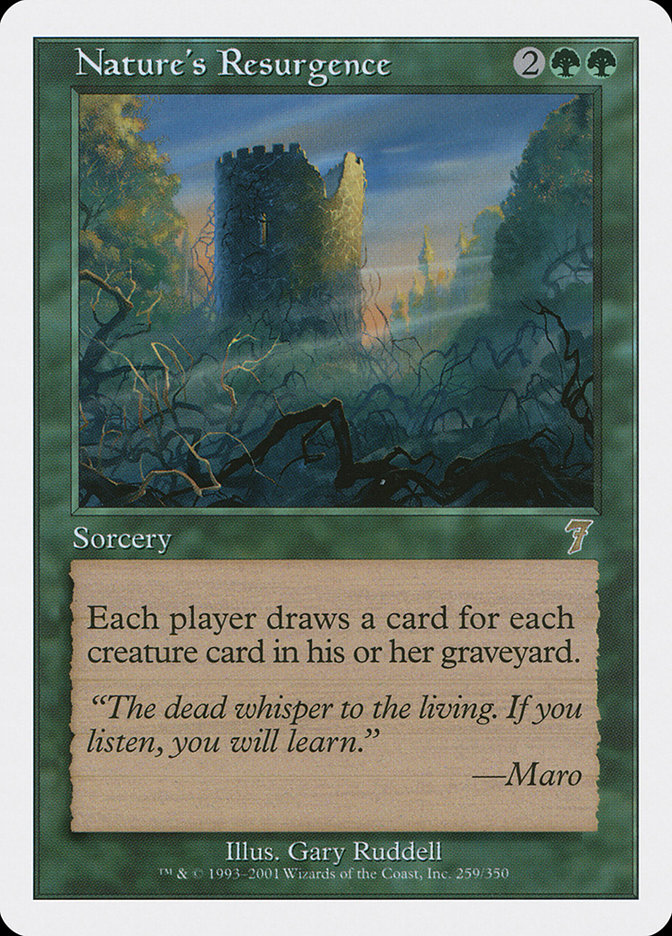

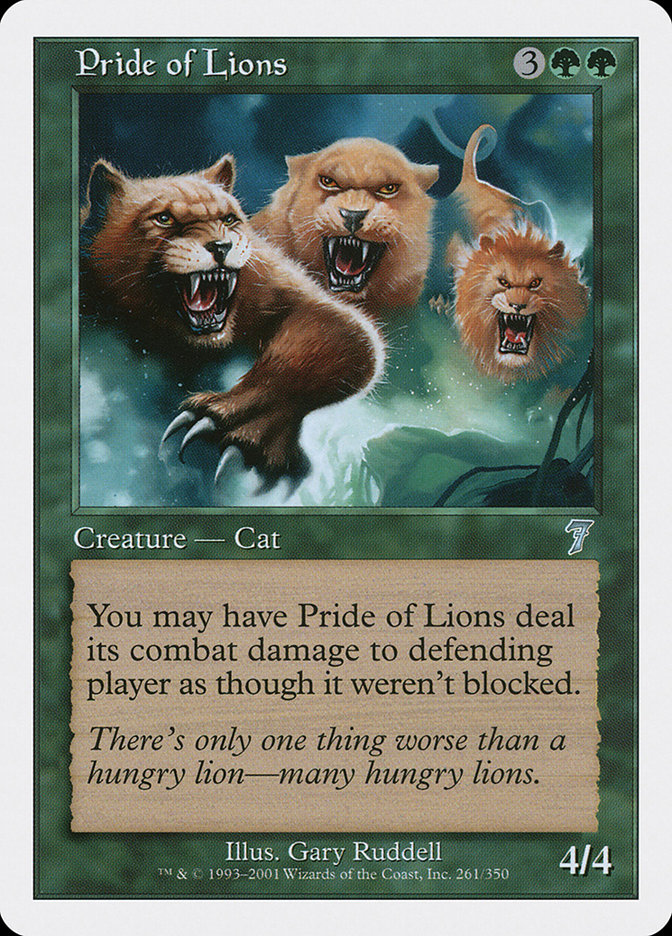
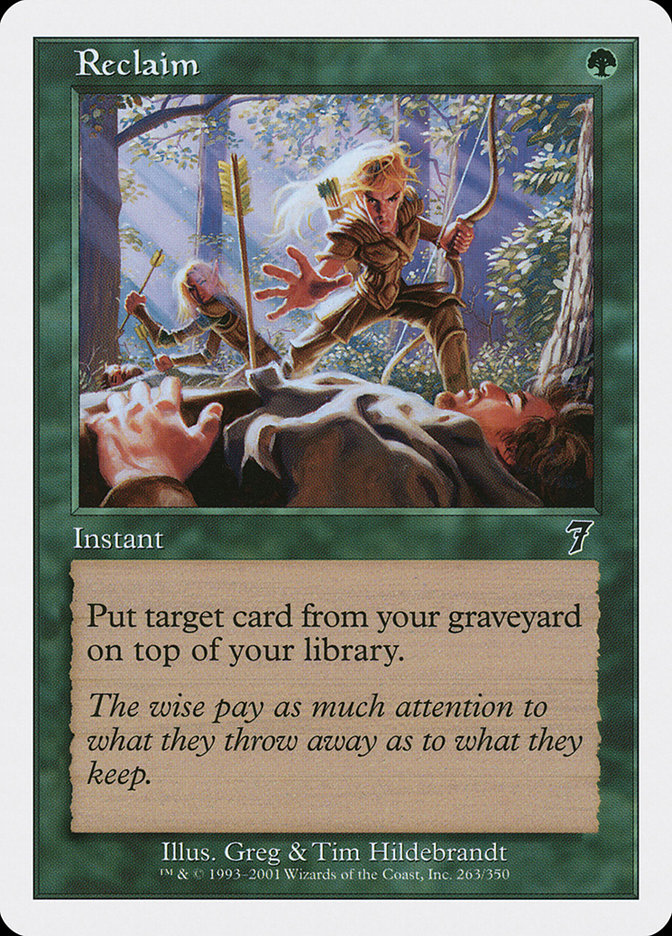
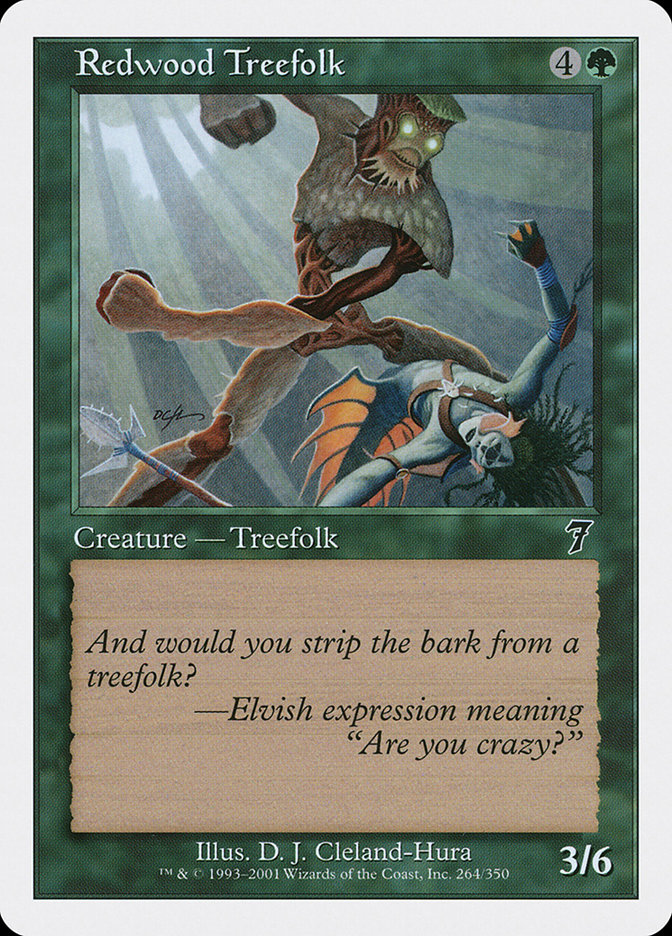
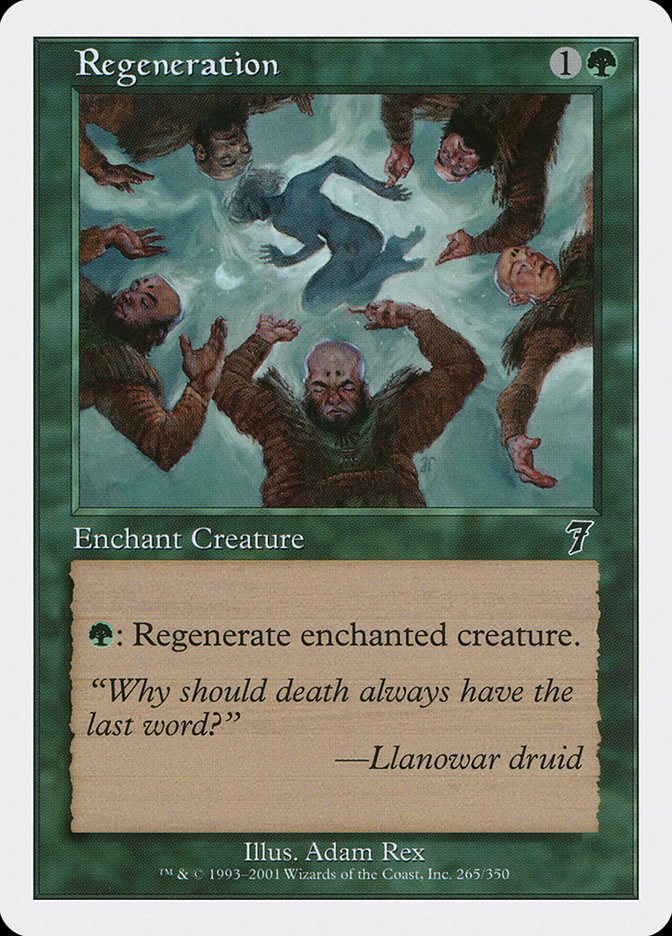
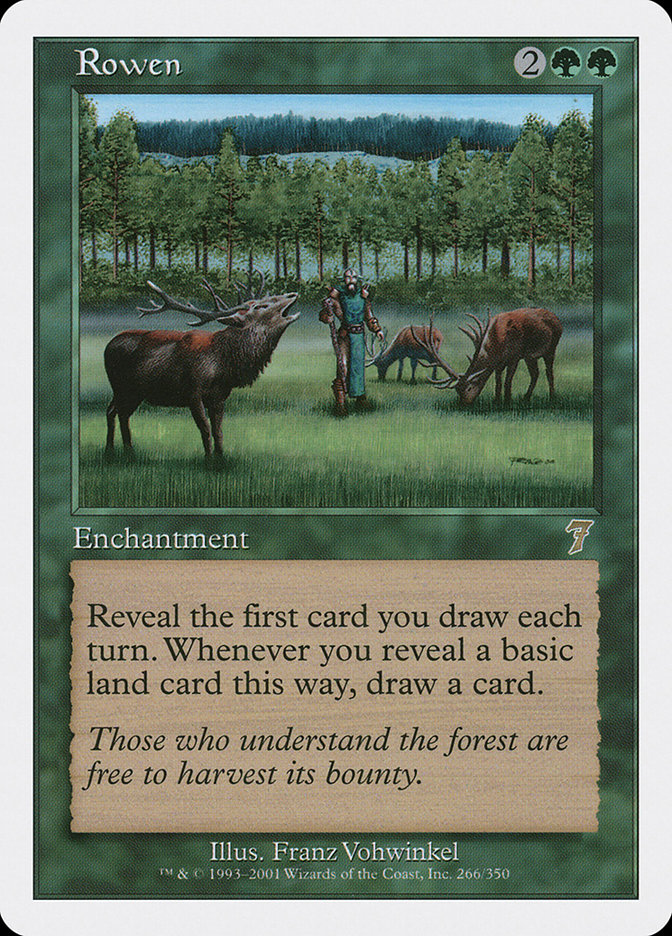
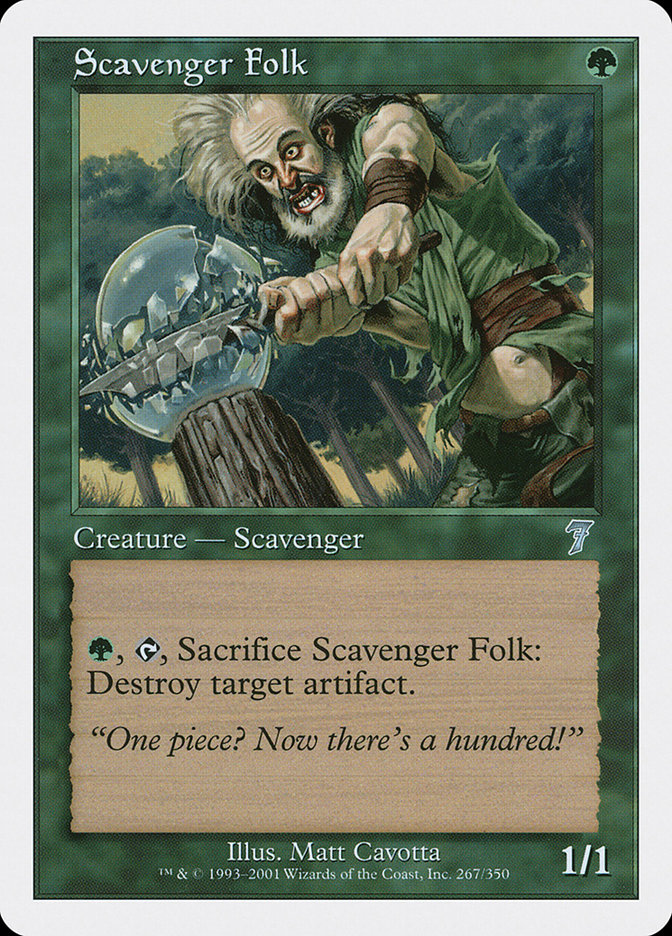
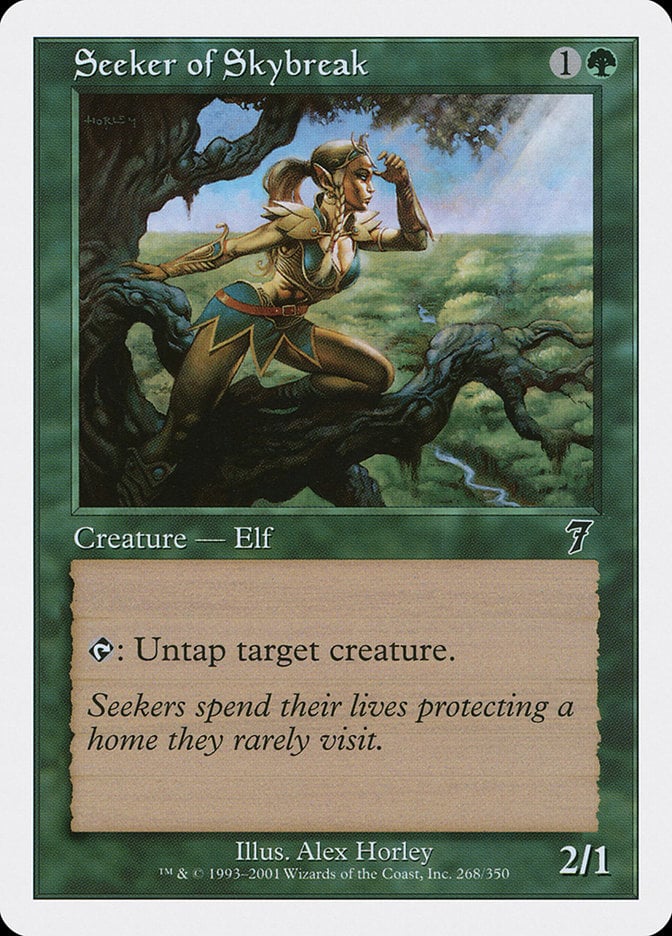
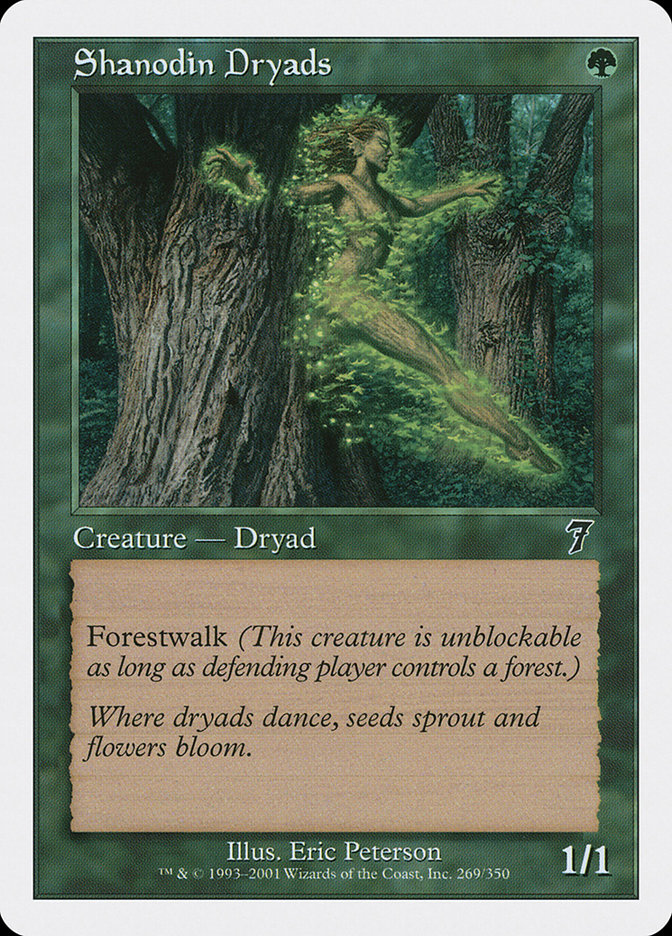
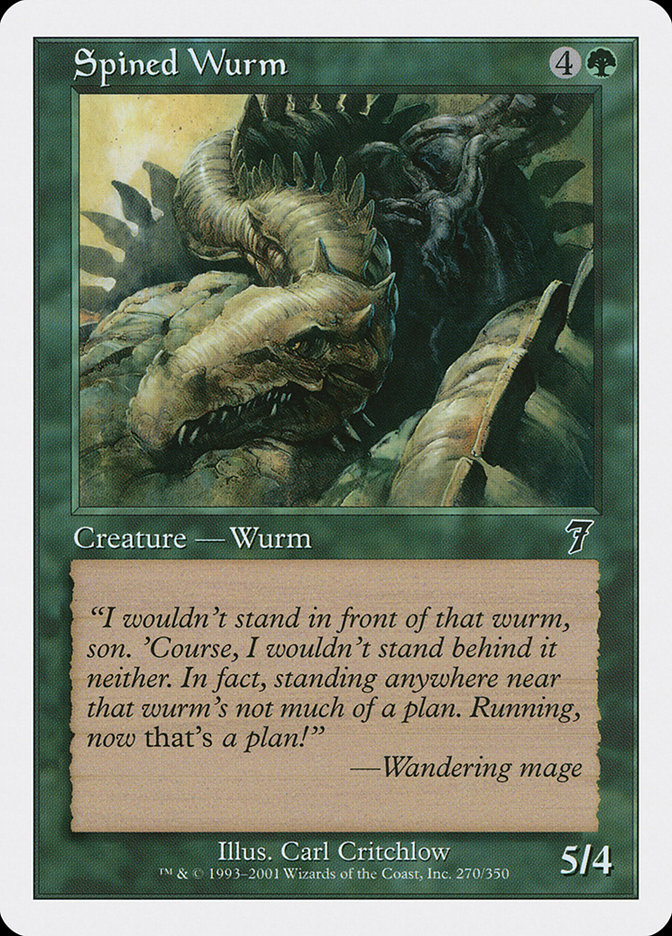

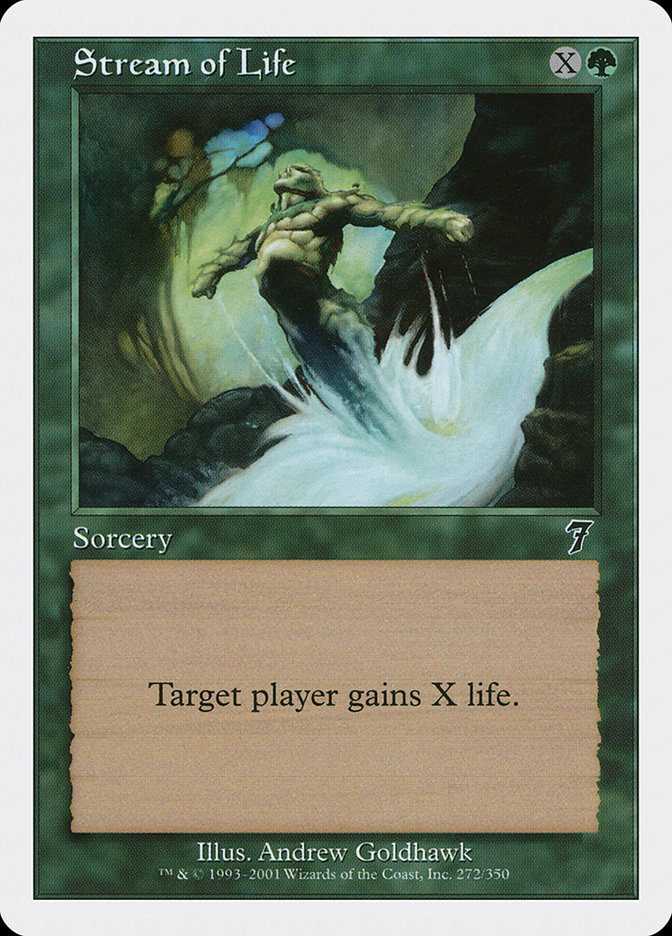

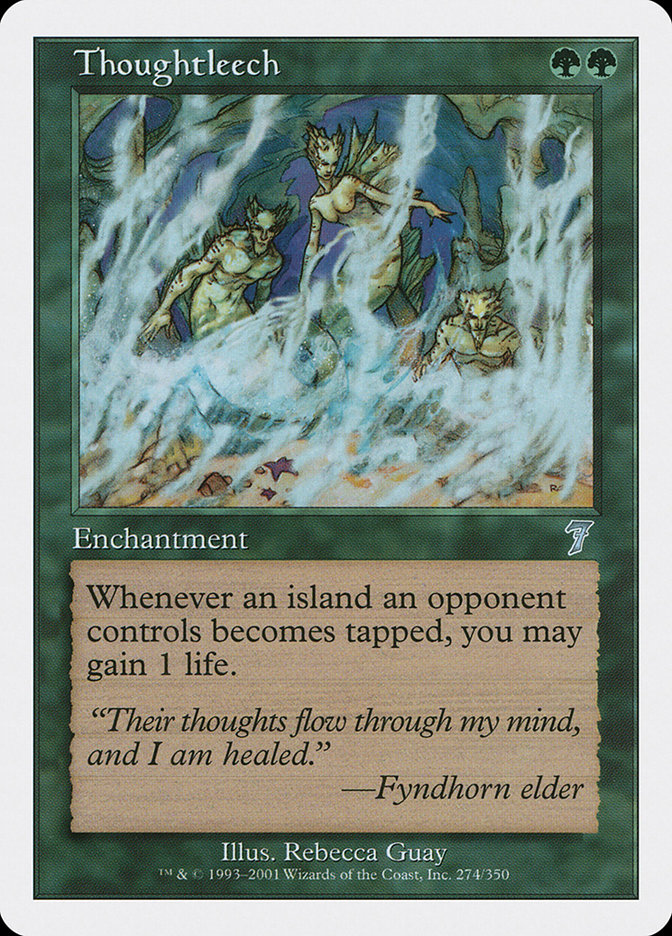
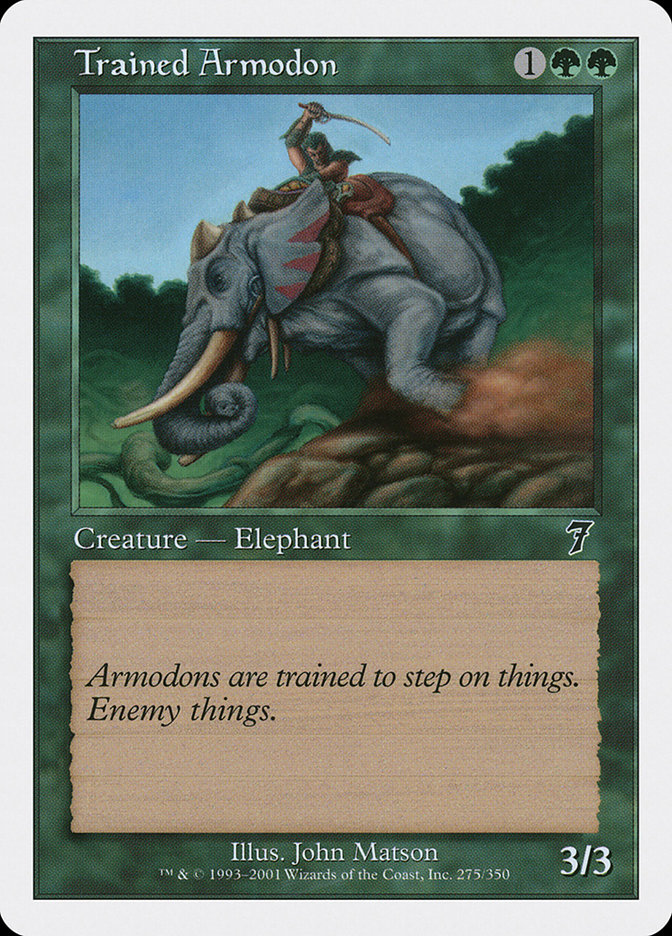
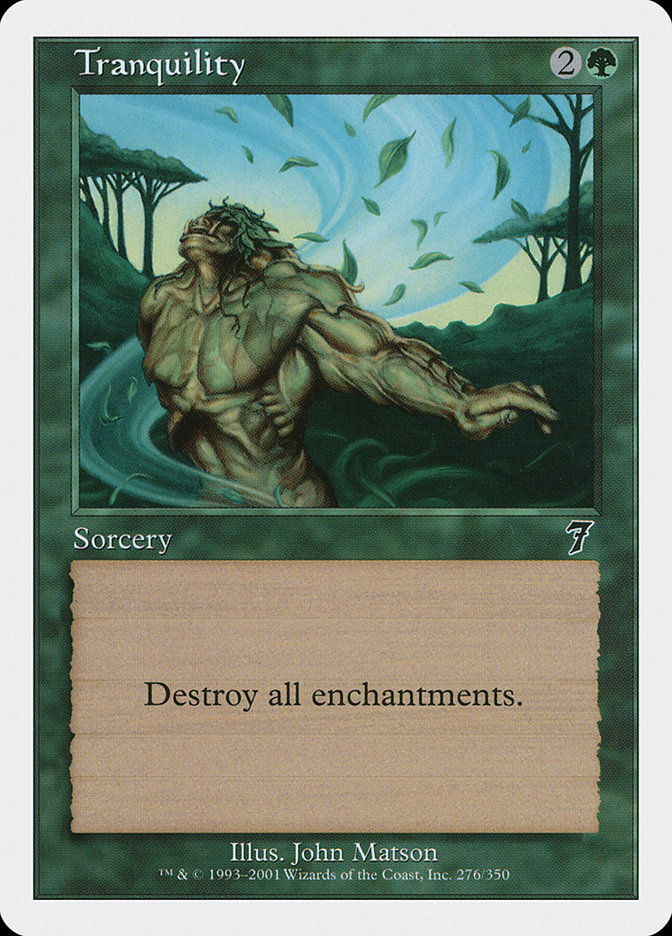
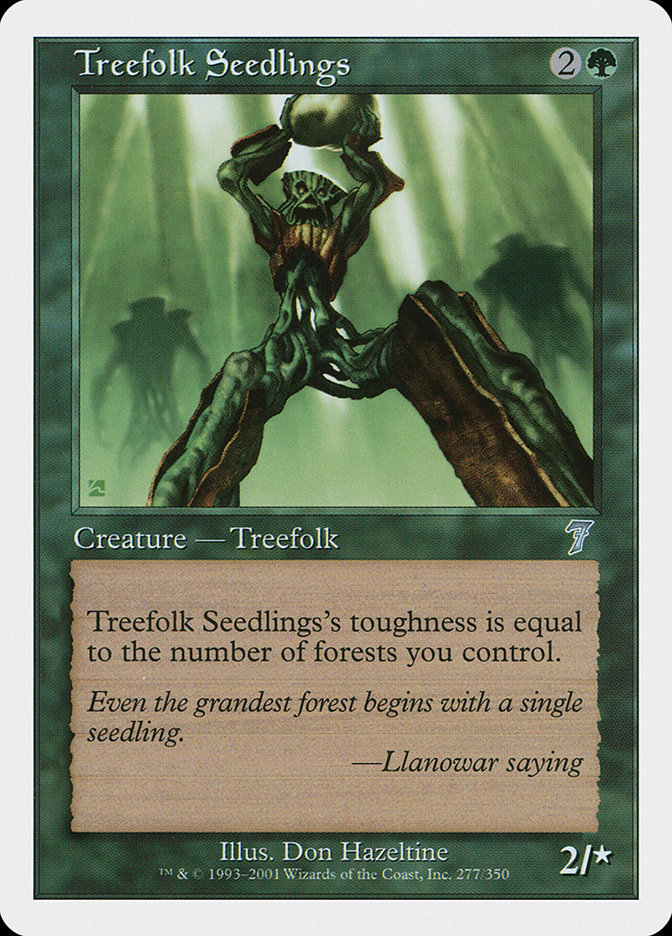
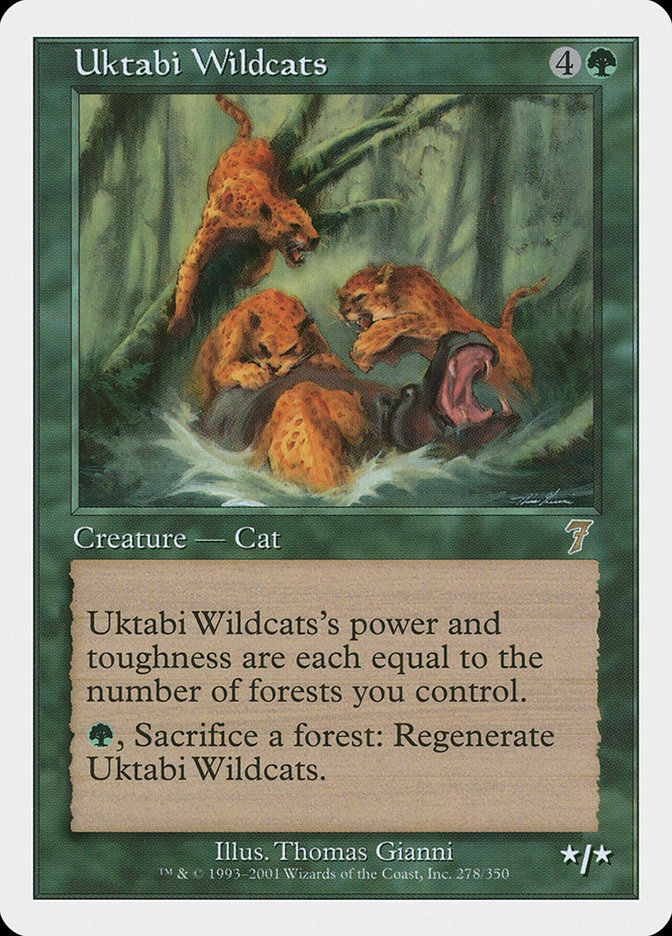
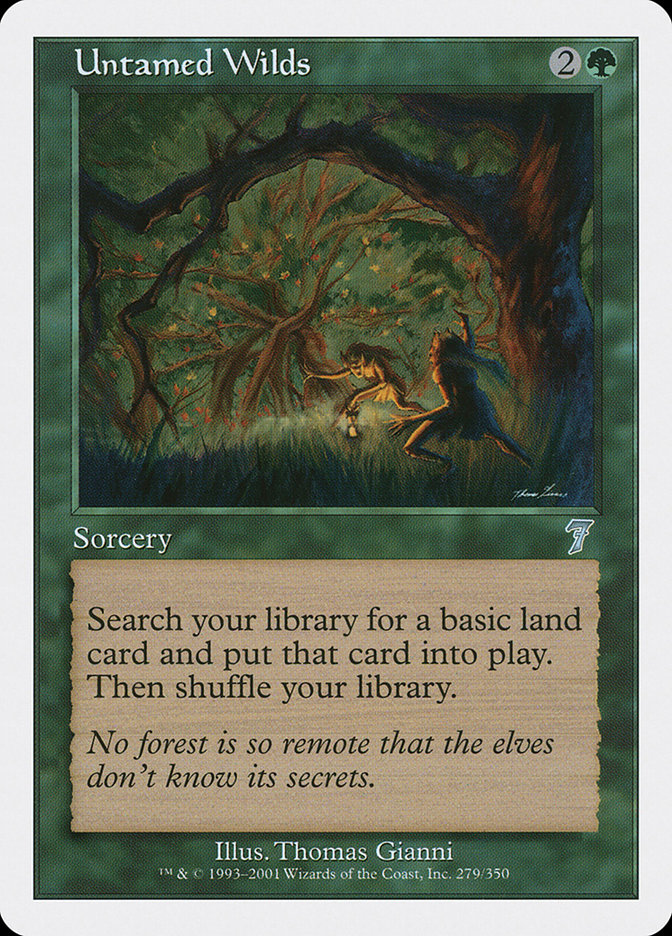
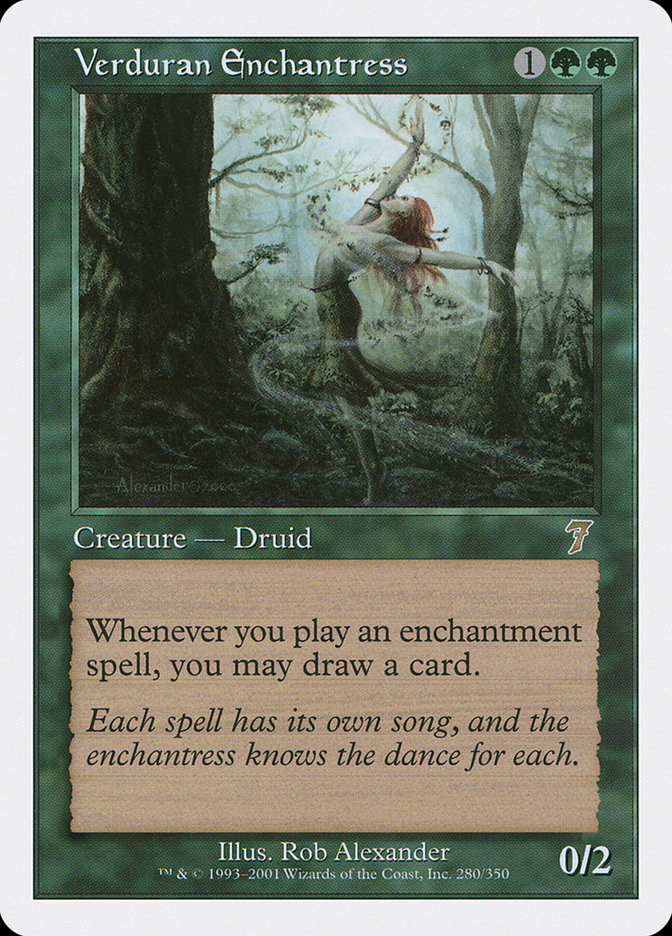

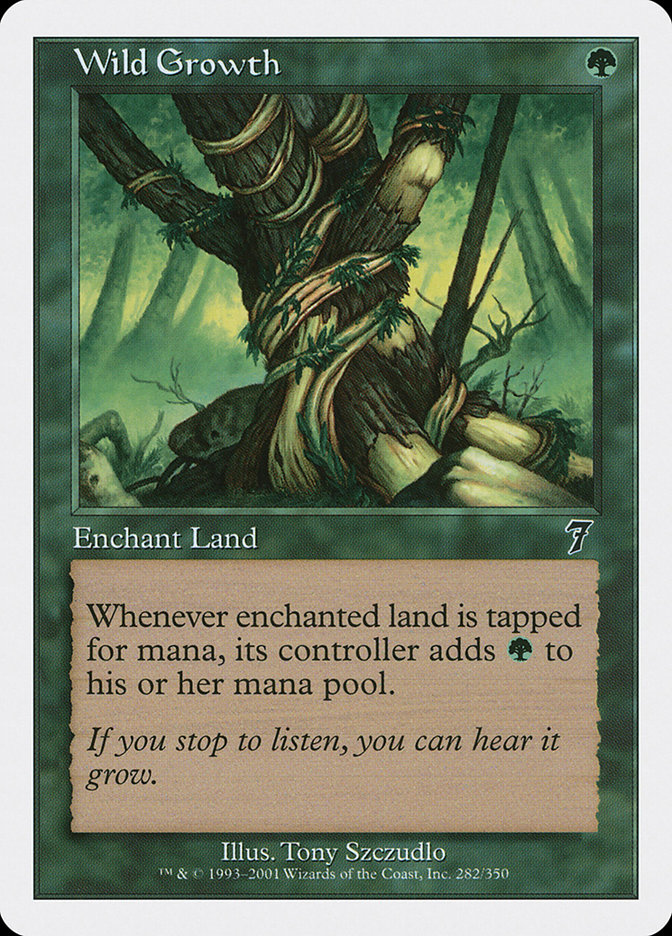
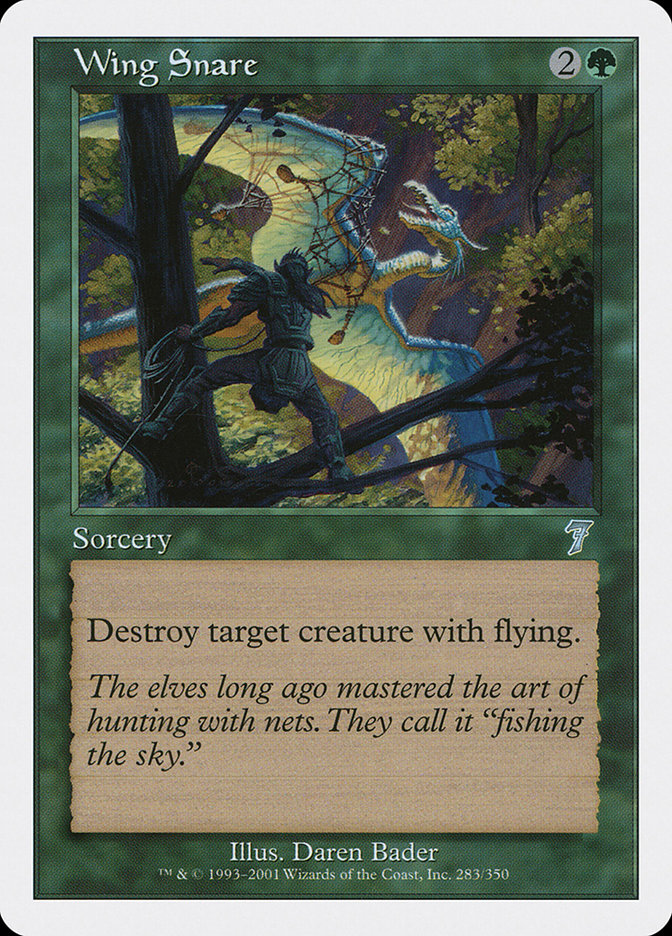
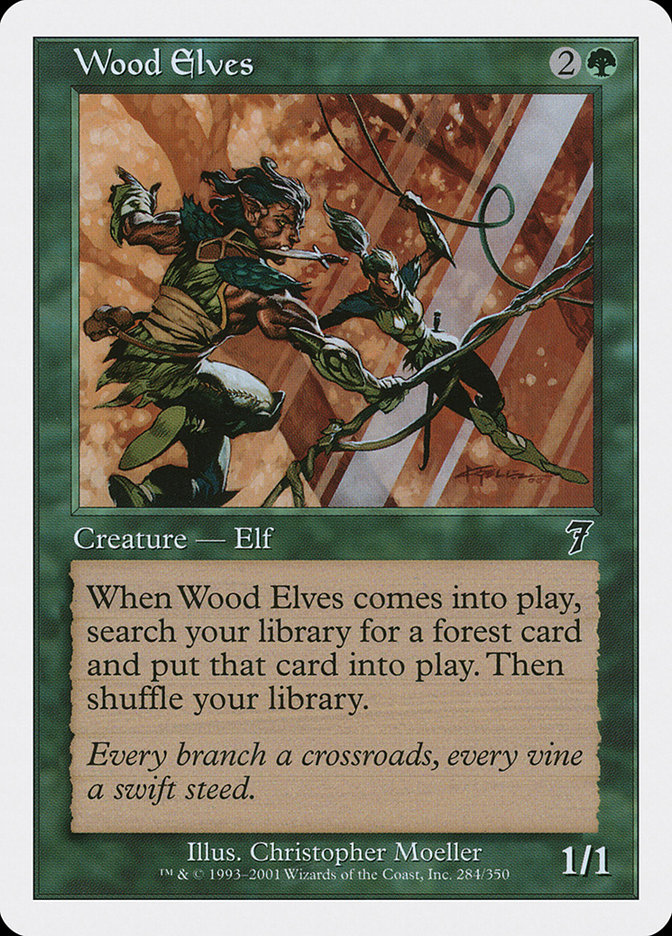


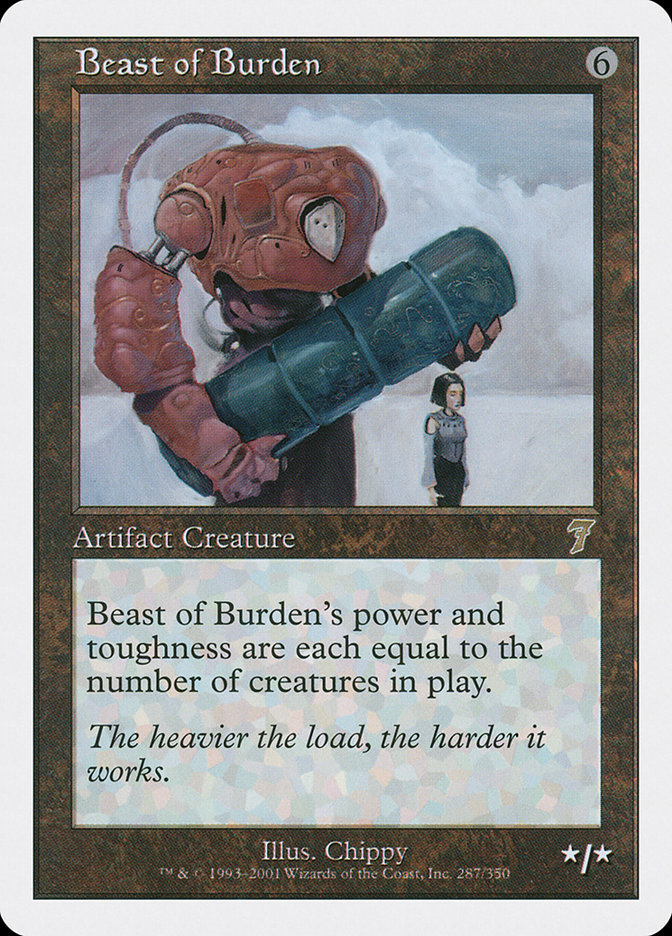
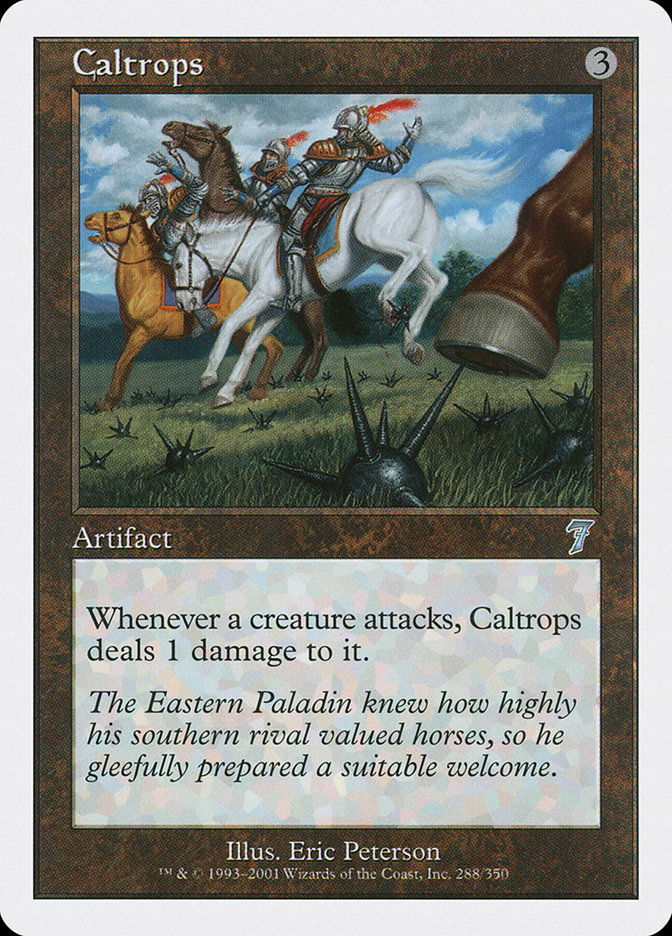

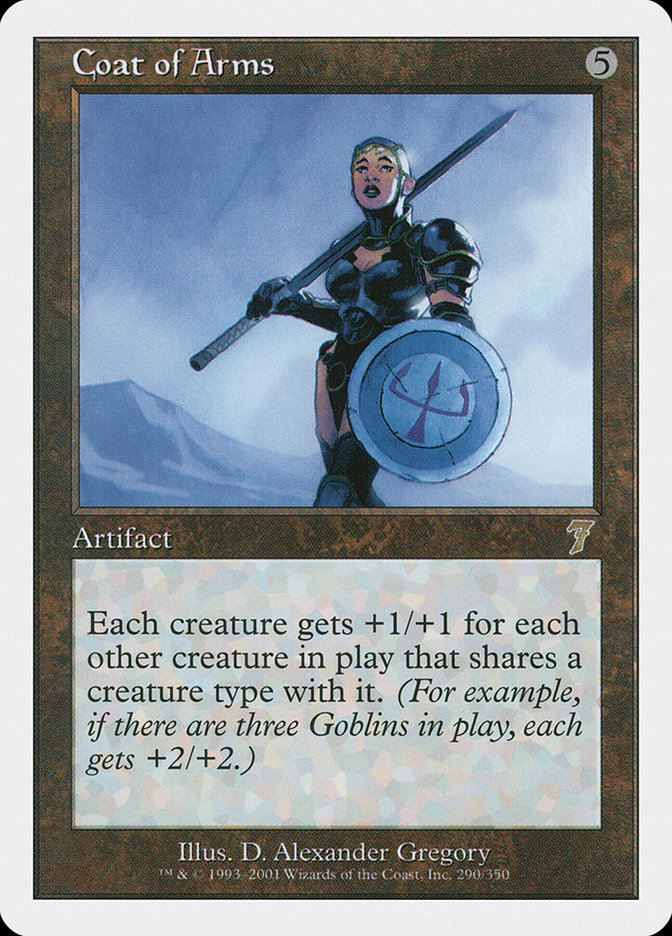



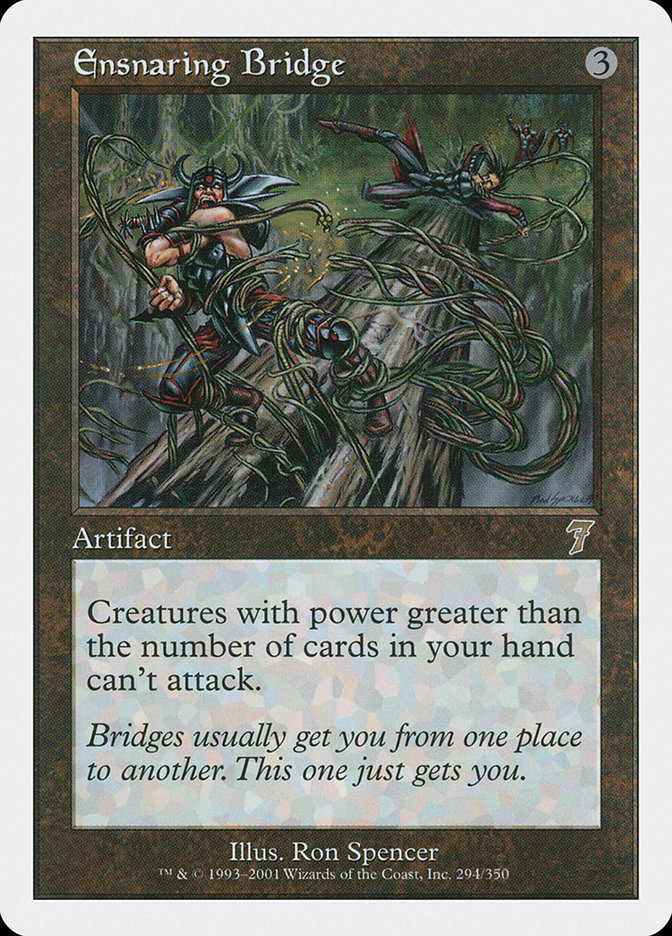
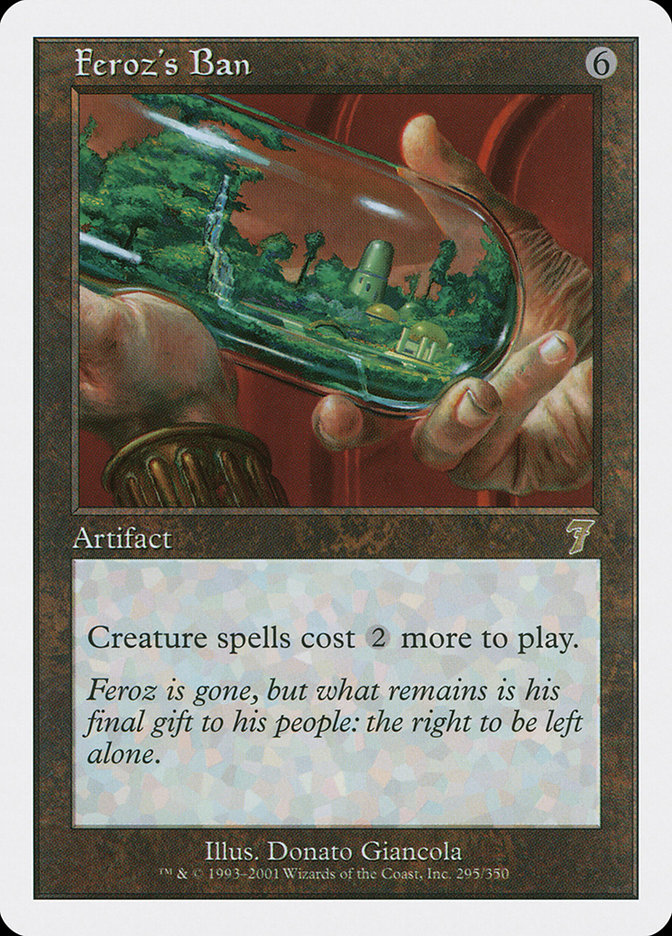

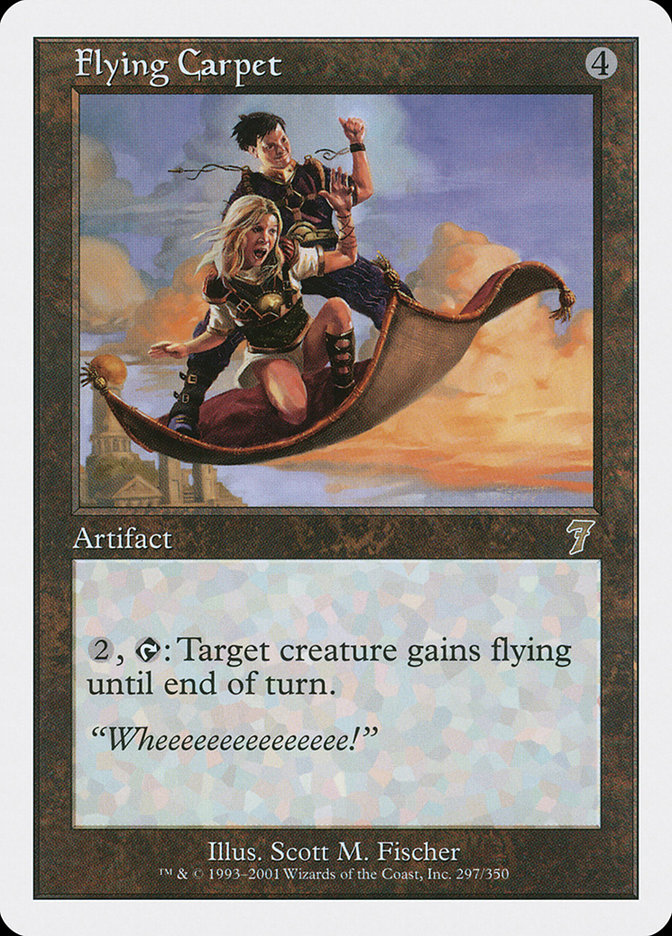
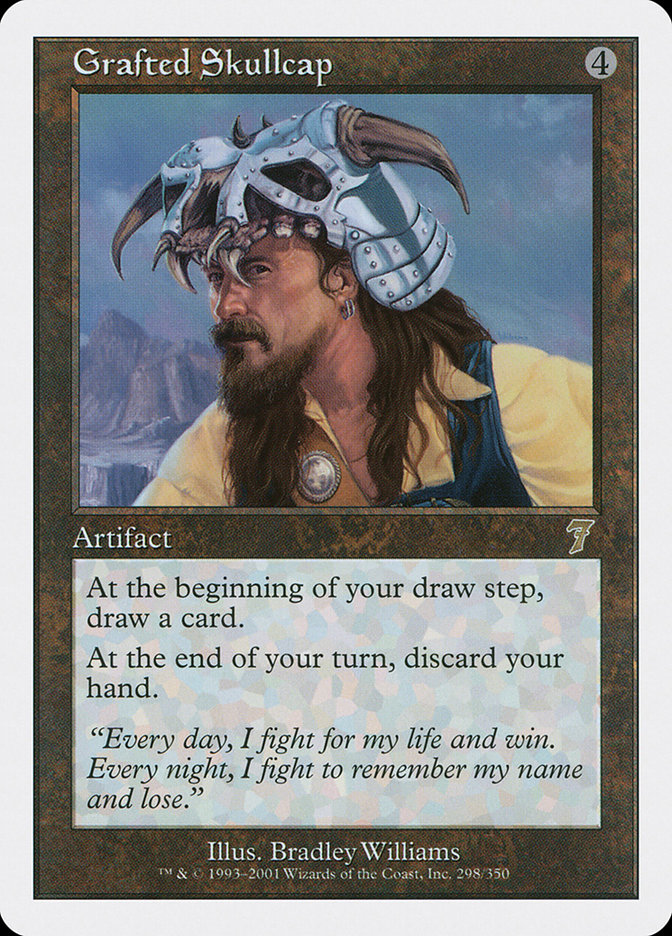
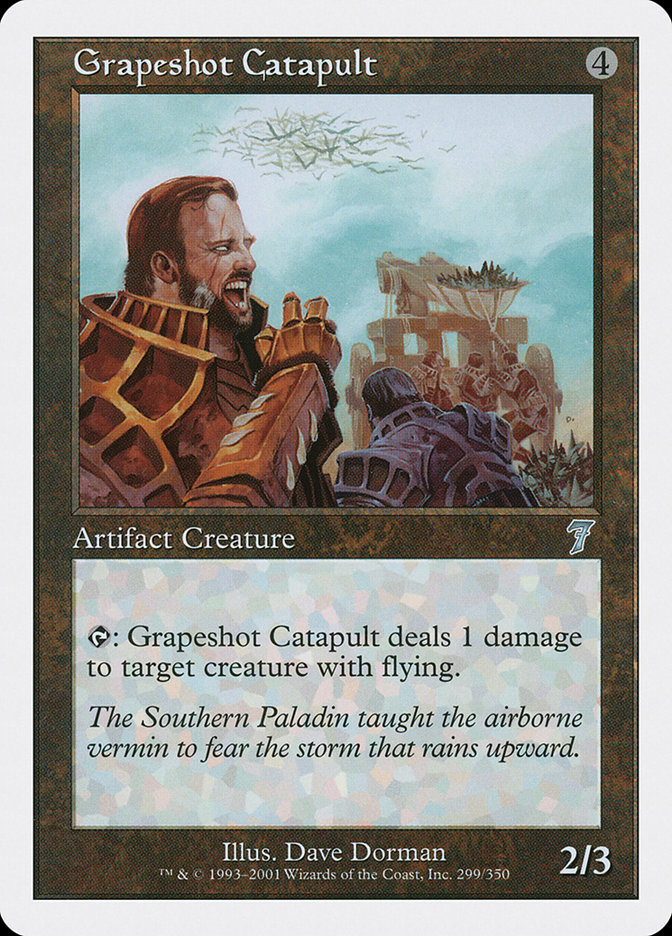
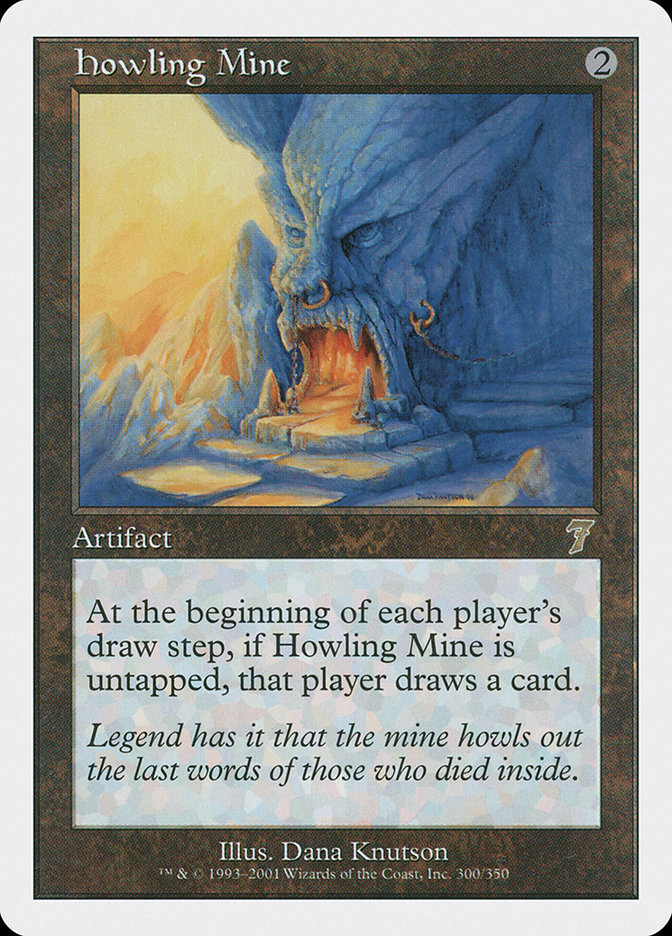
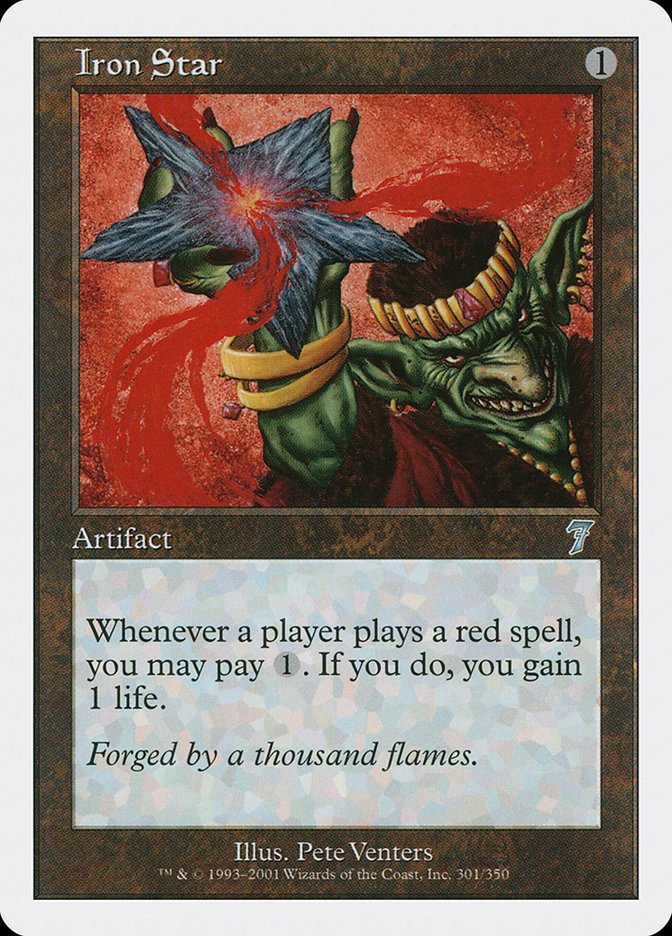
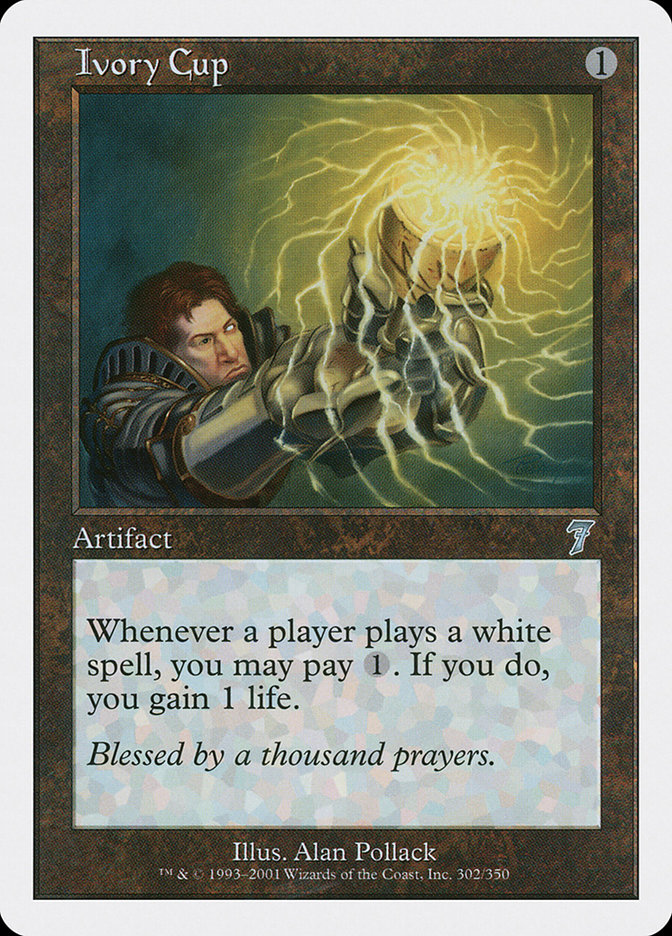
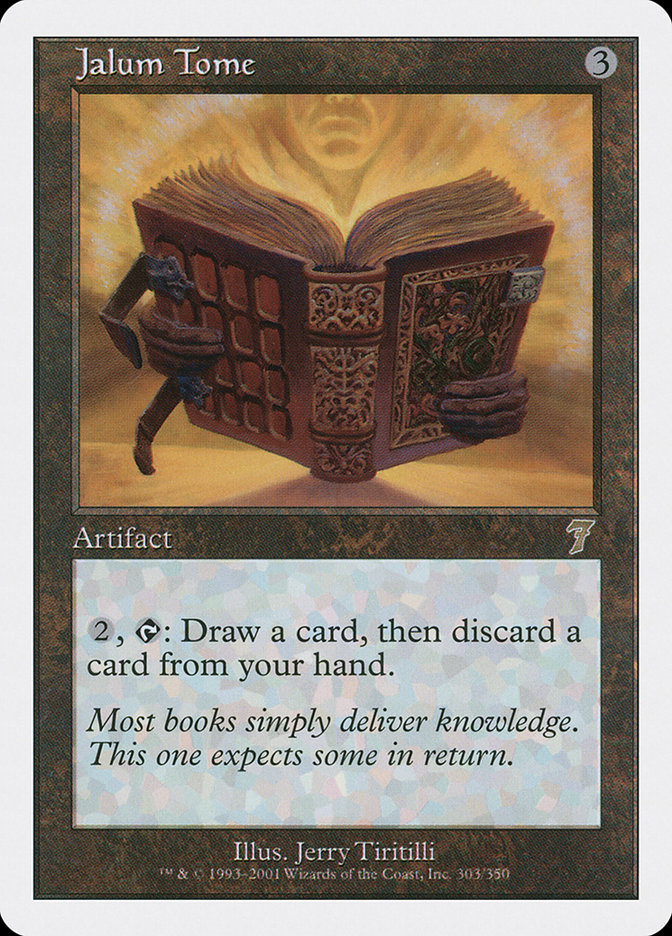
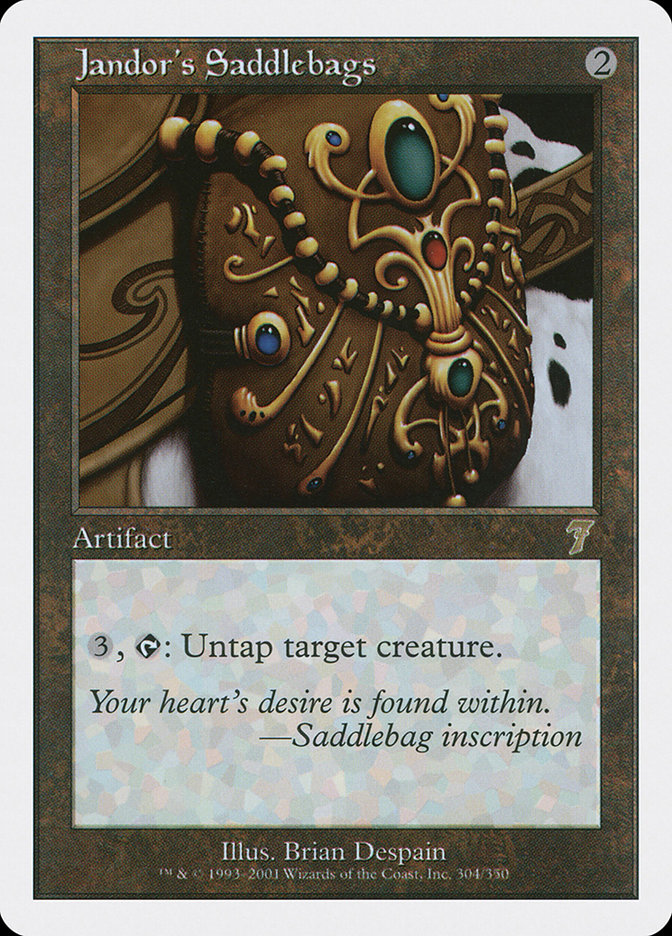
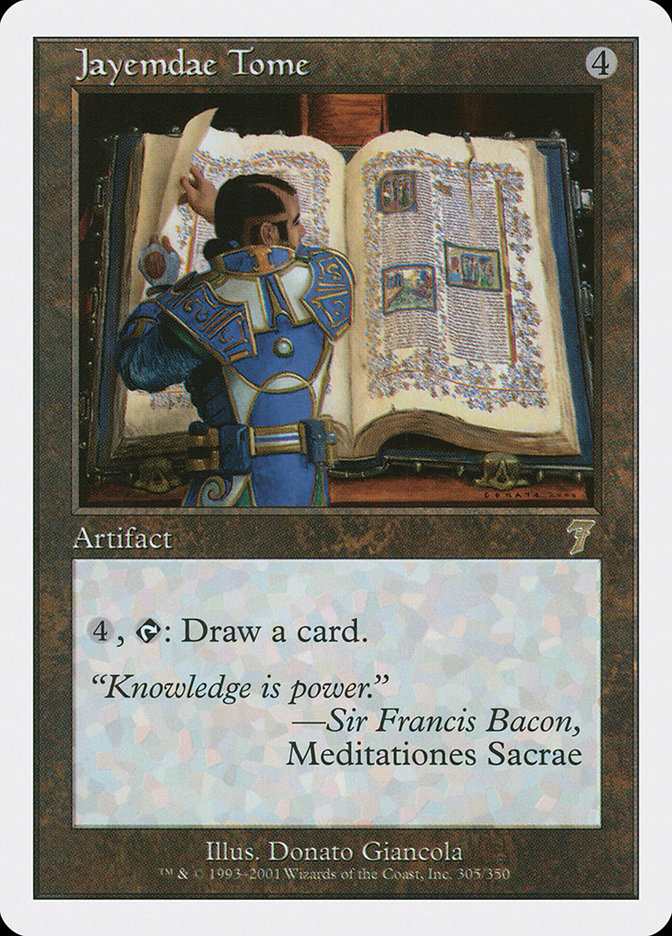
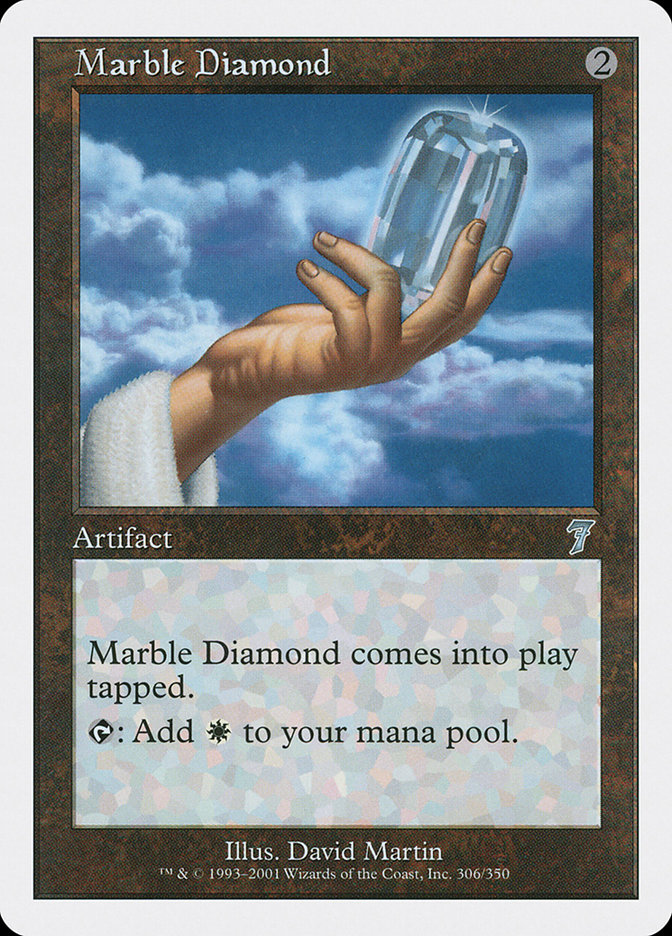
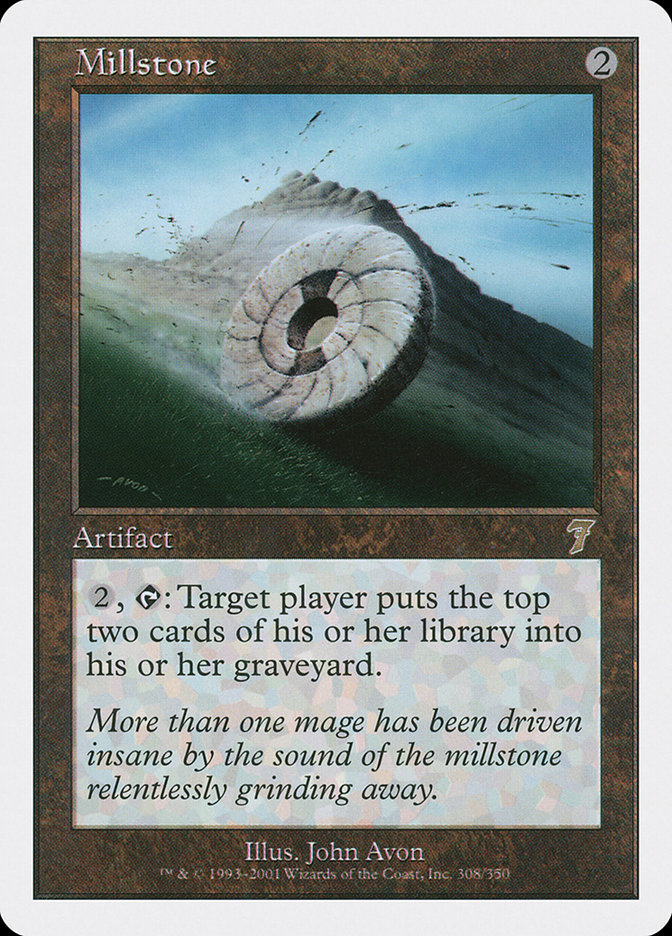
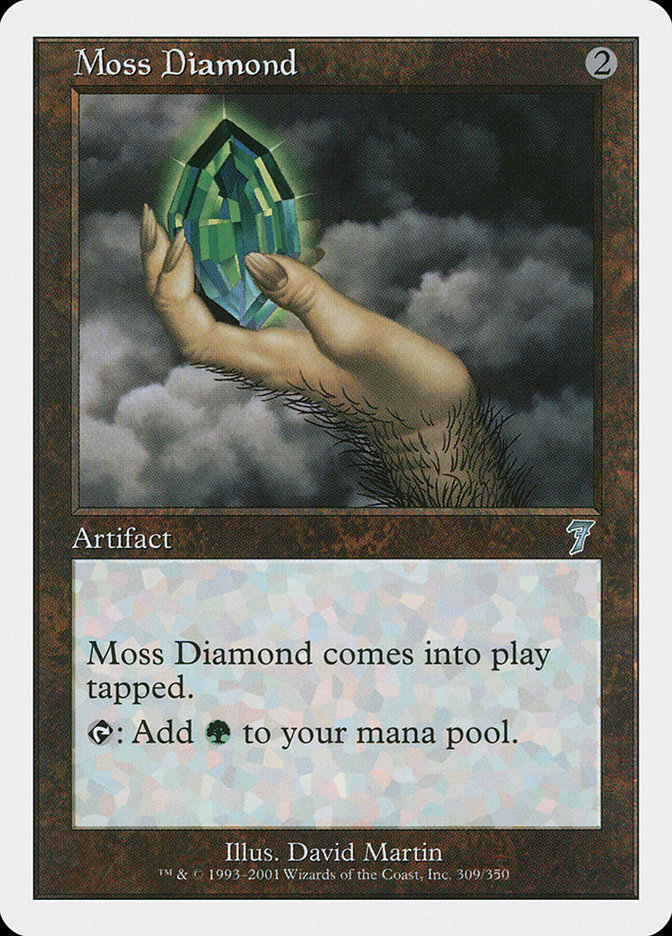
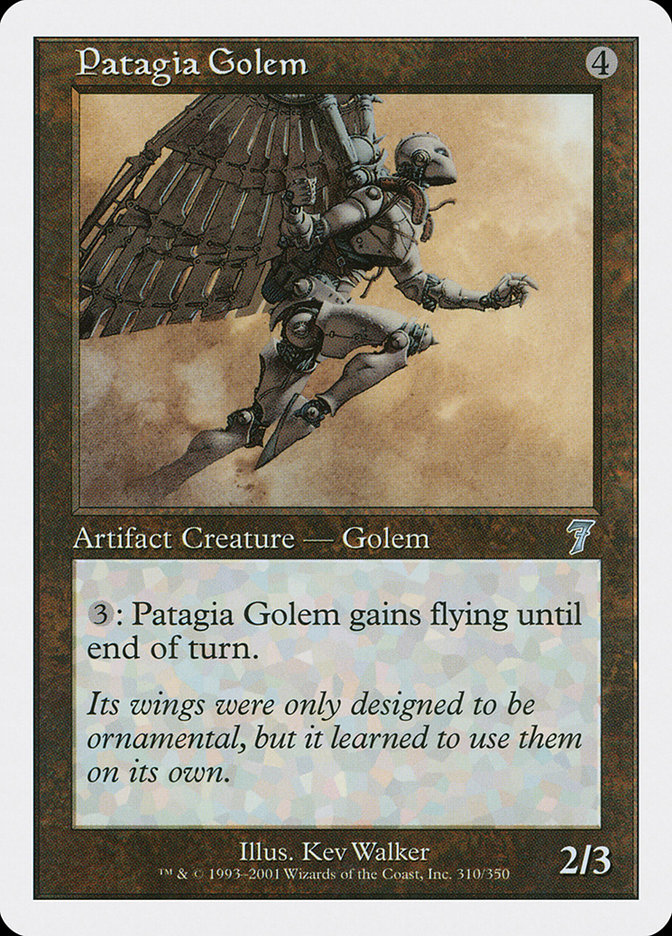
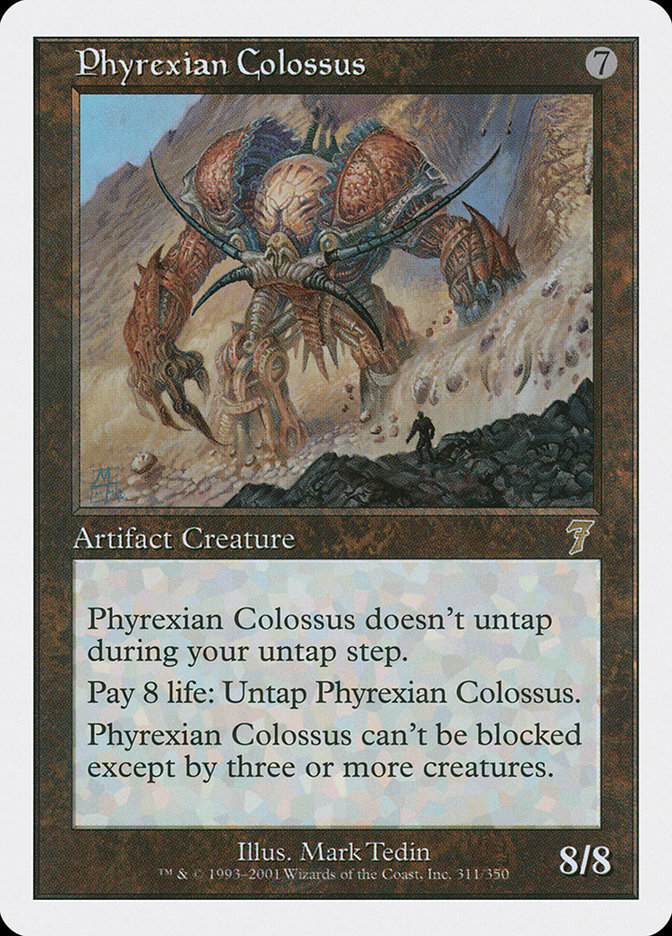
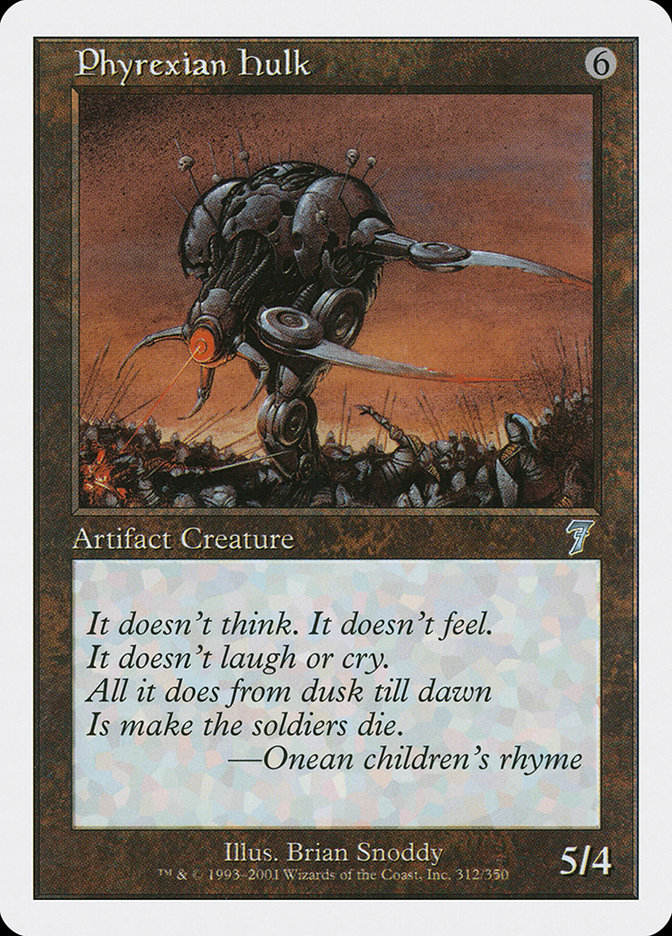

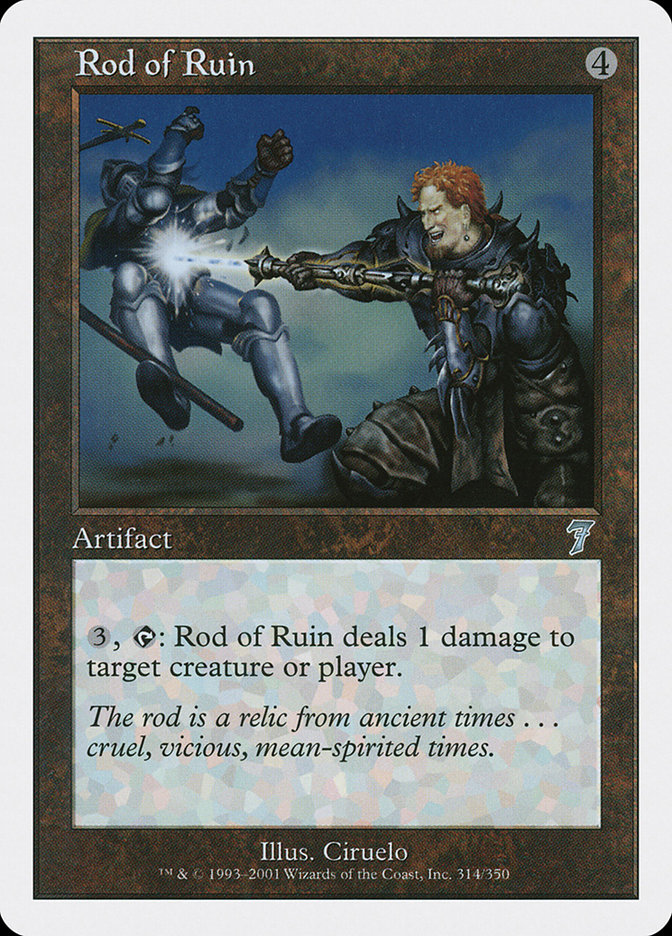
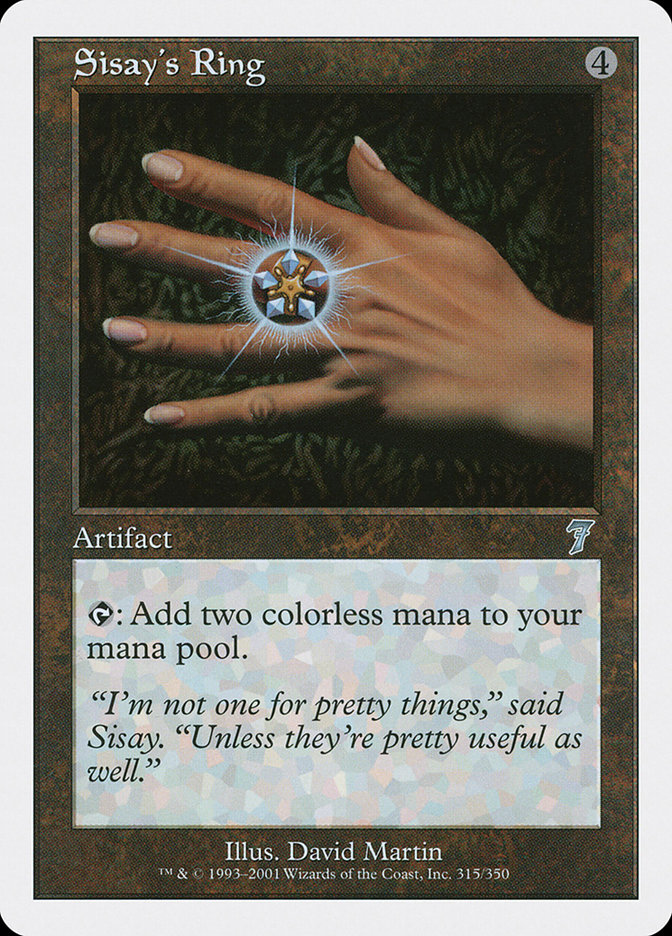
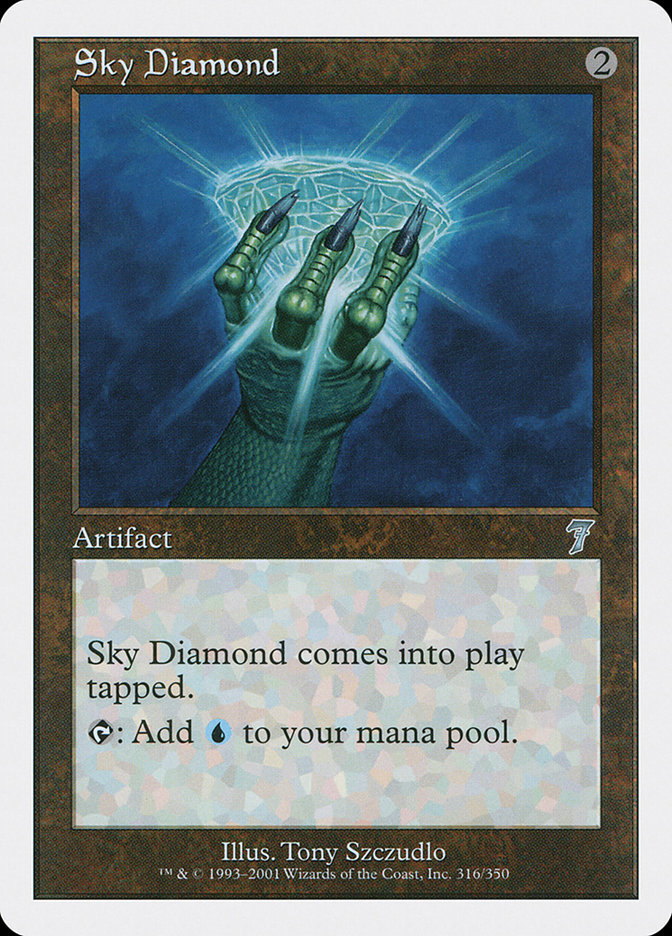
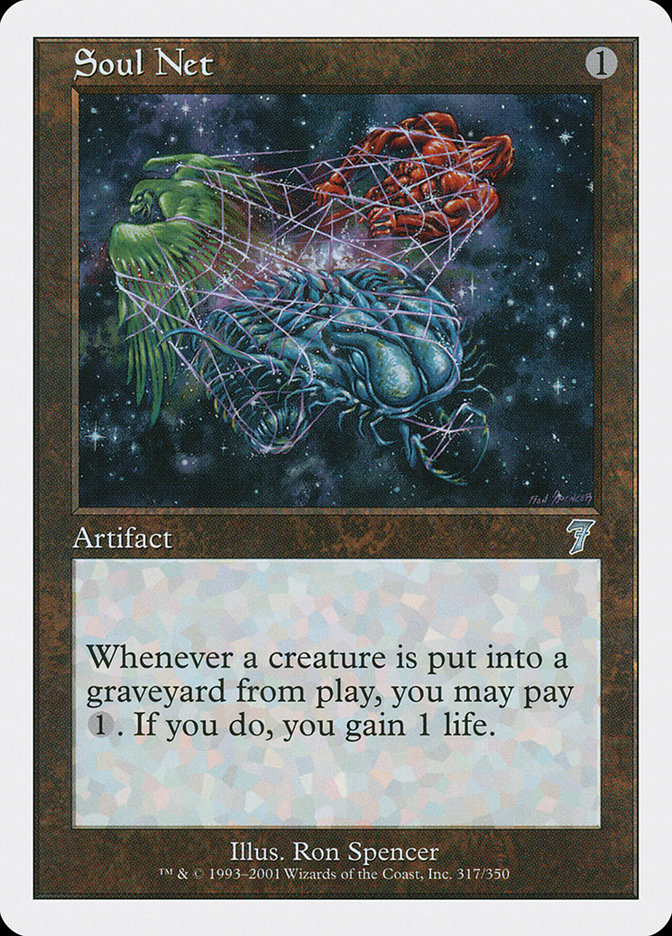
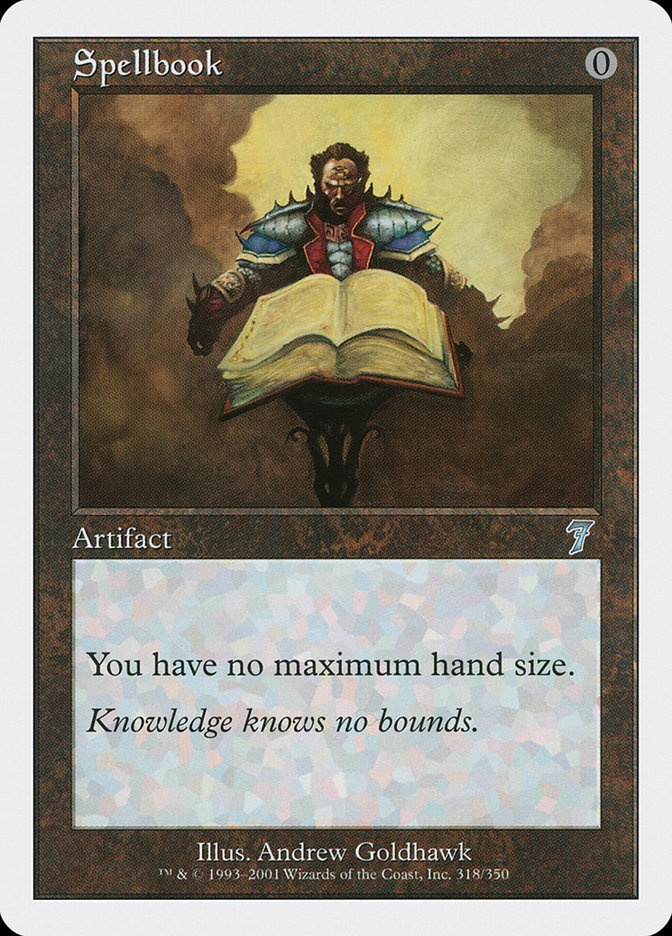
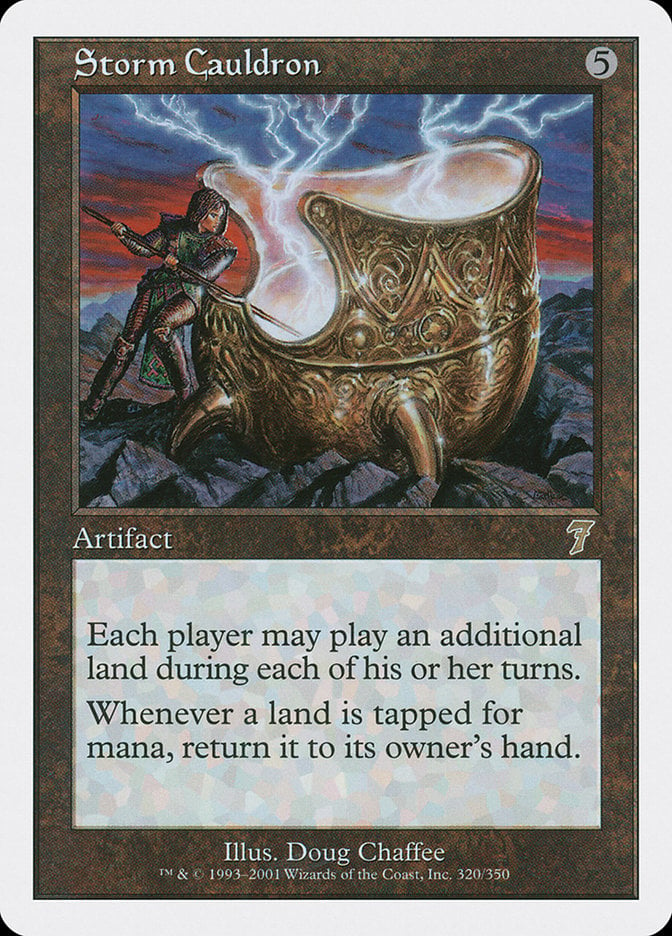
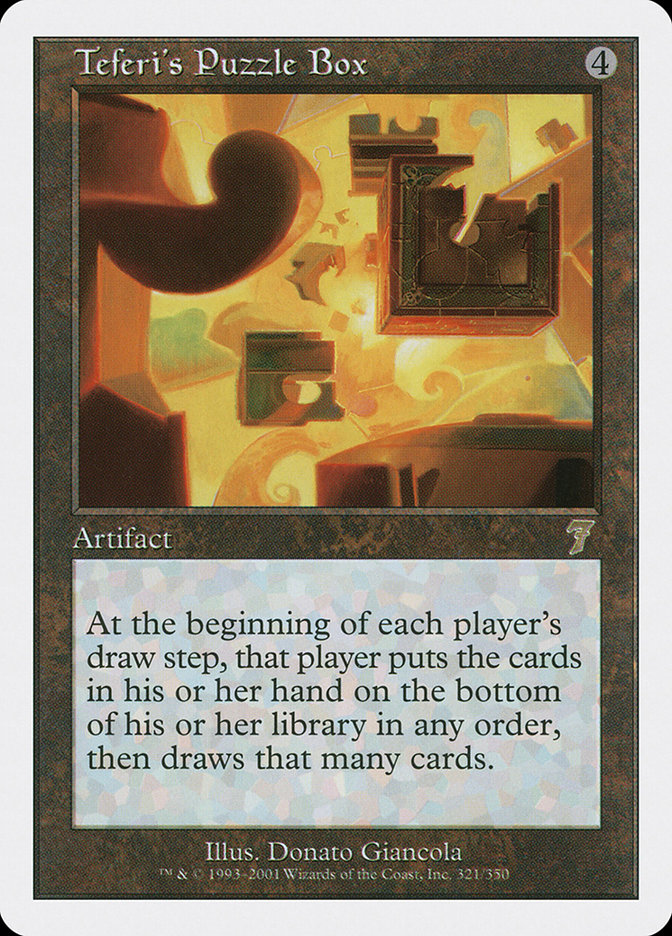
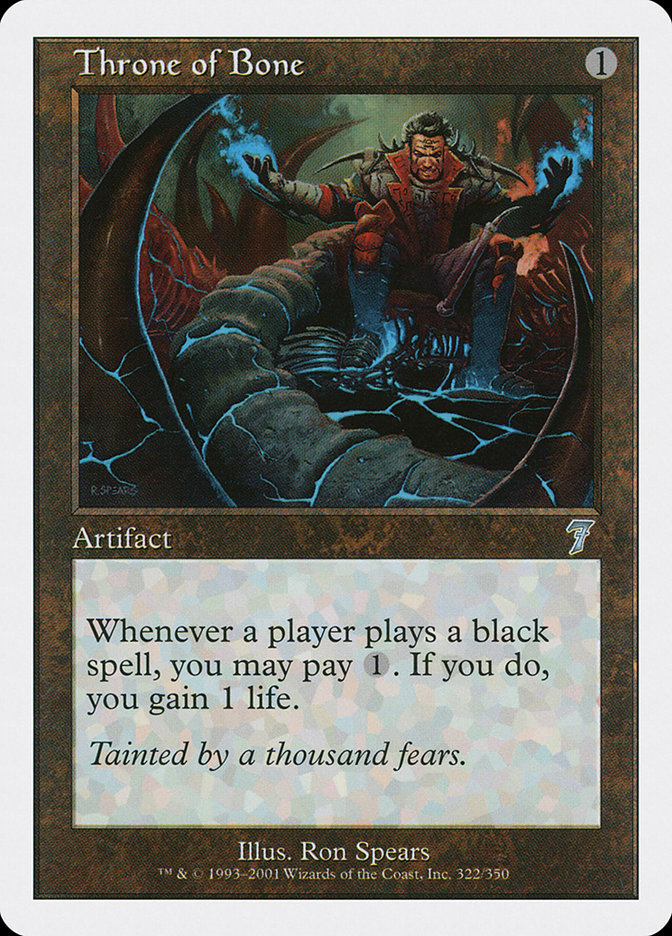

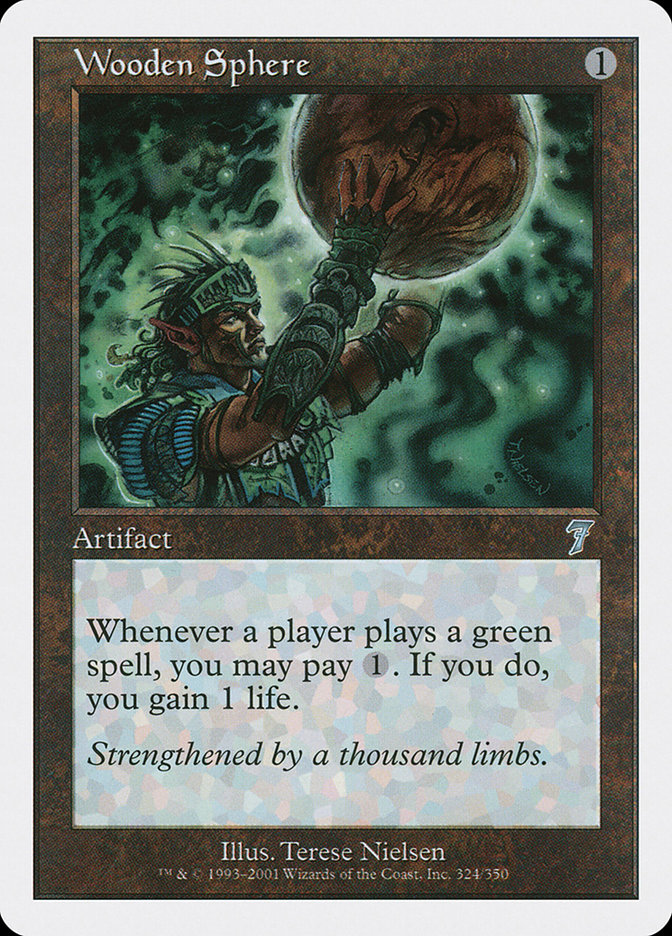
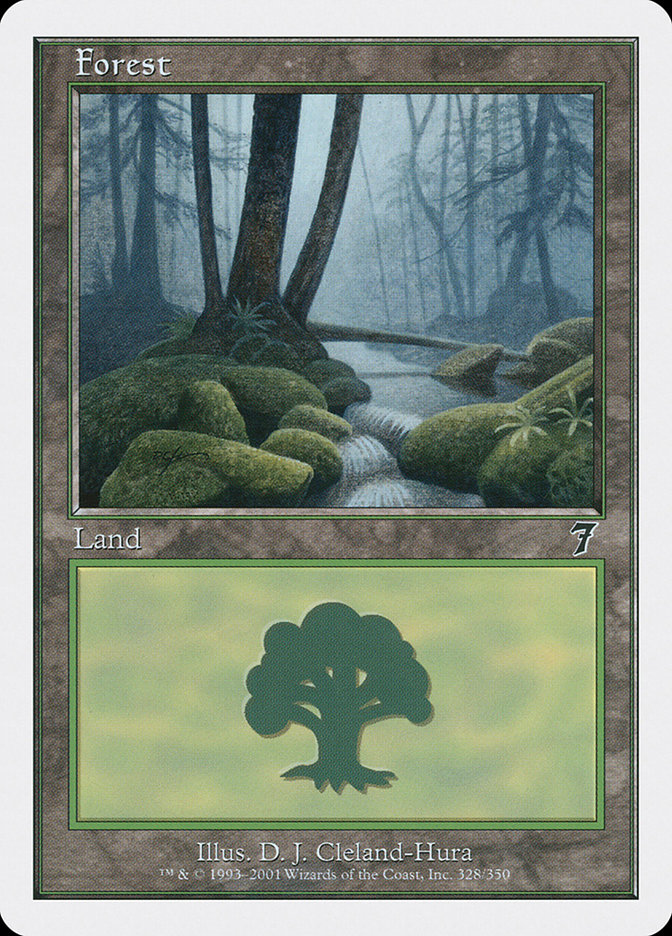
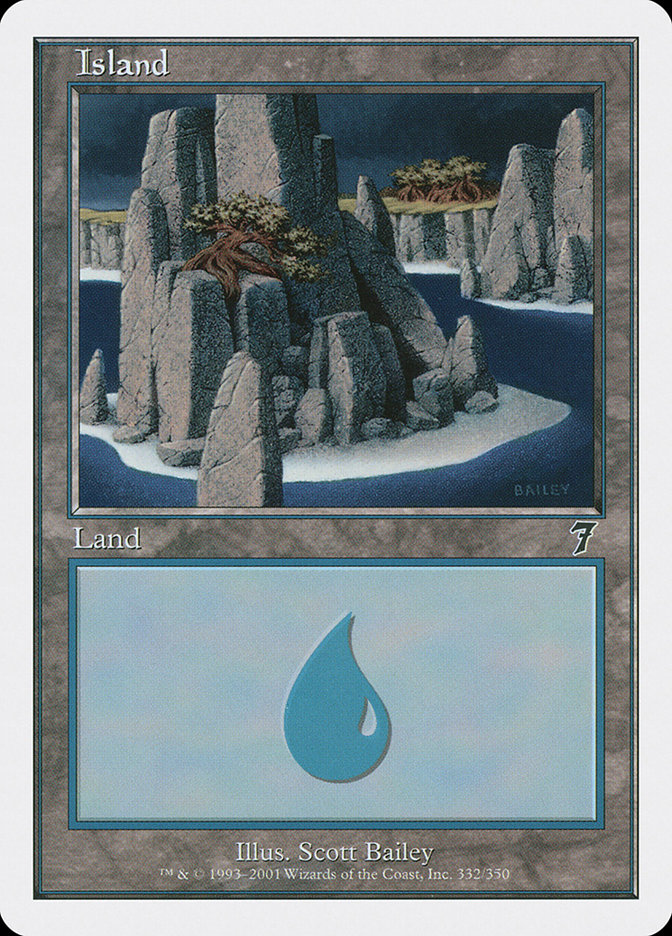
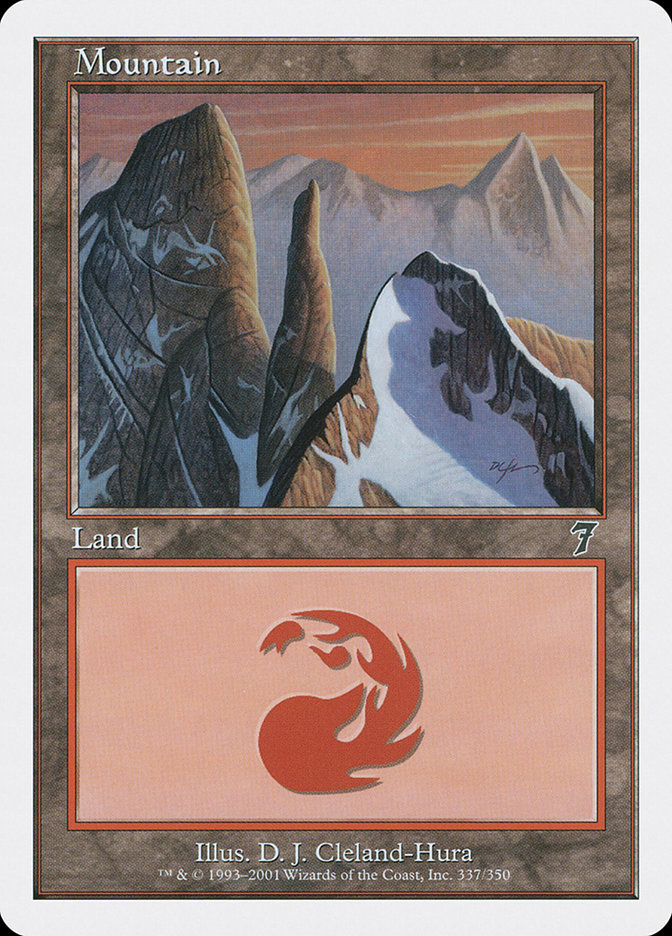
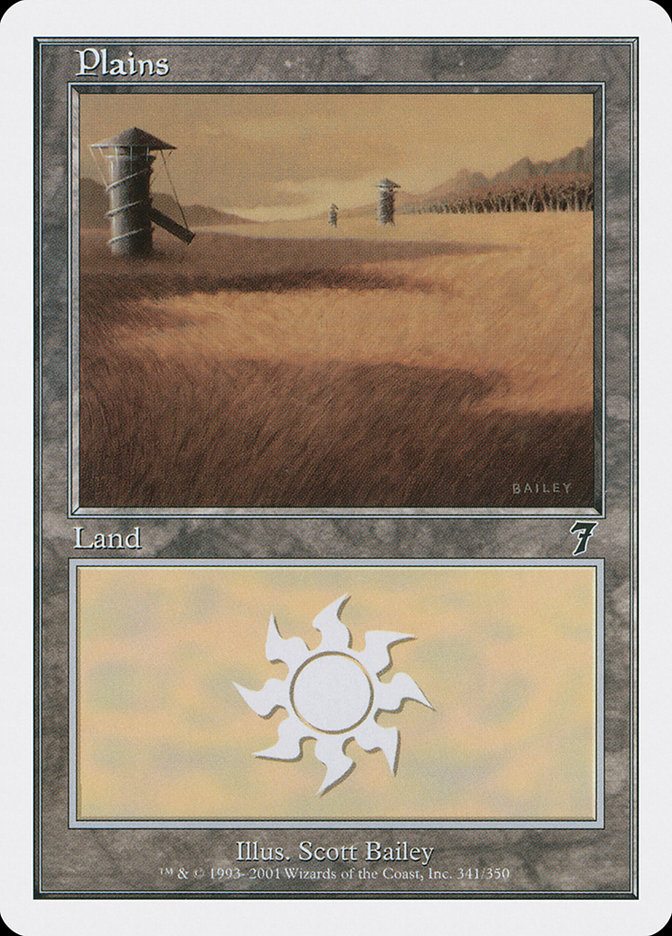


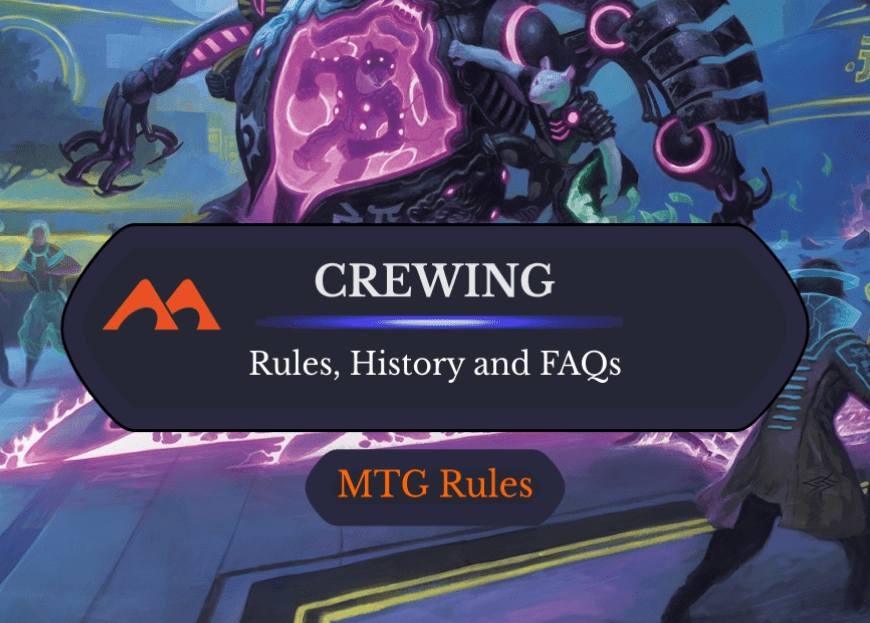
Add Comment